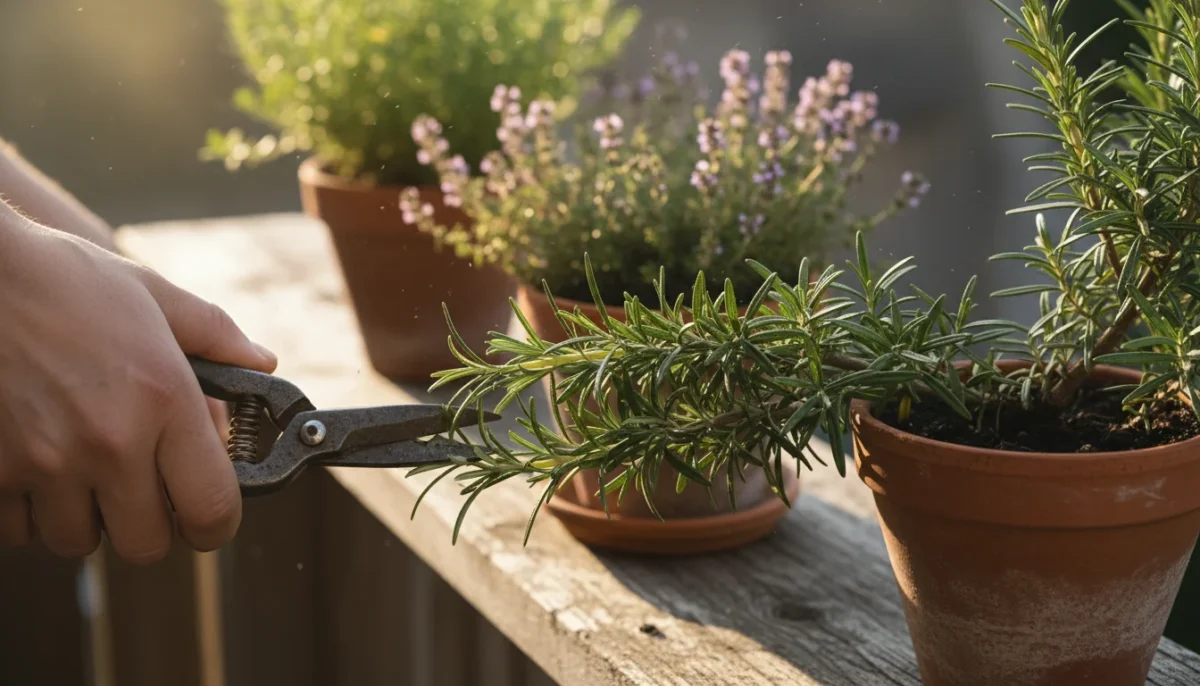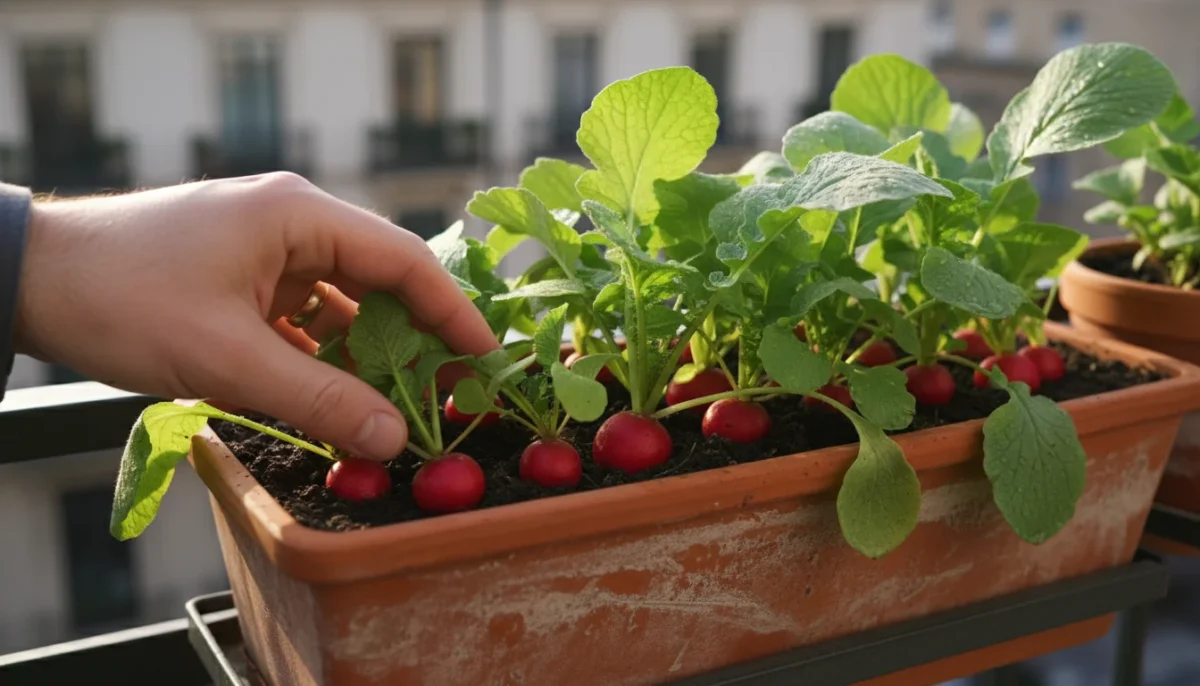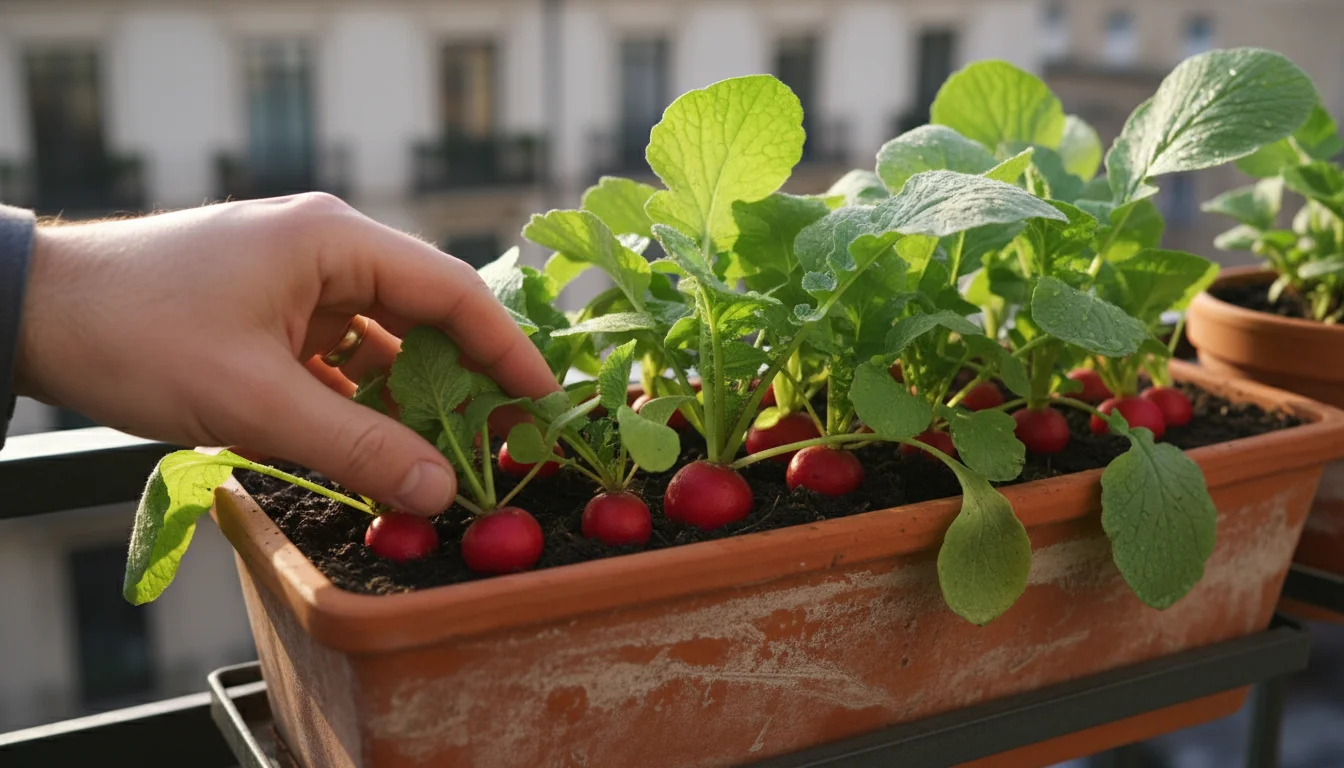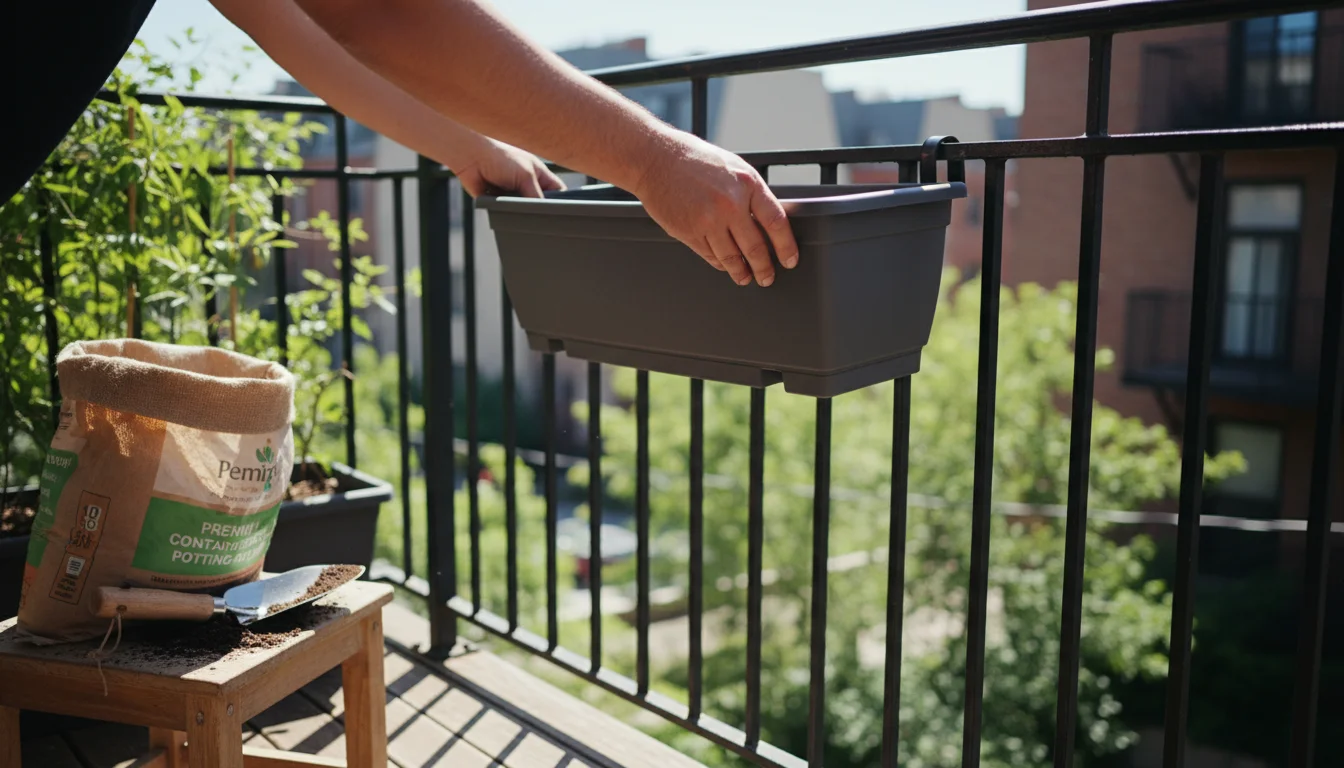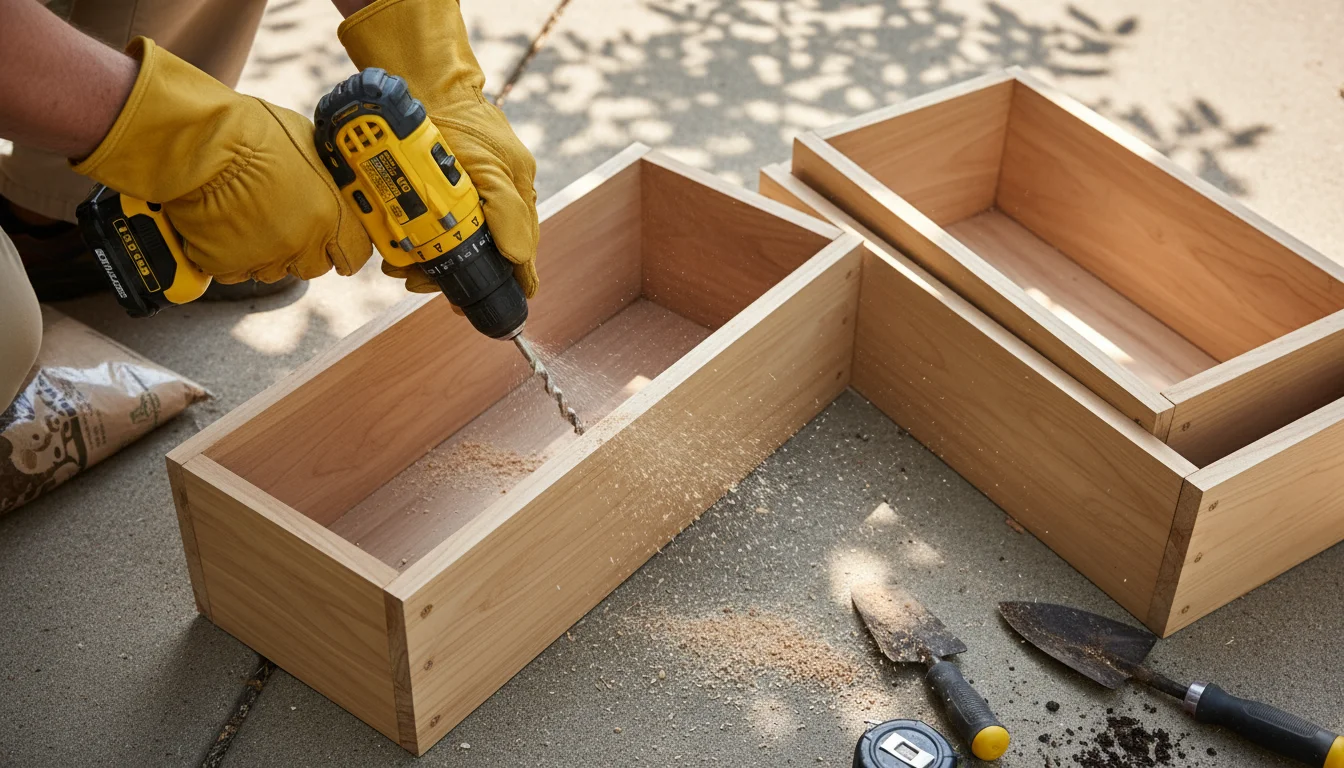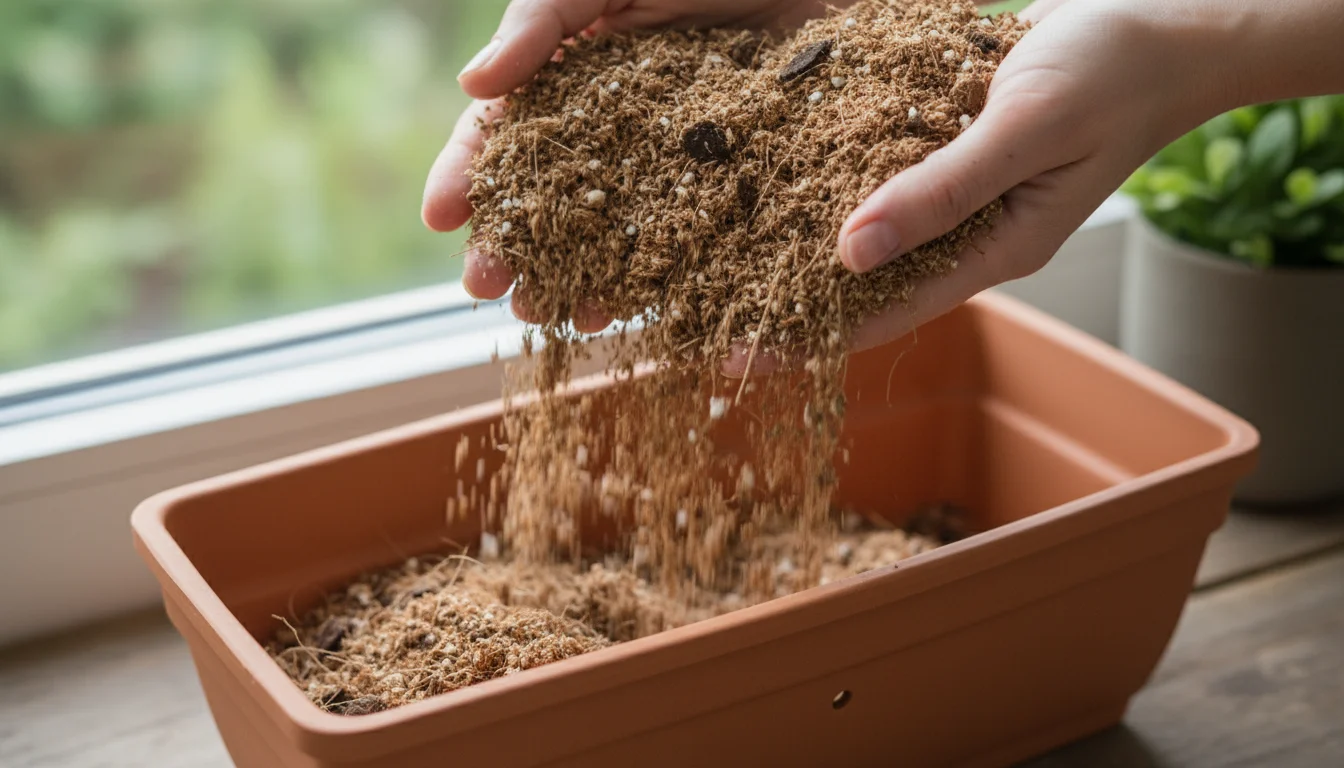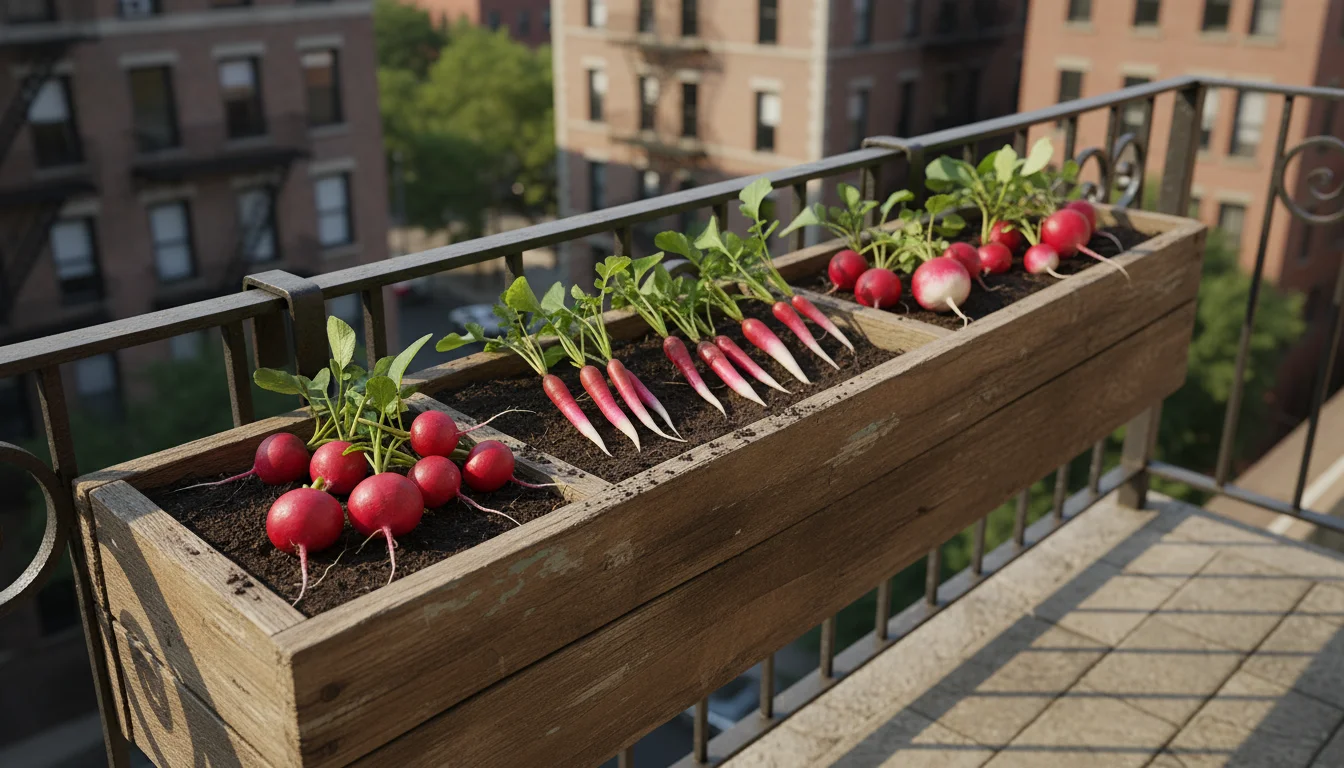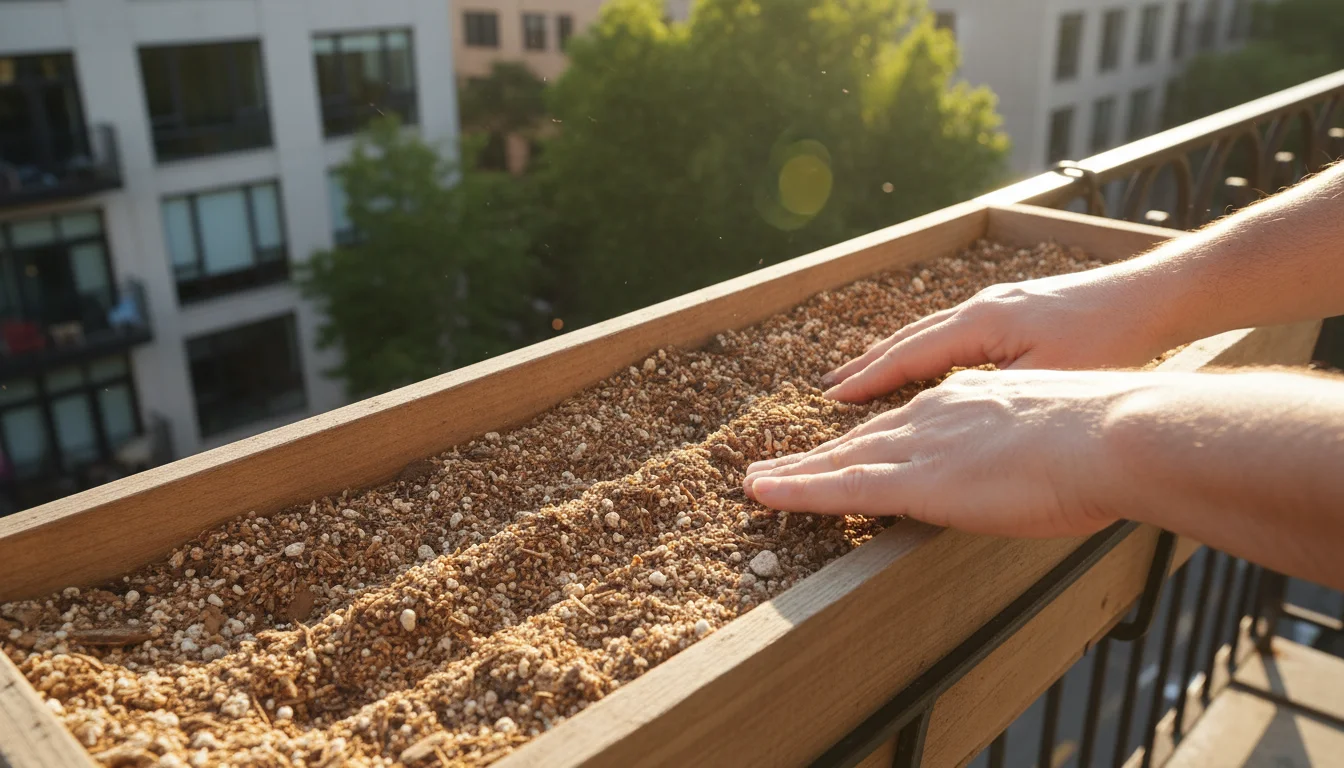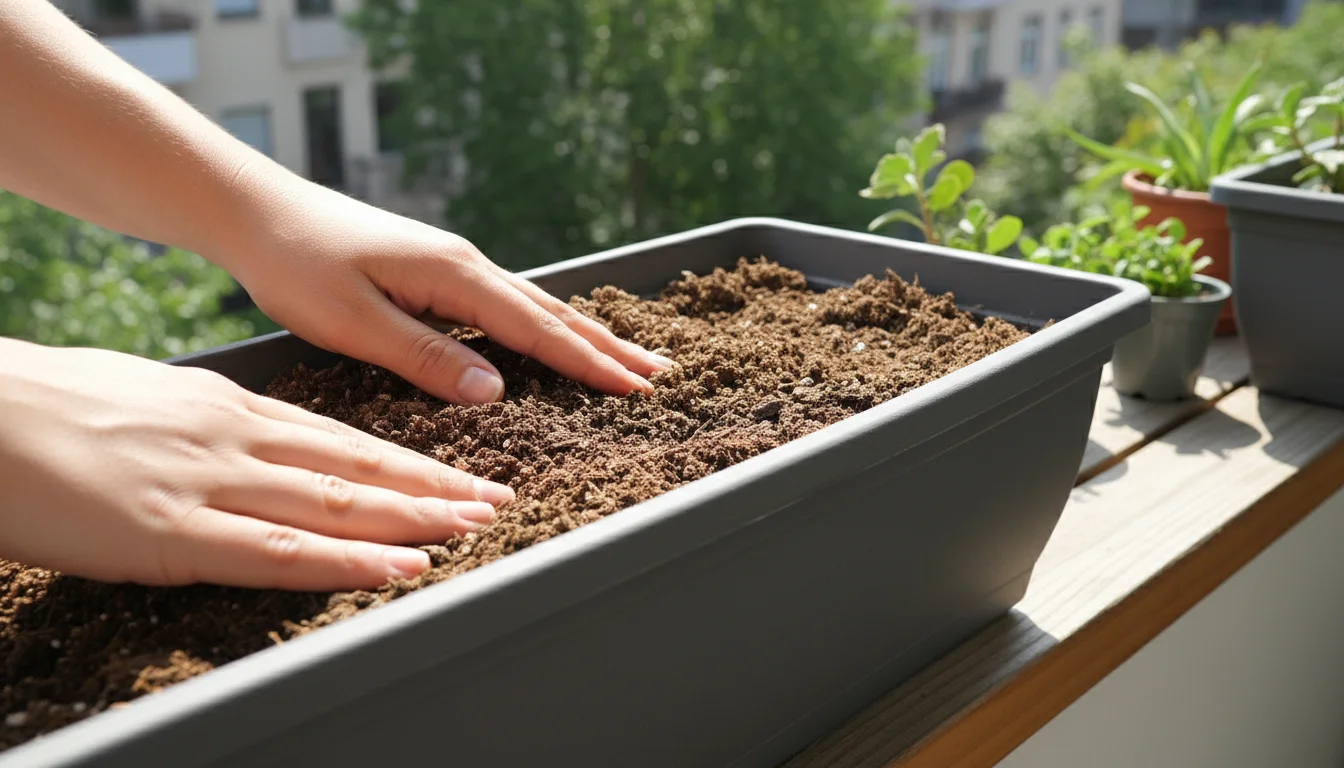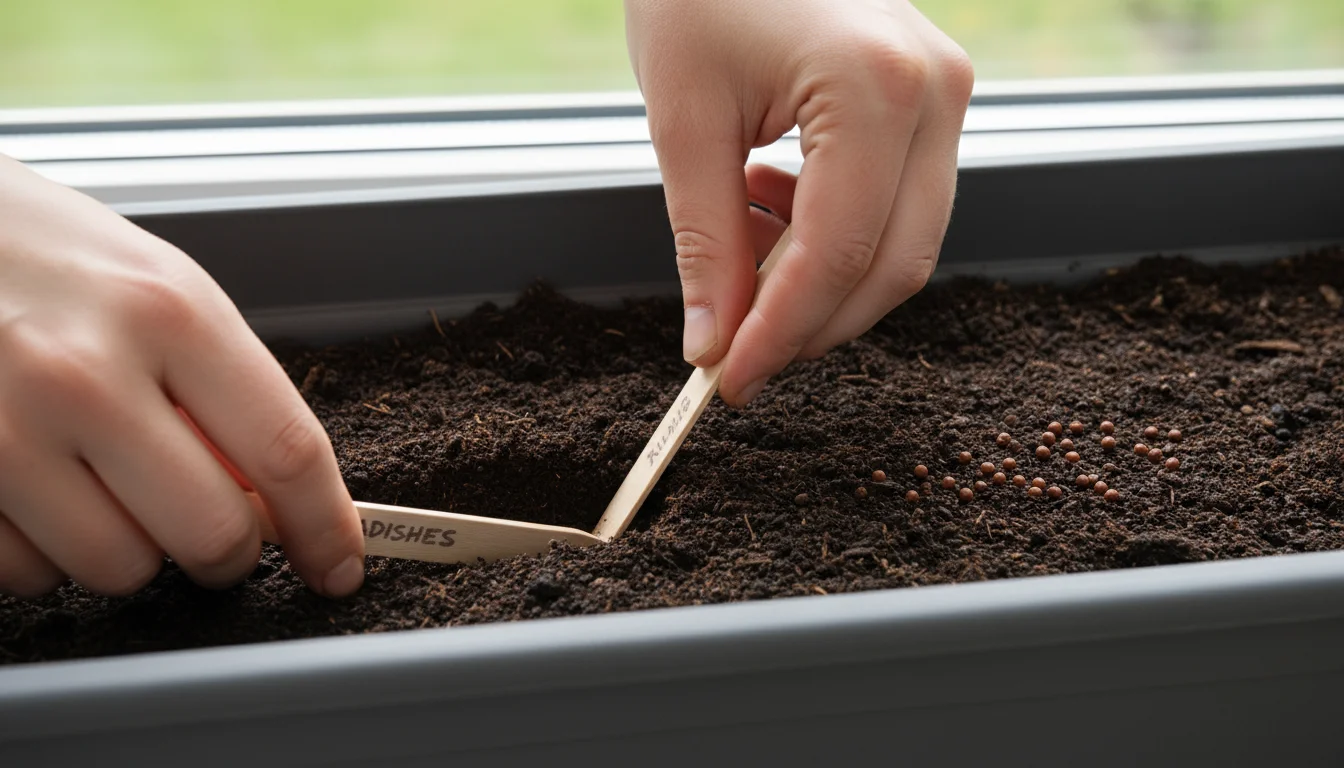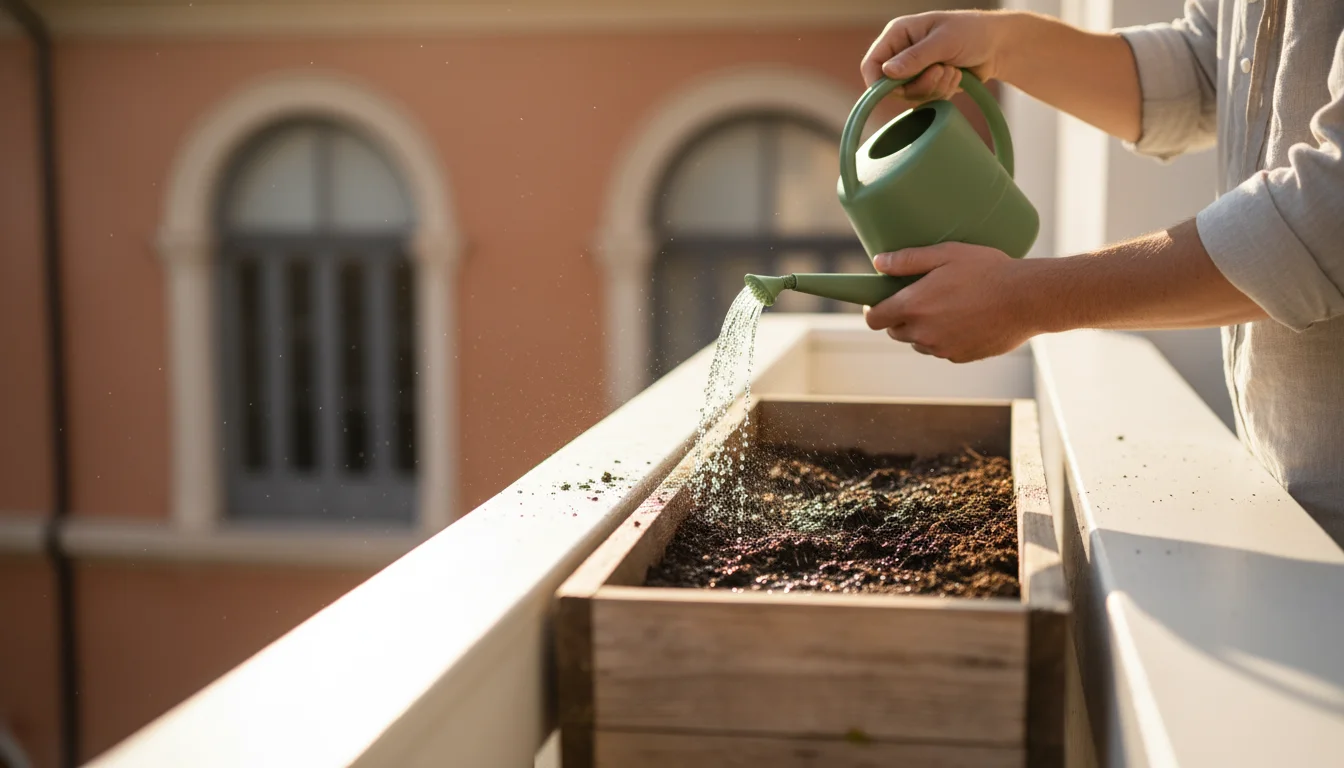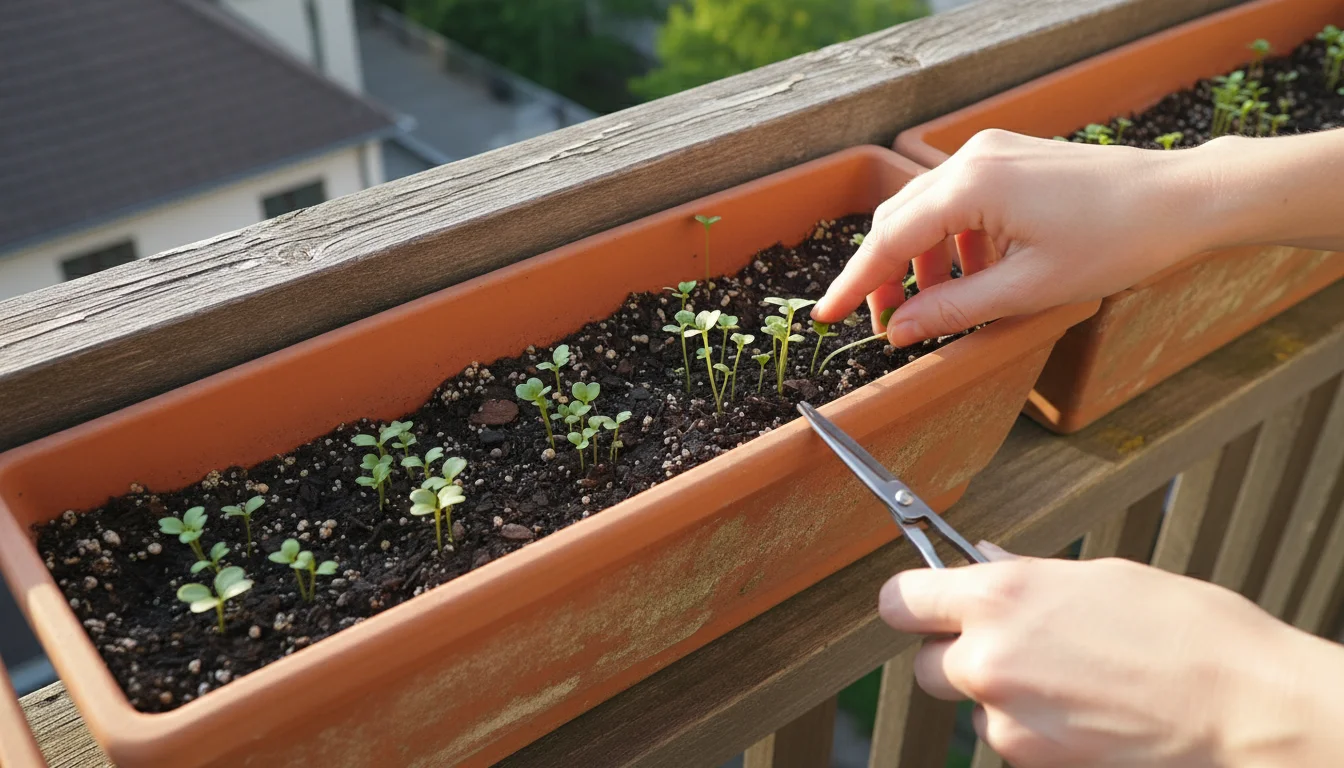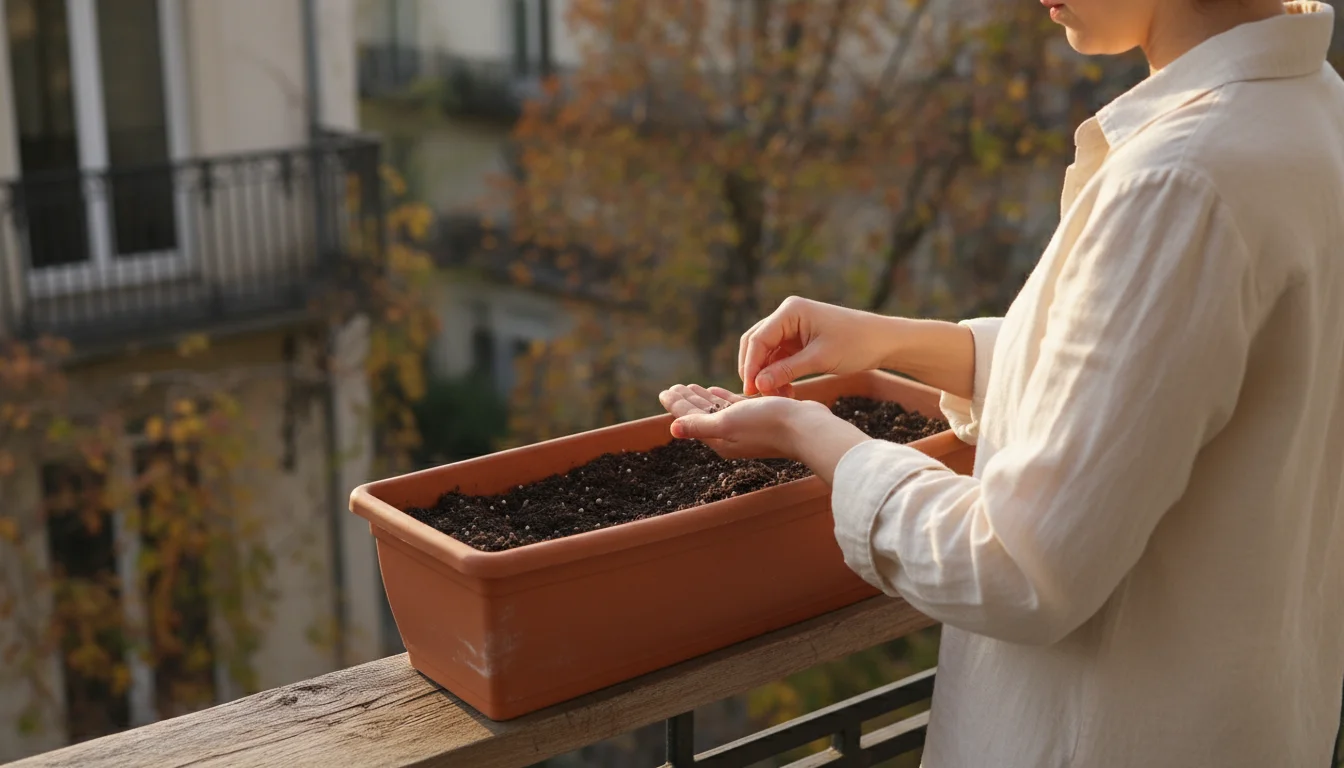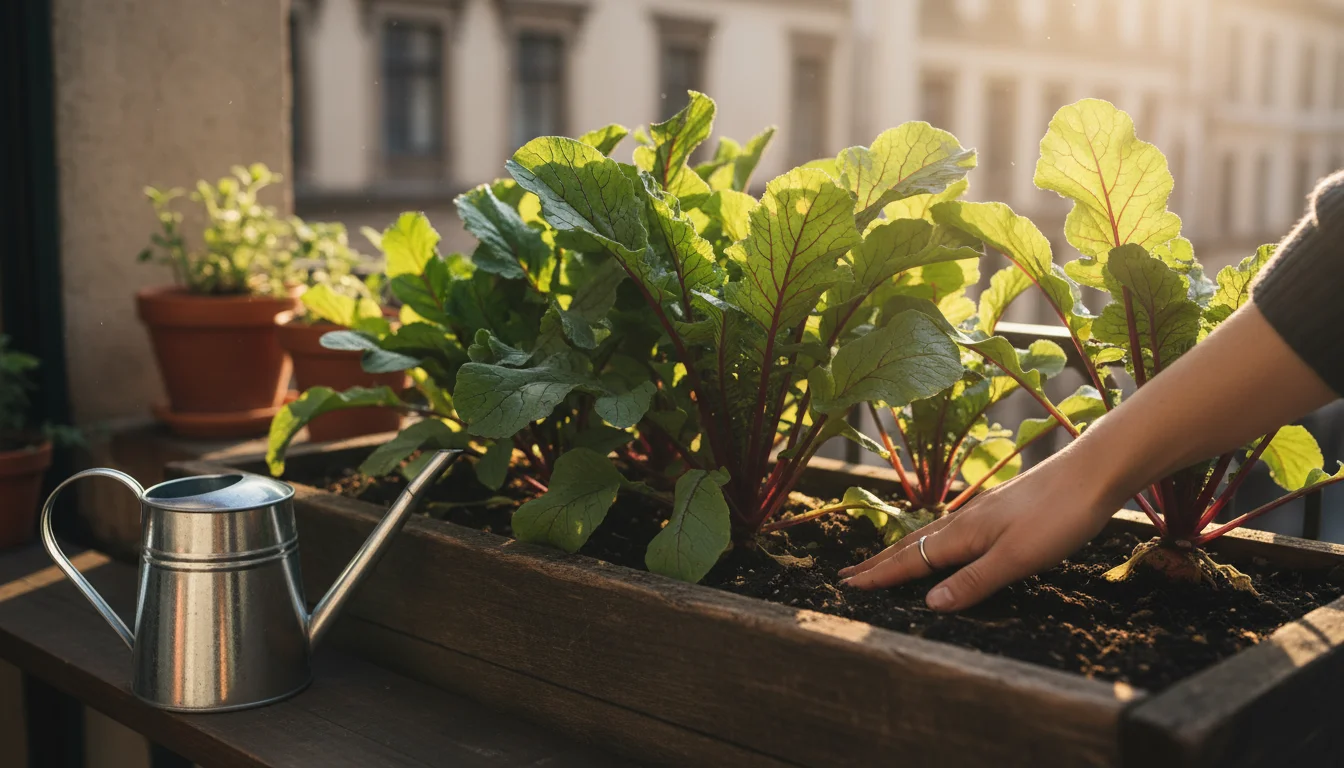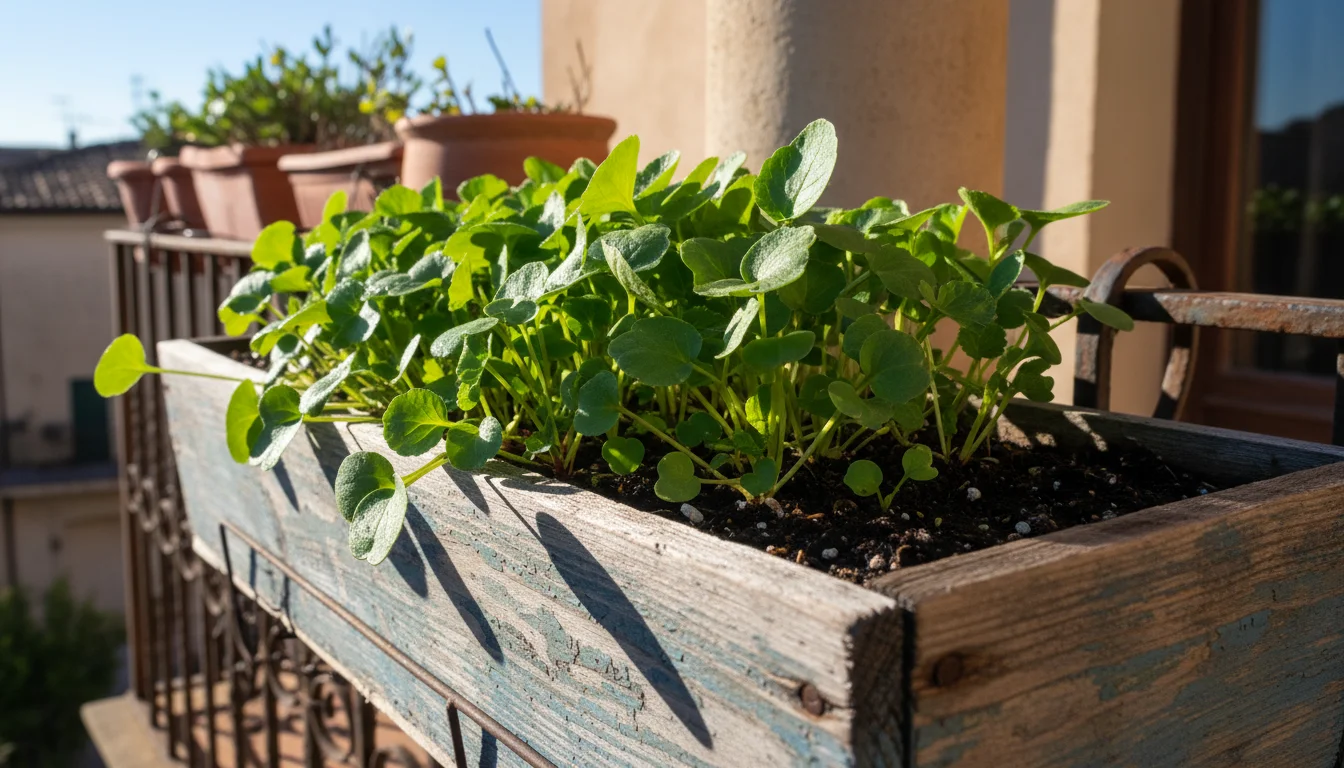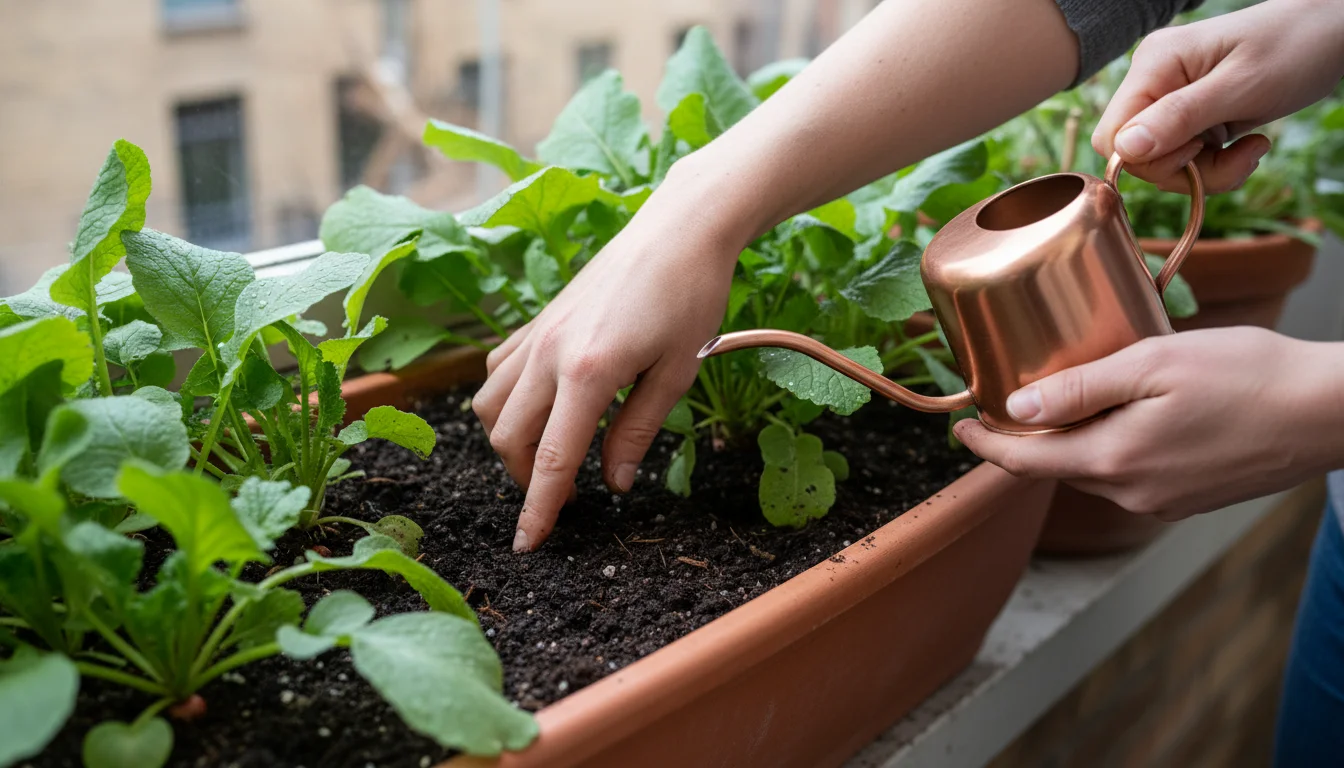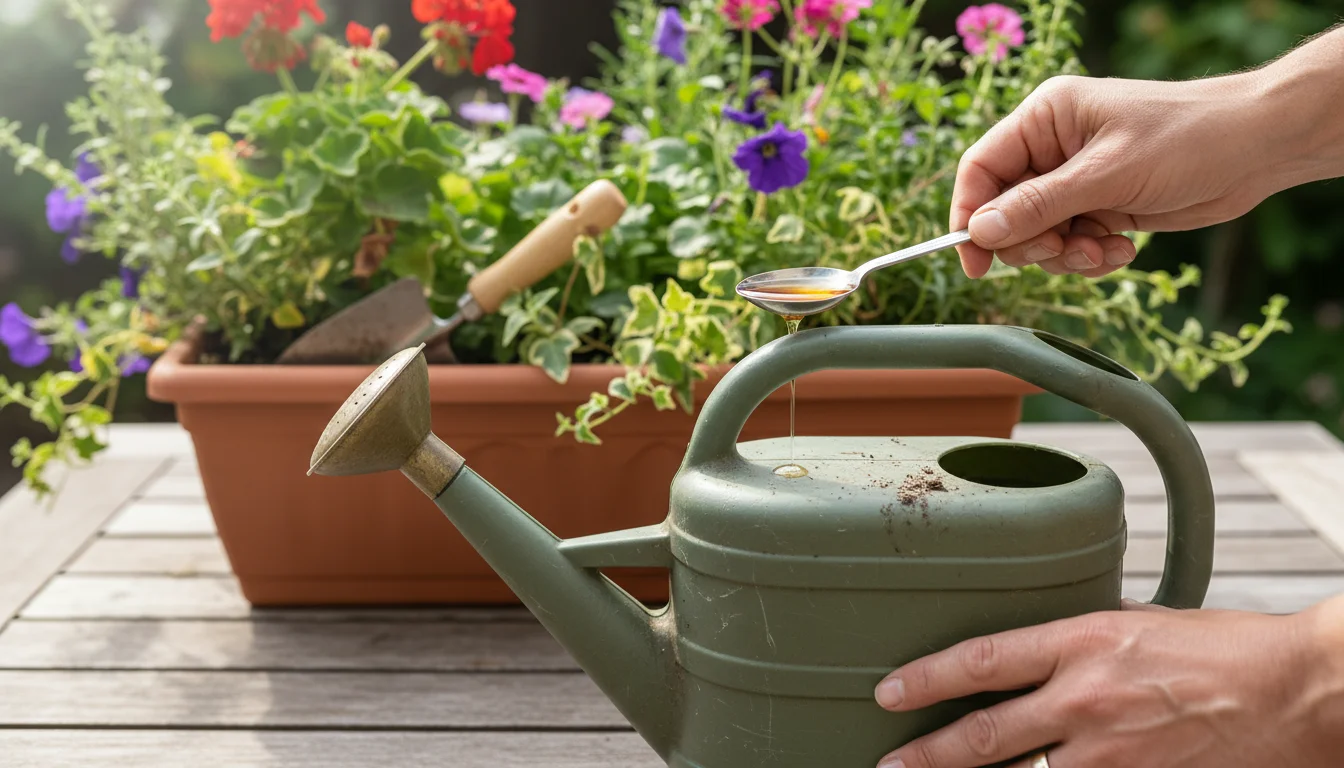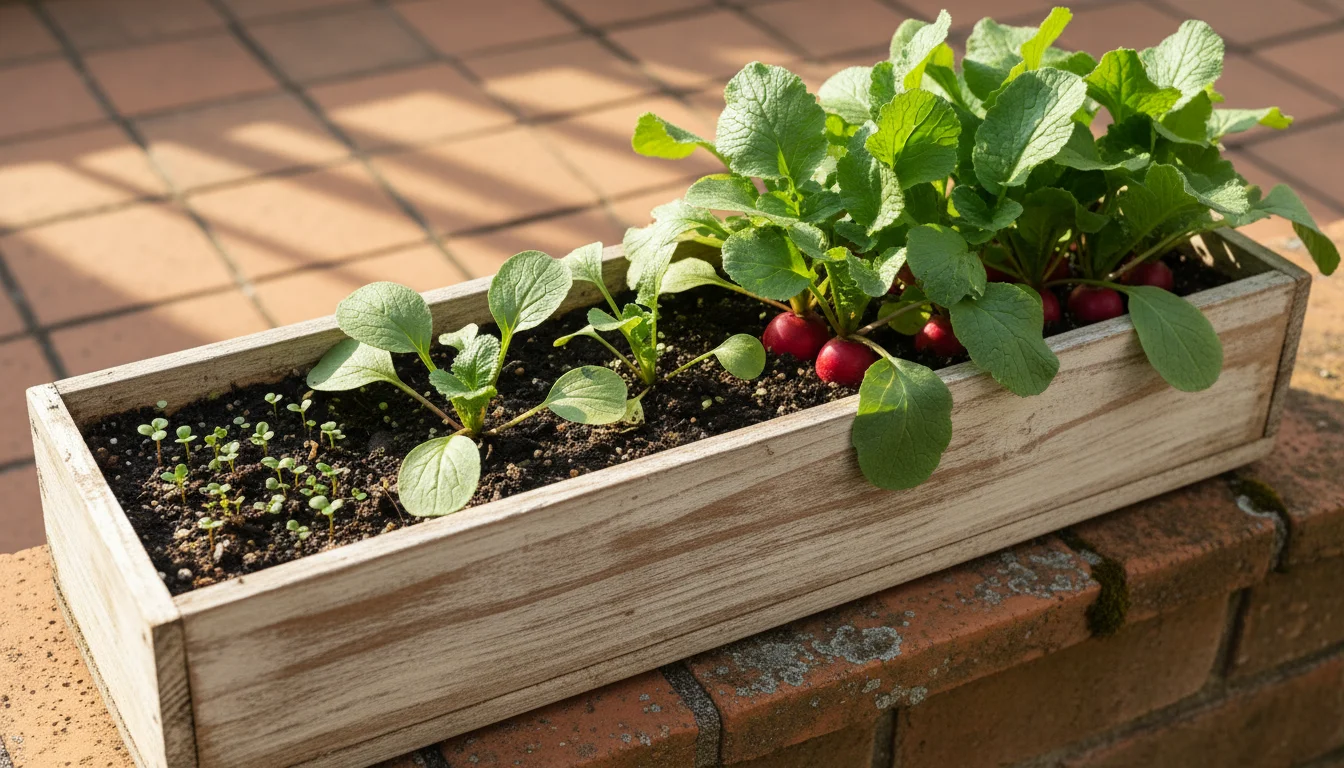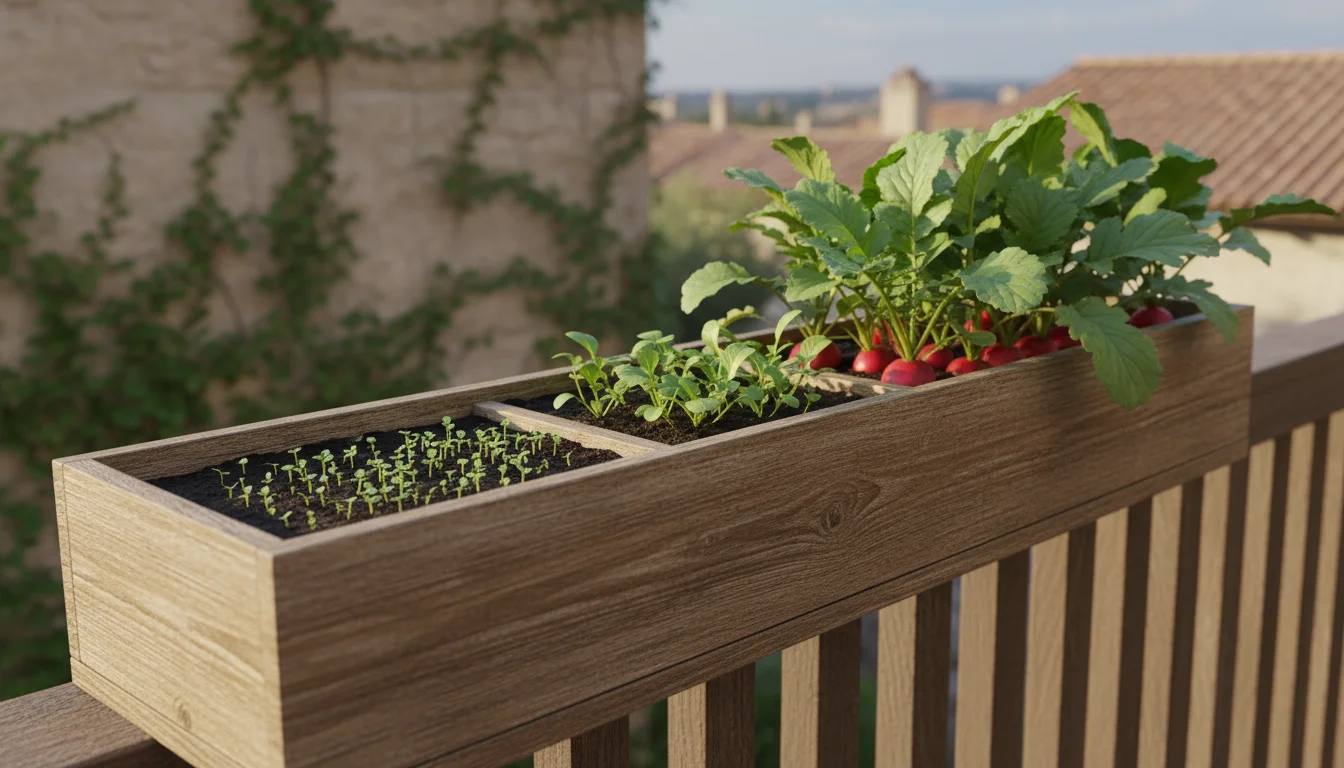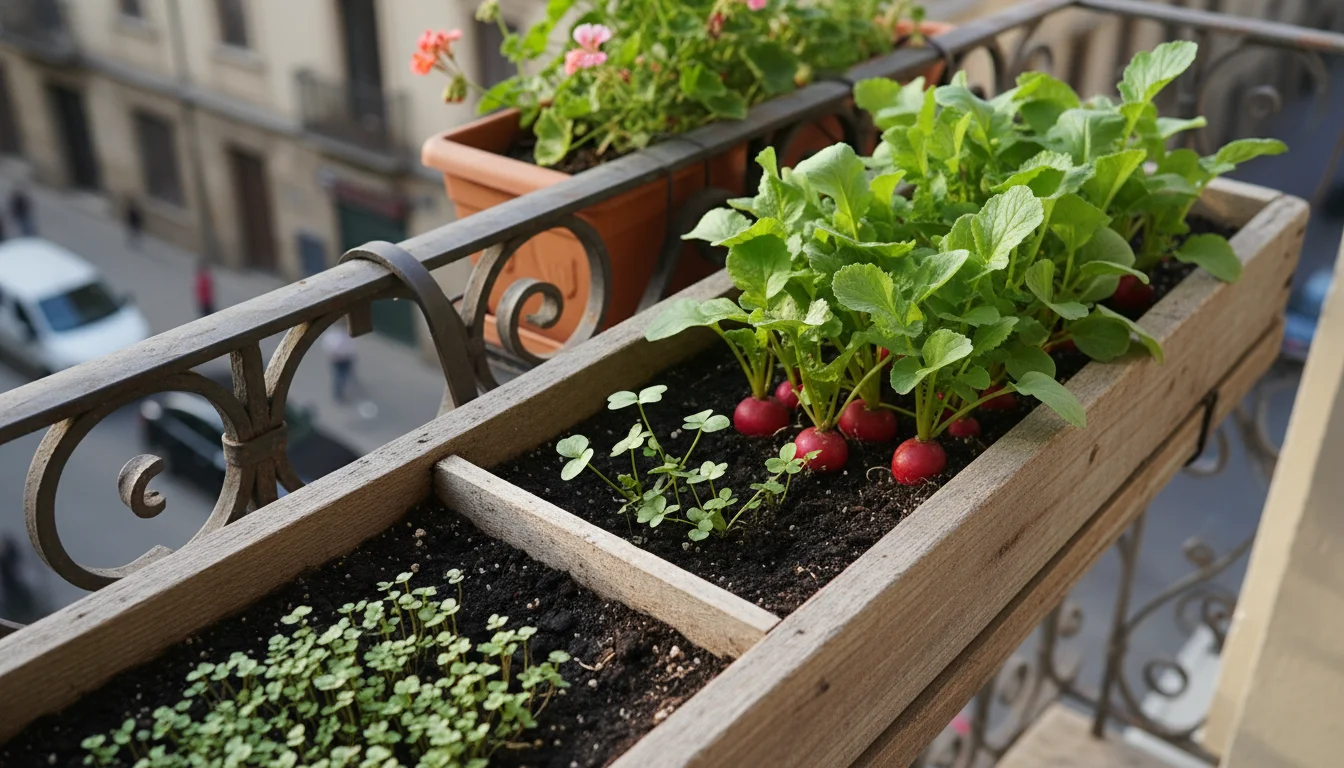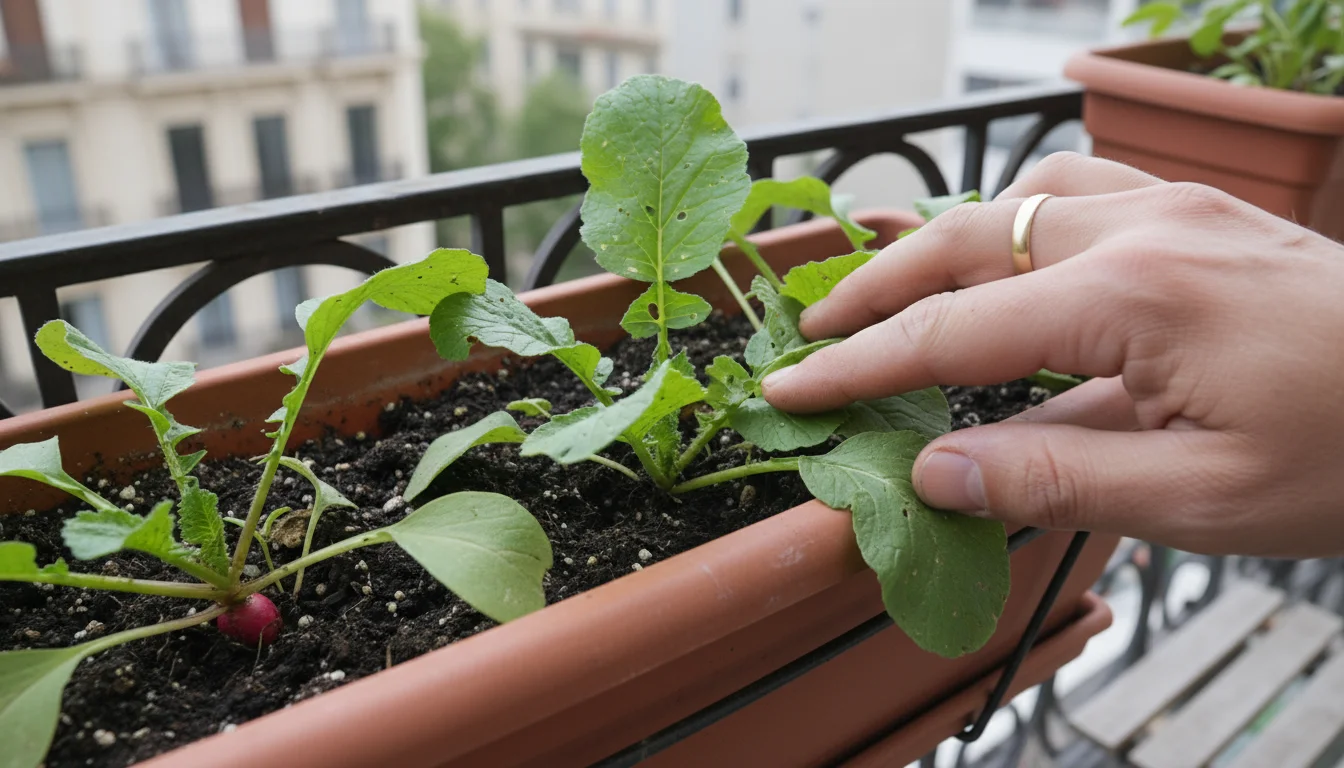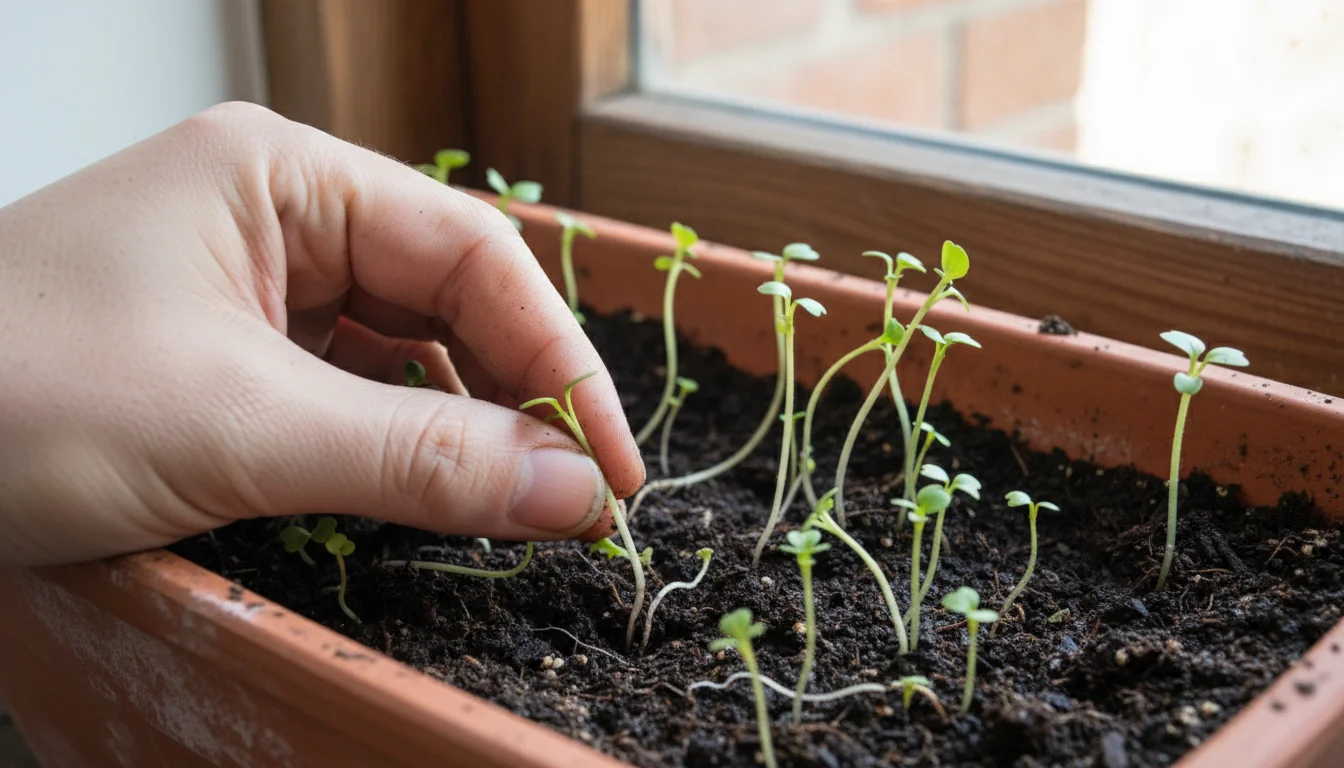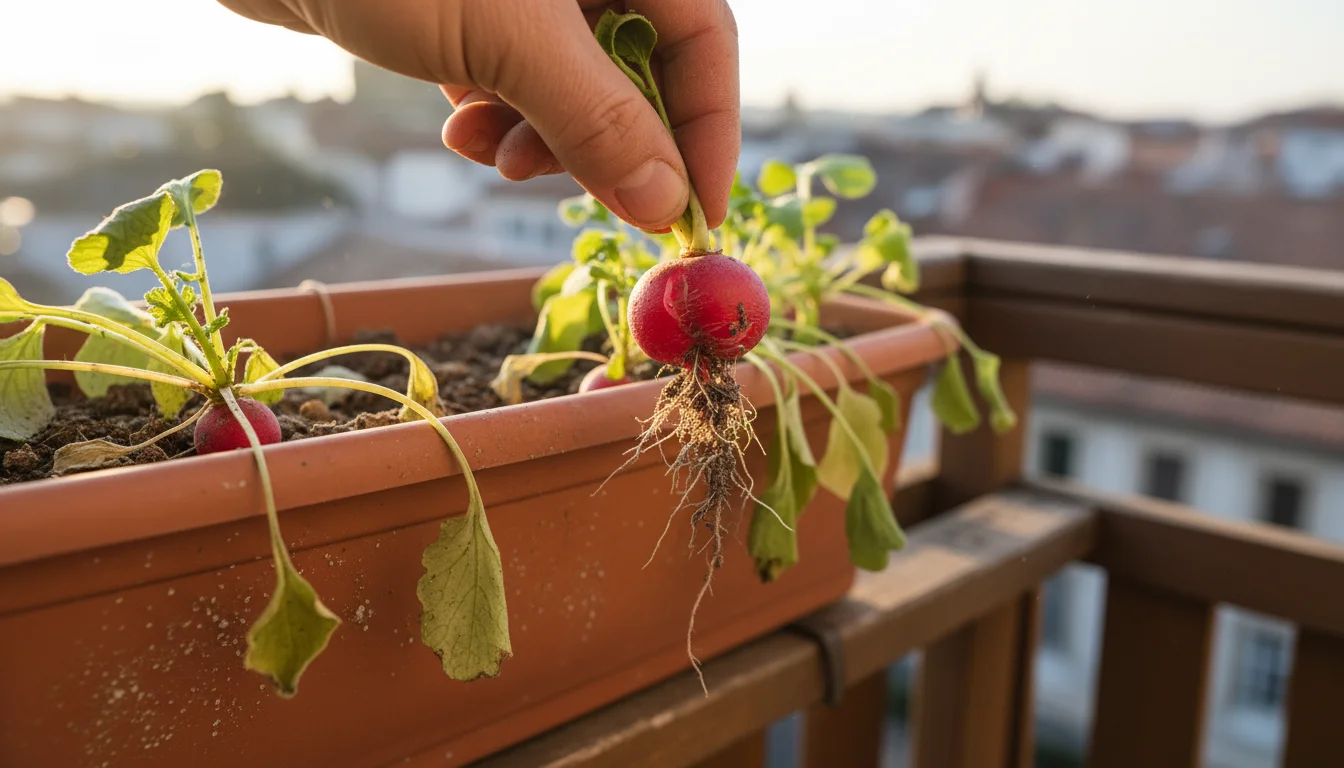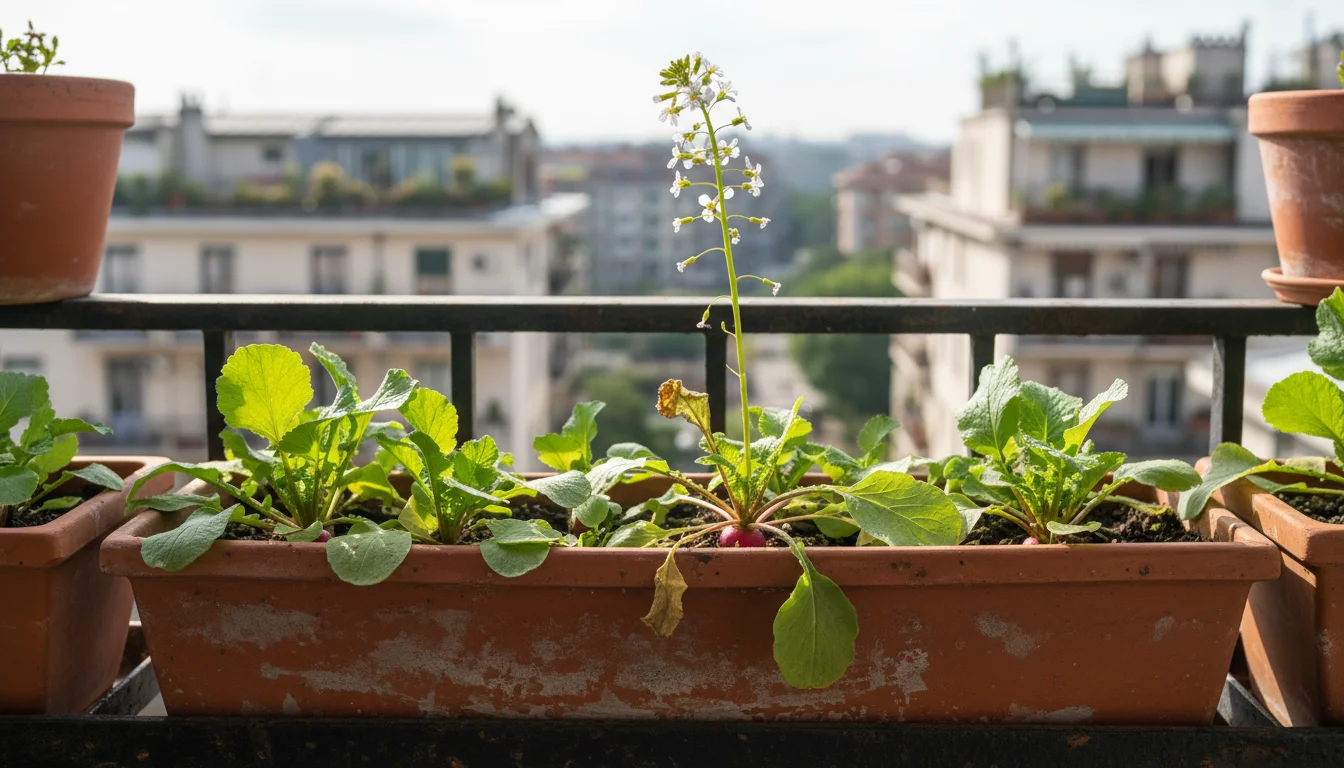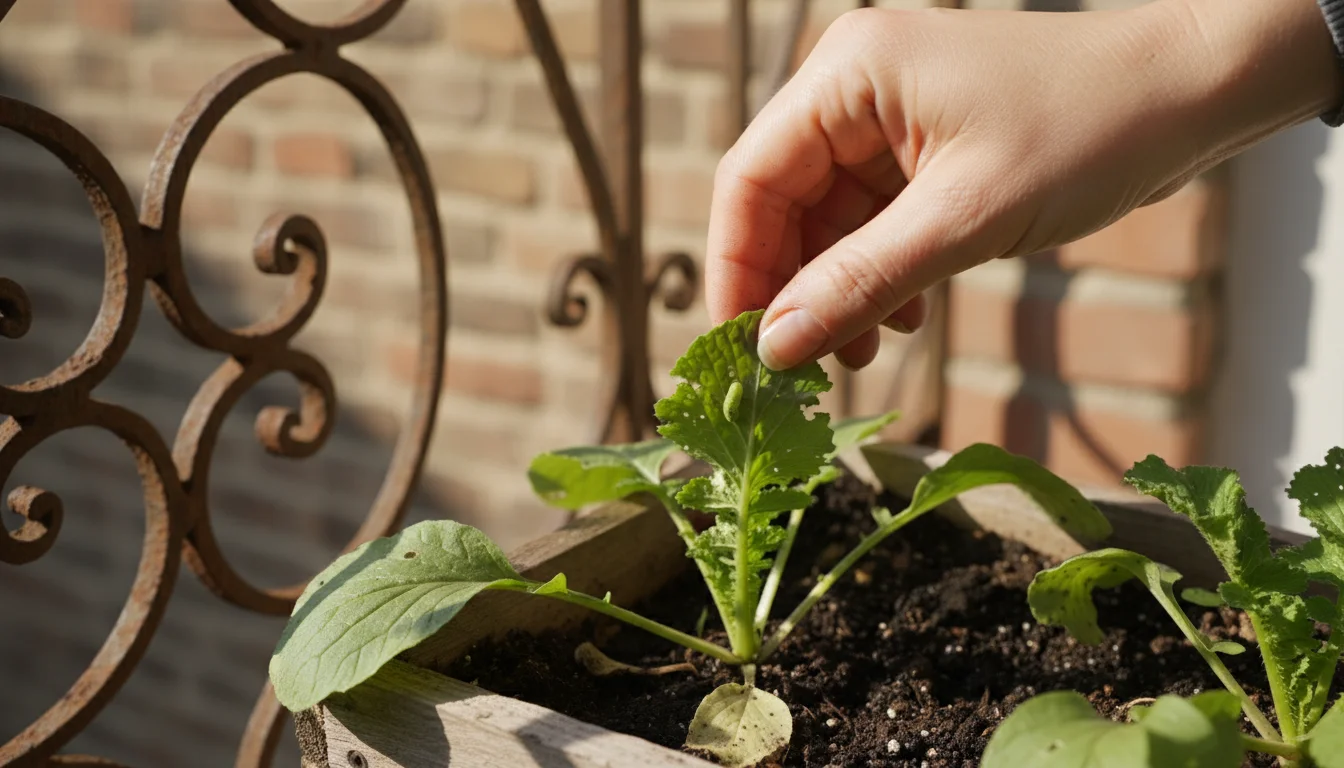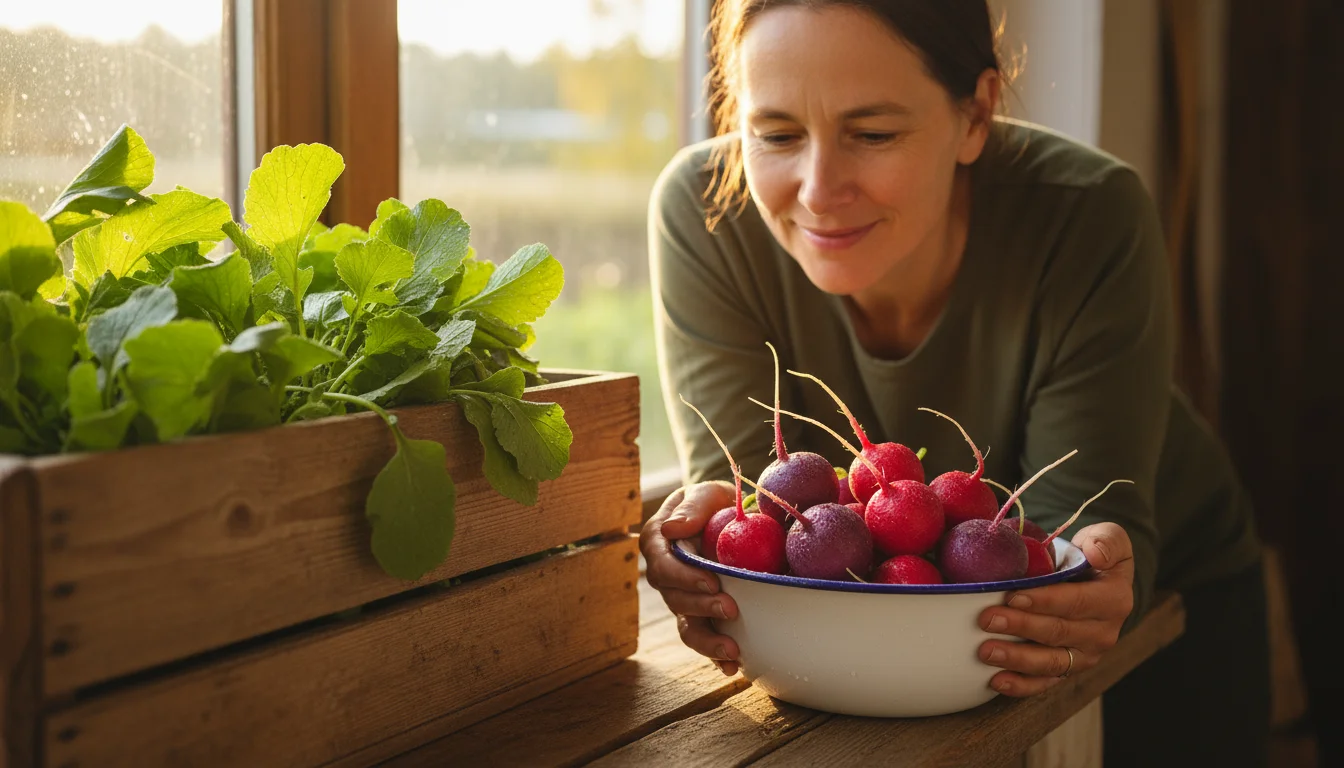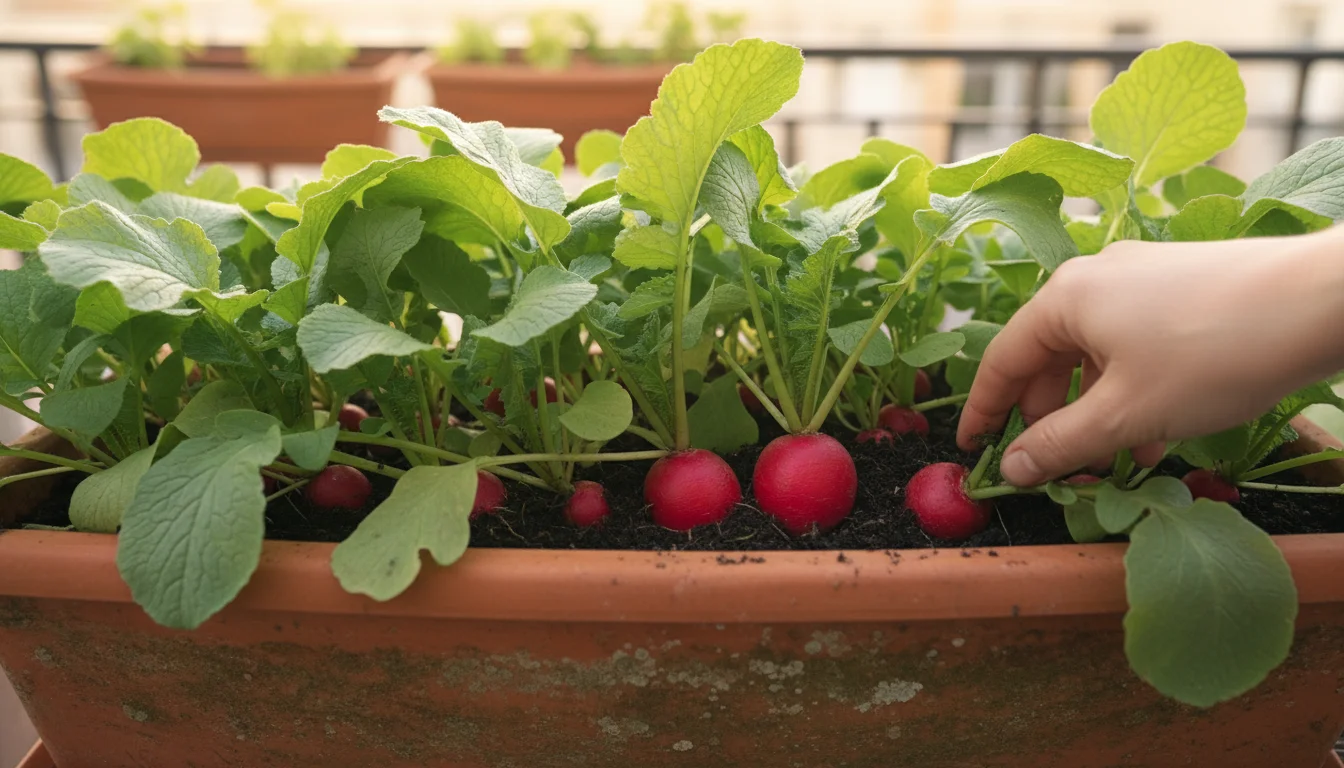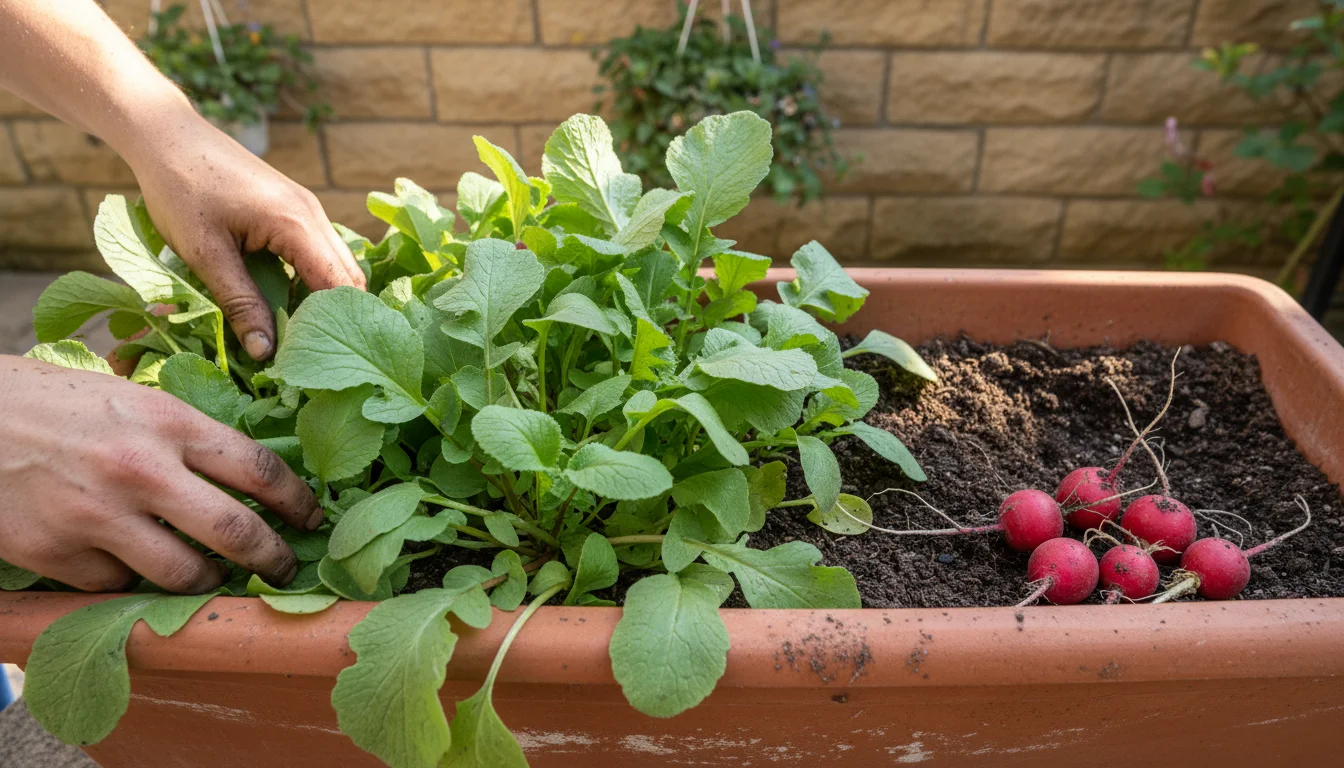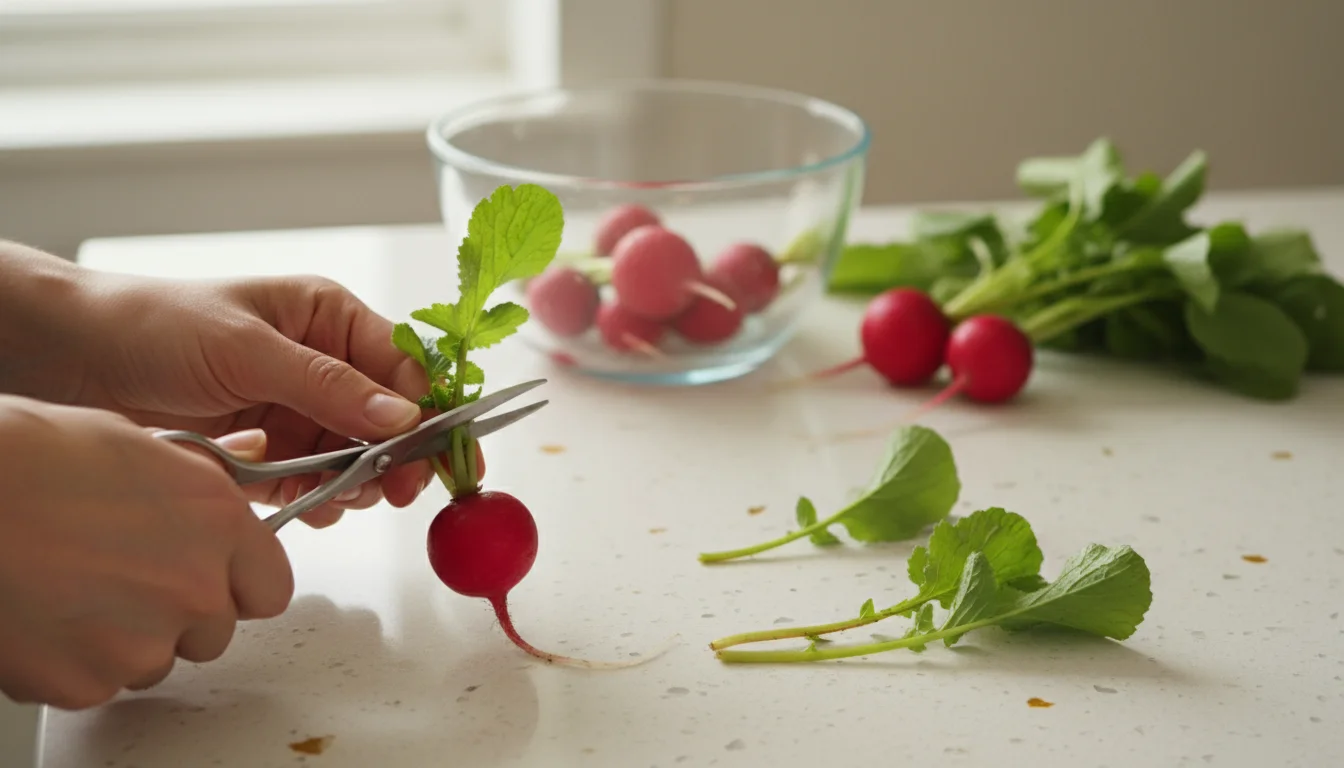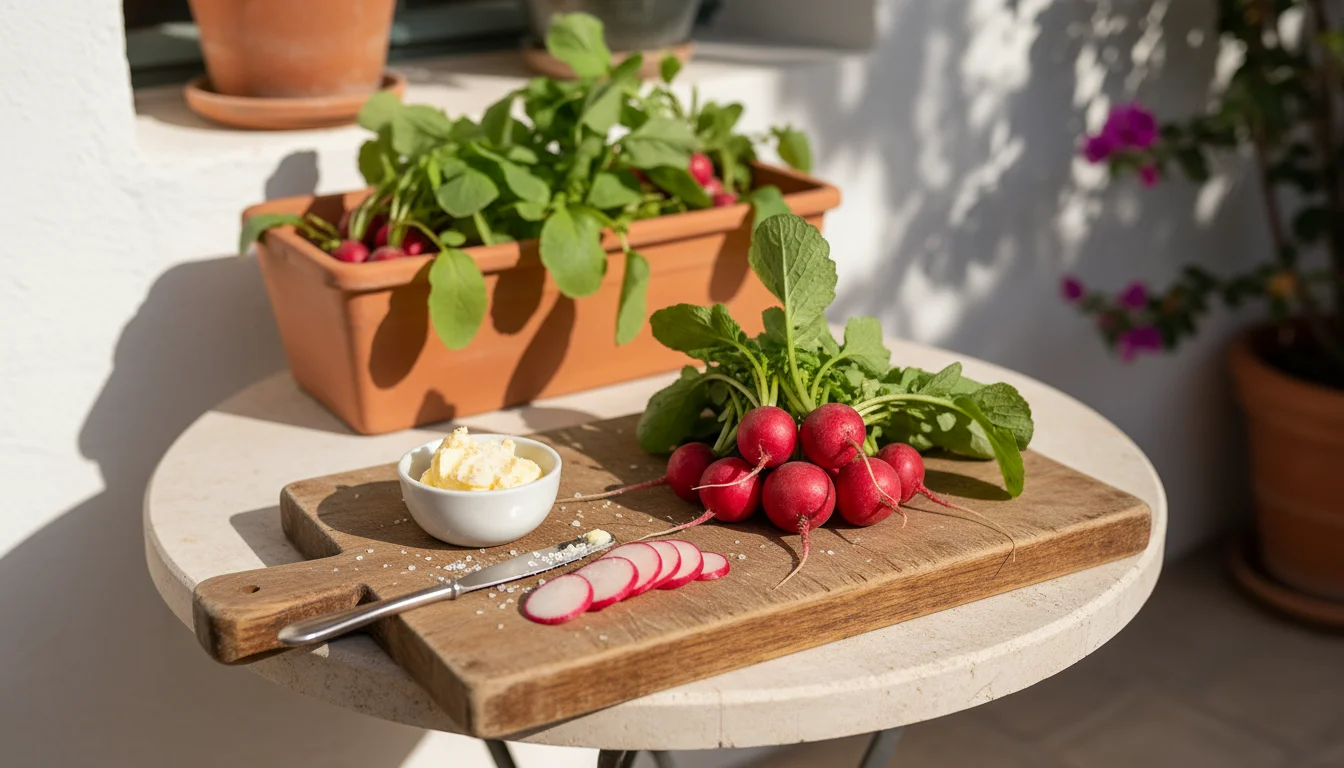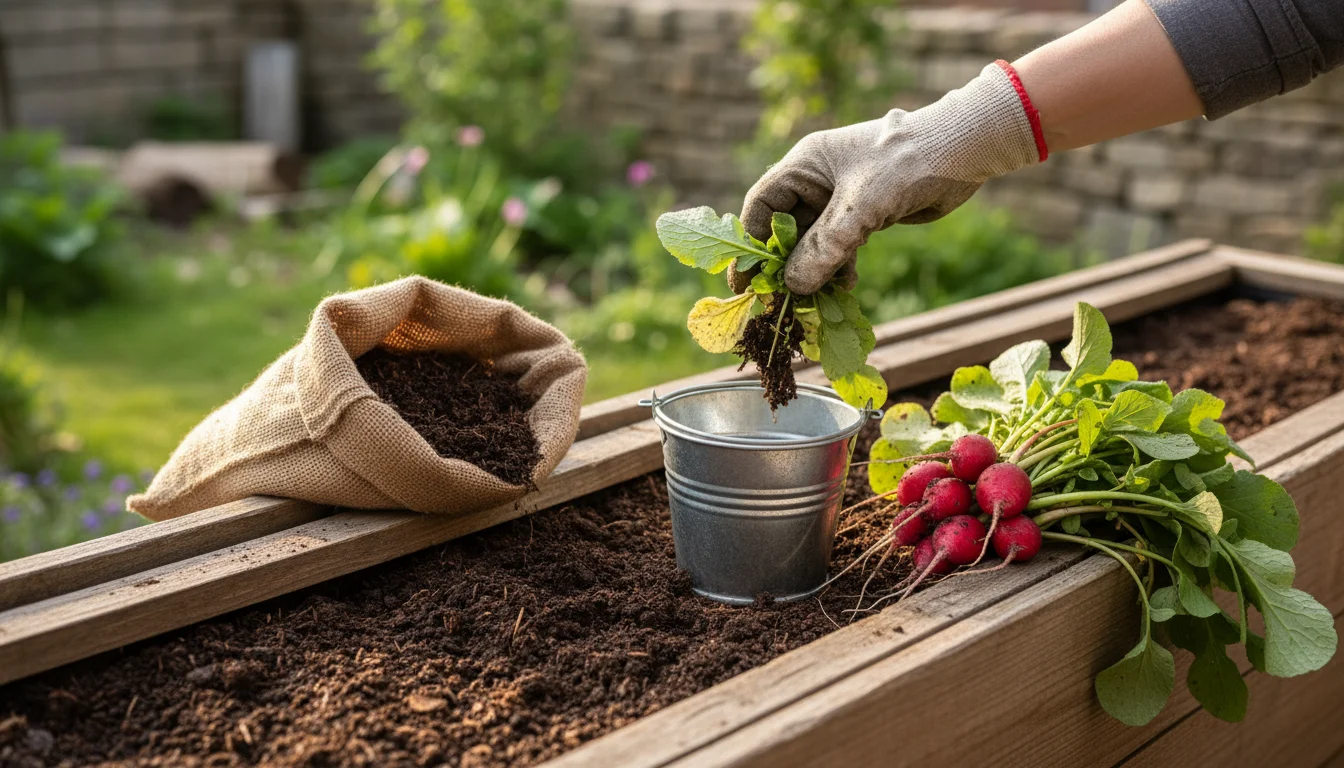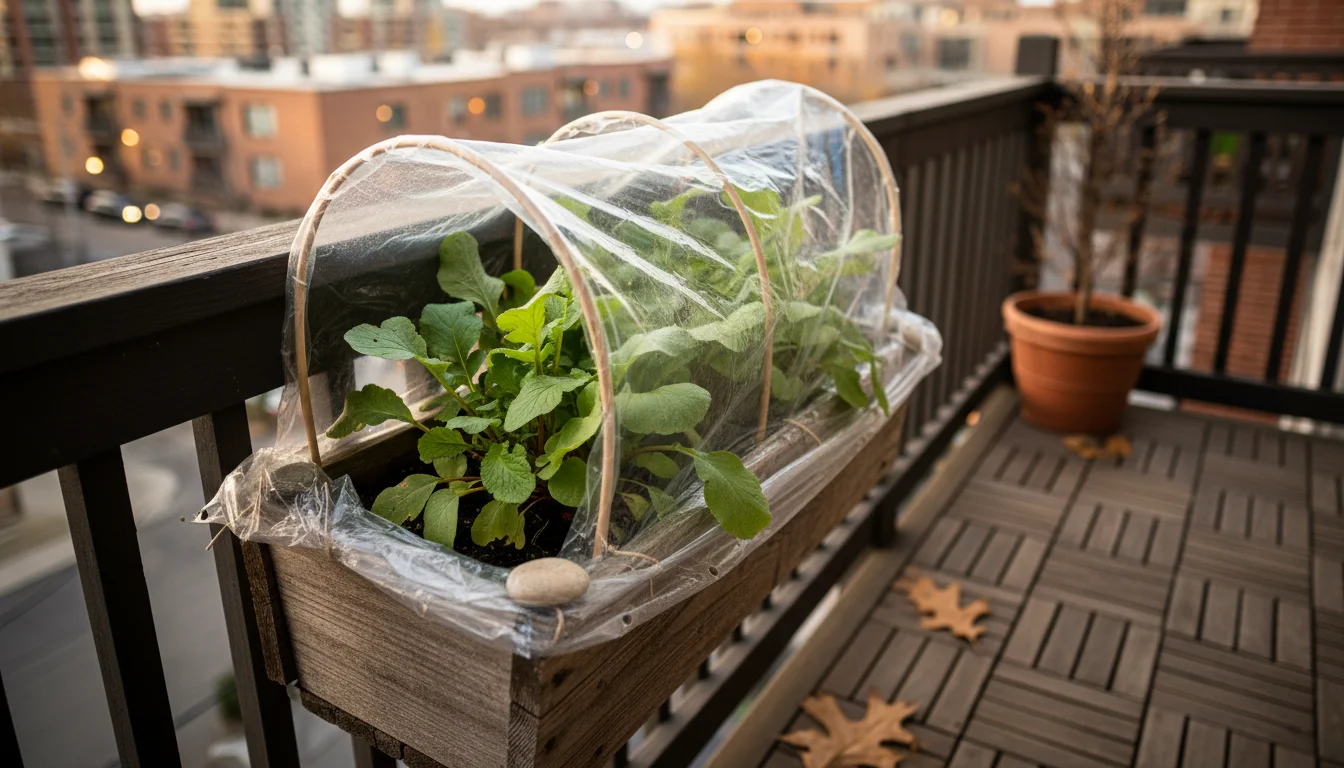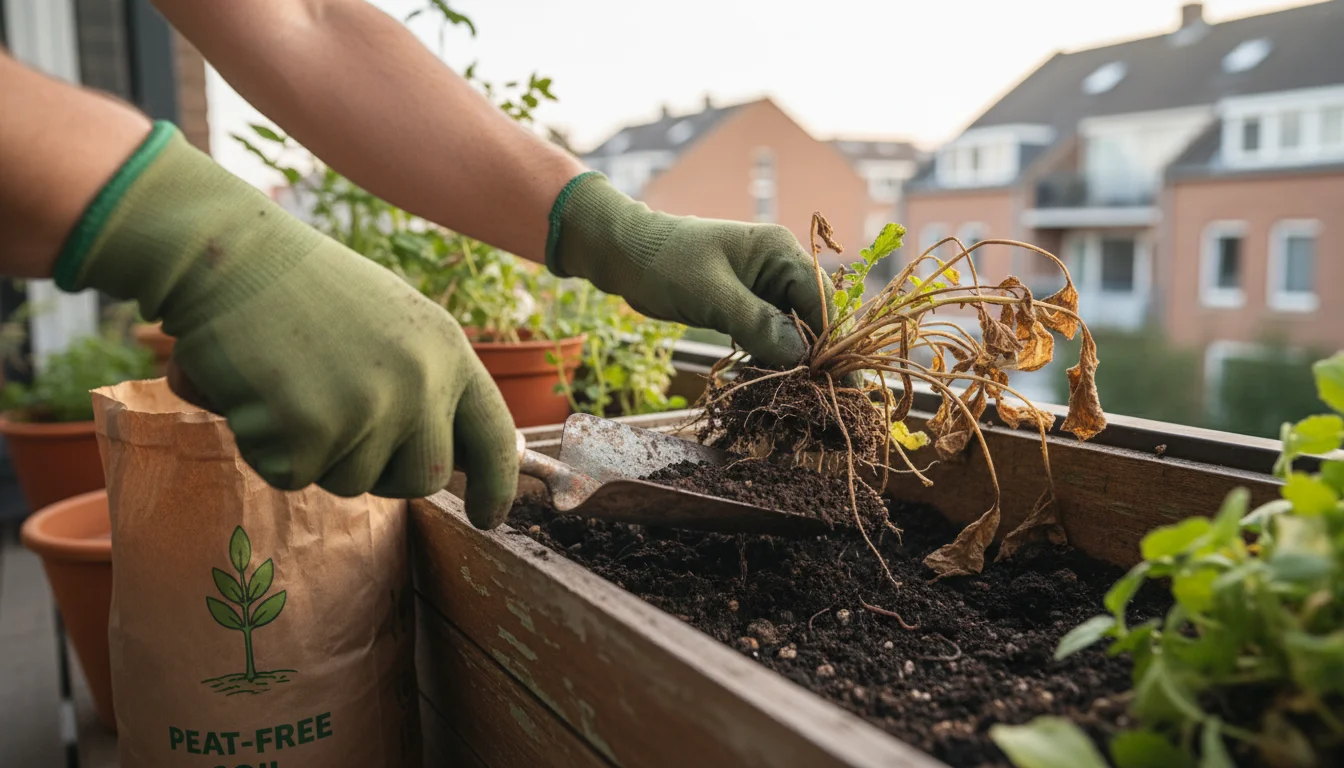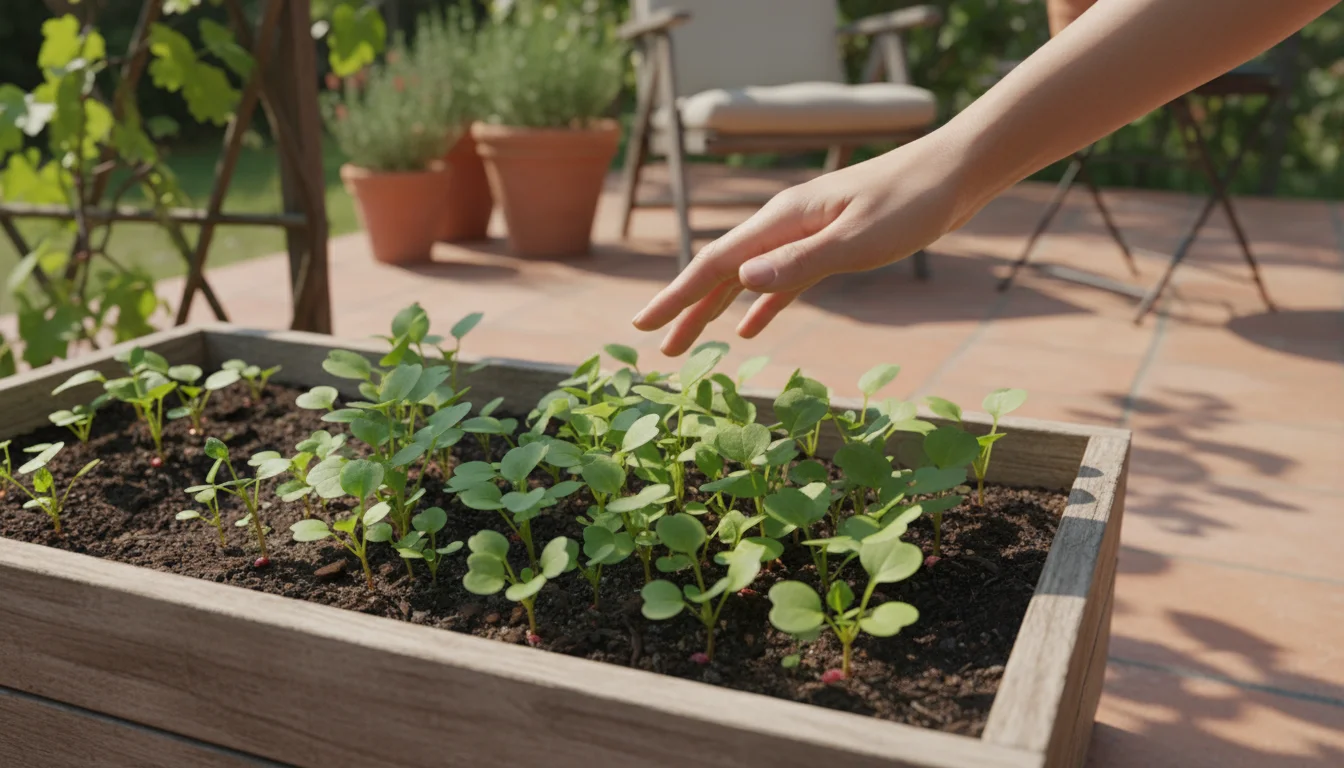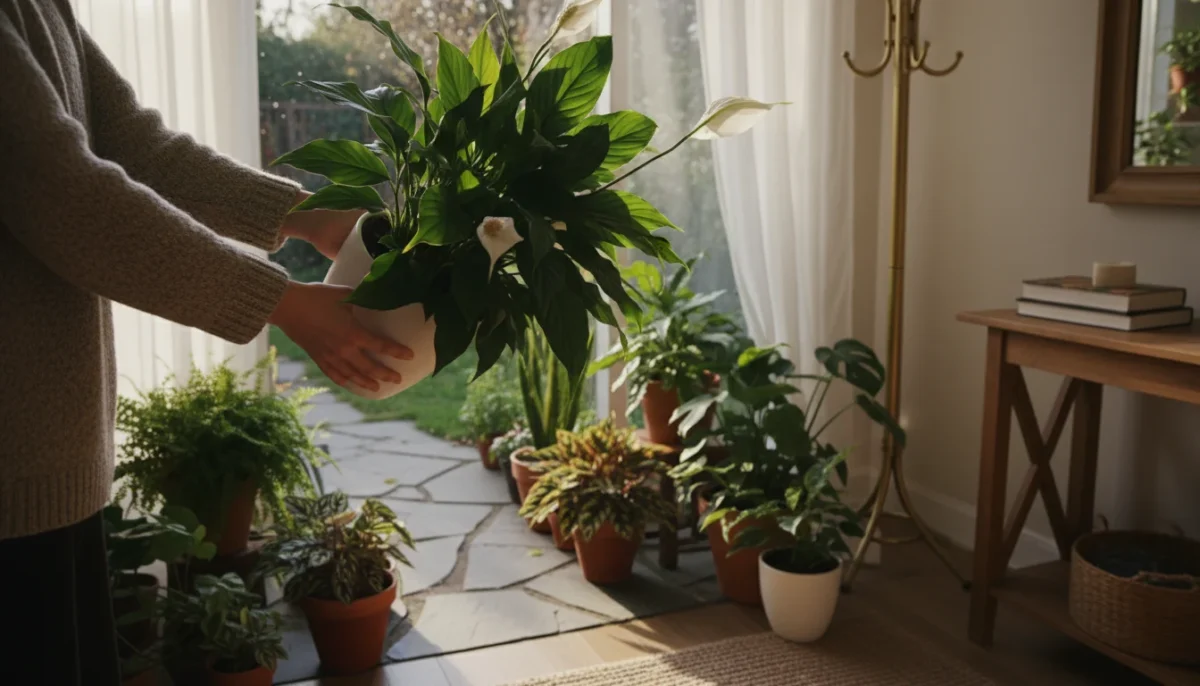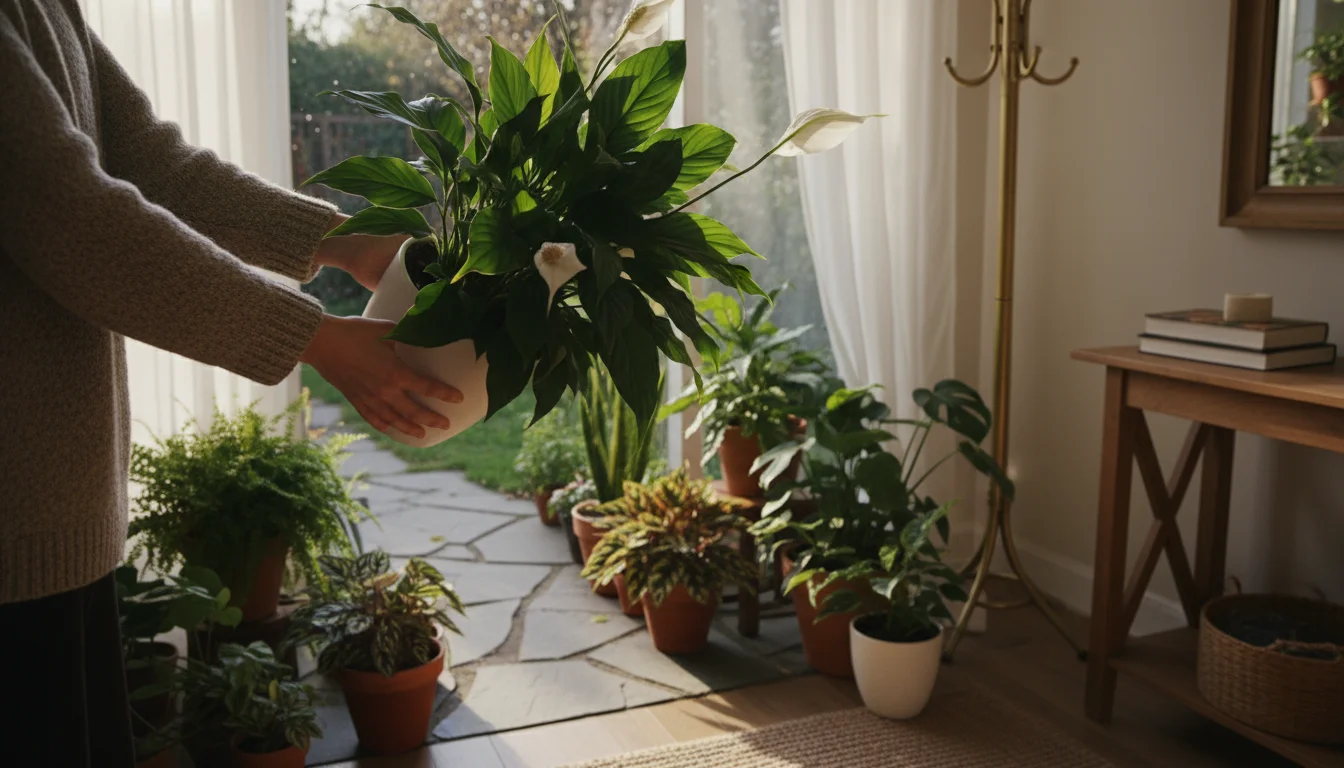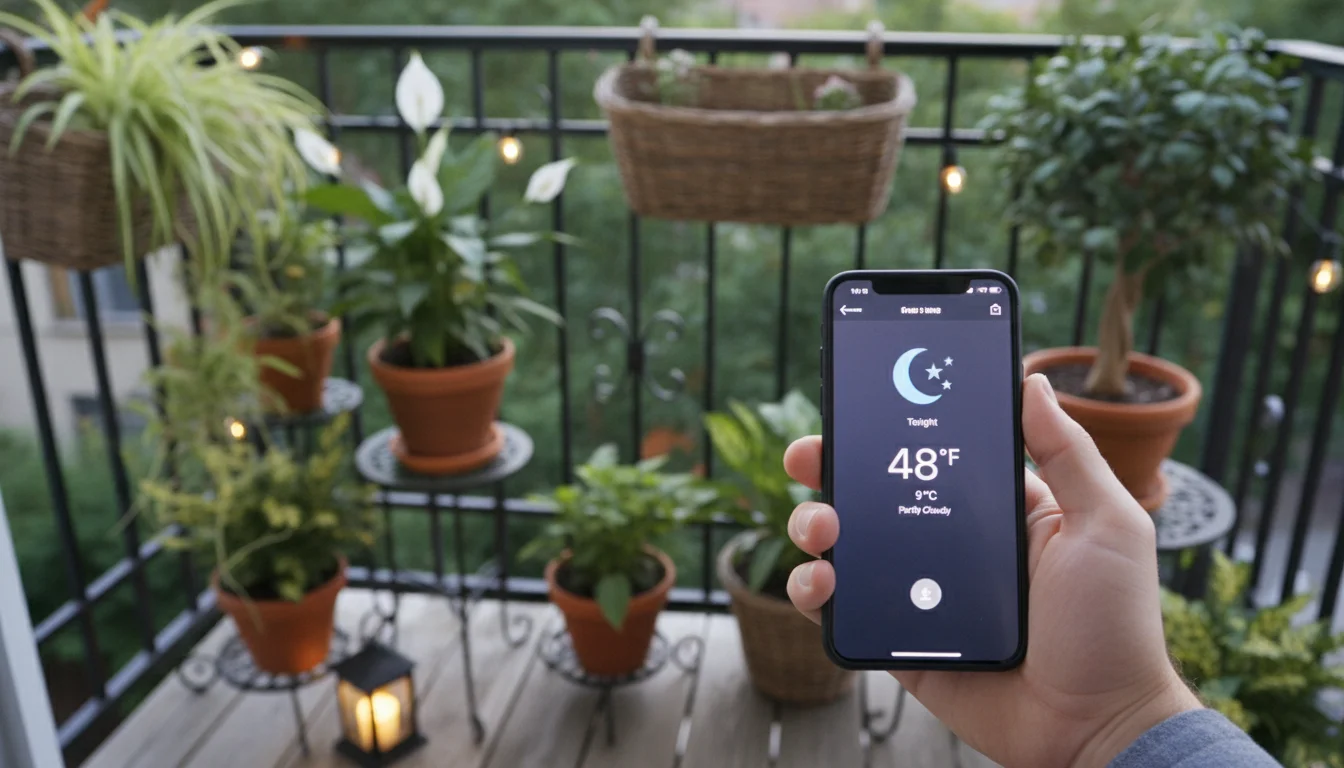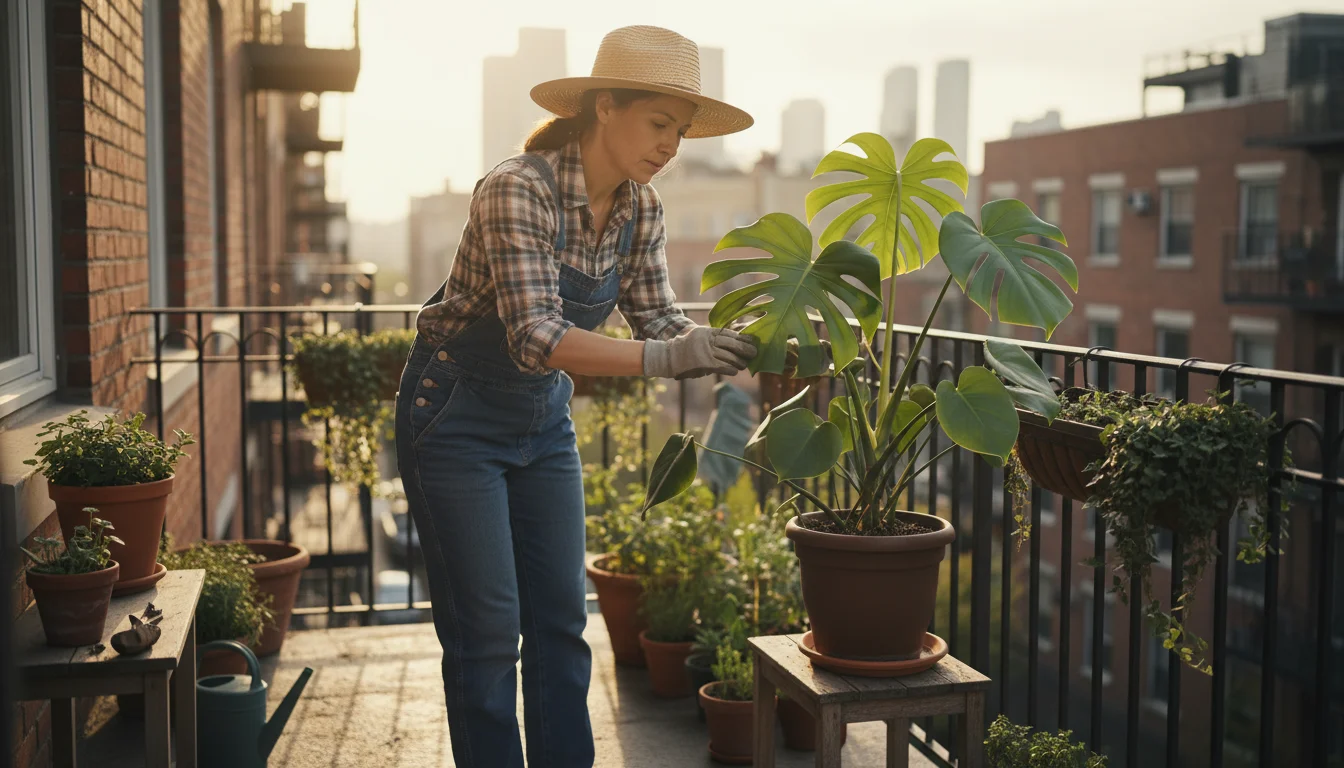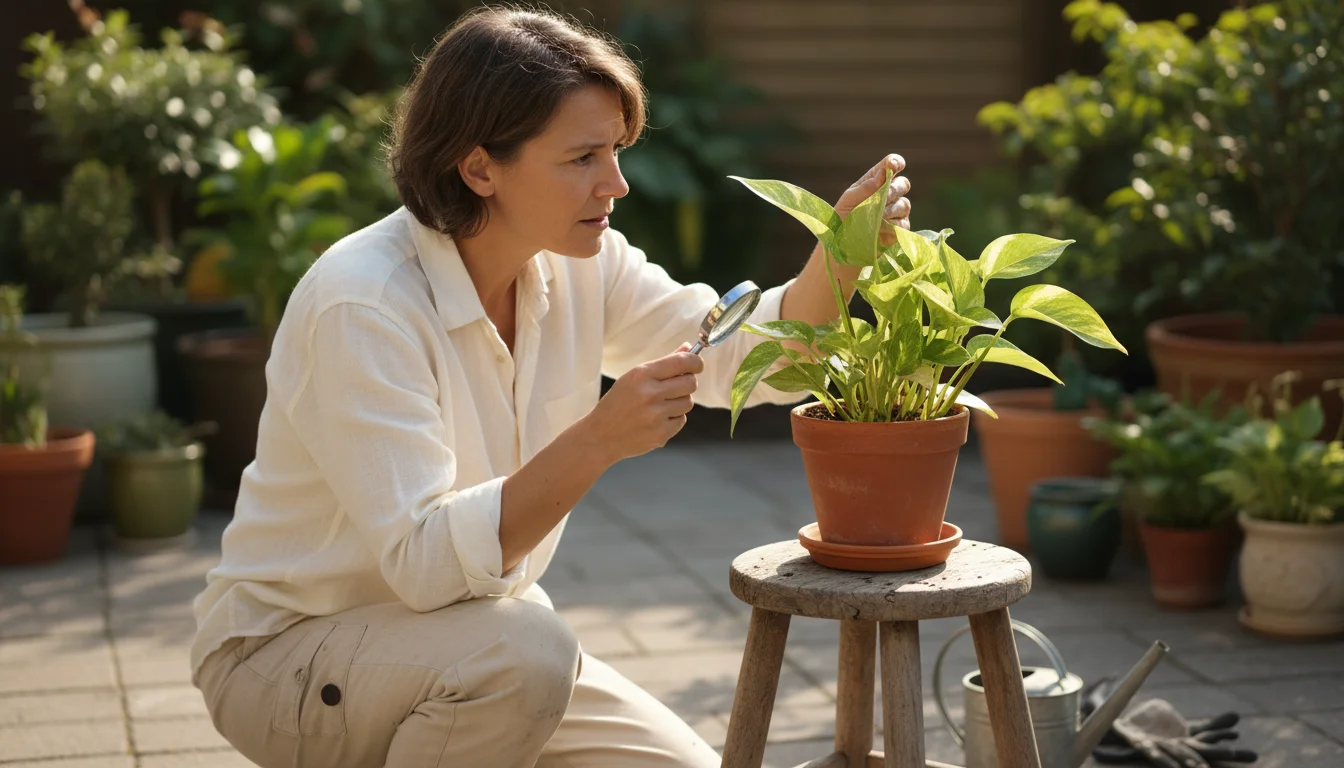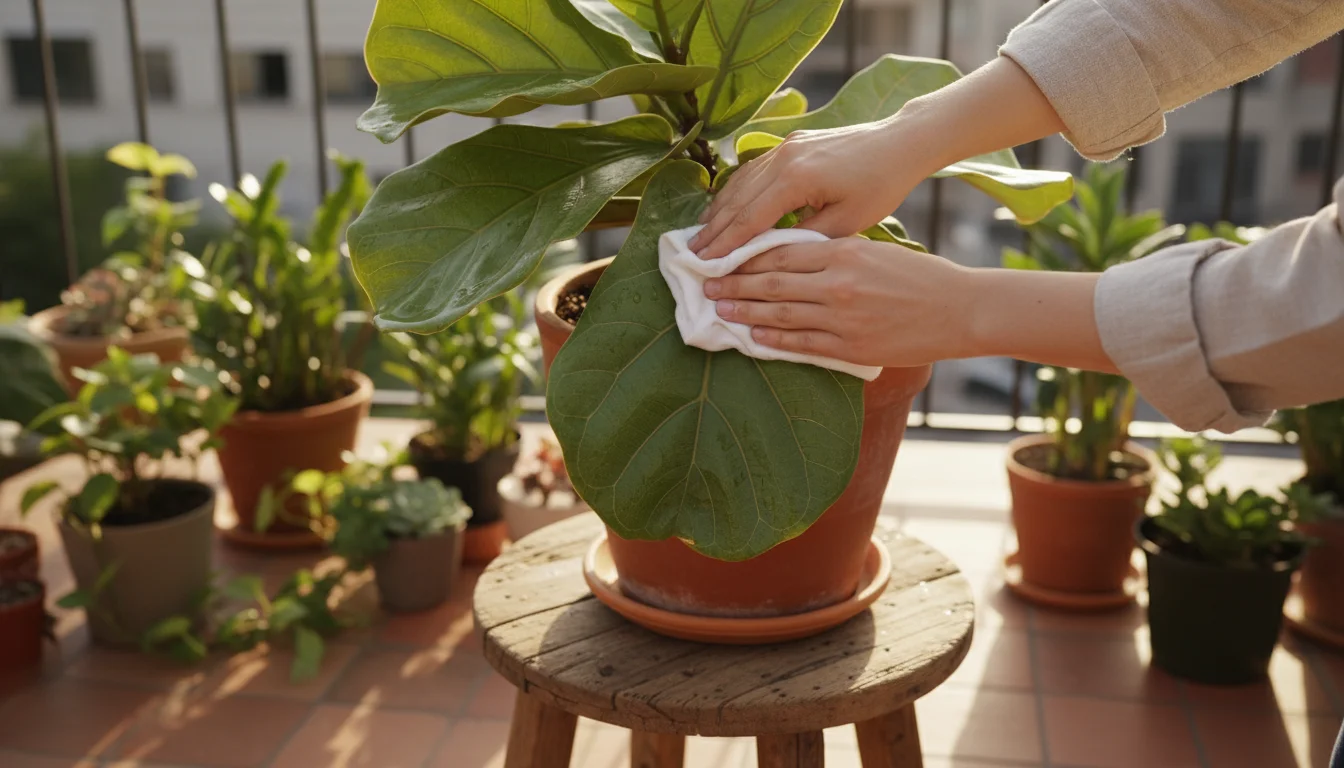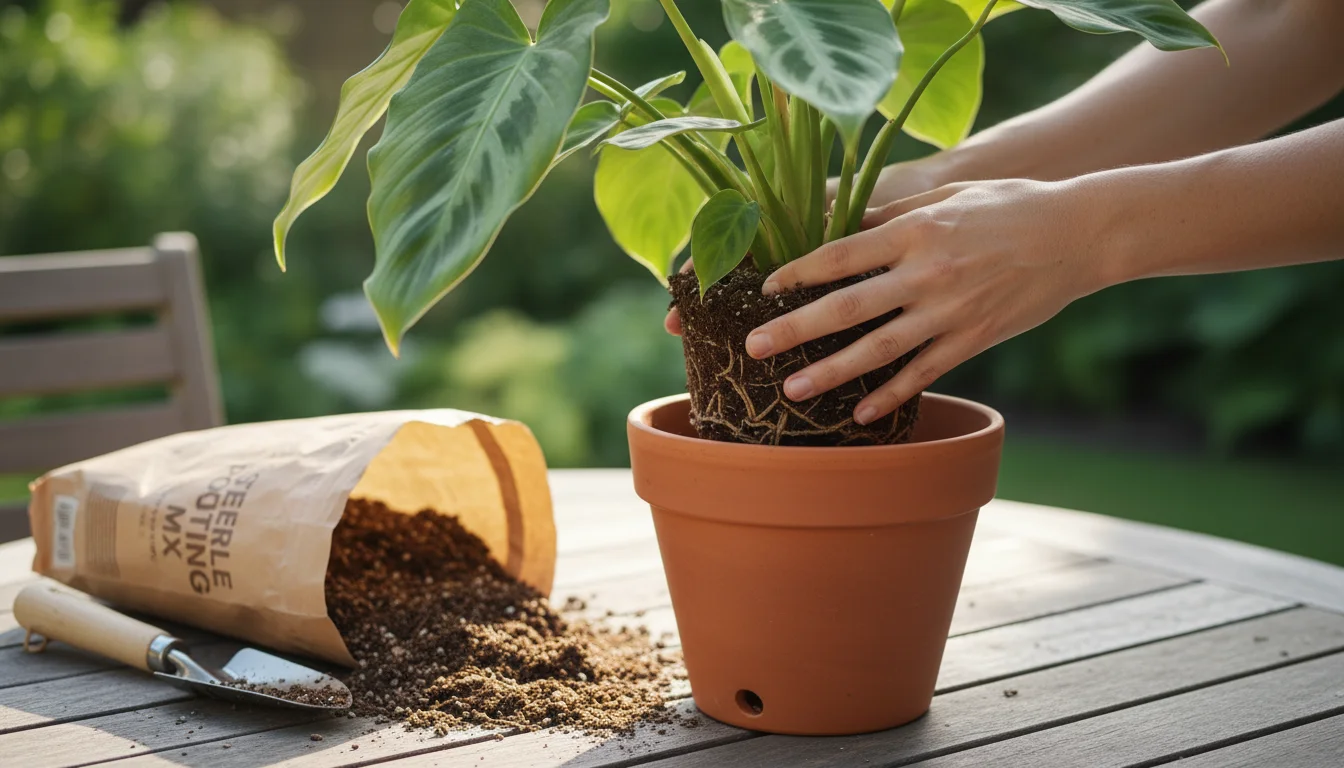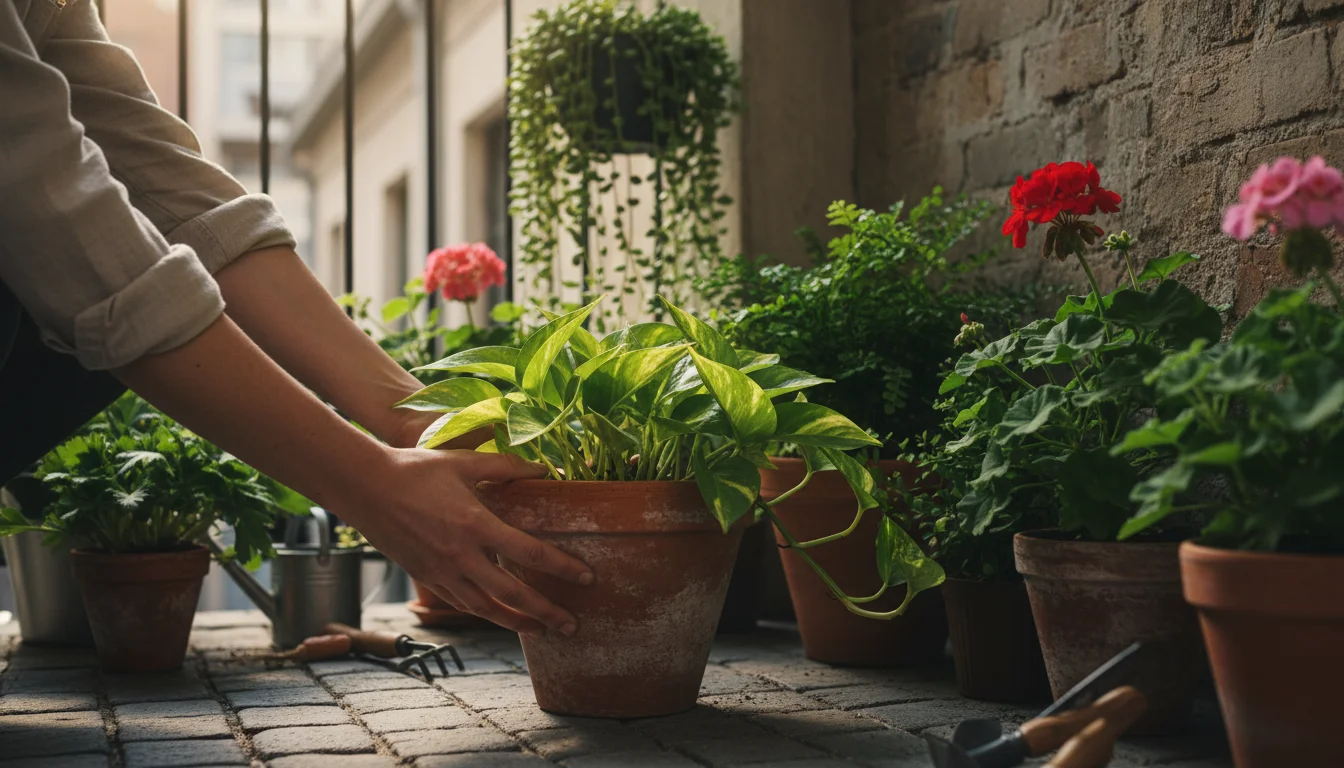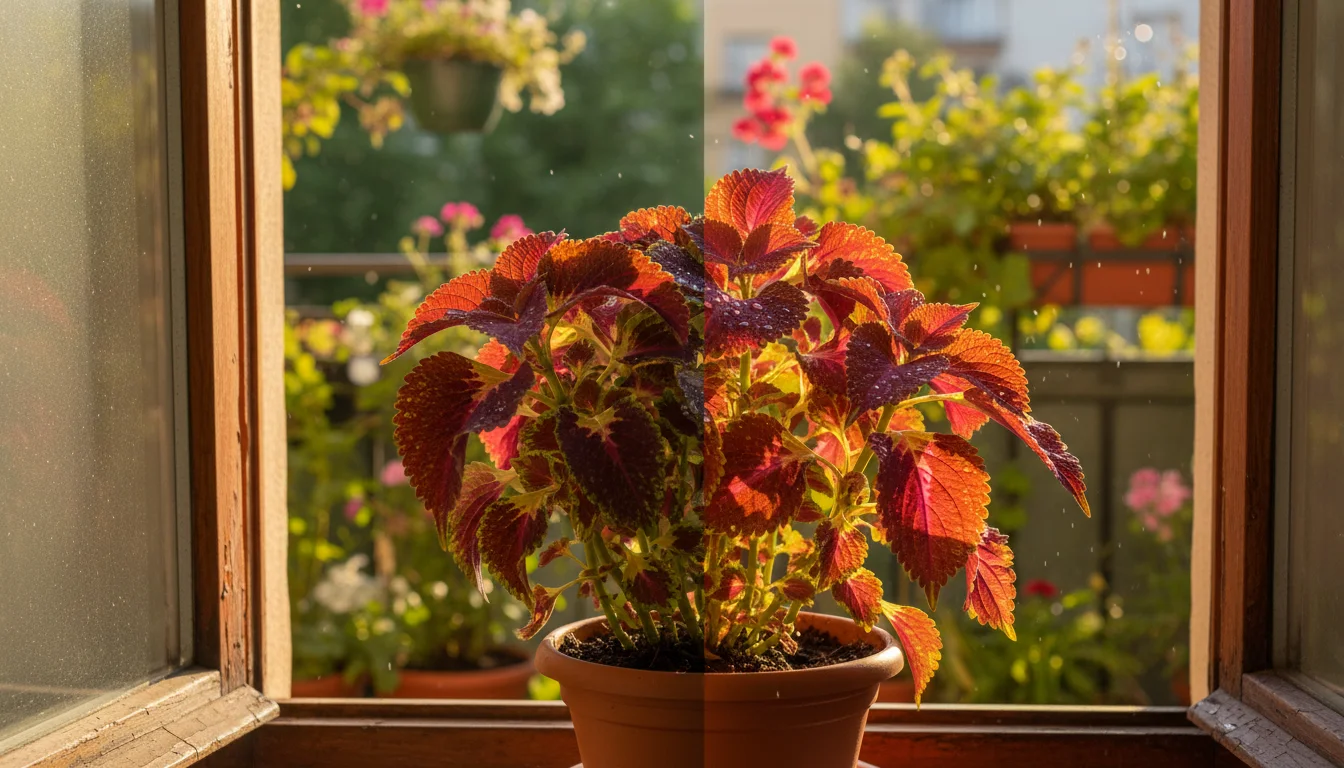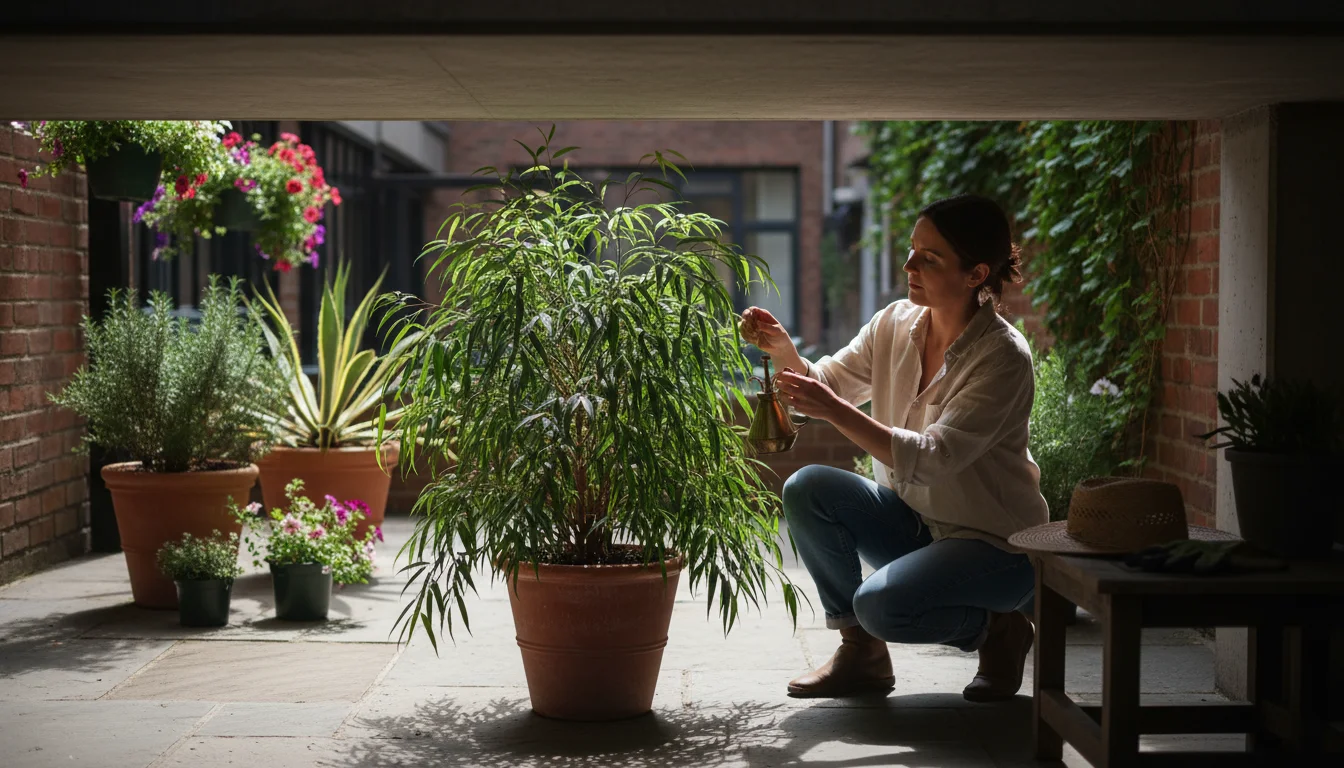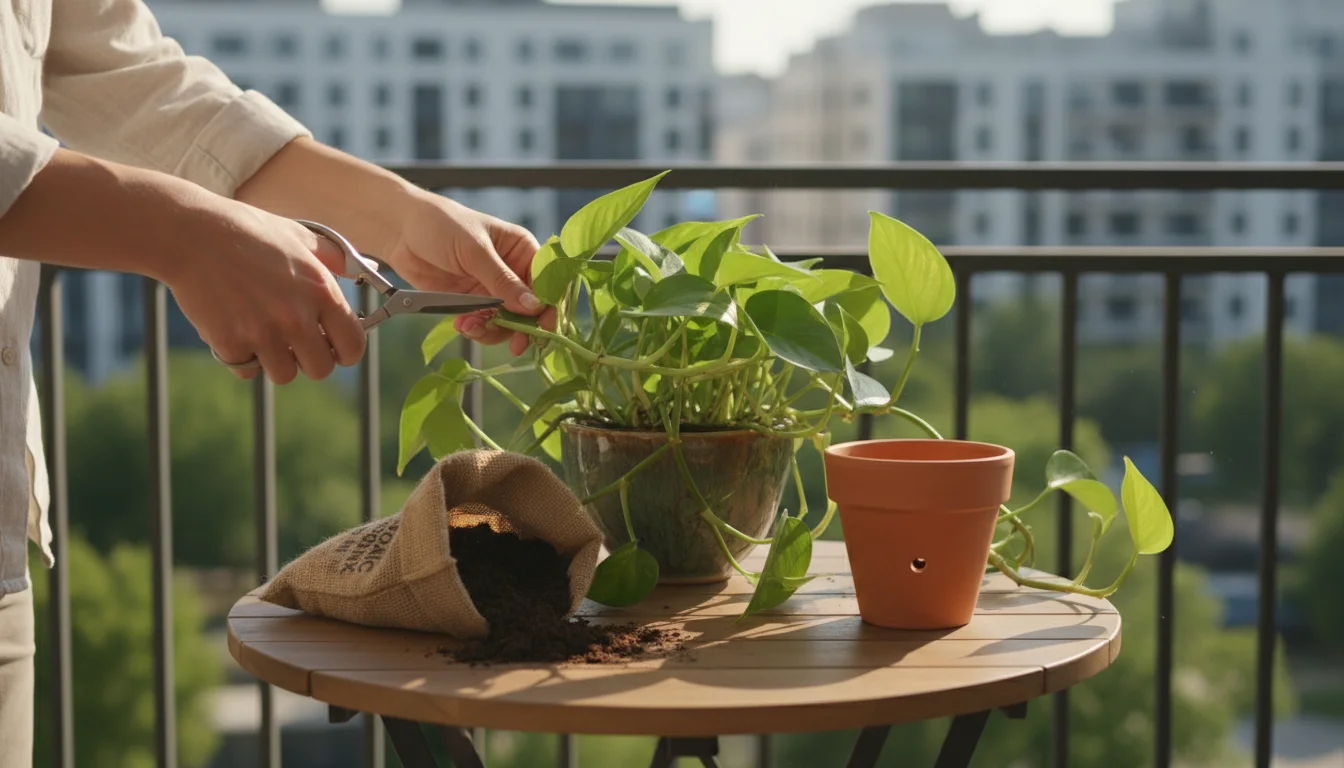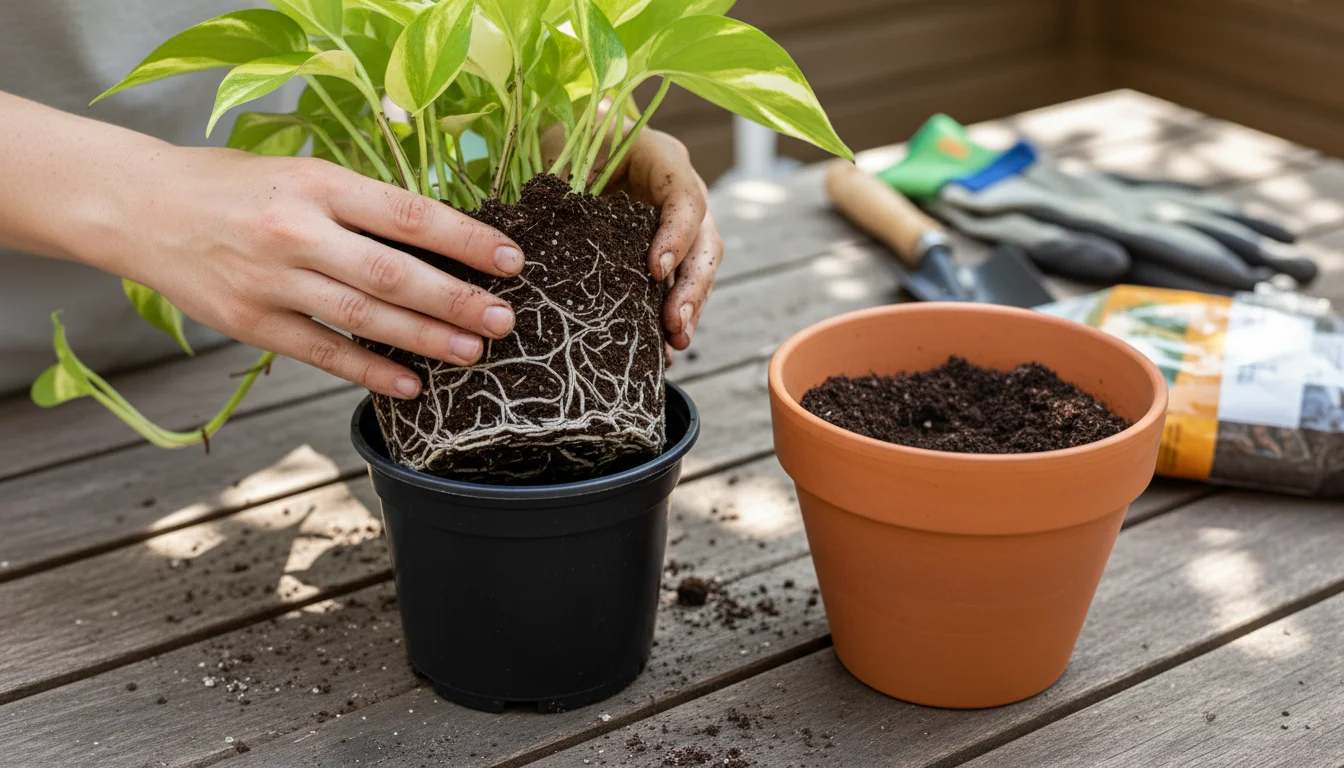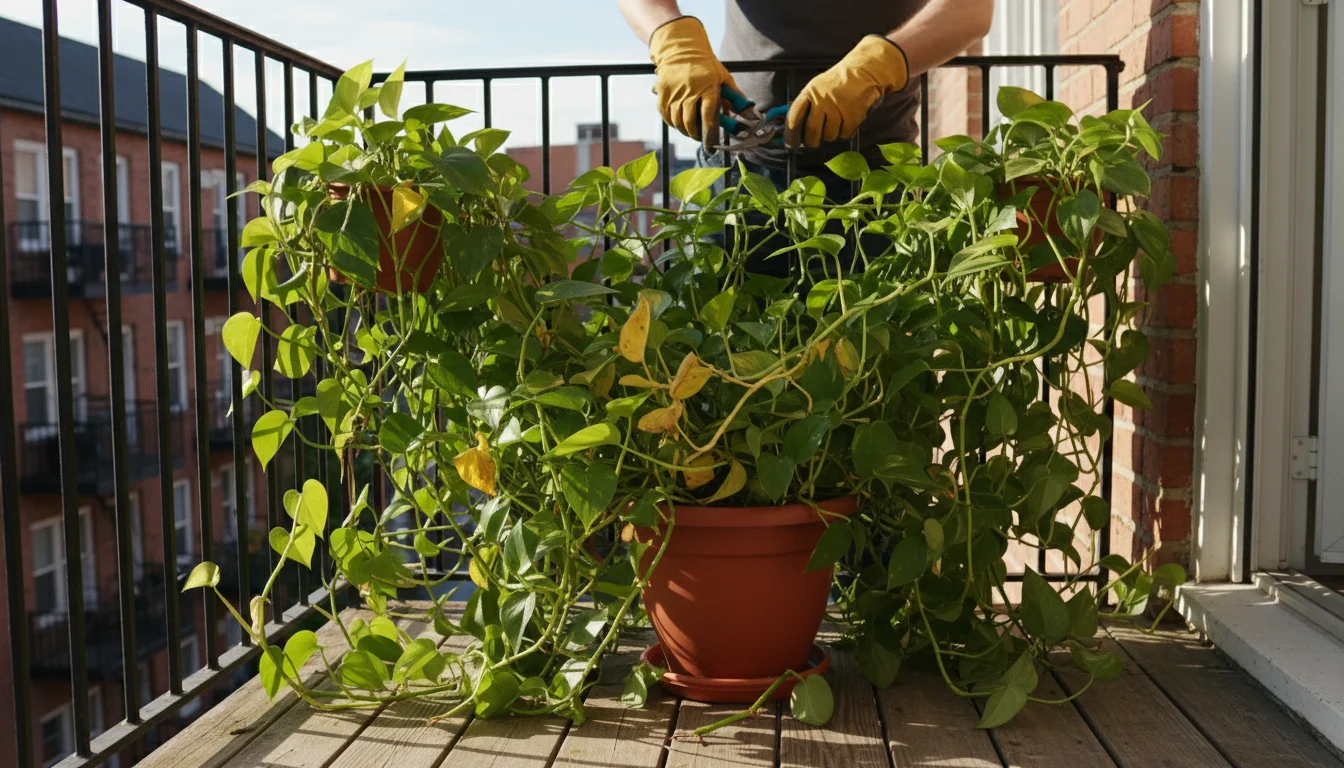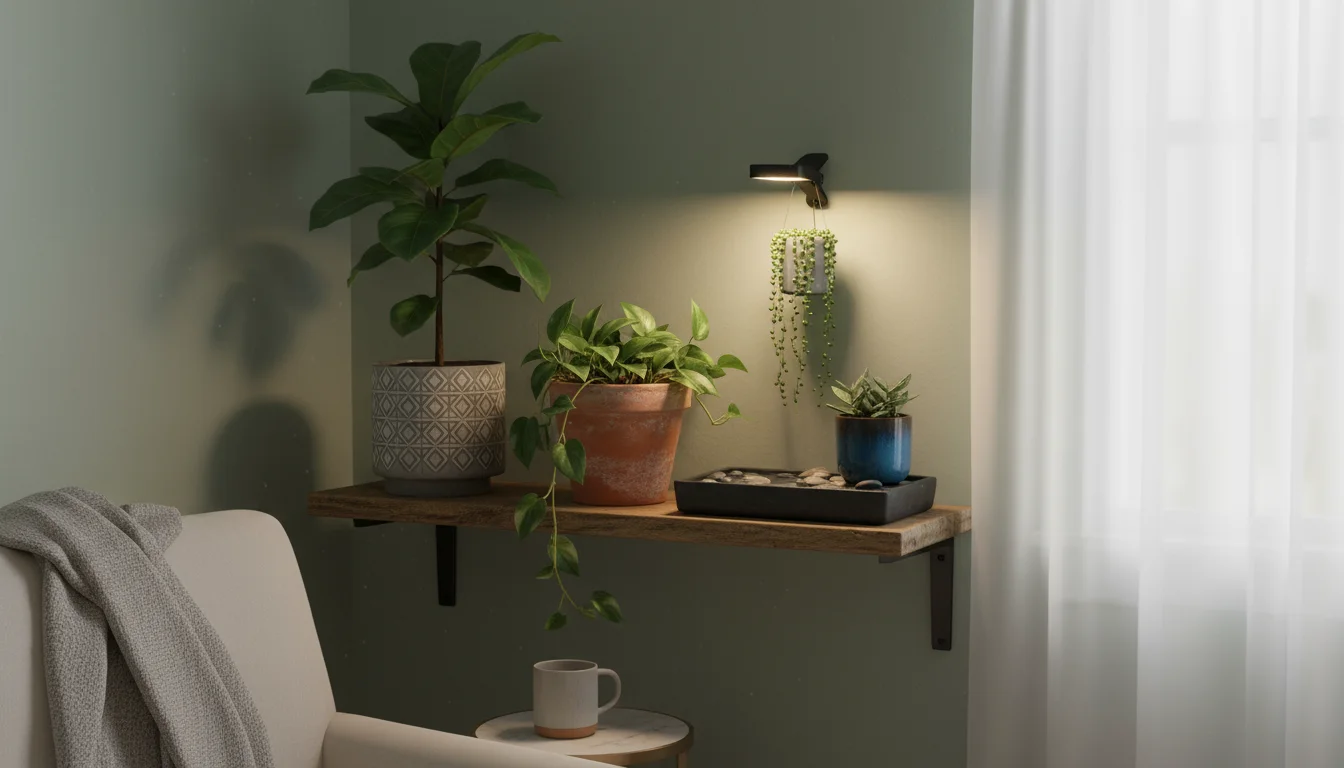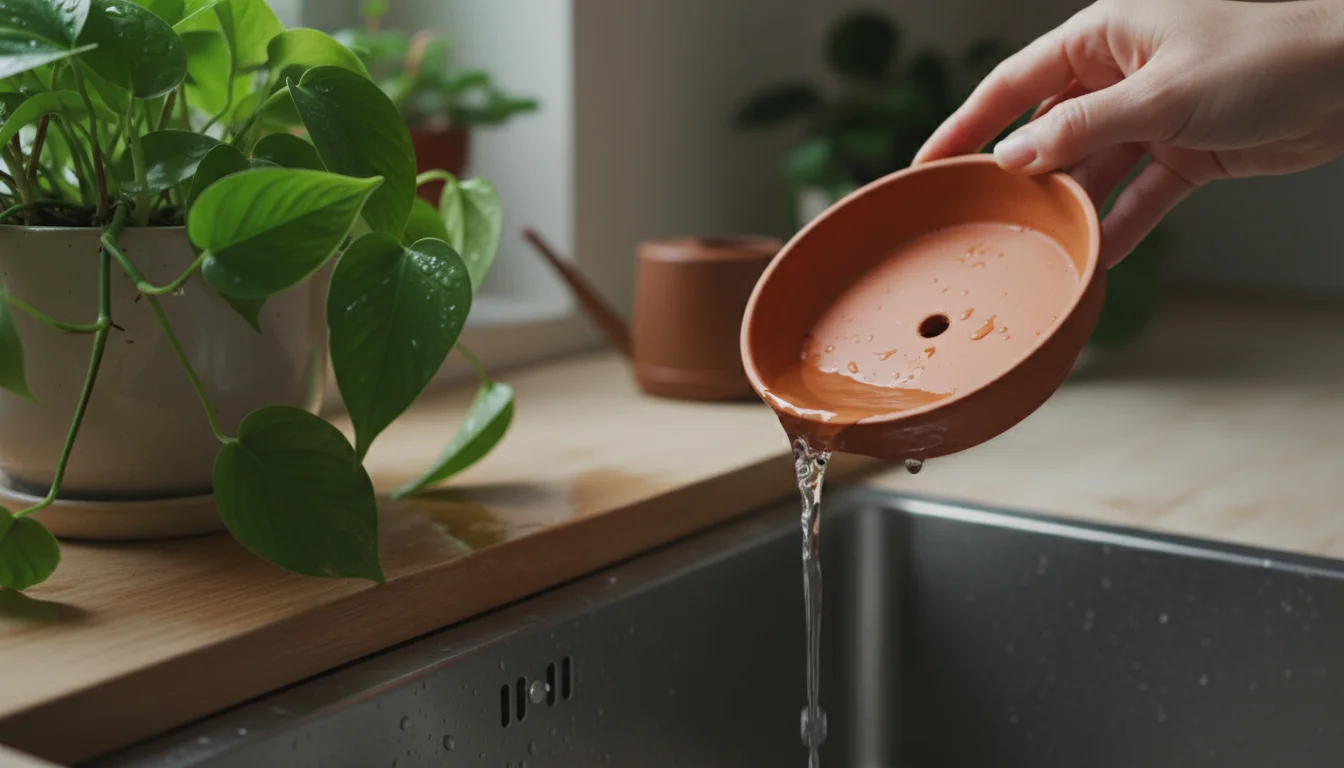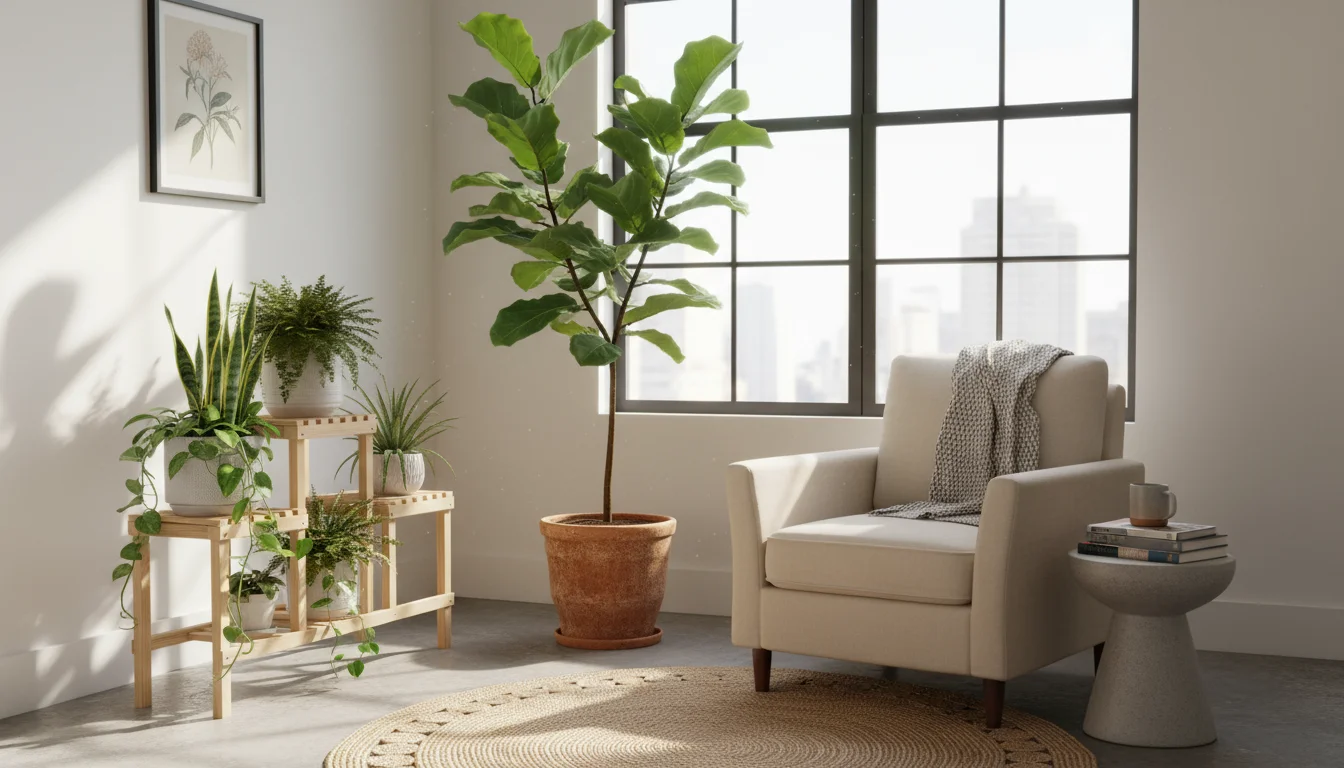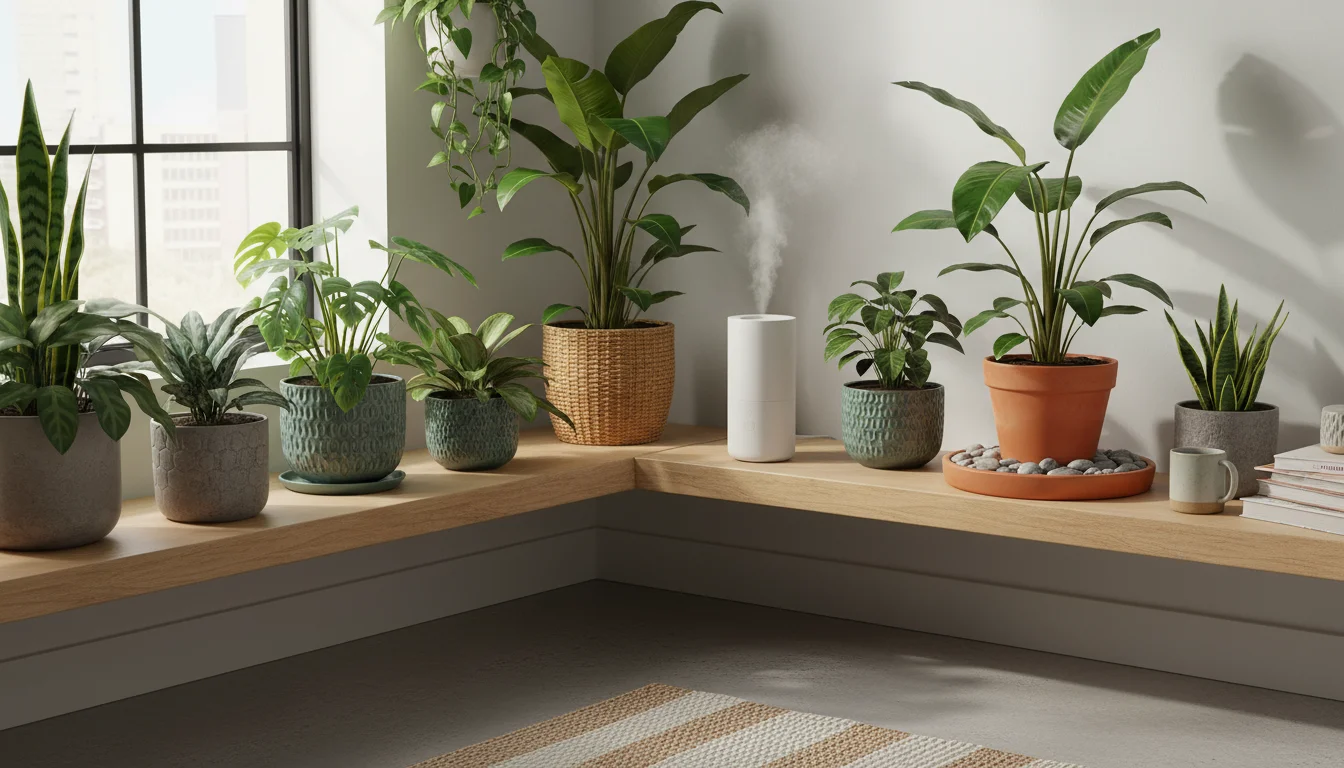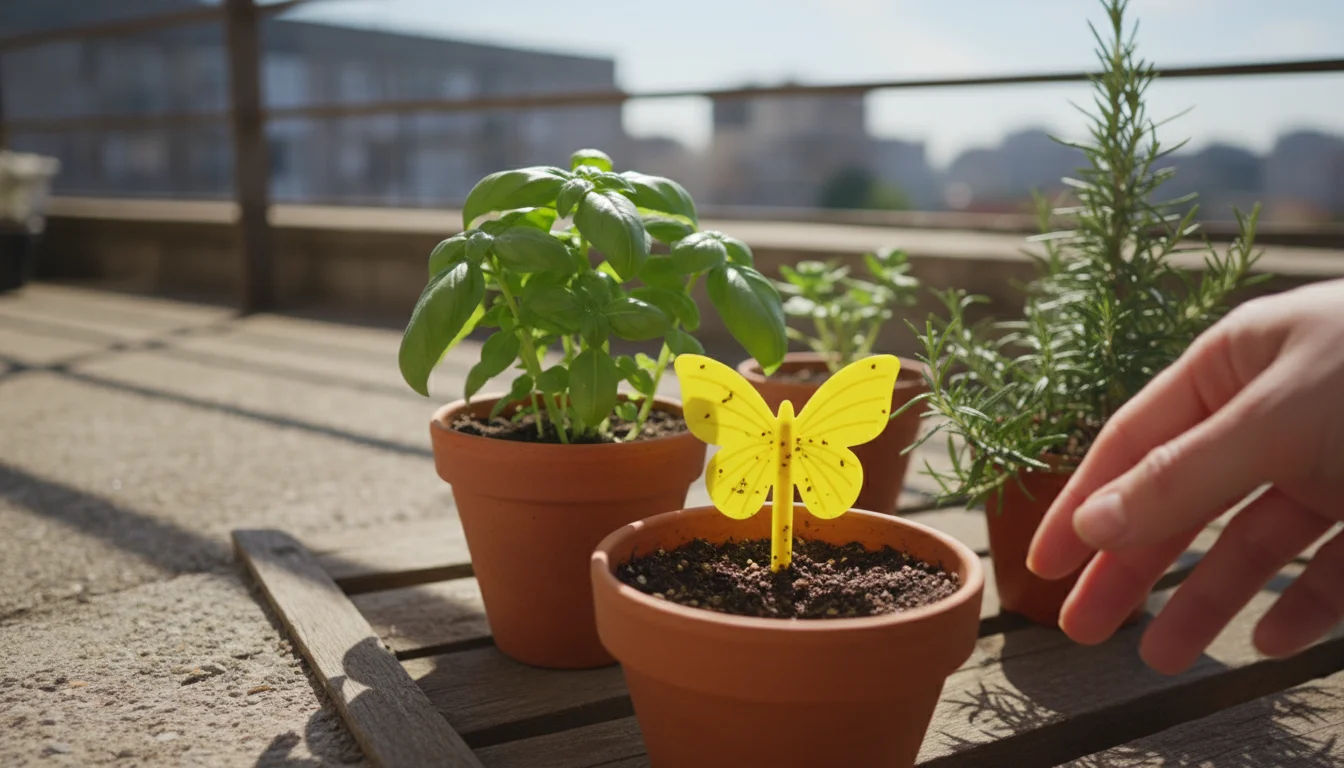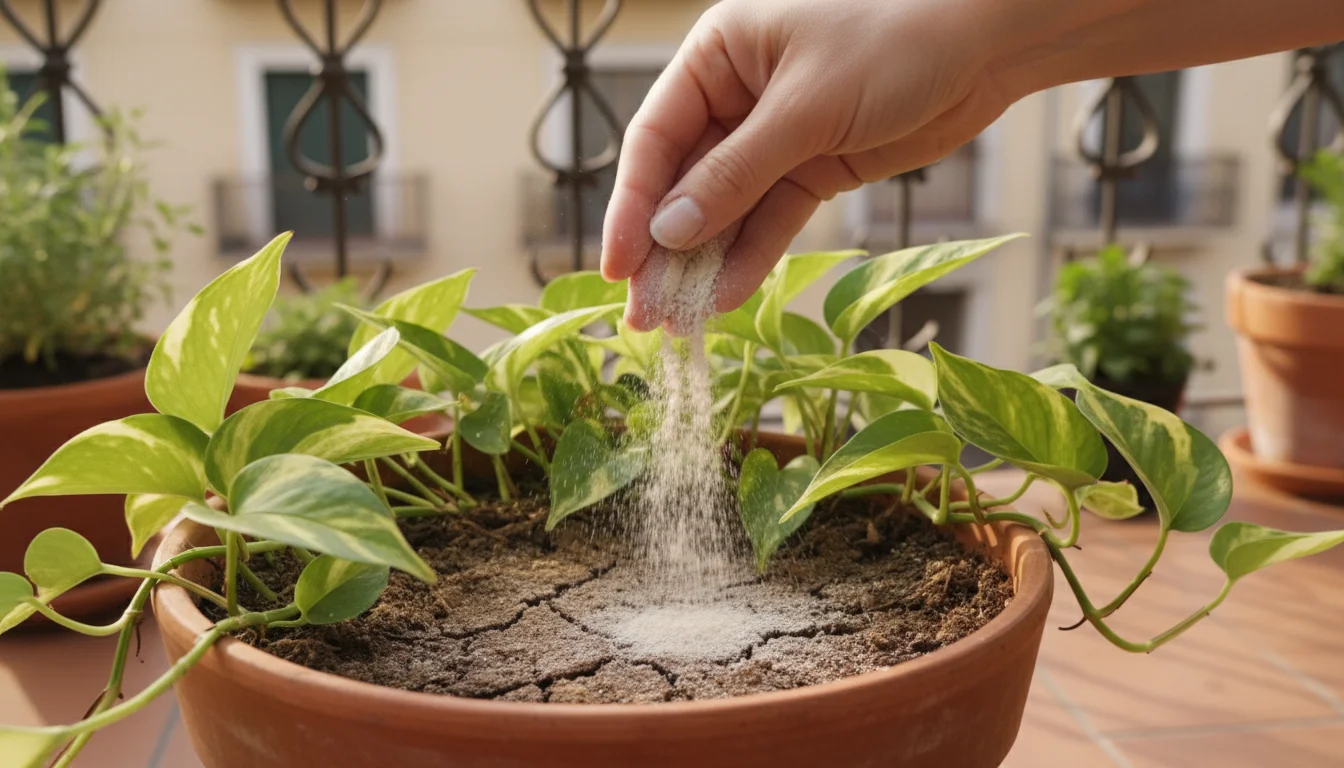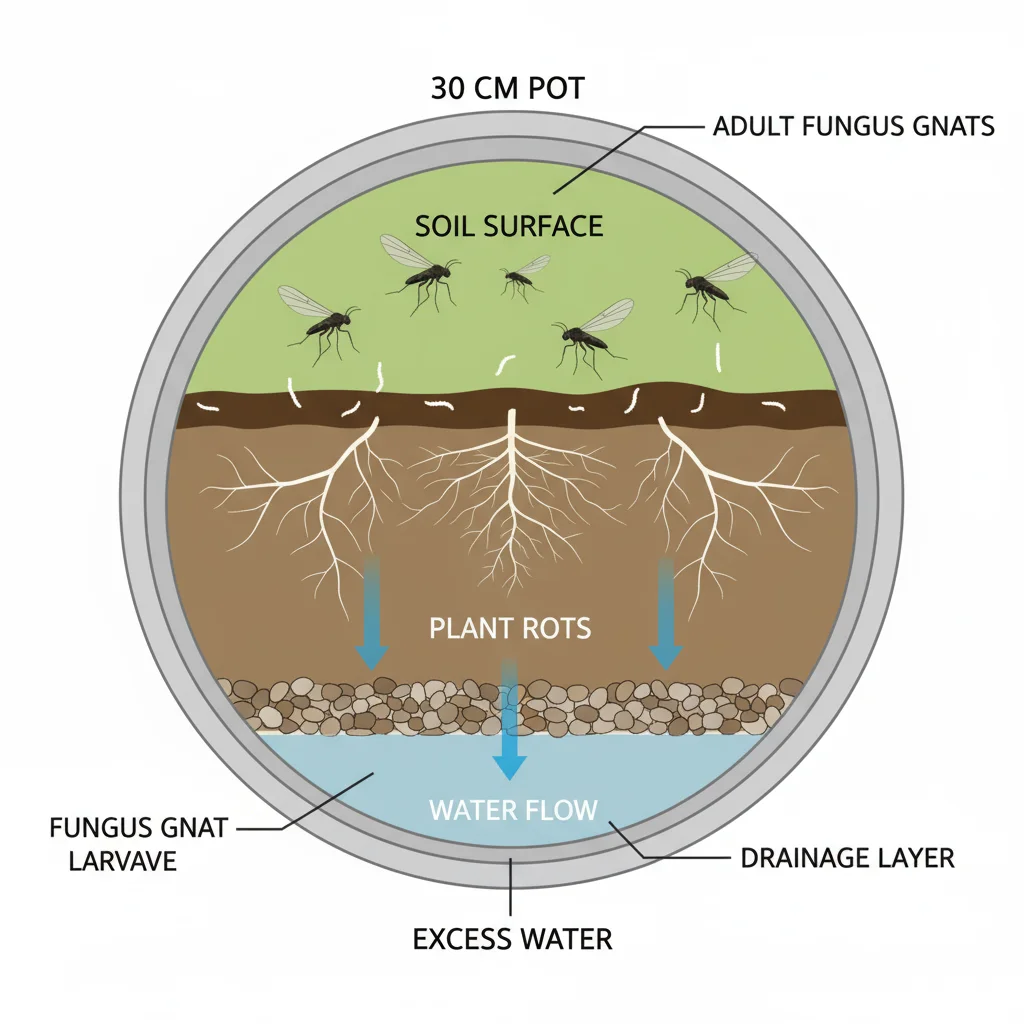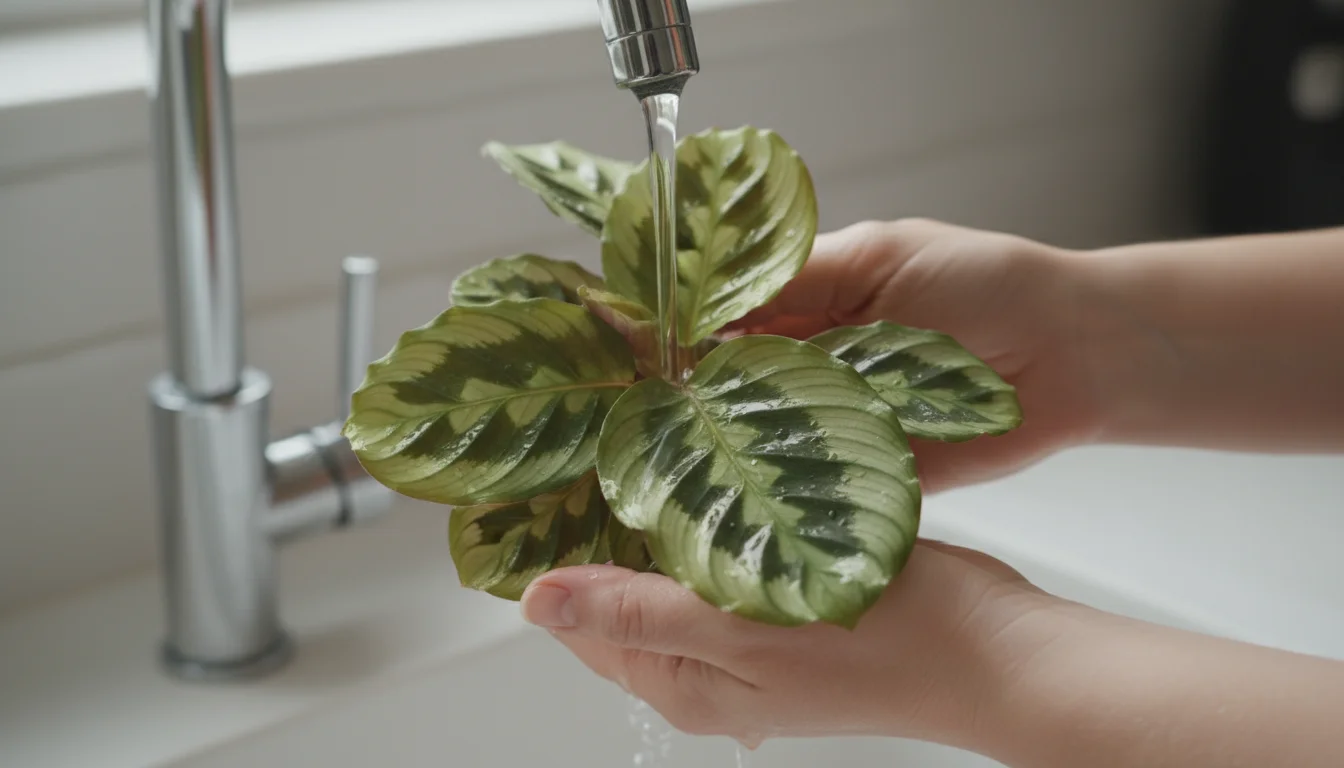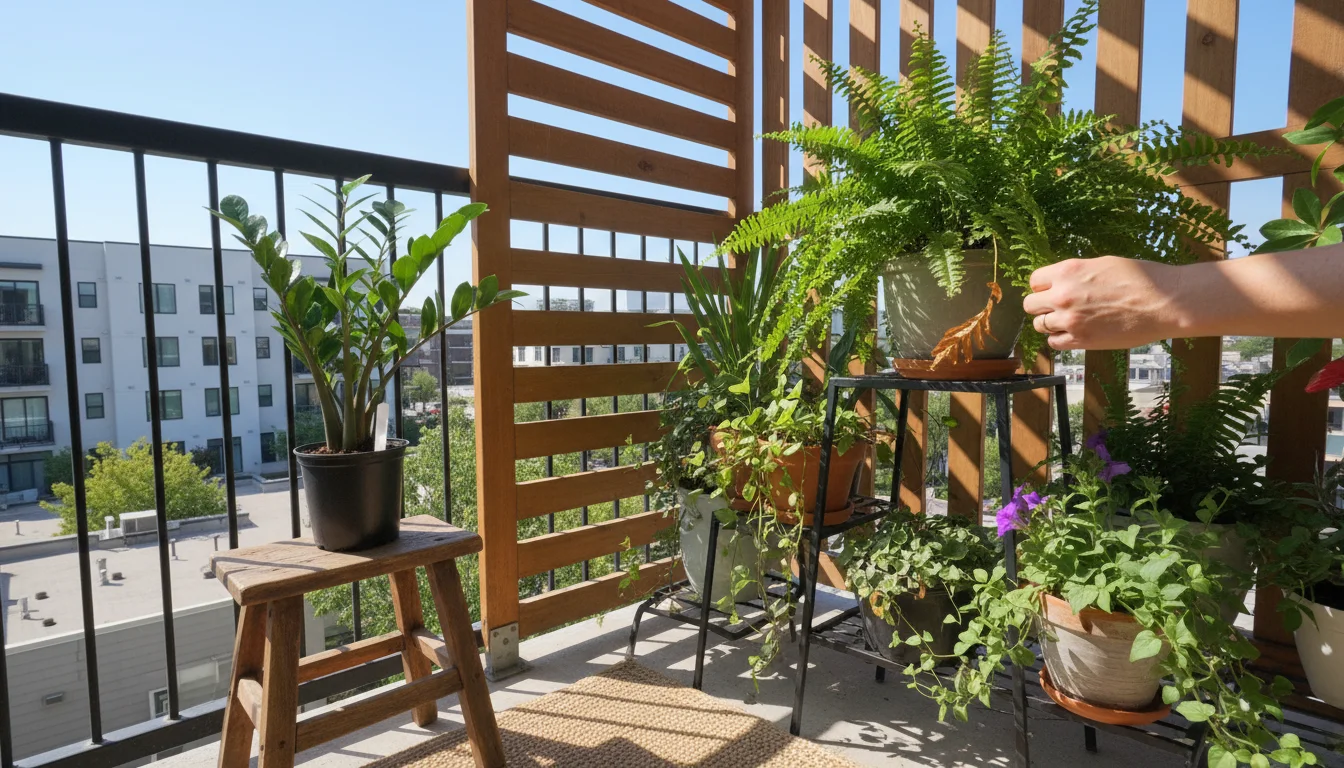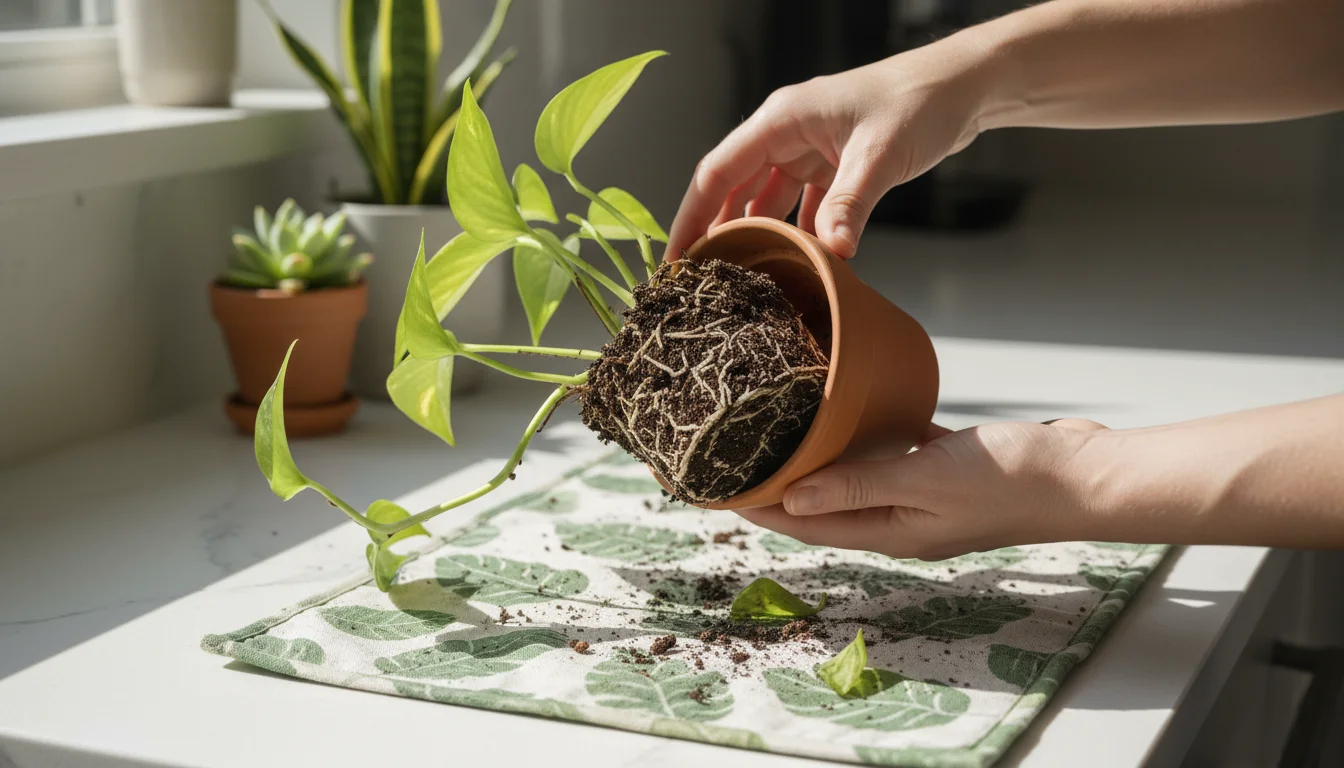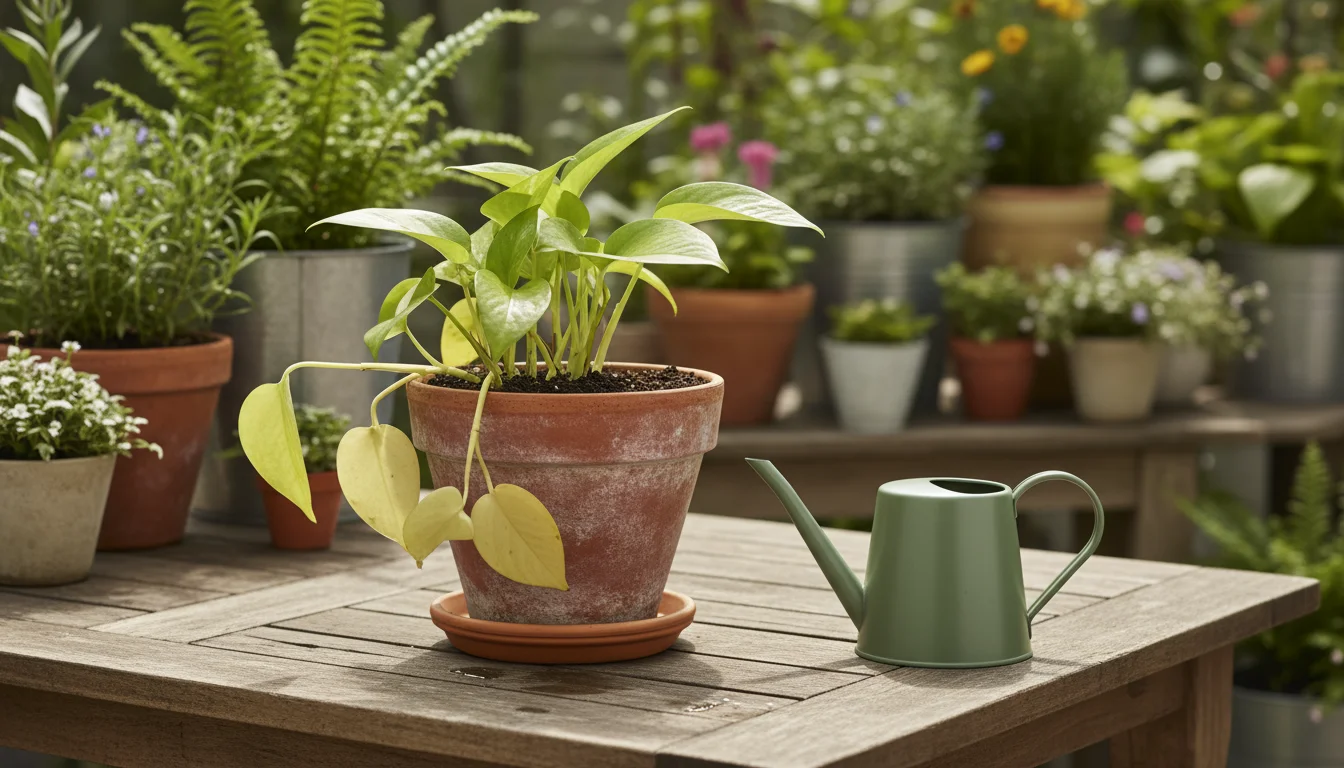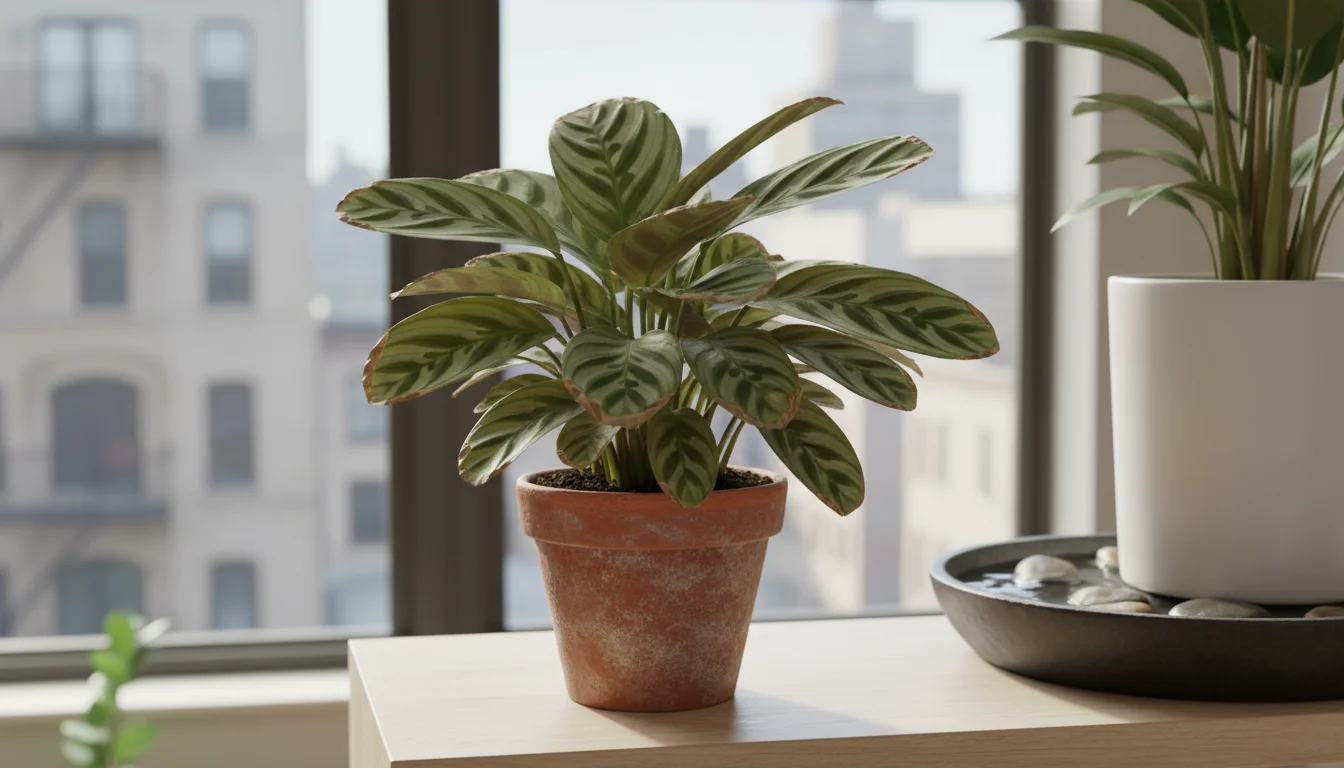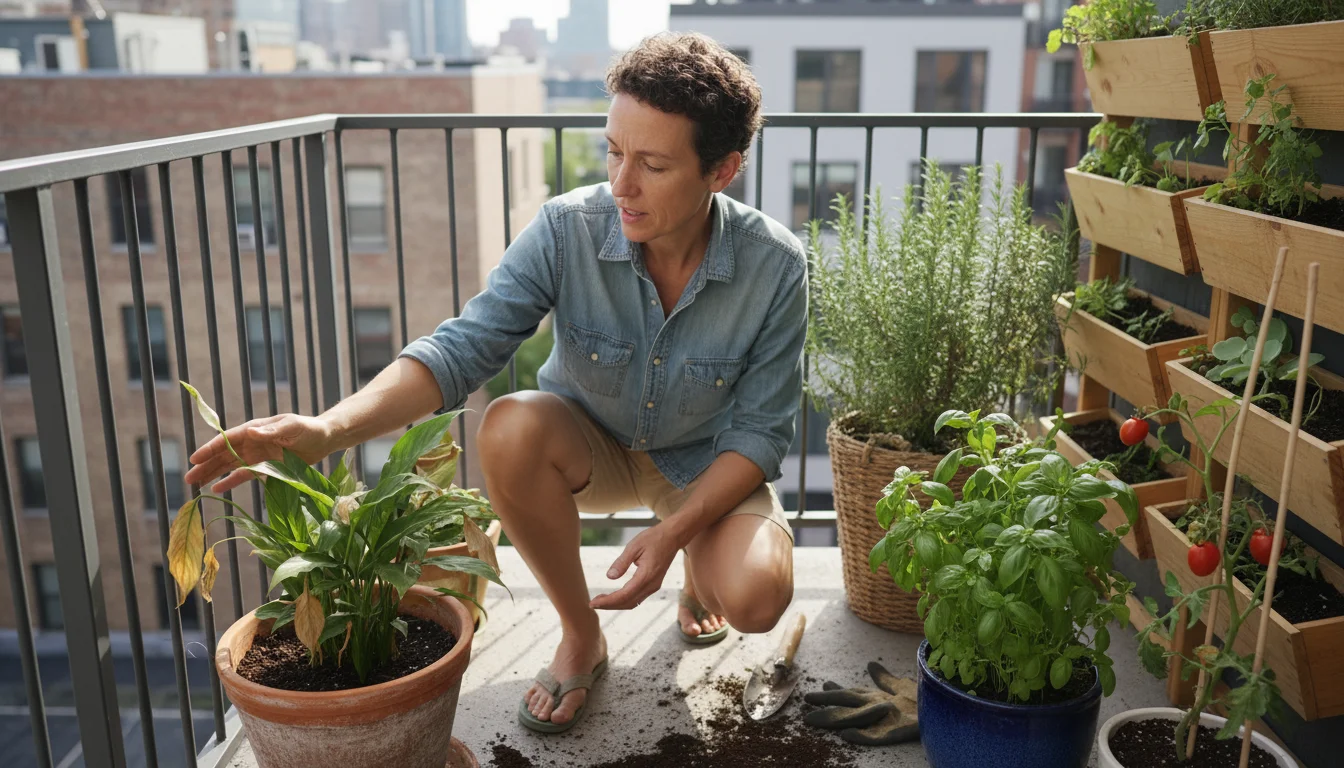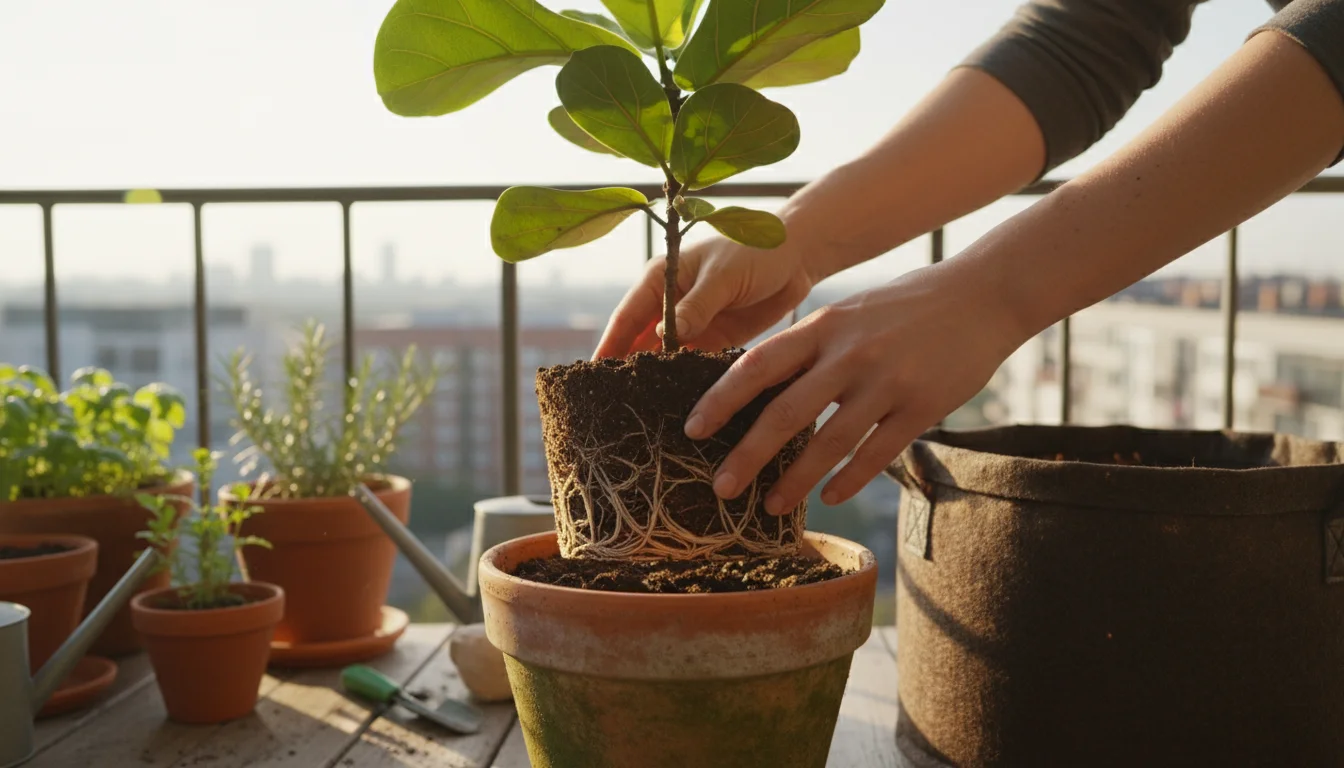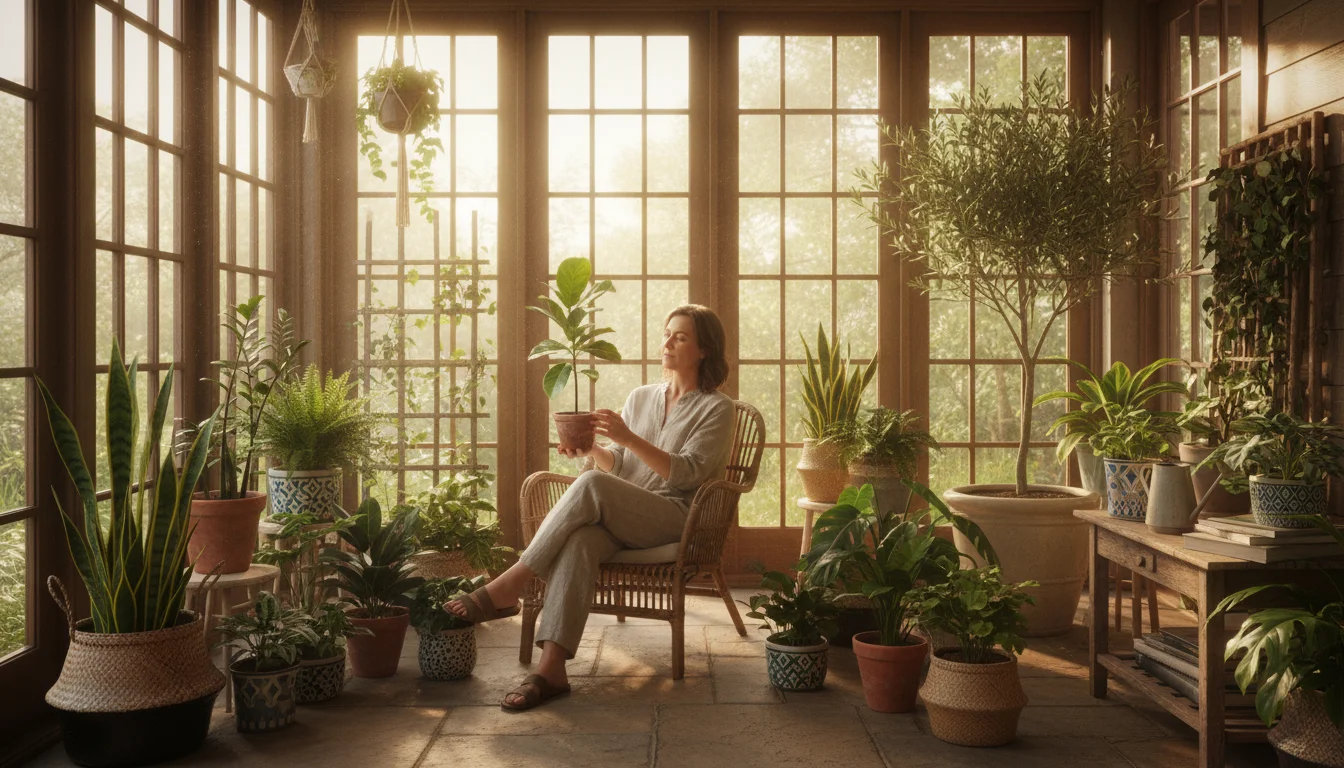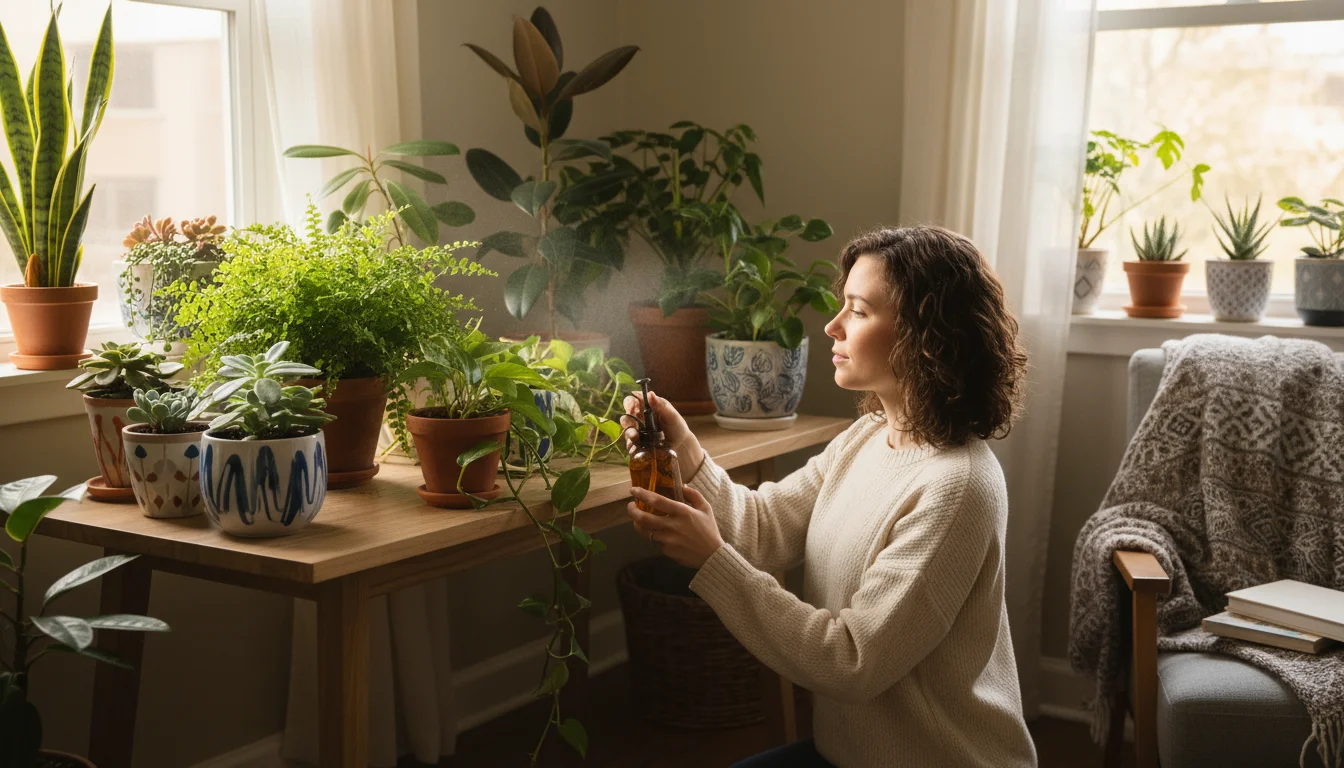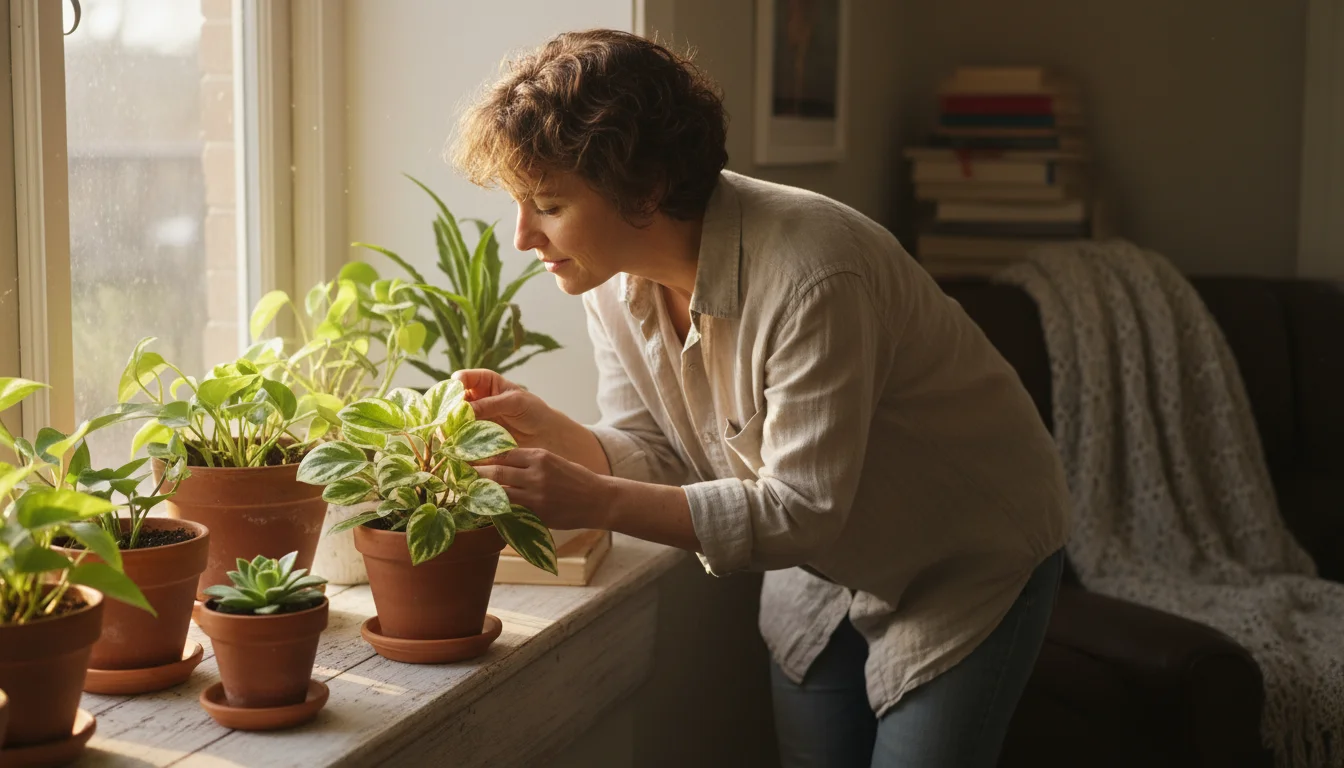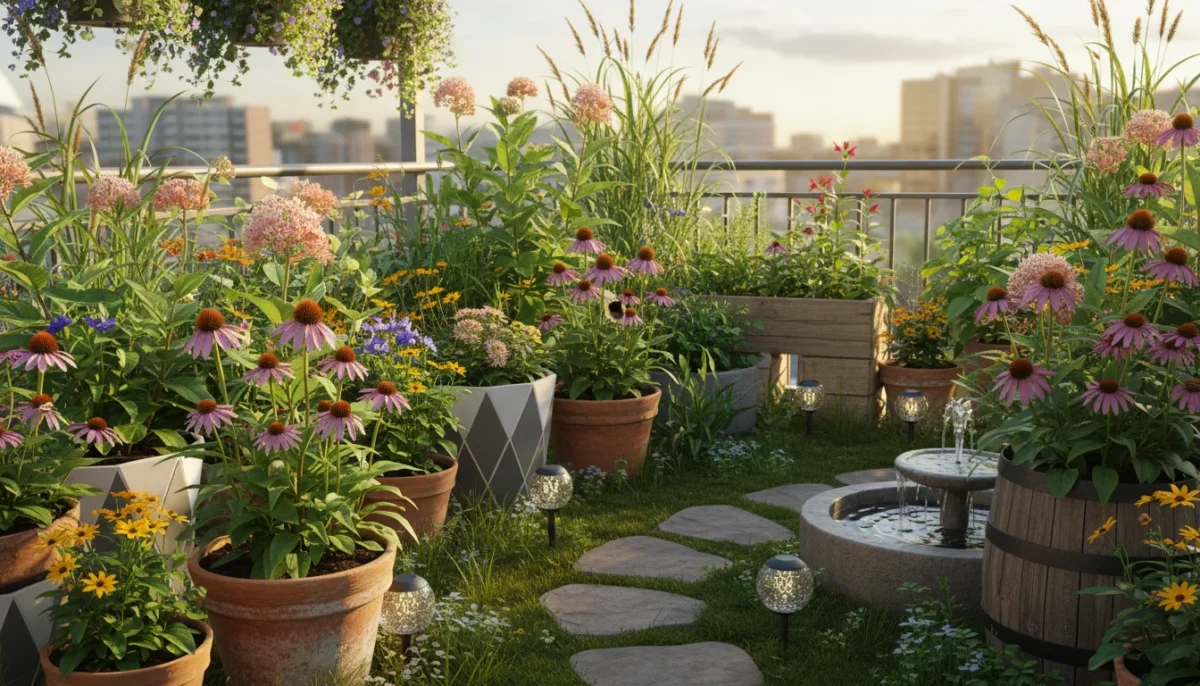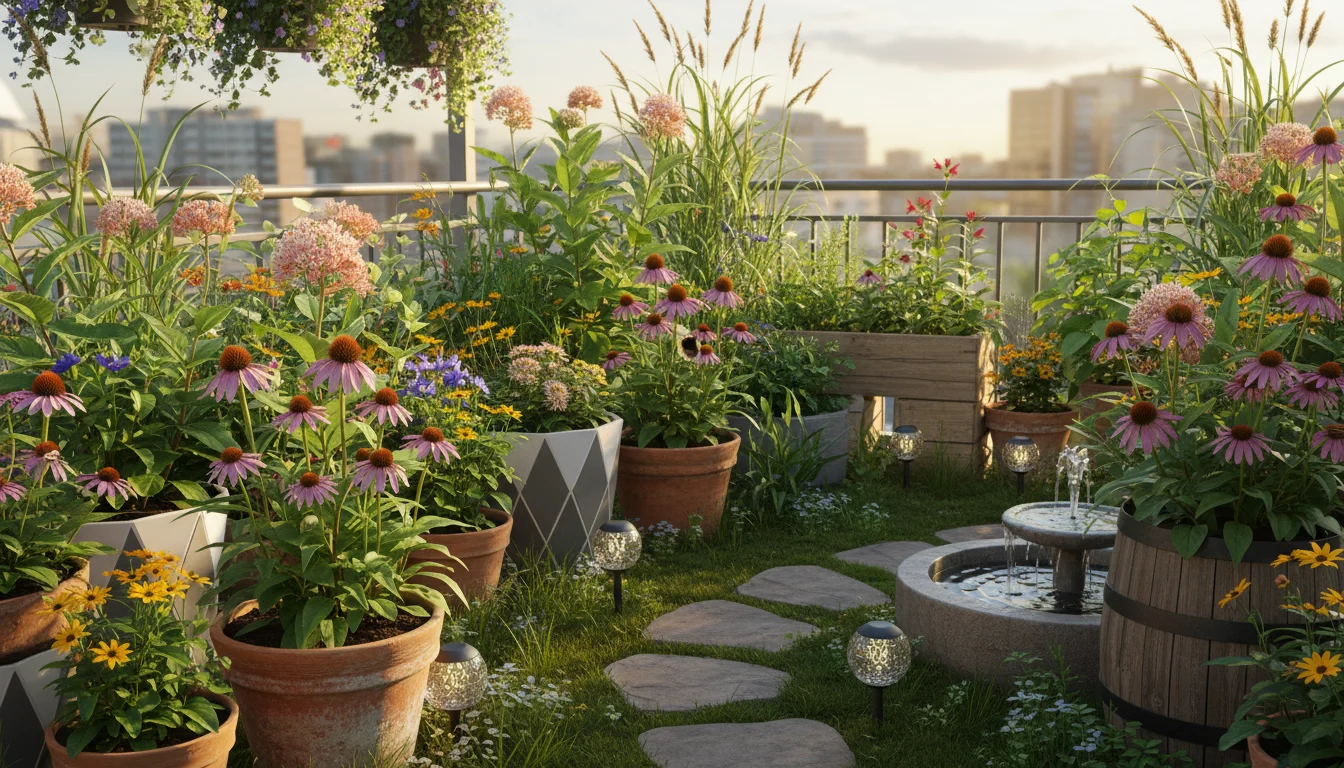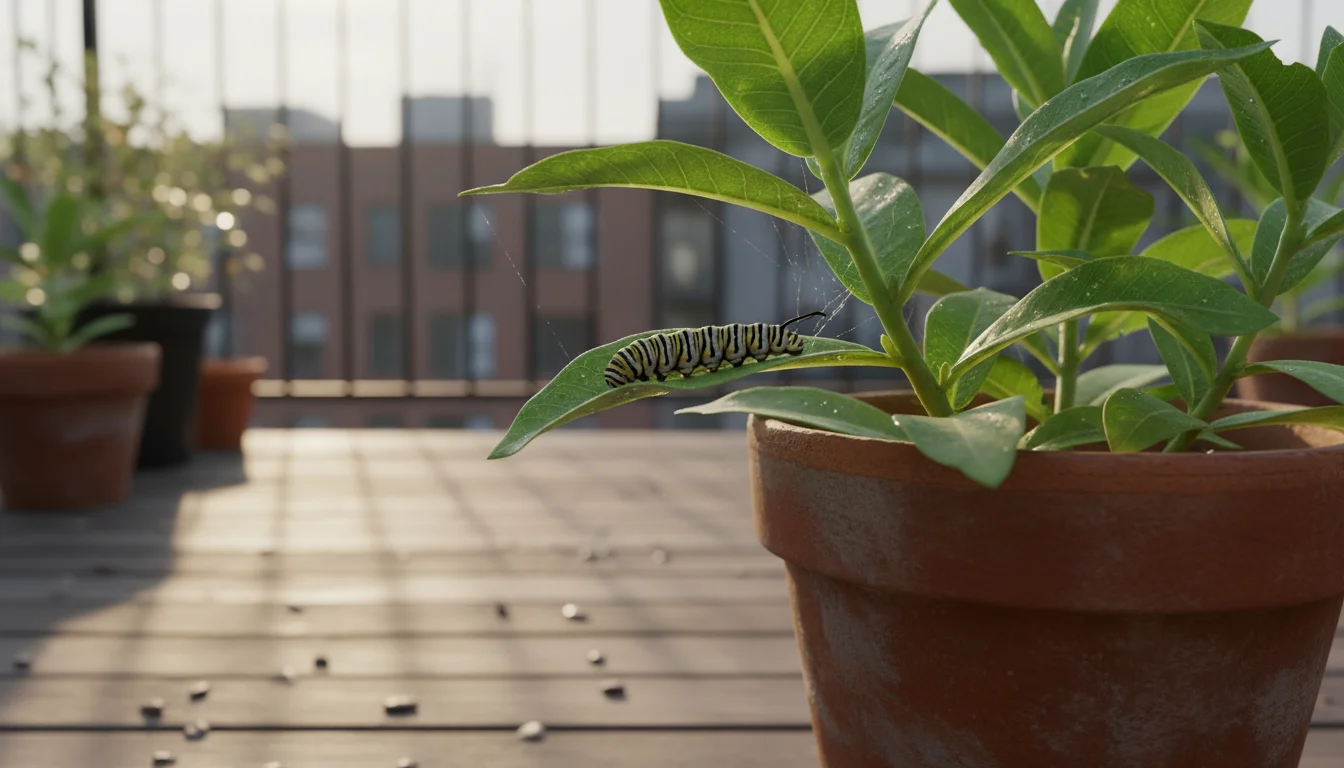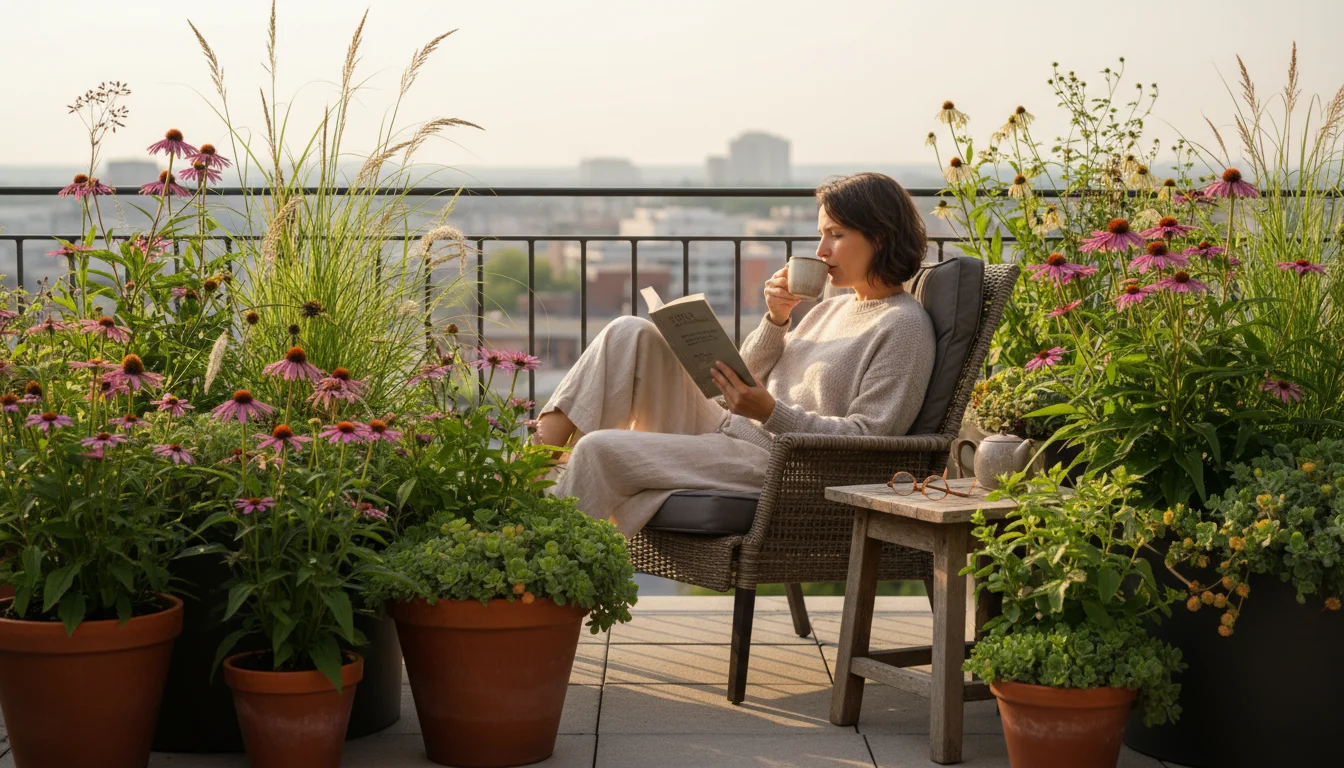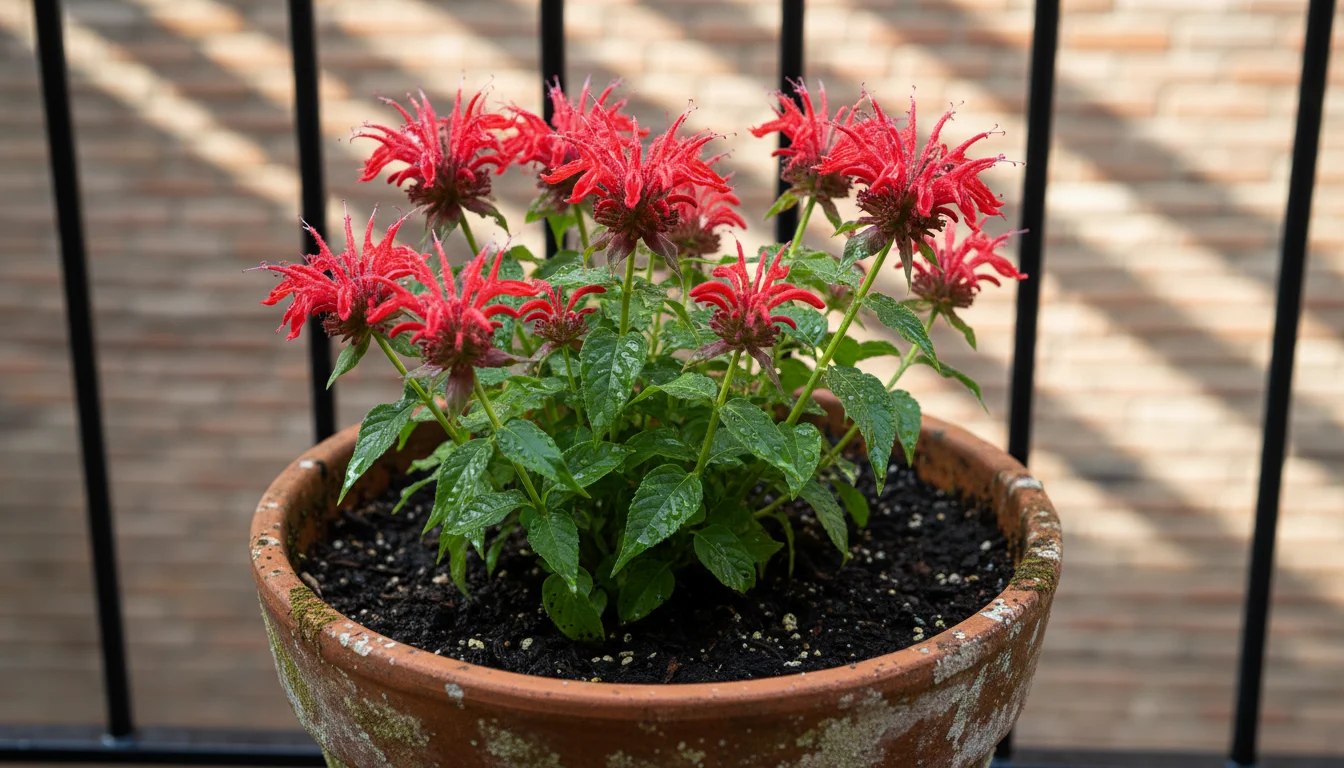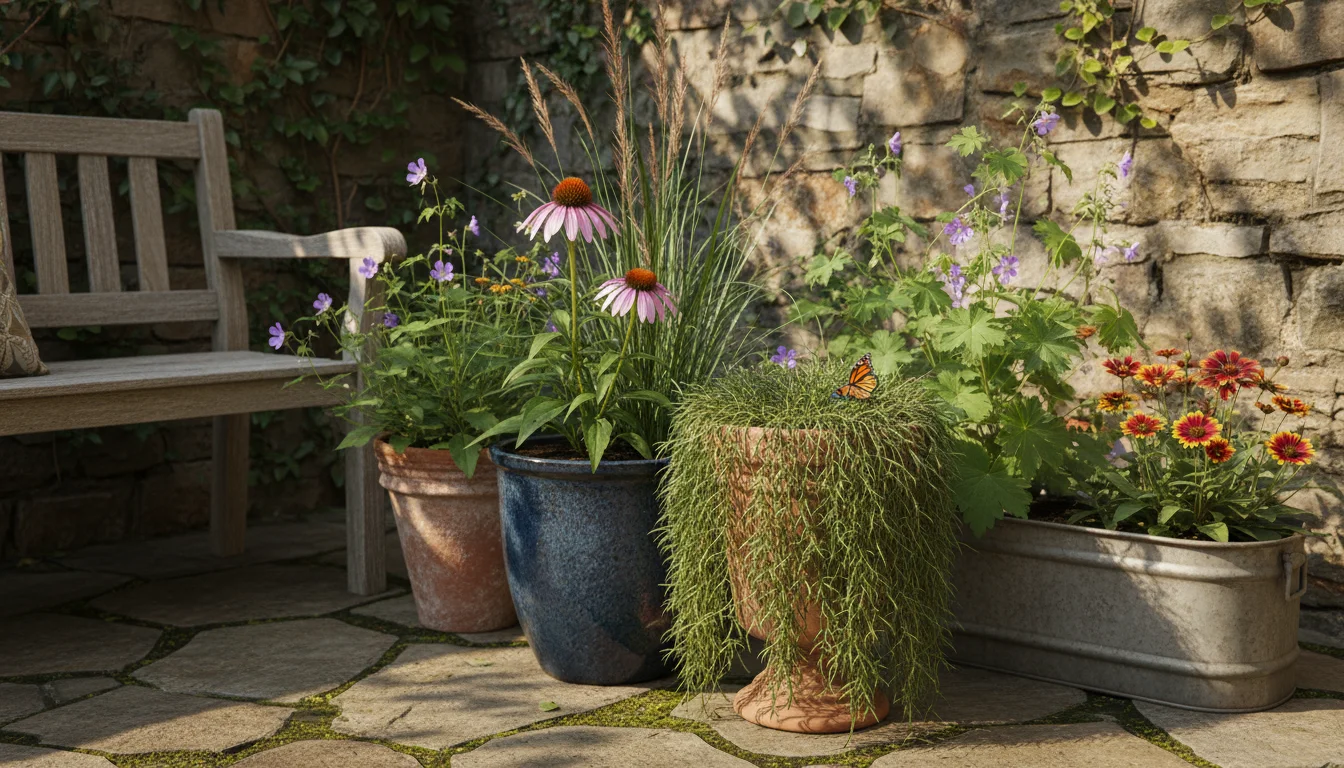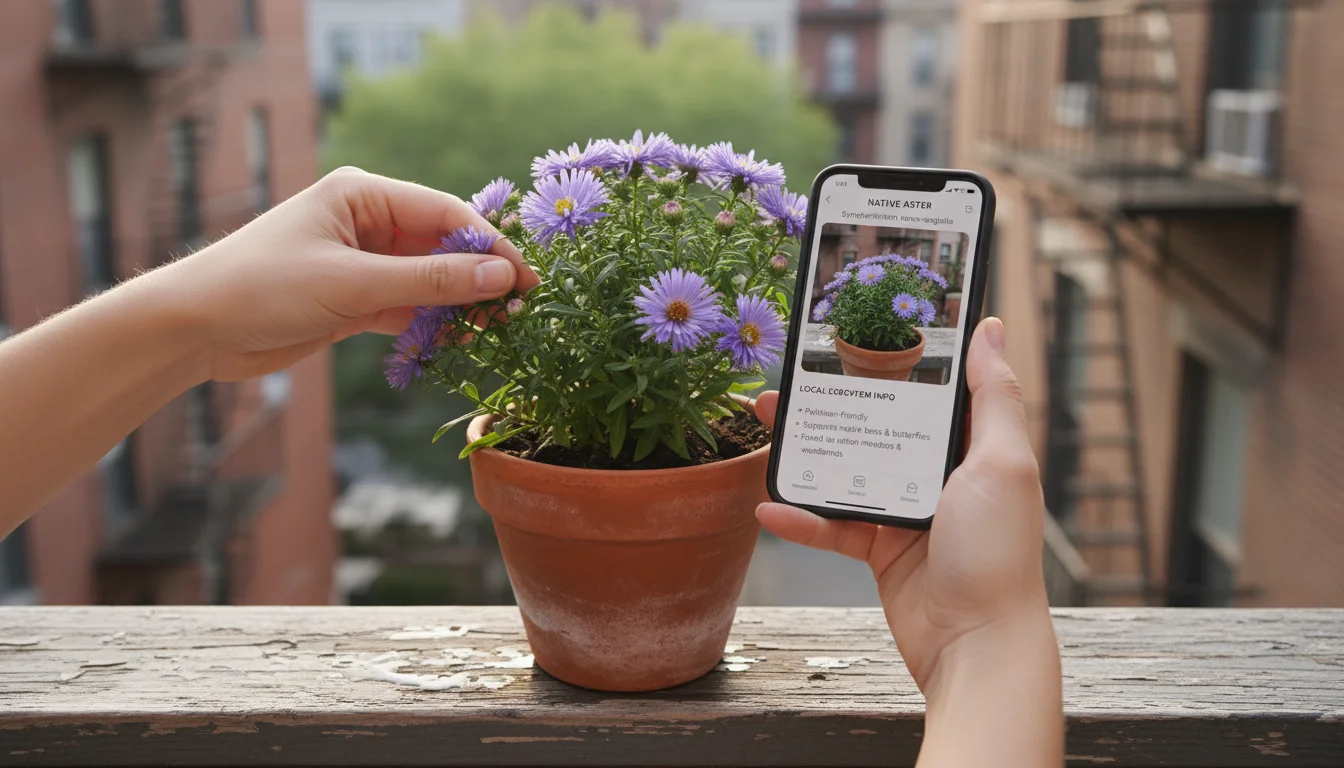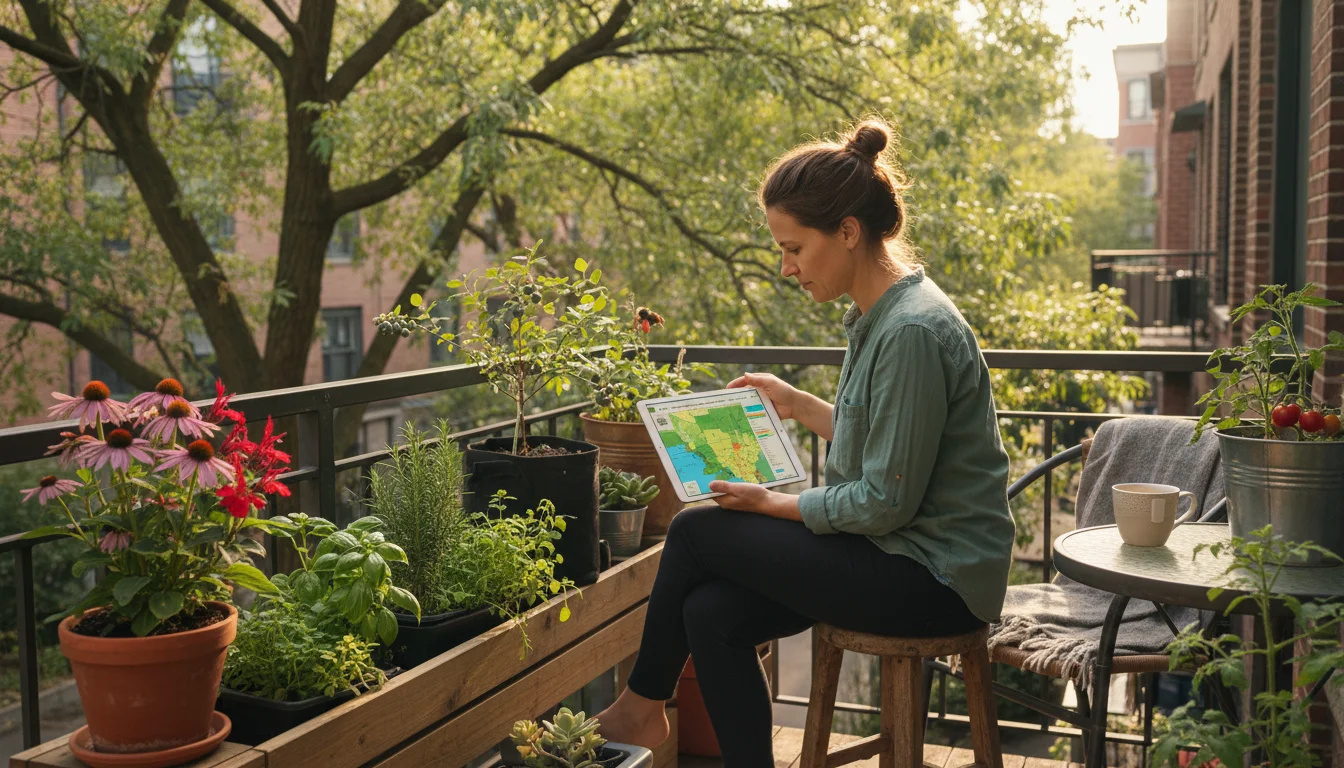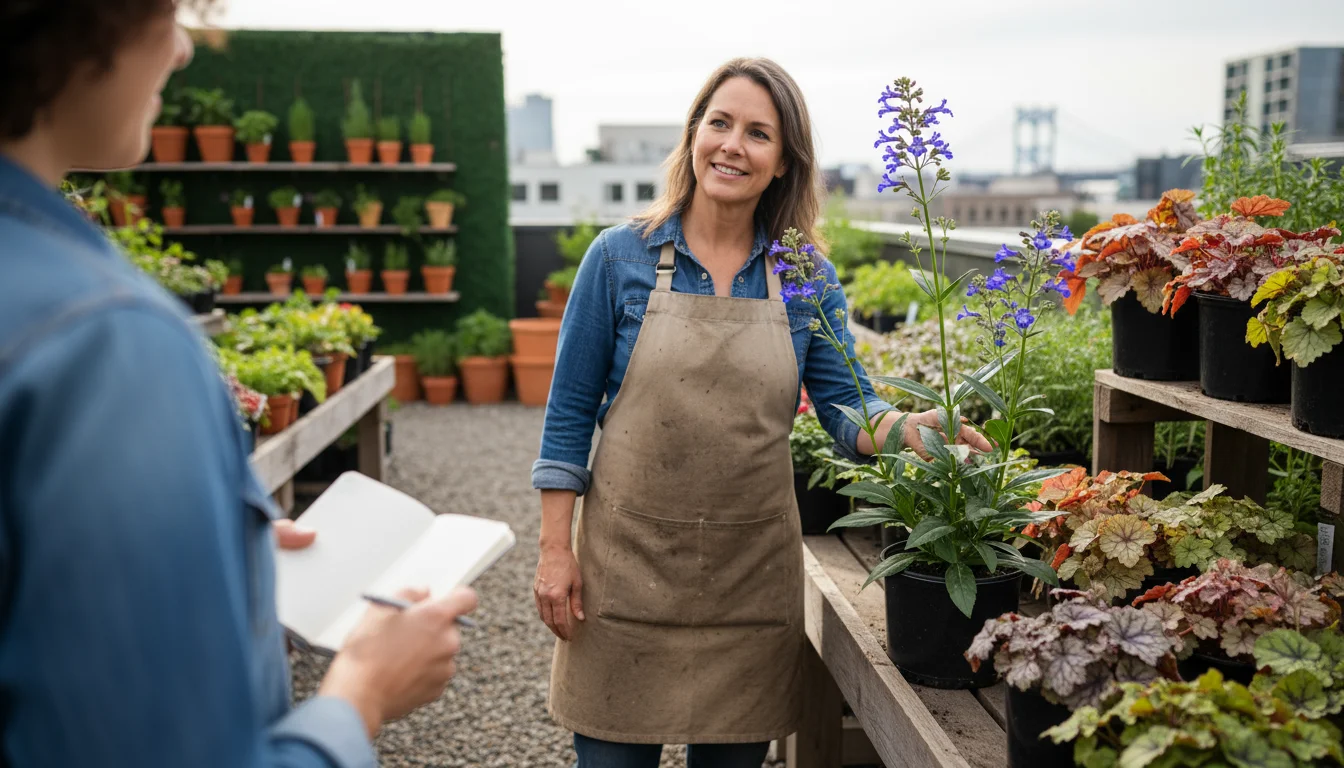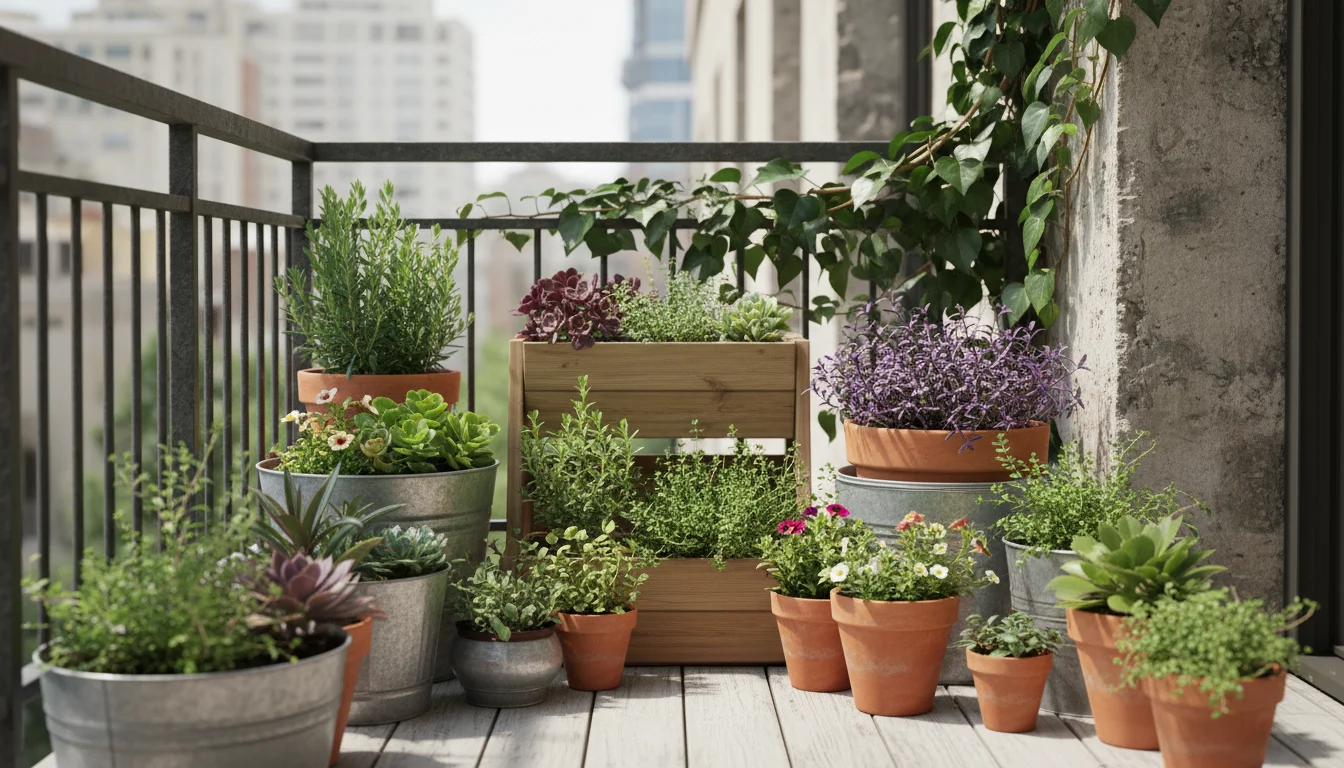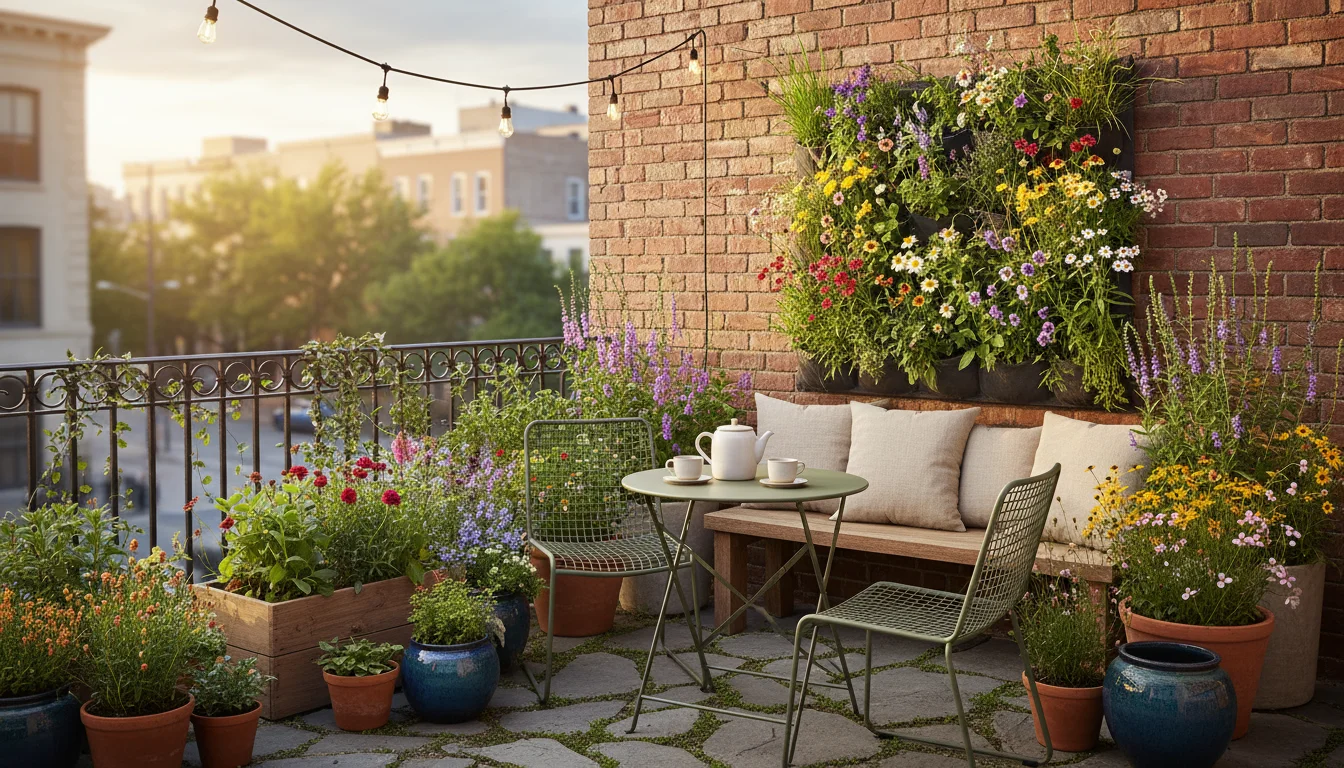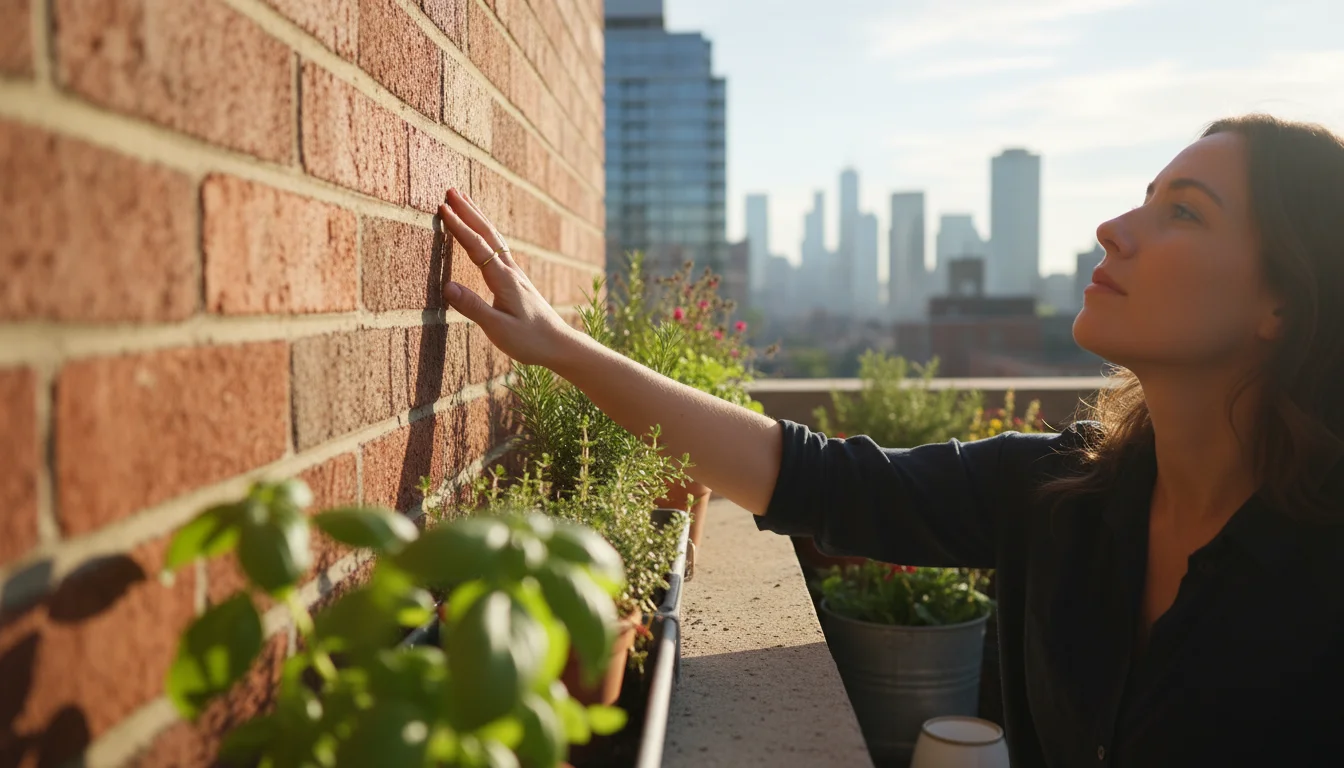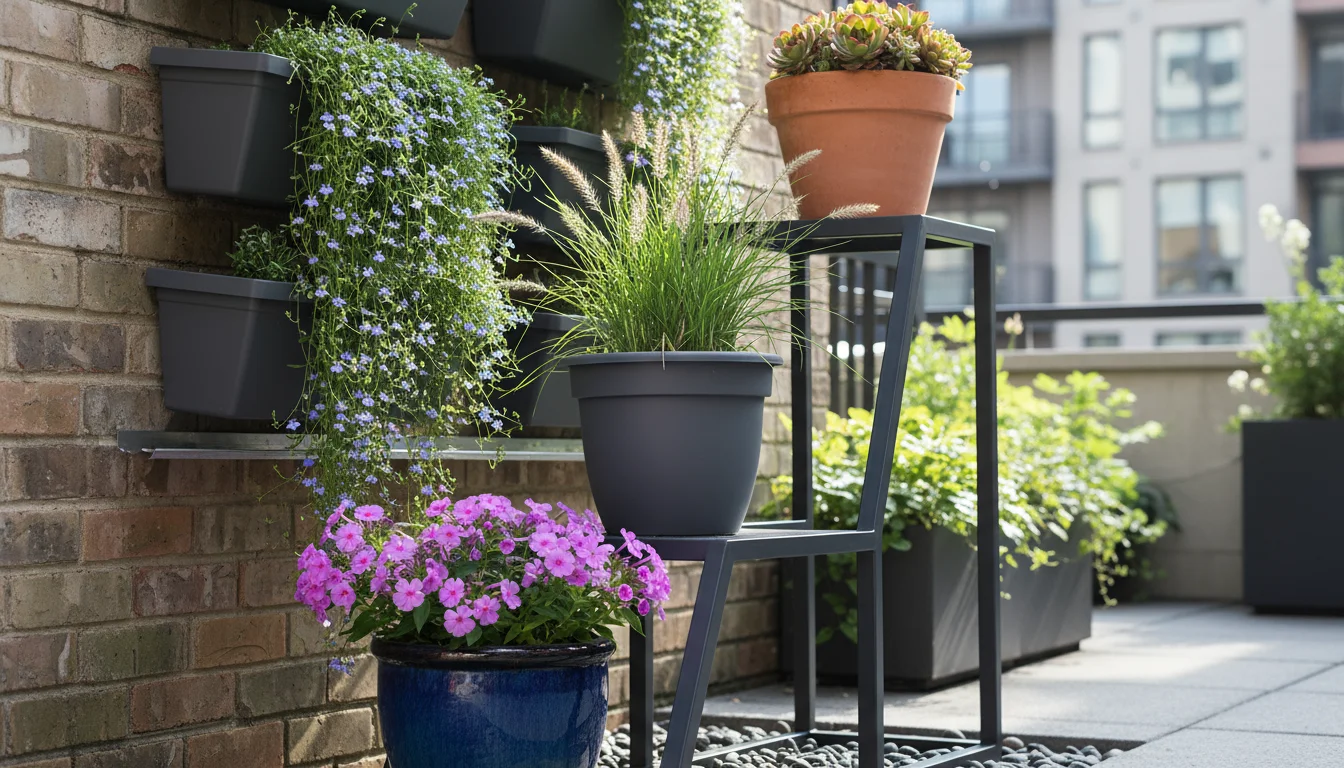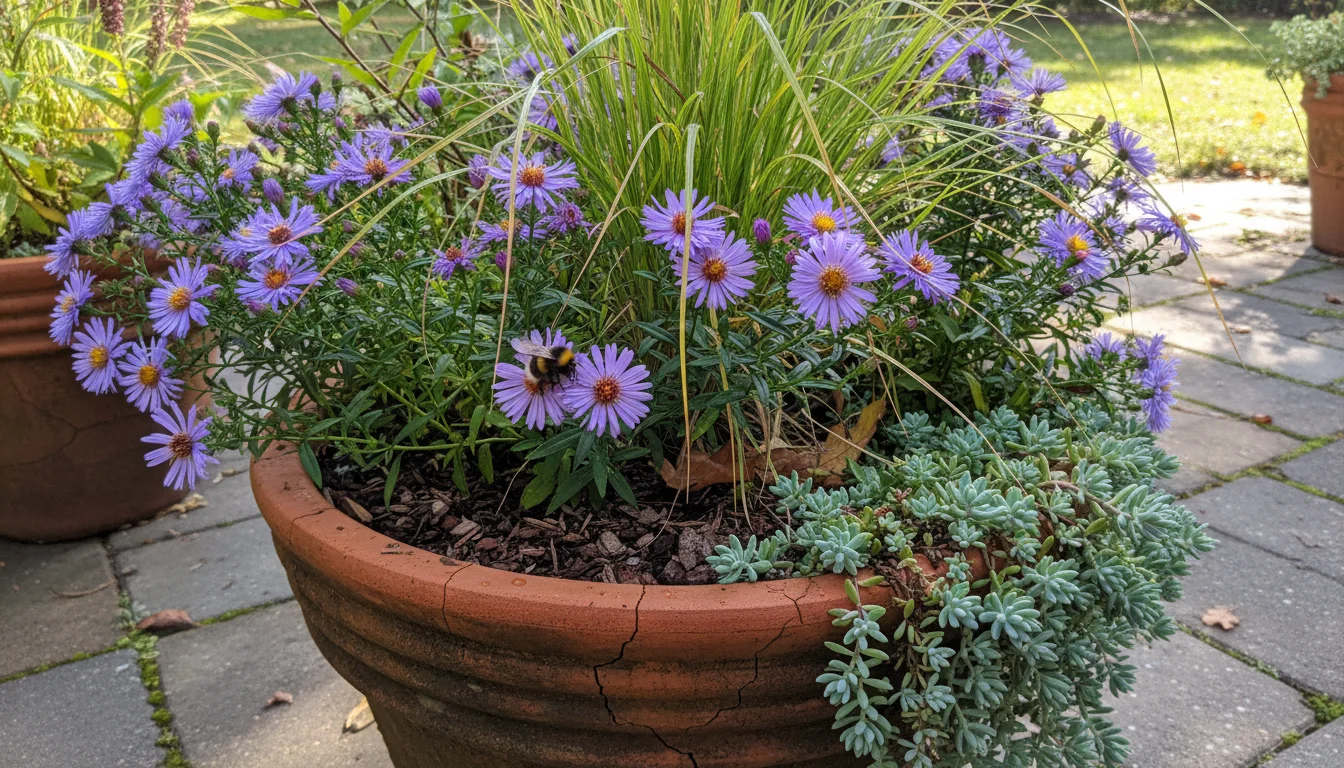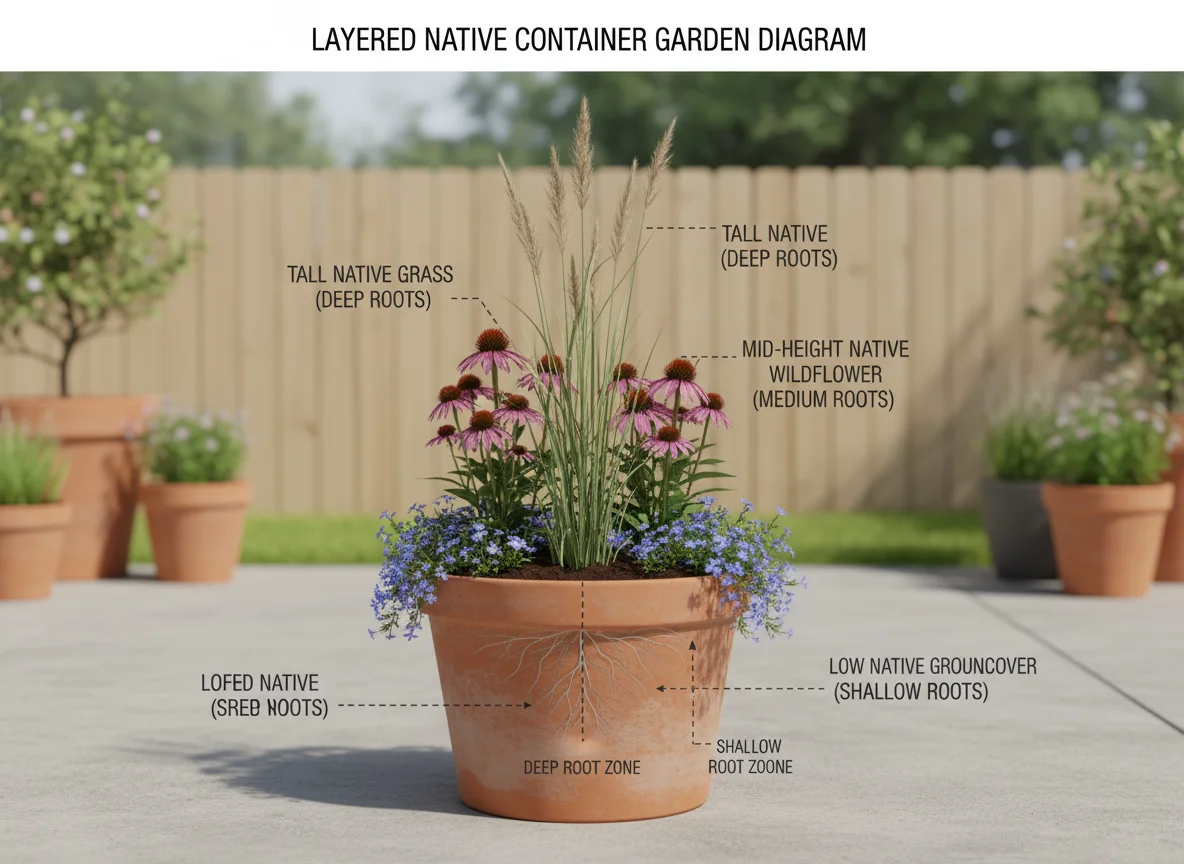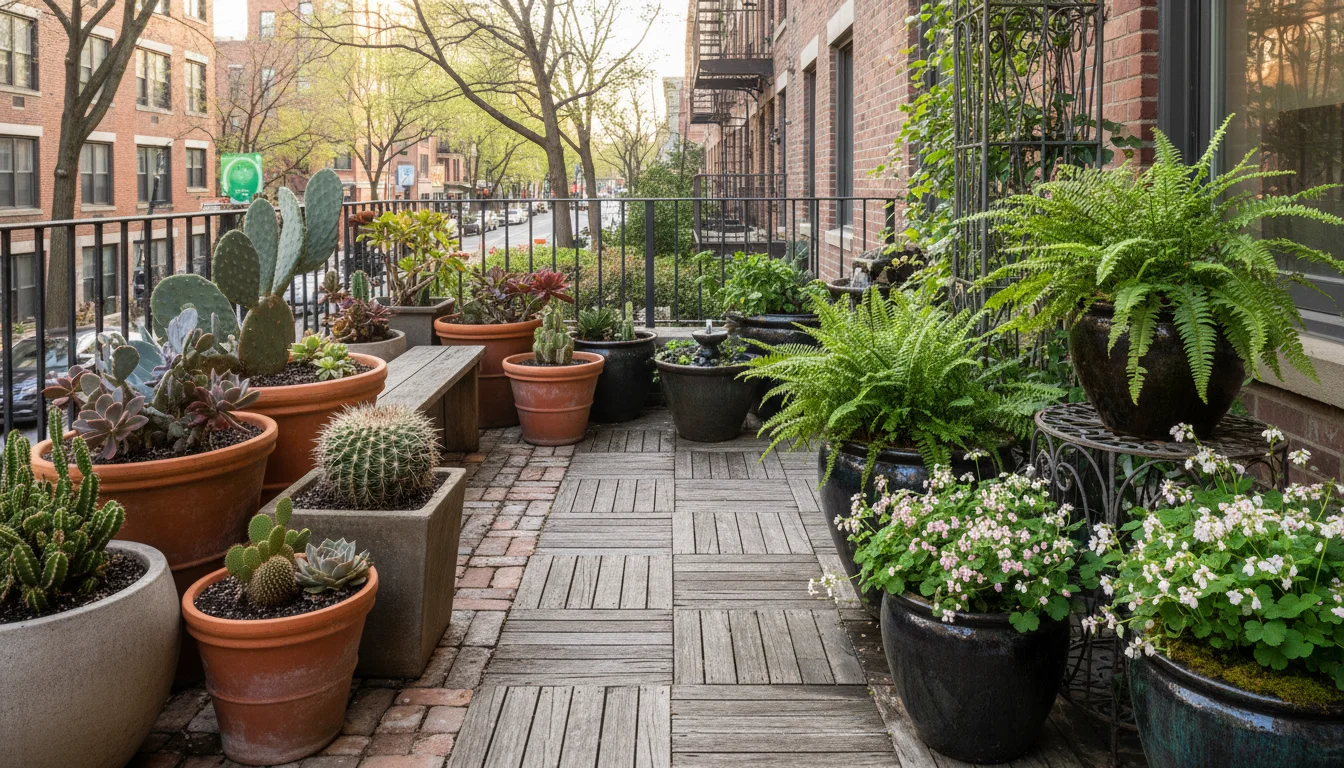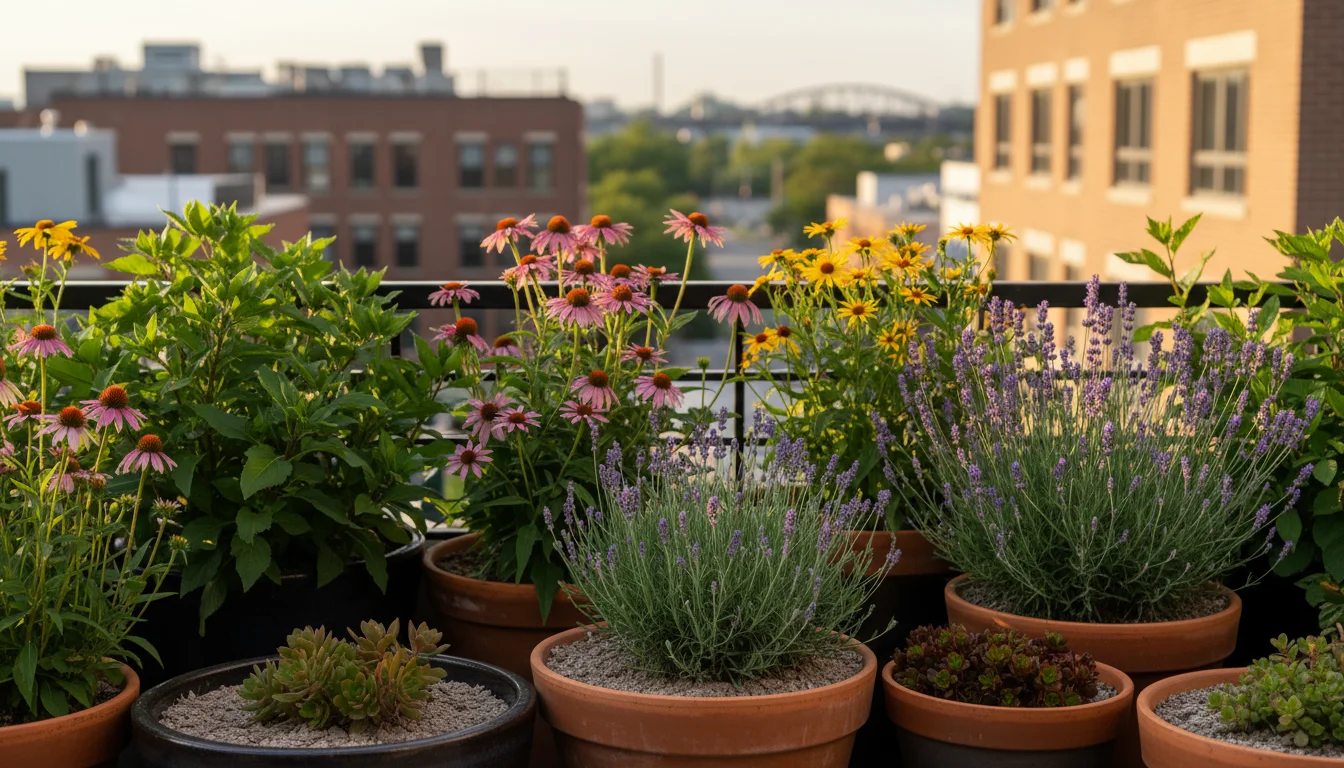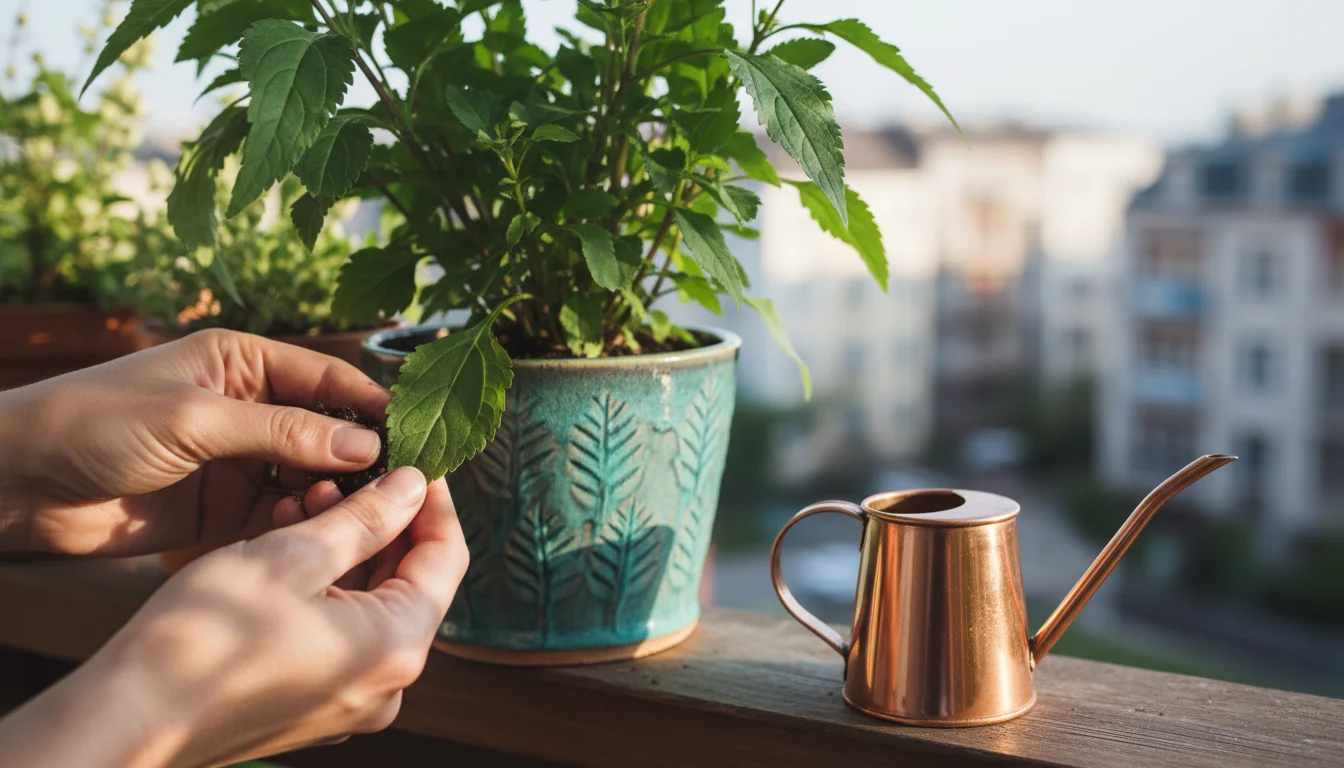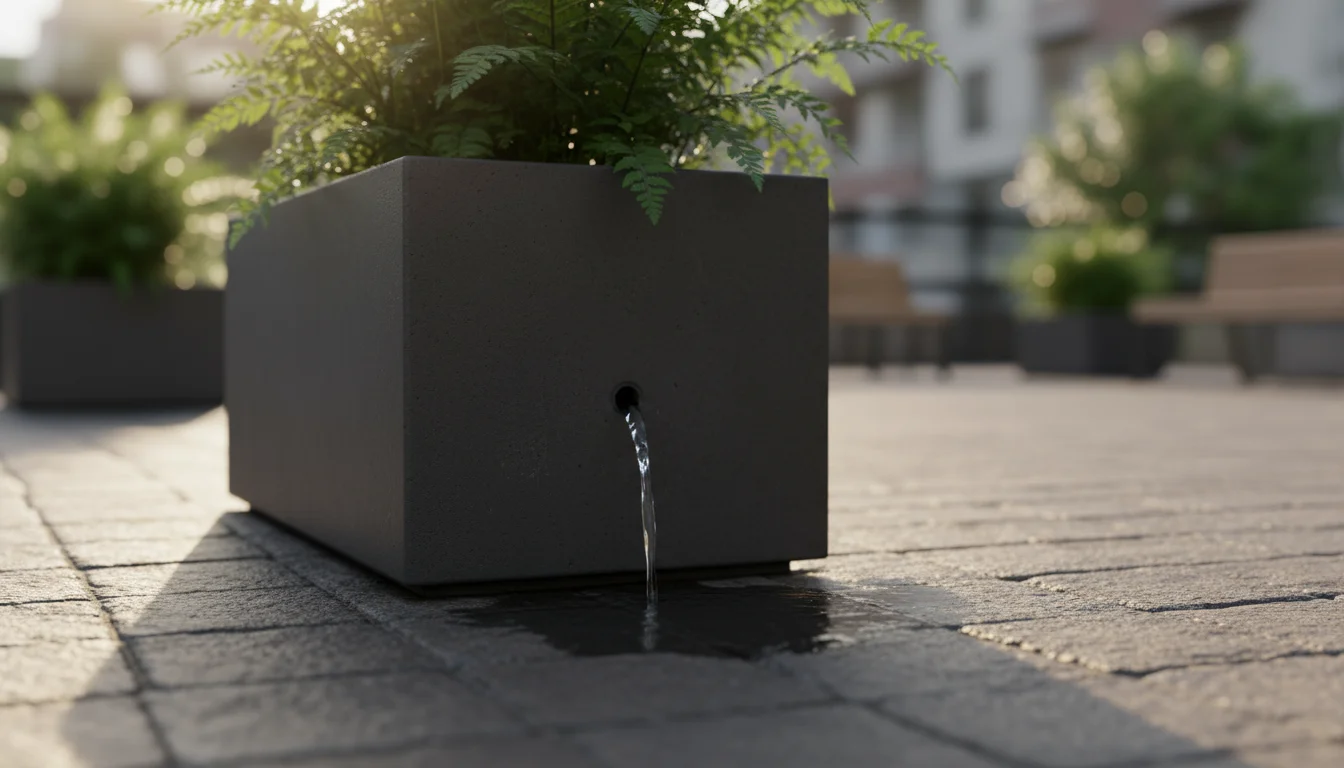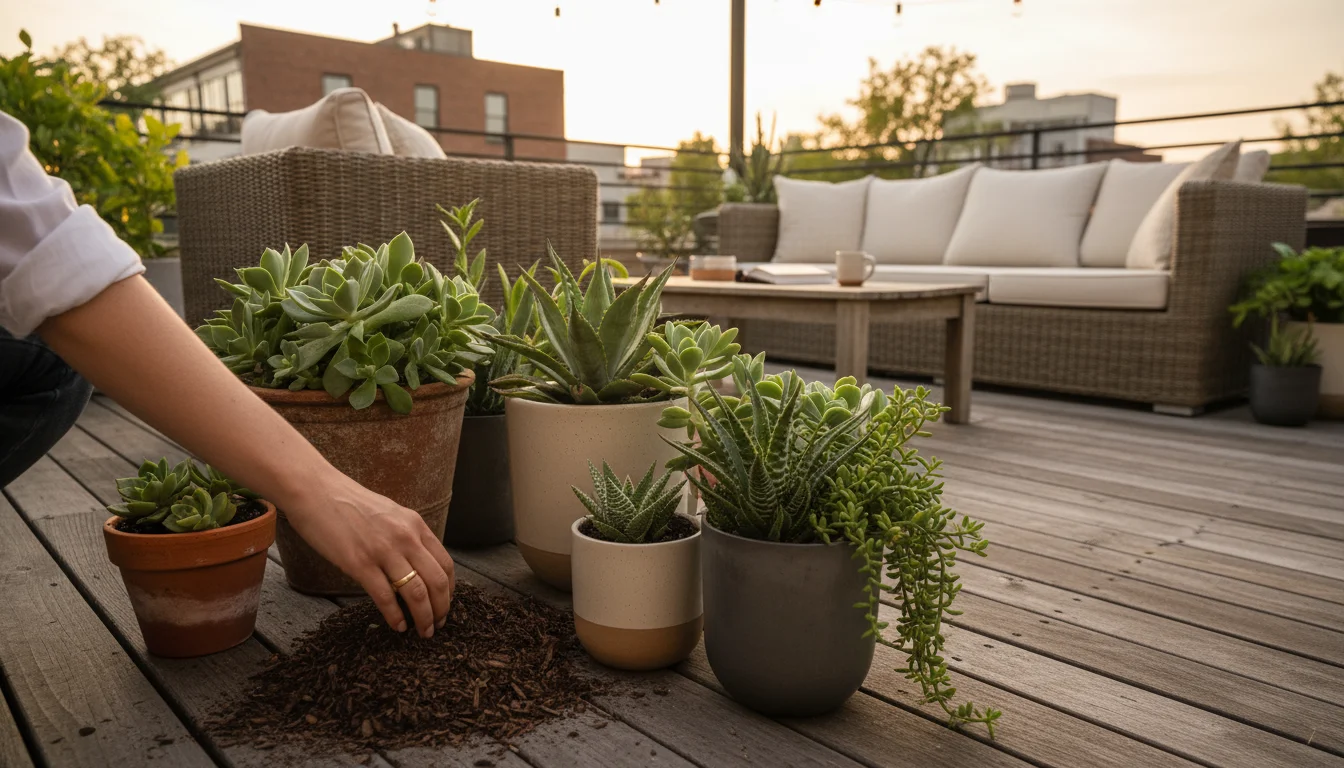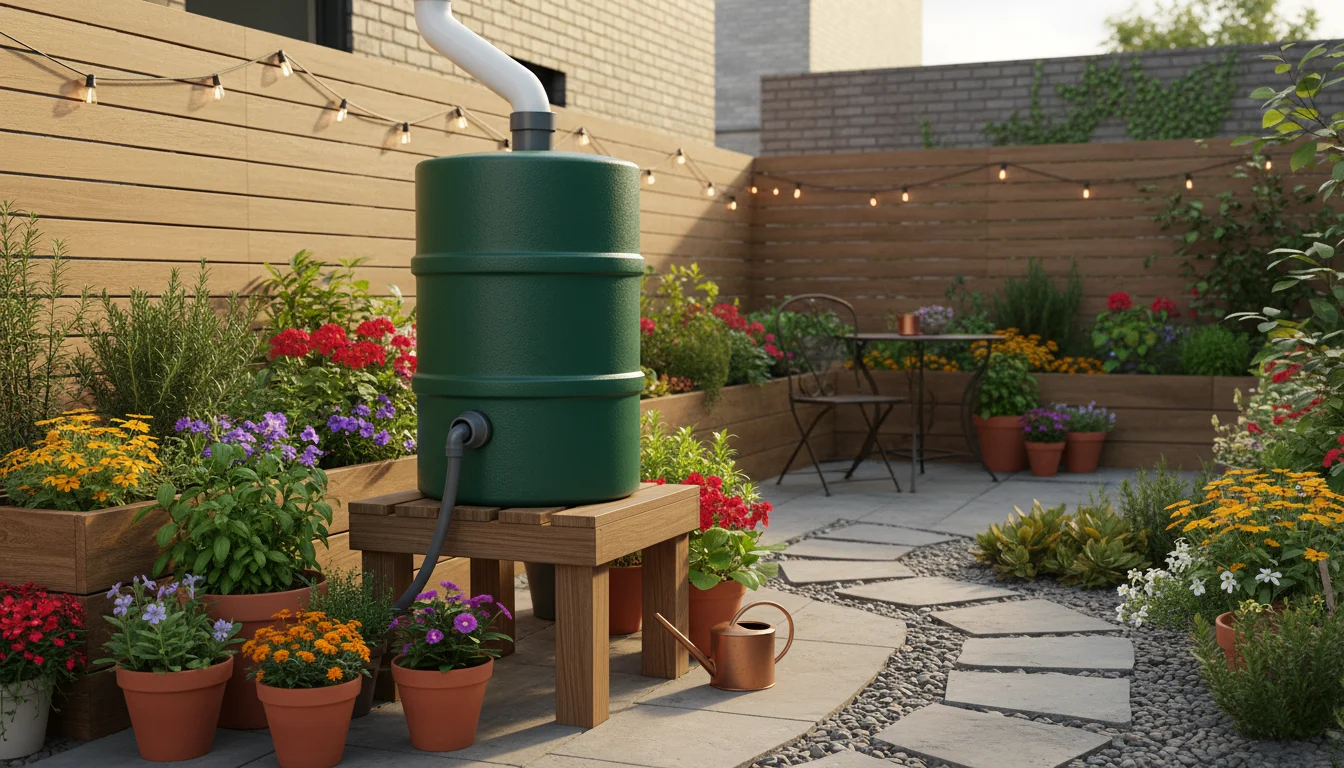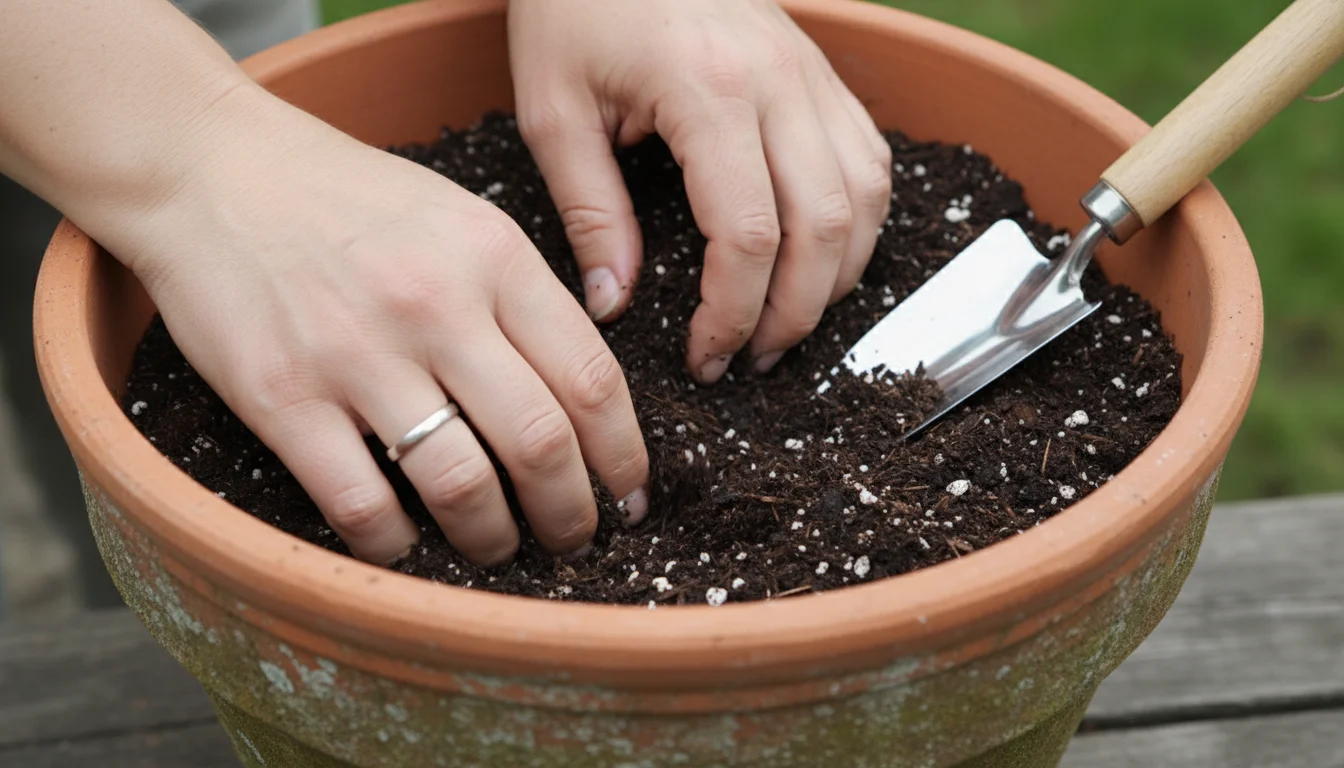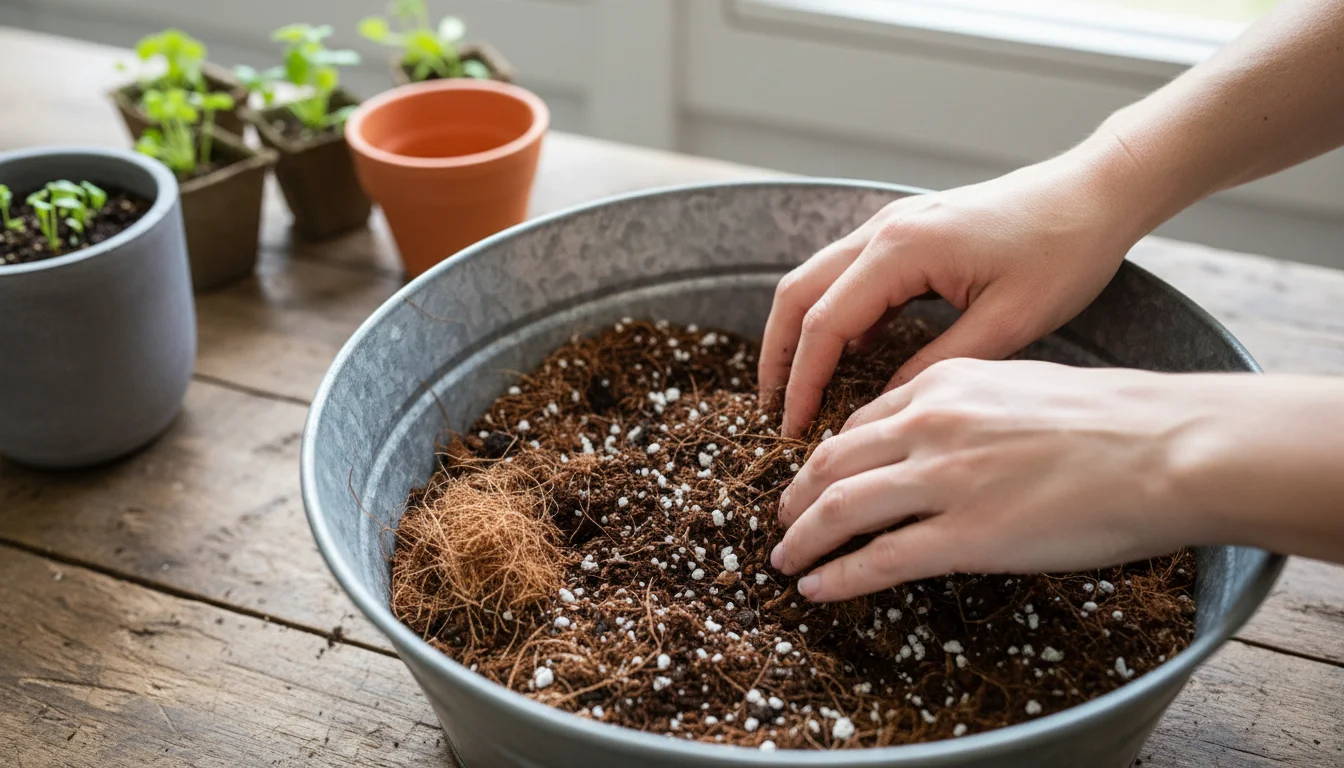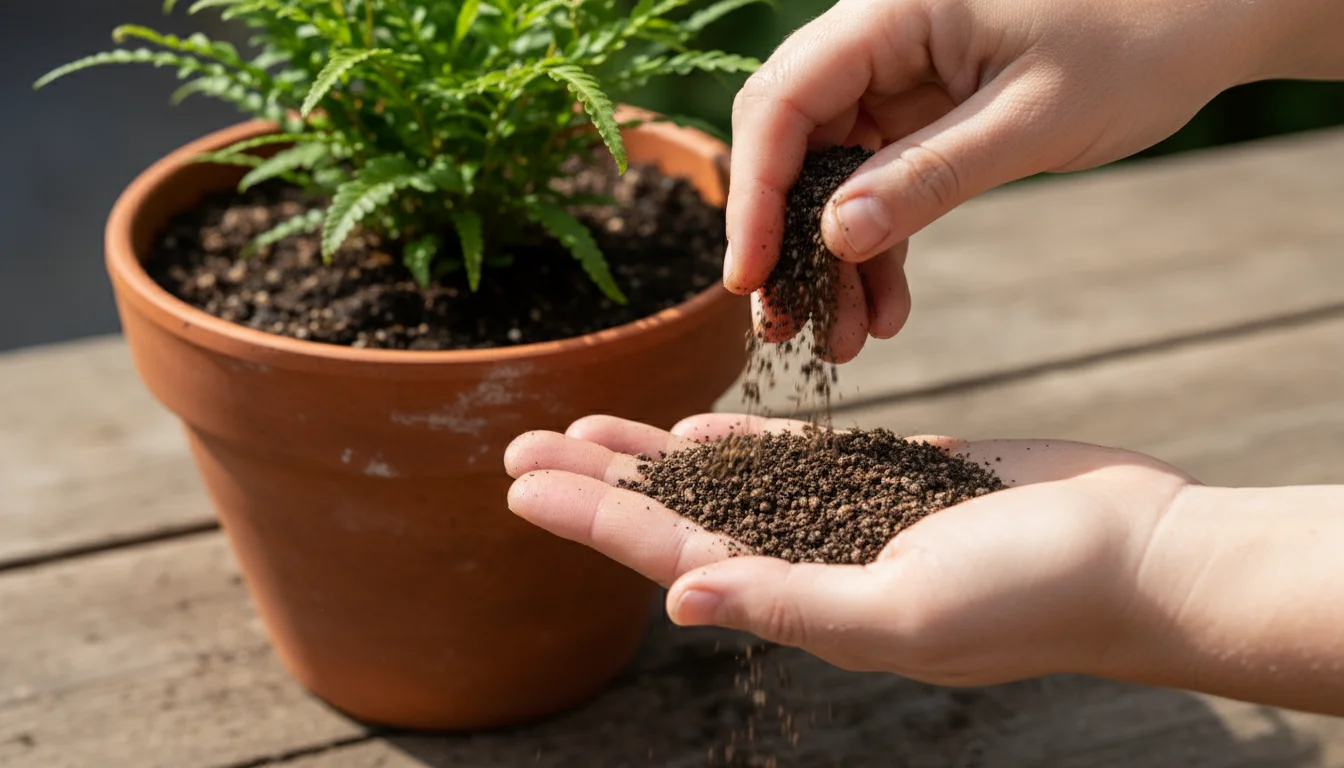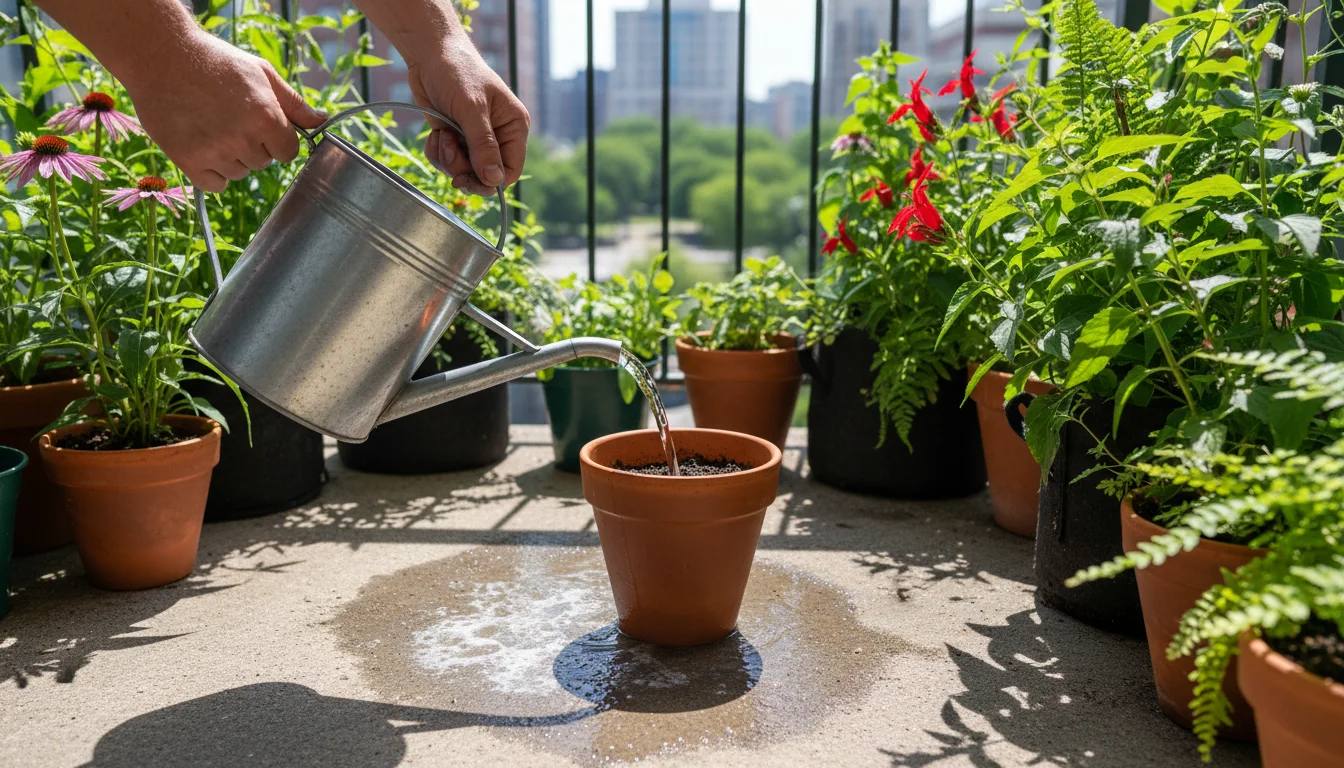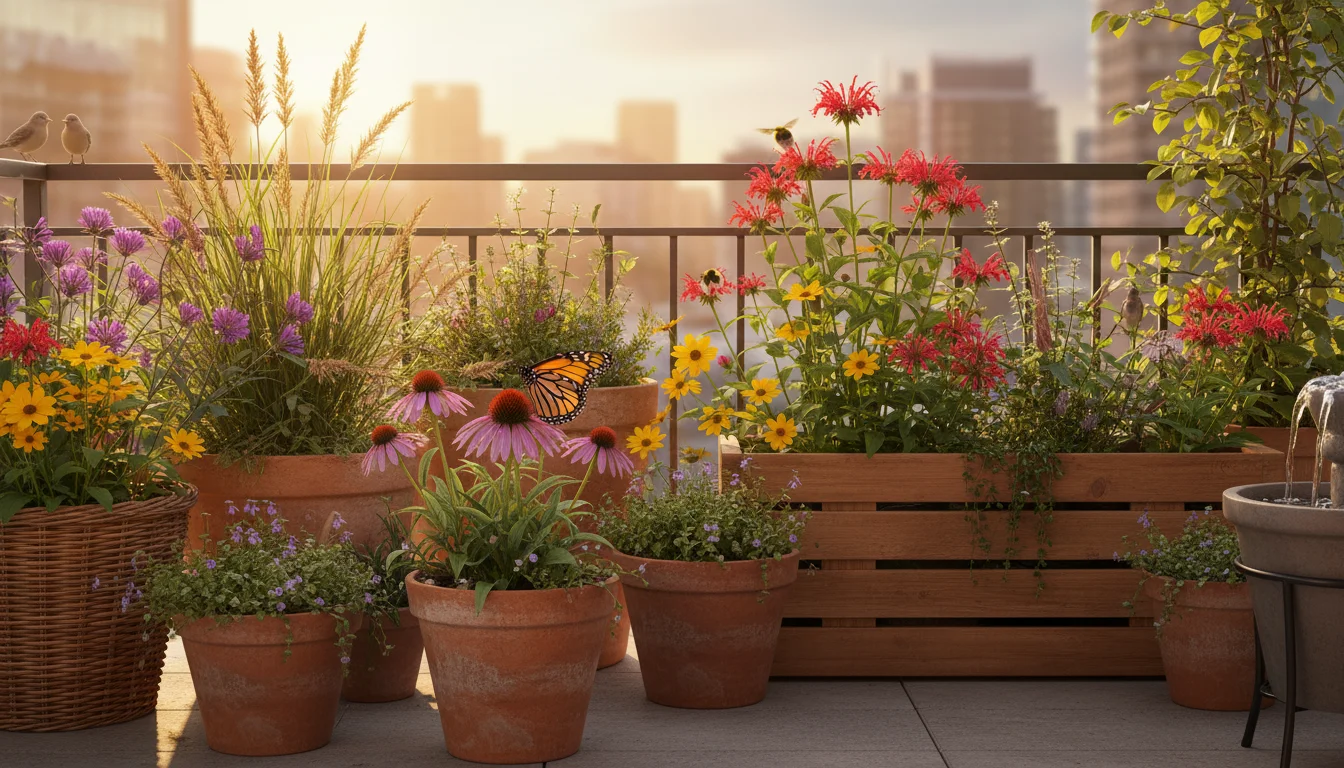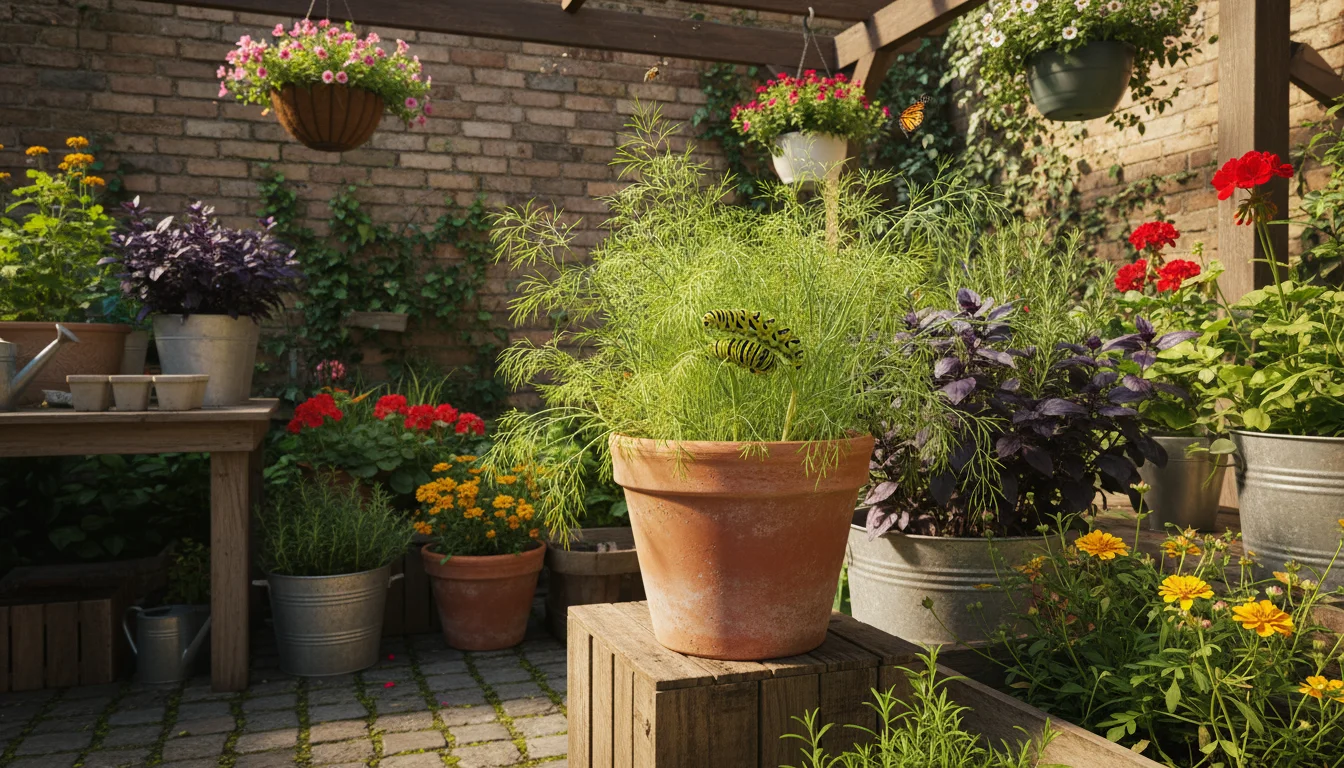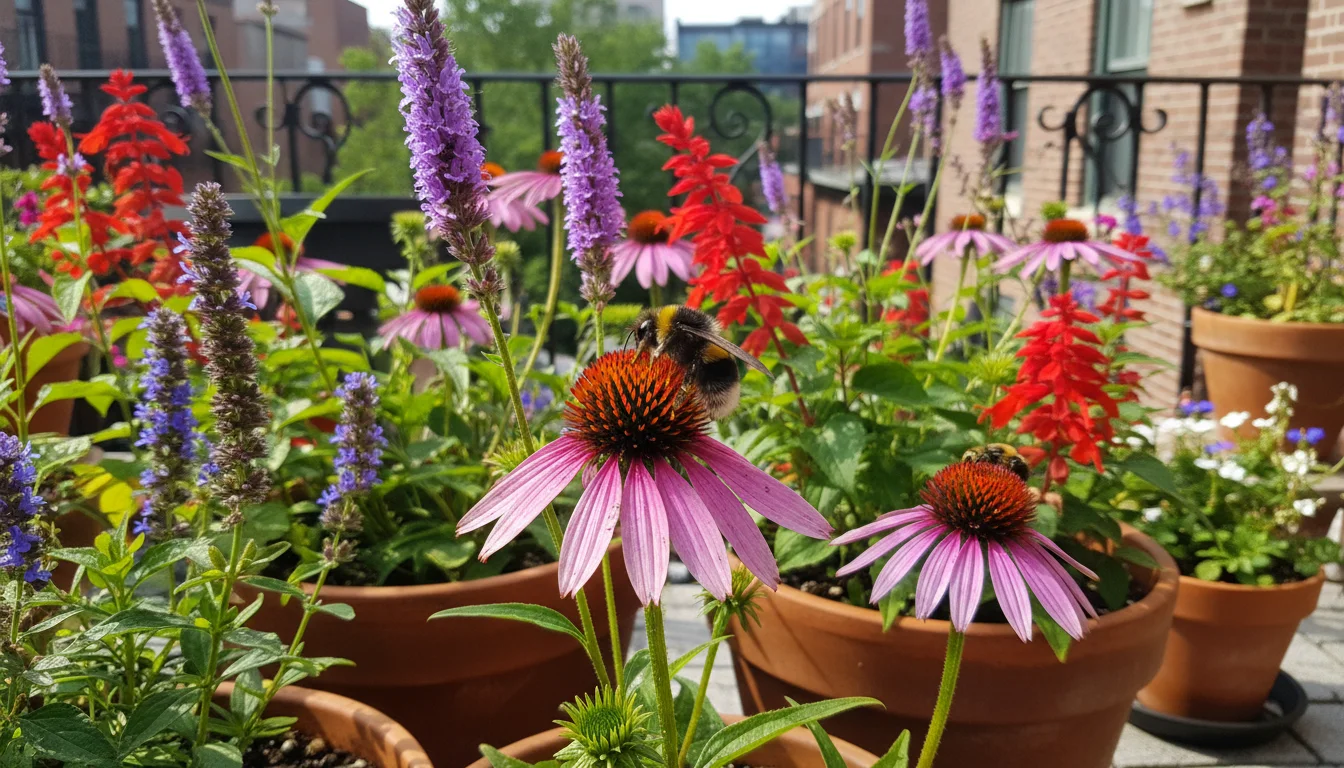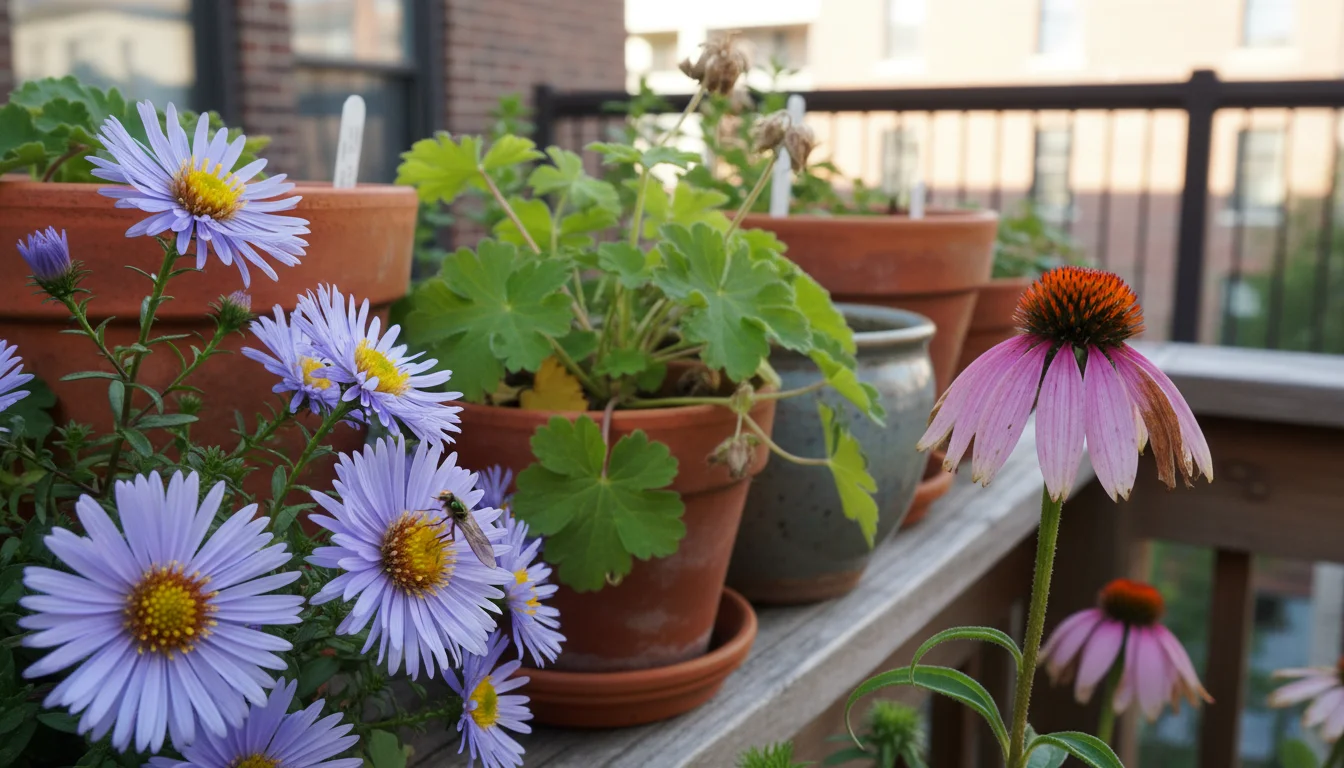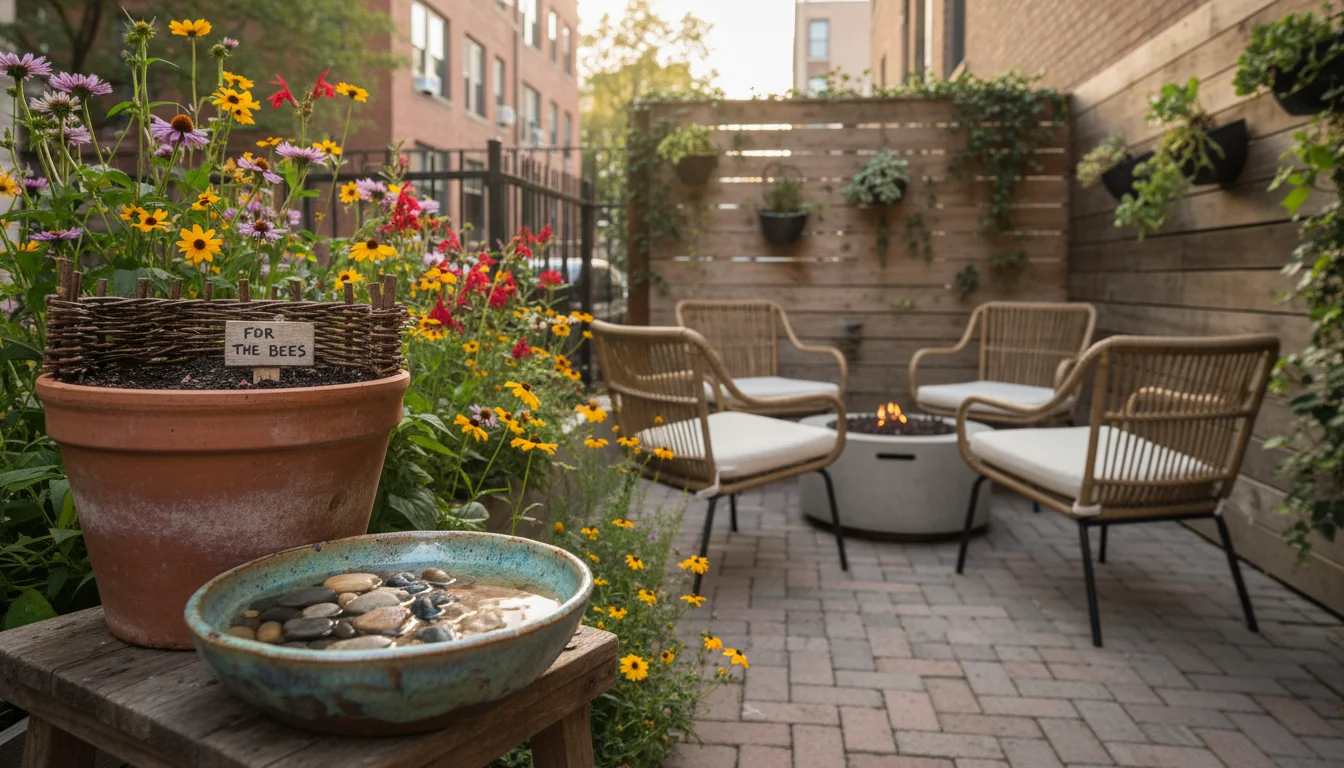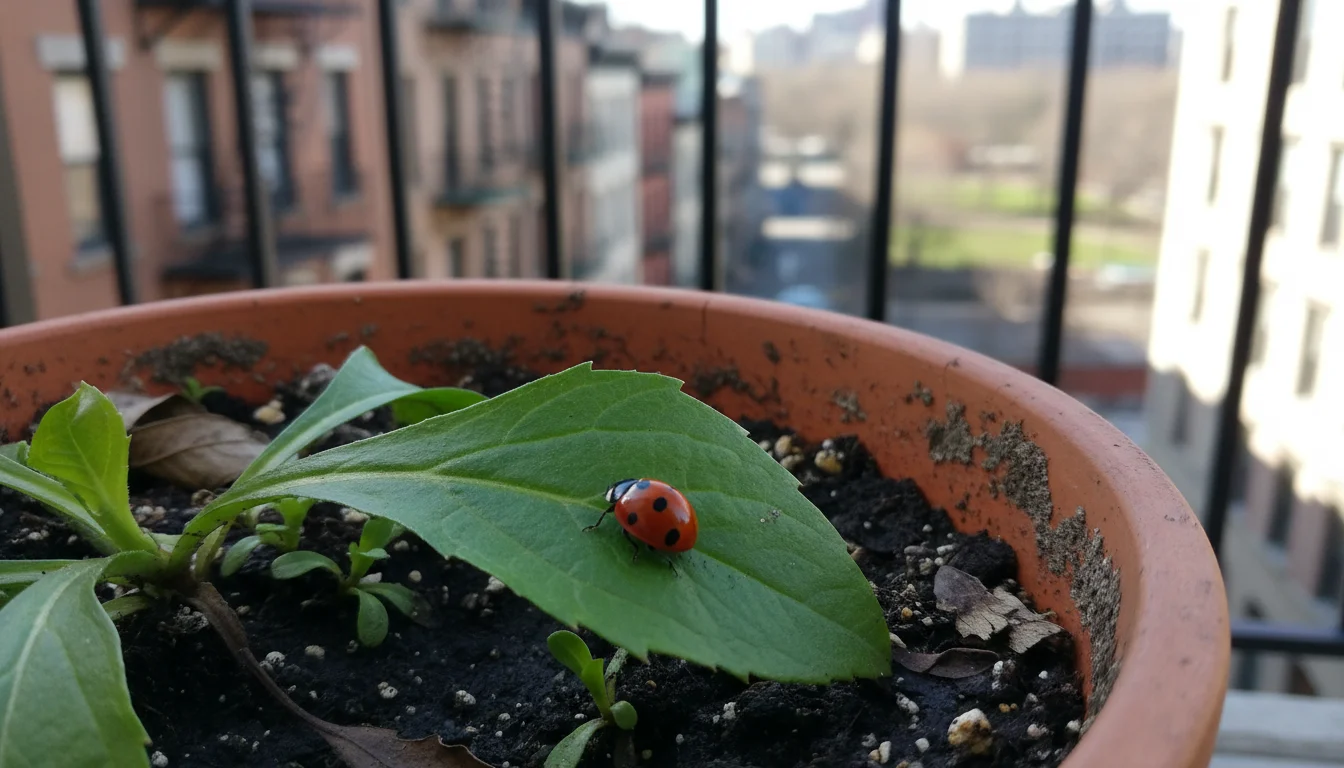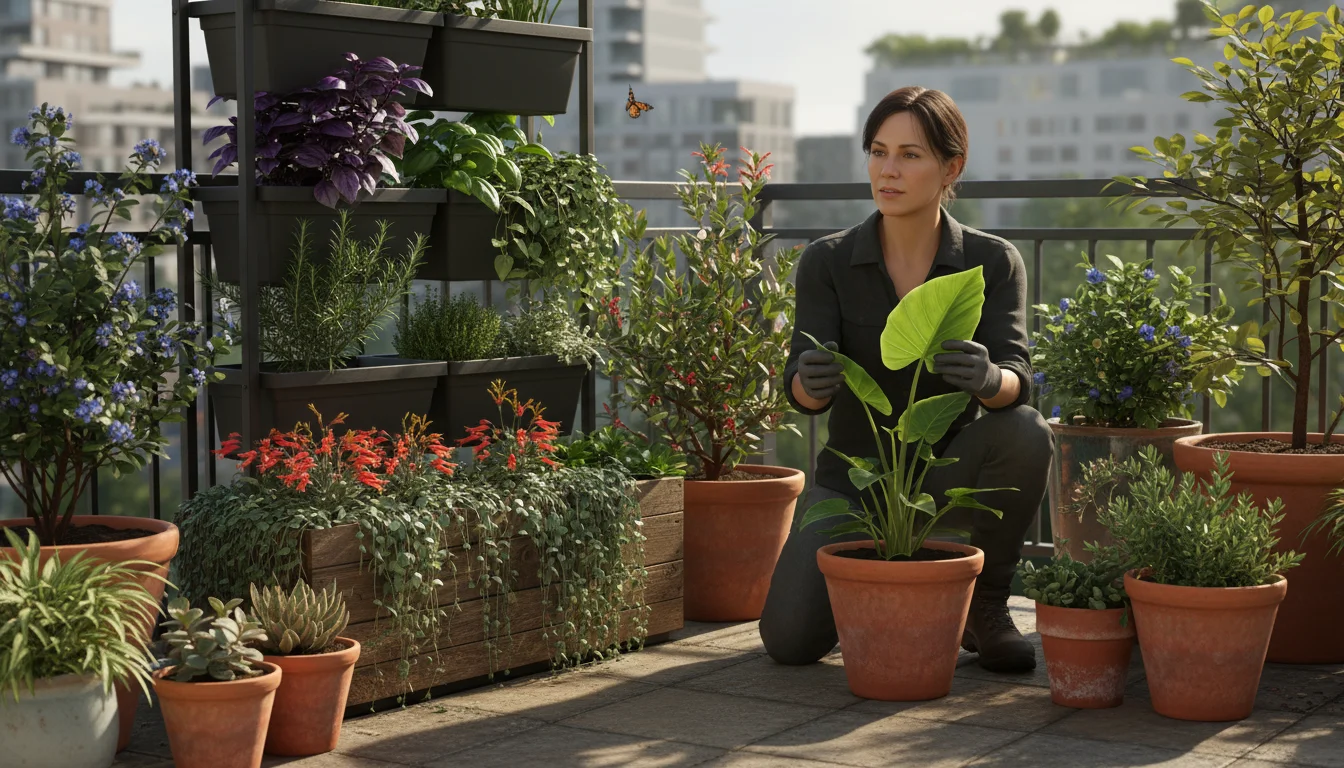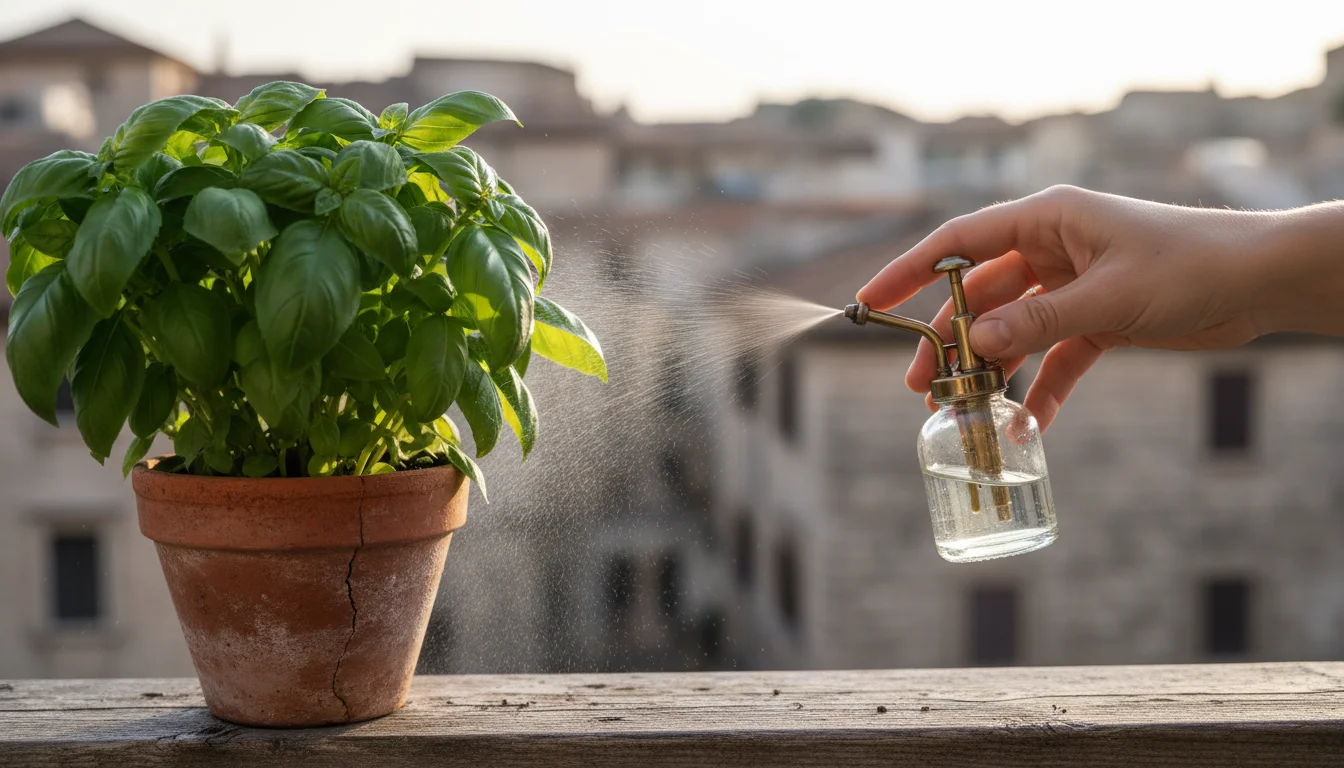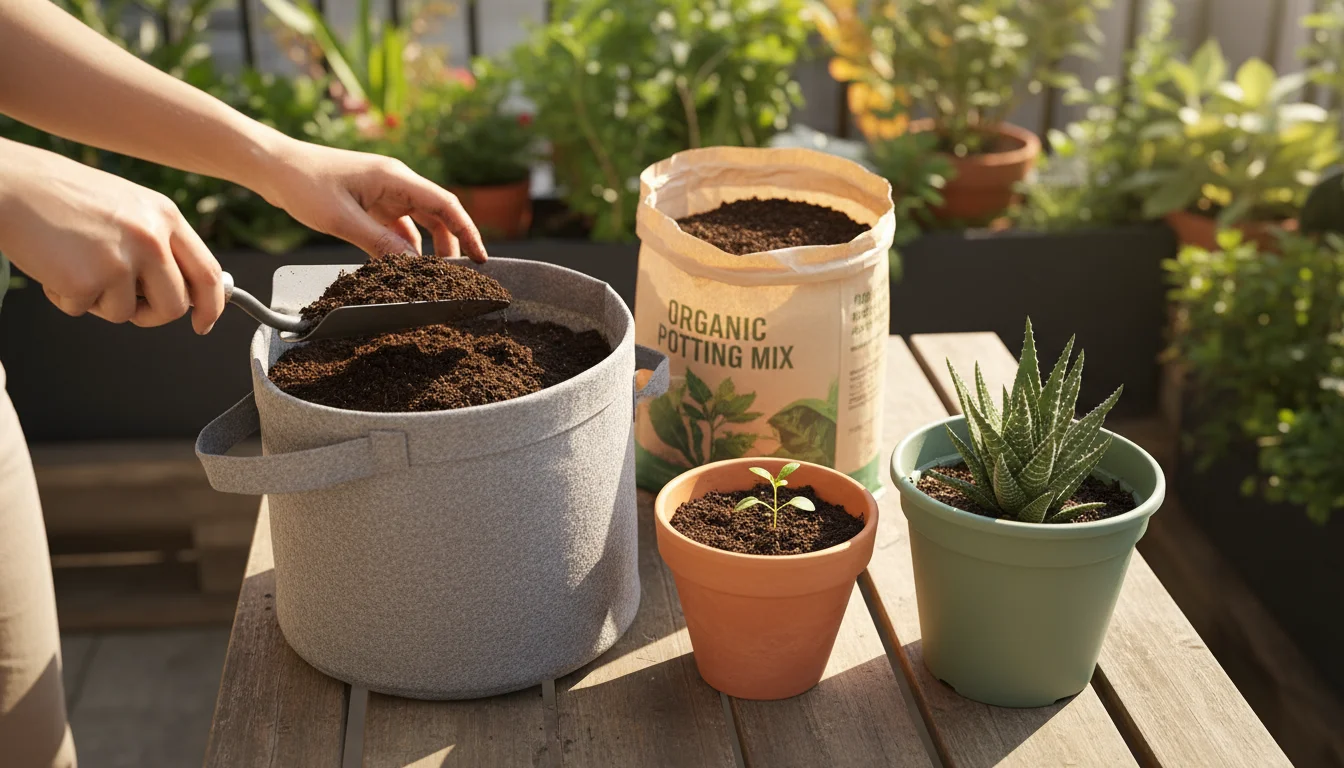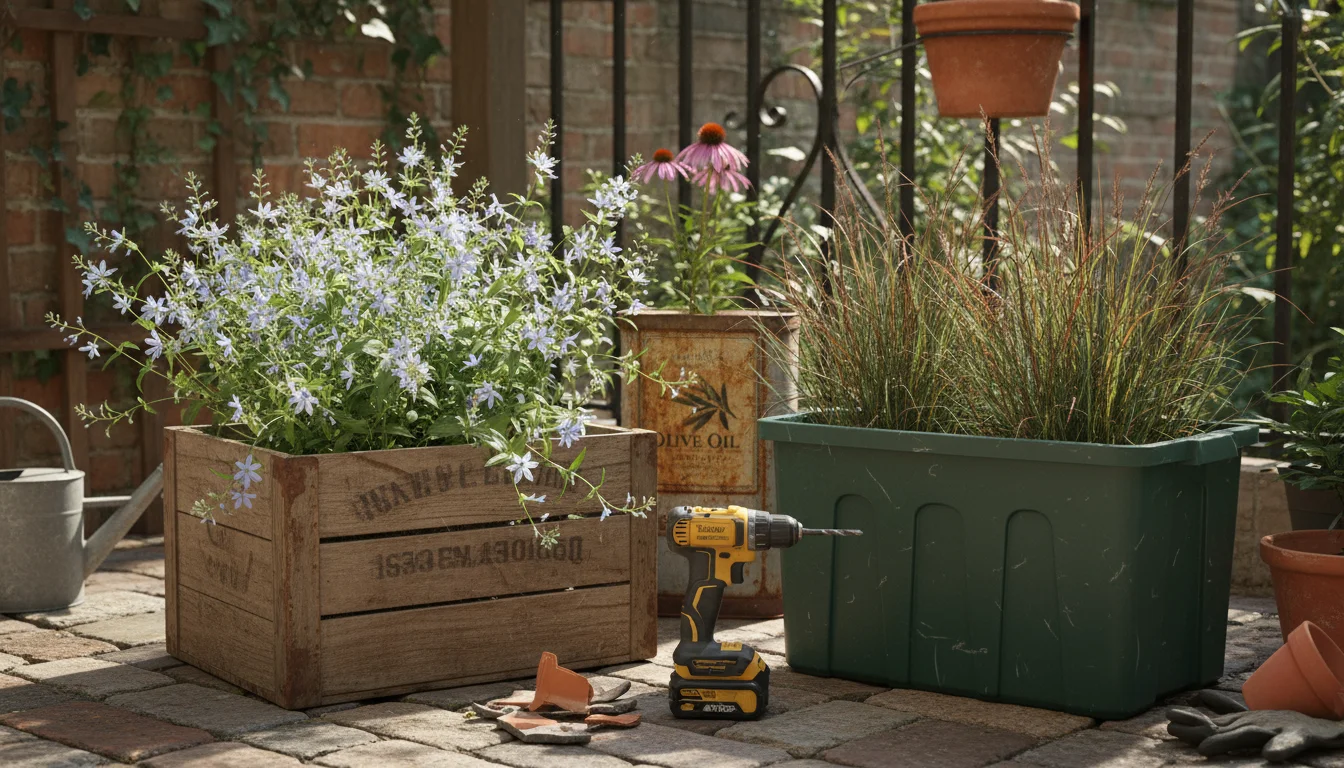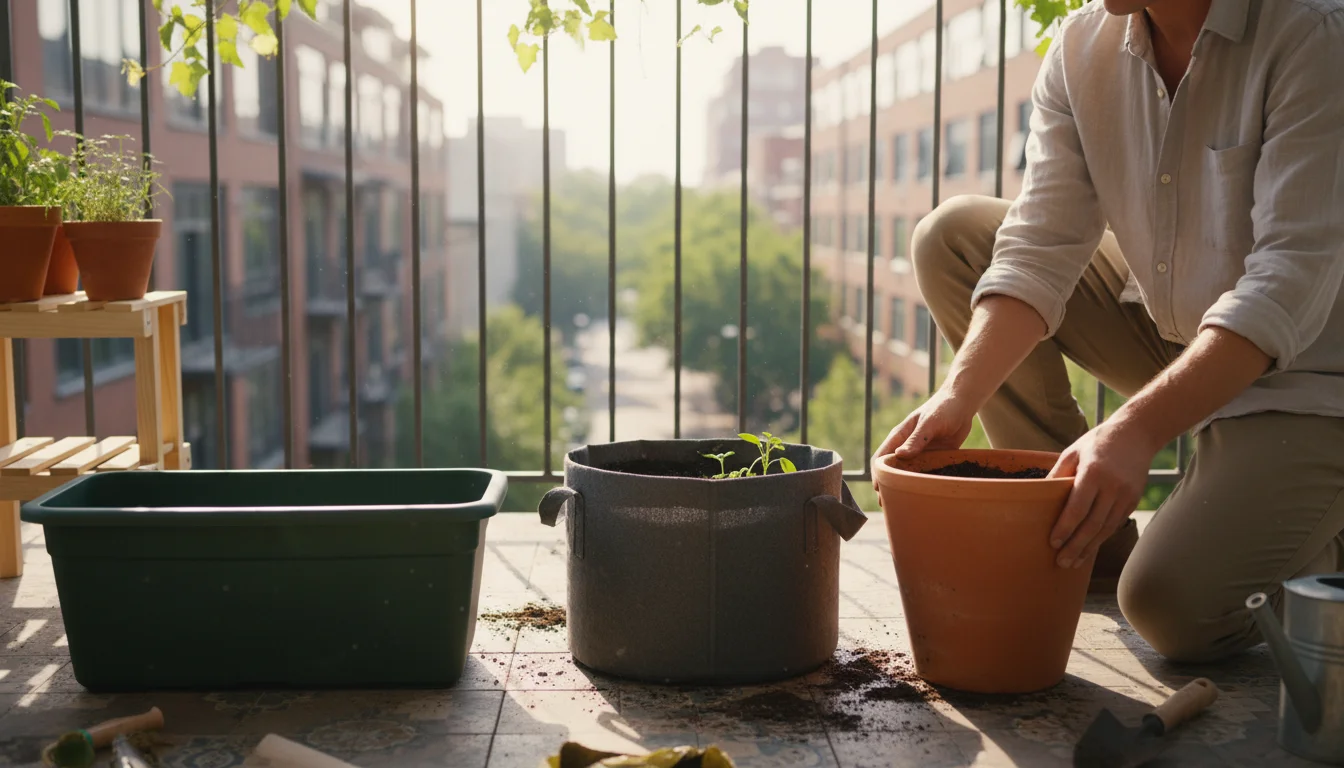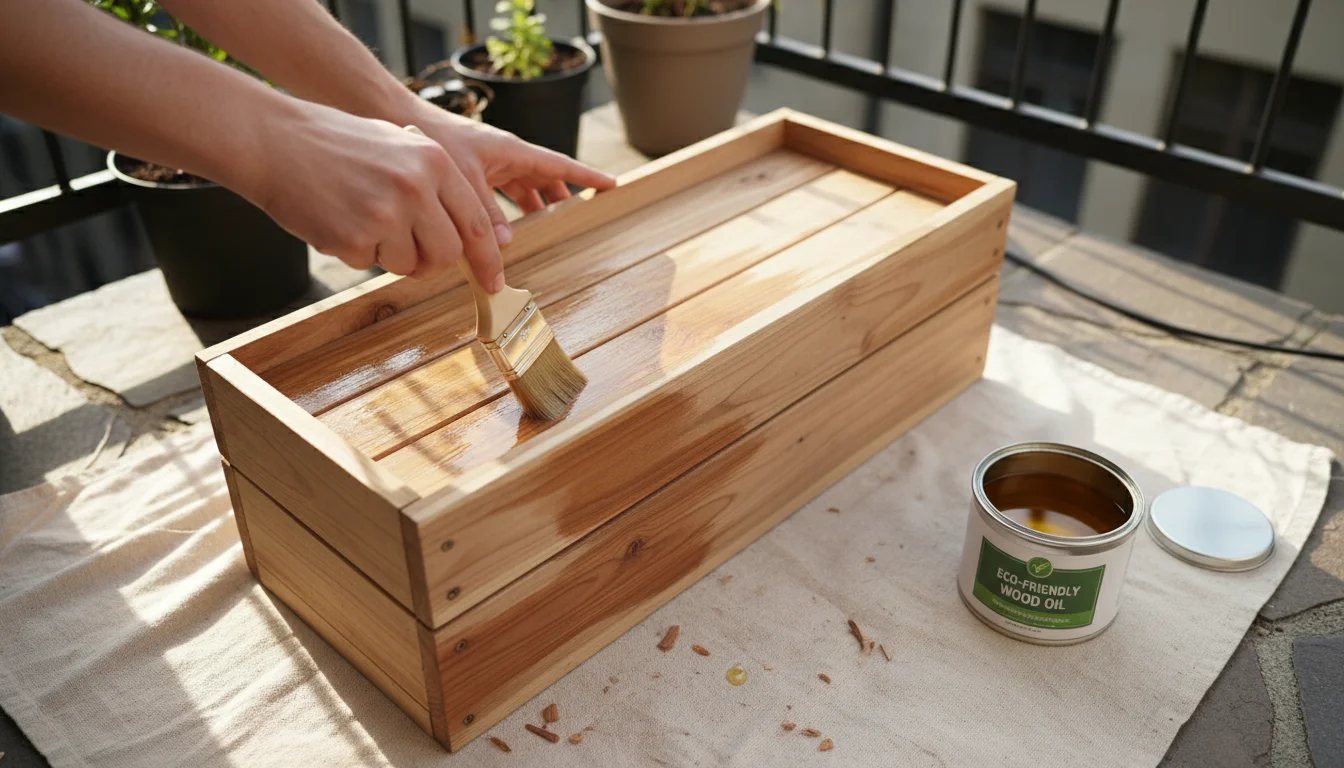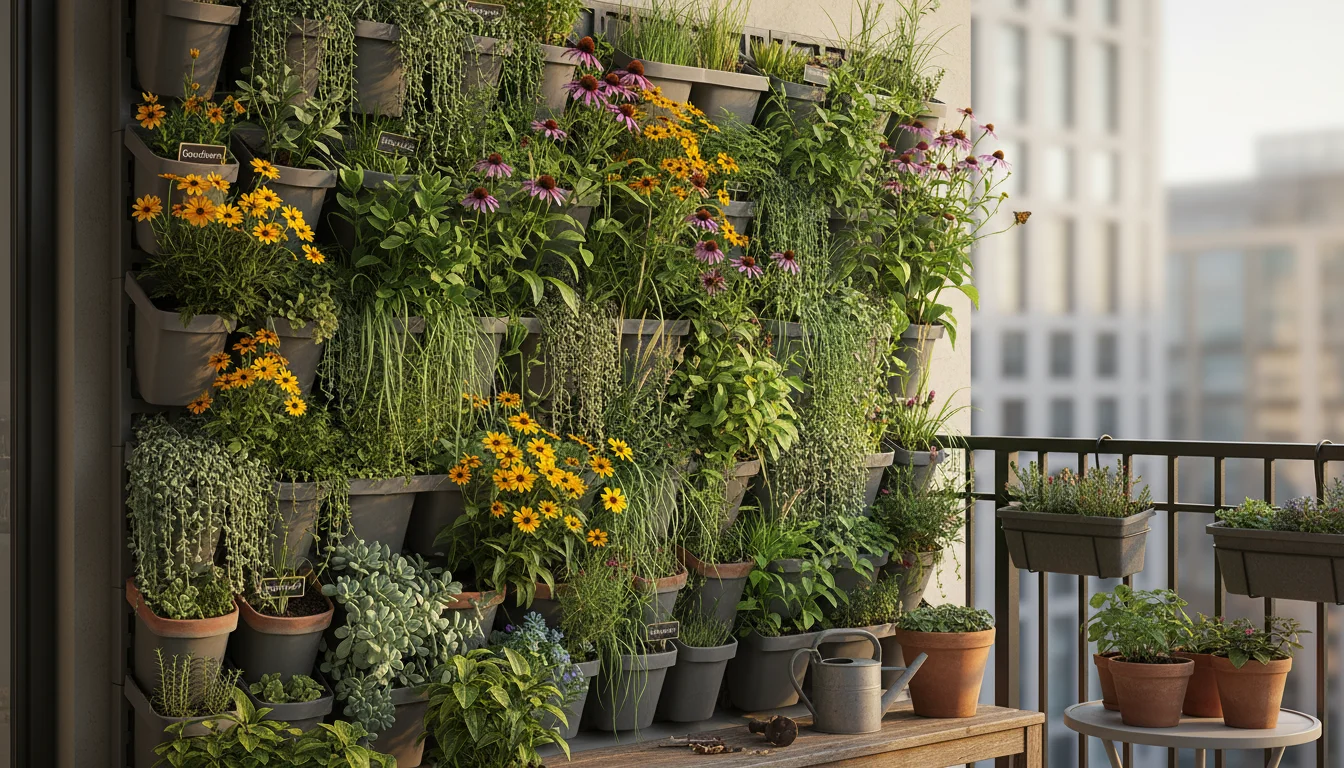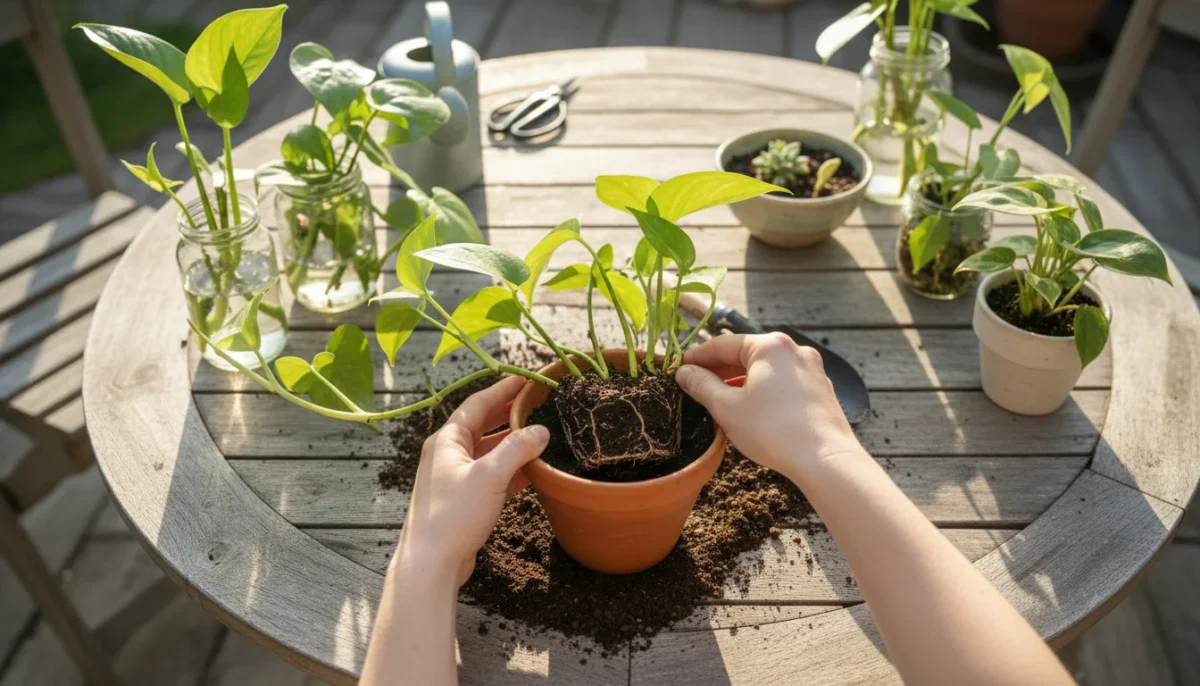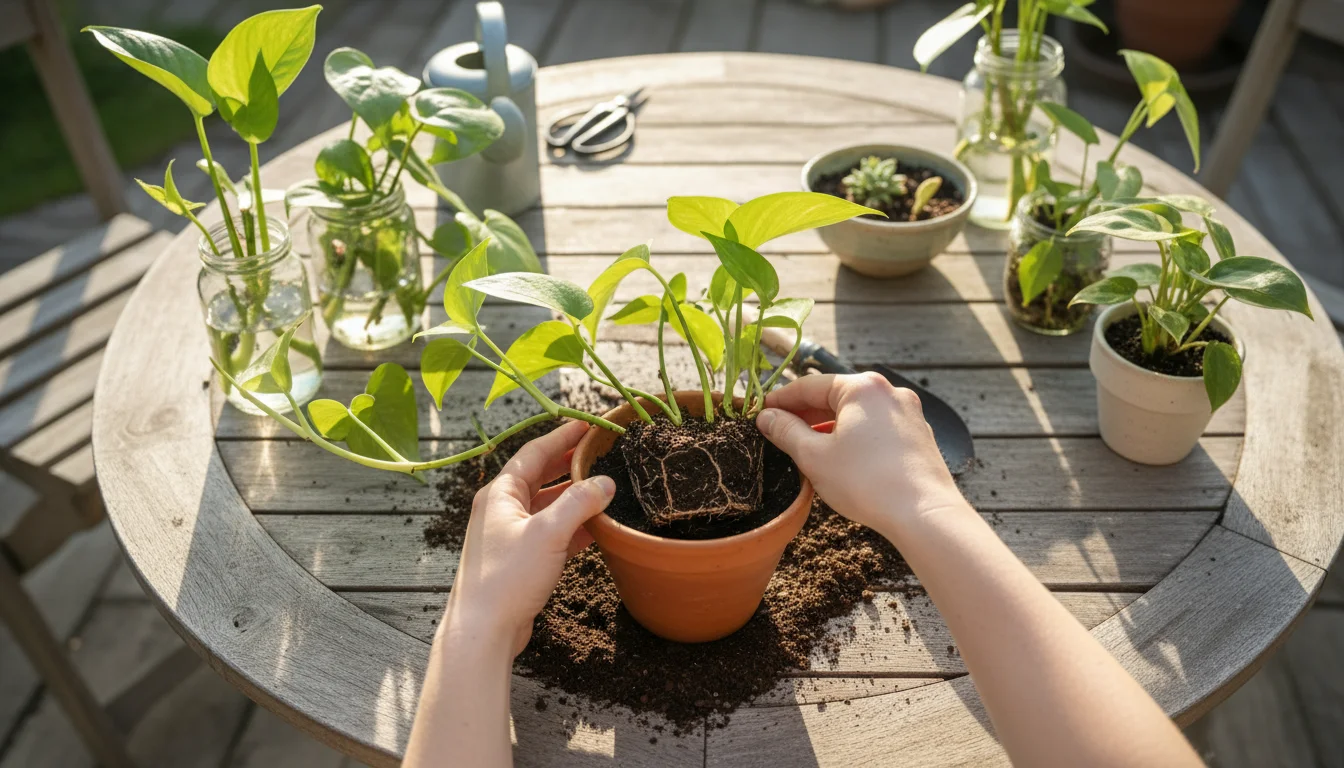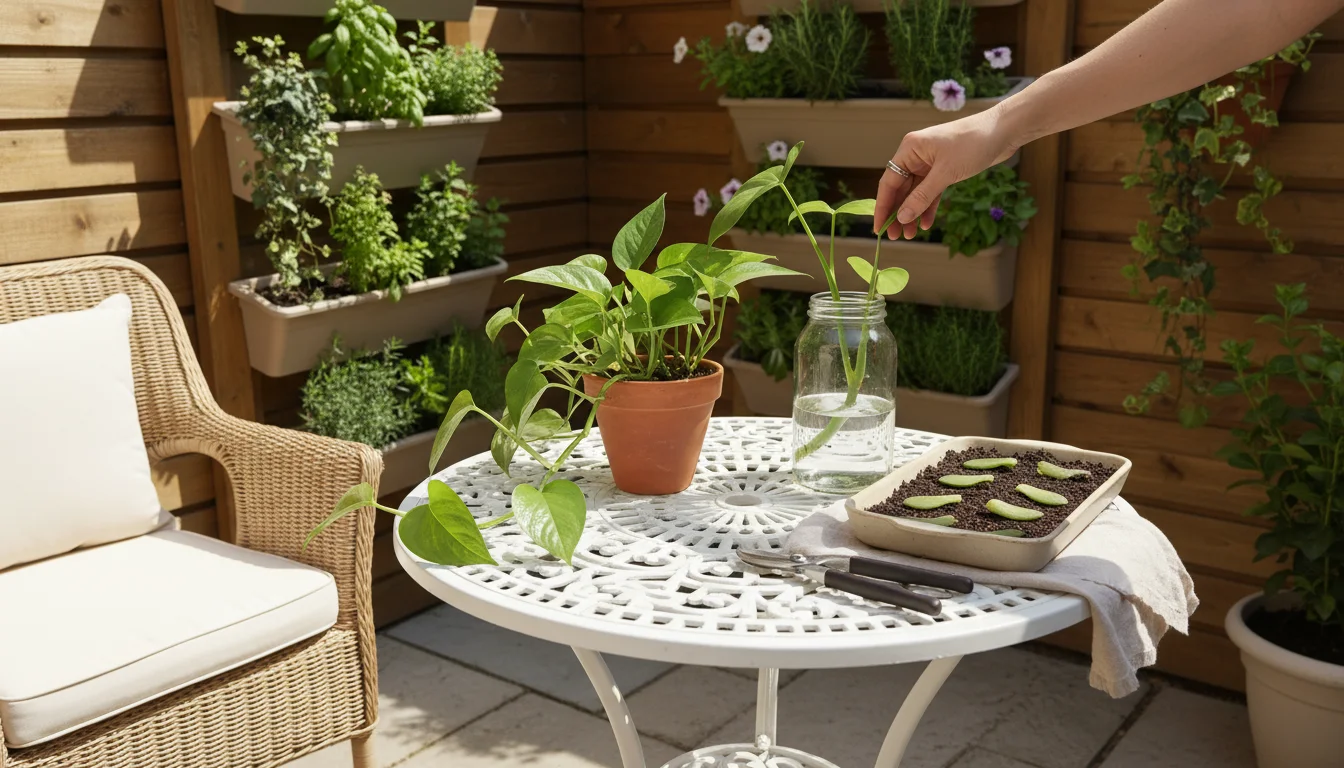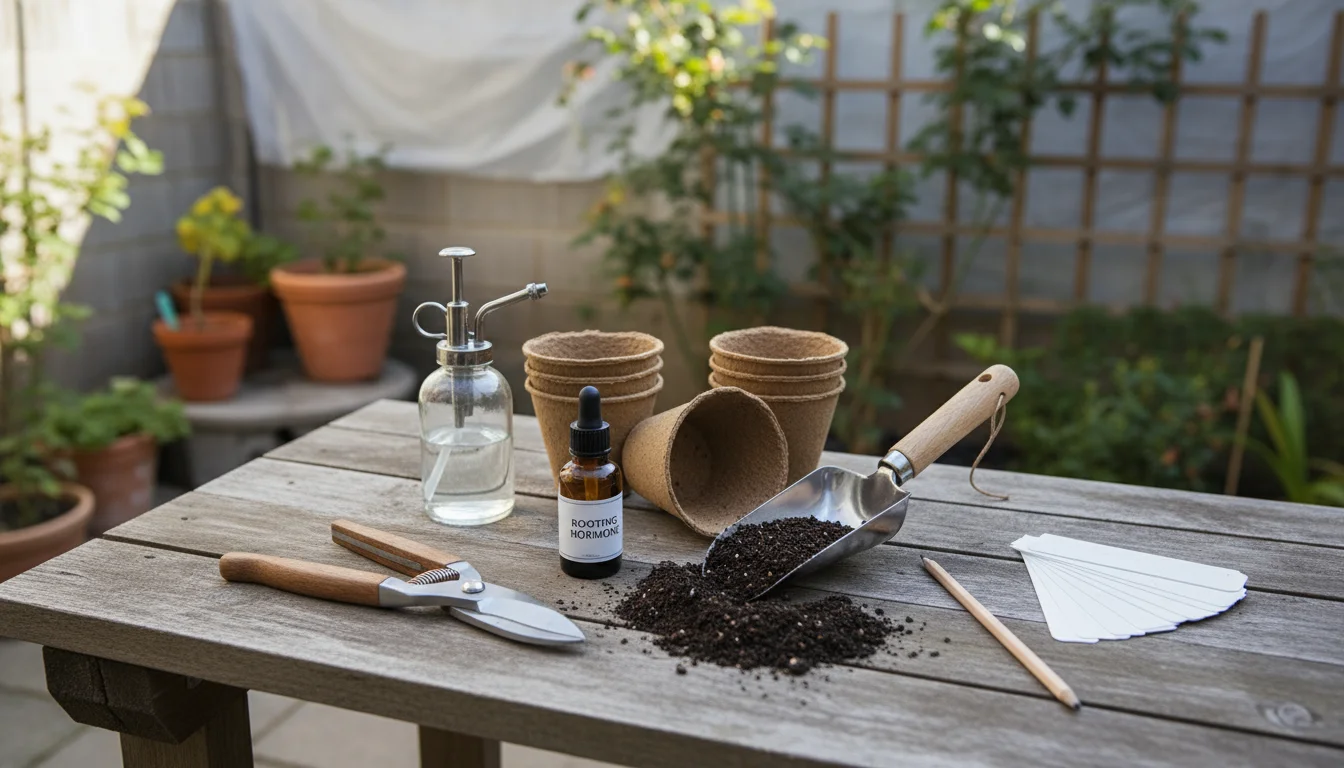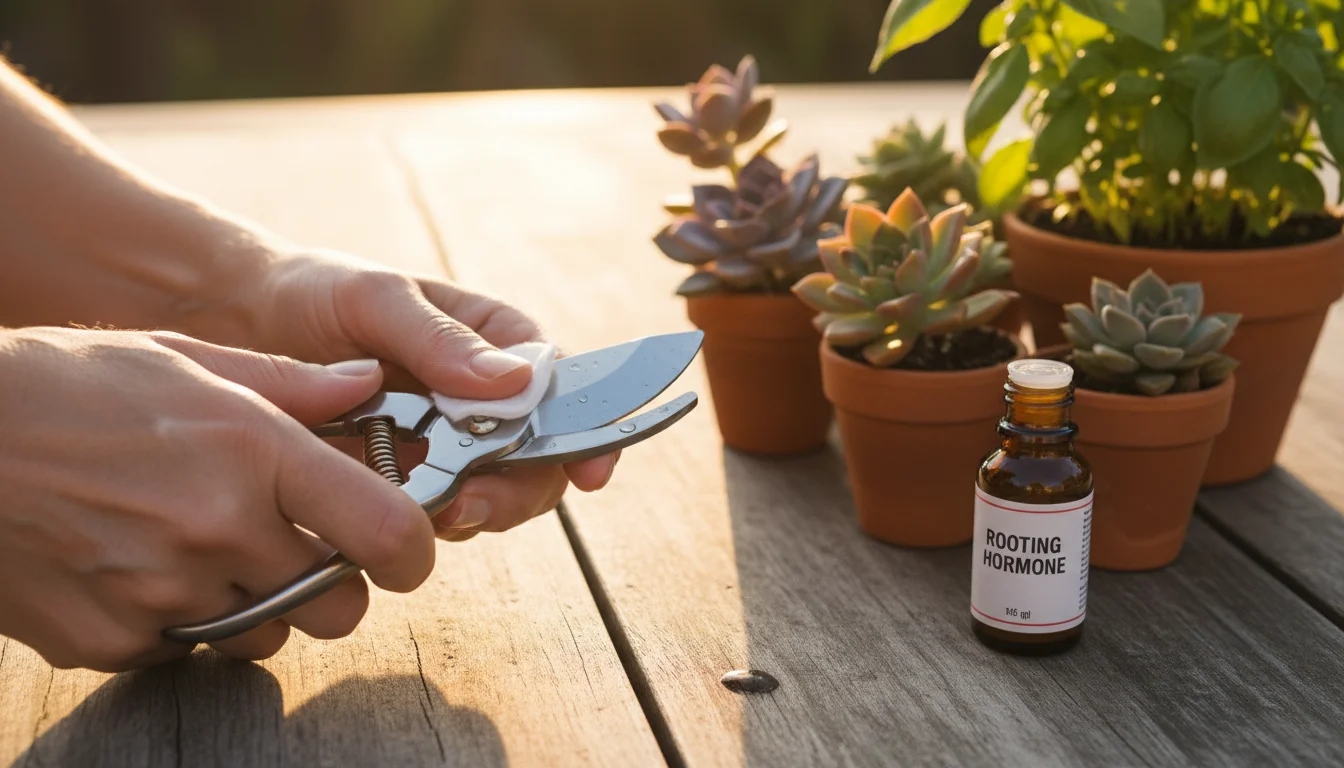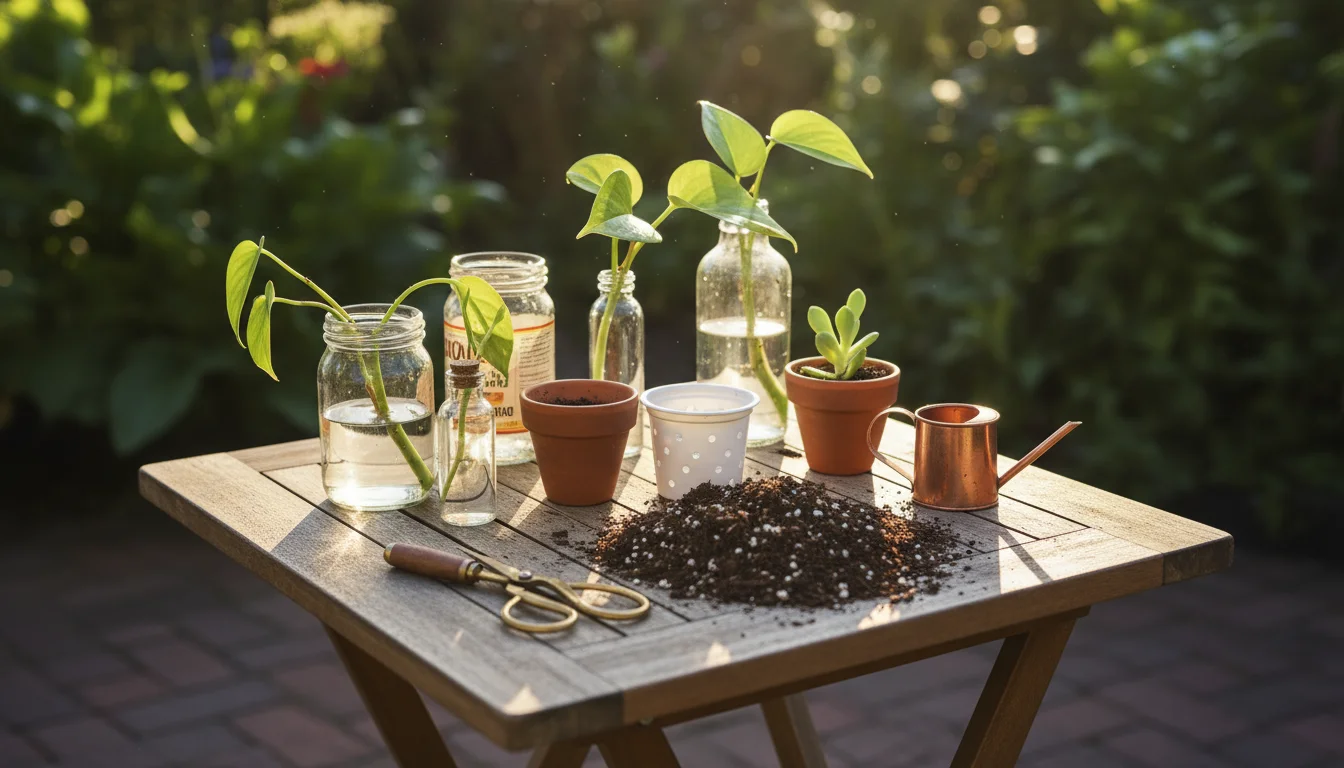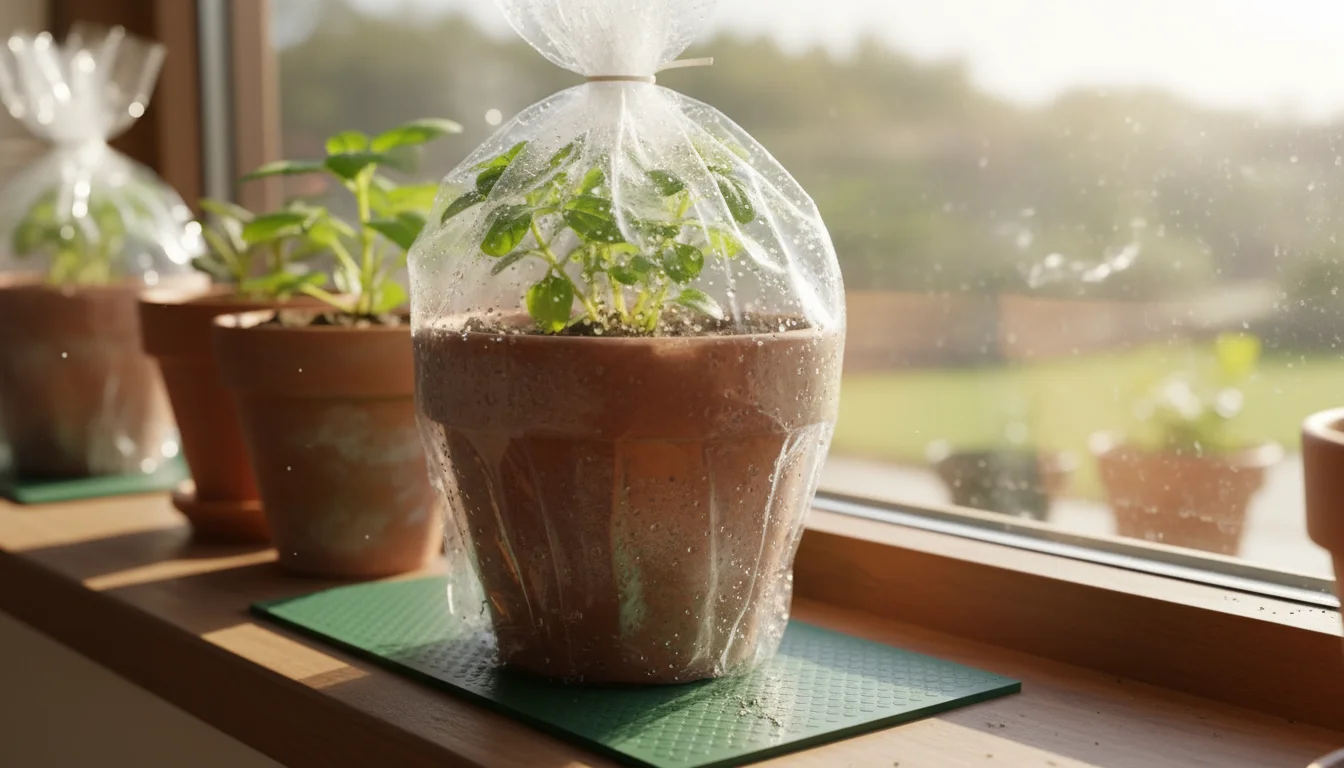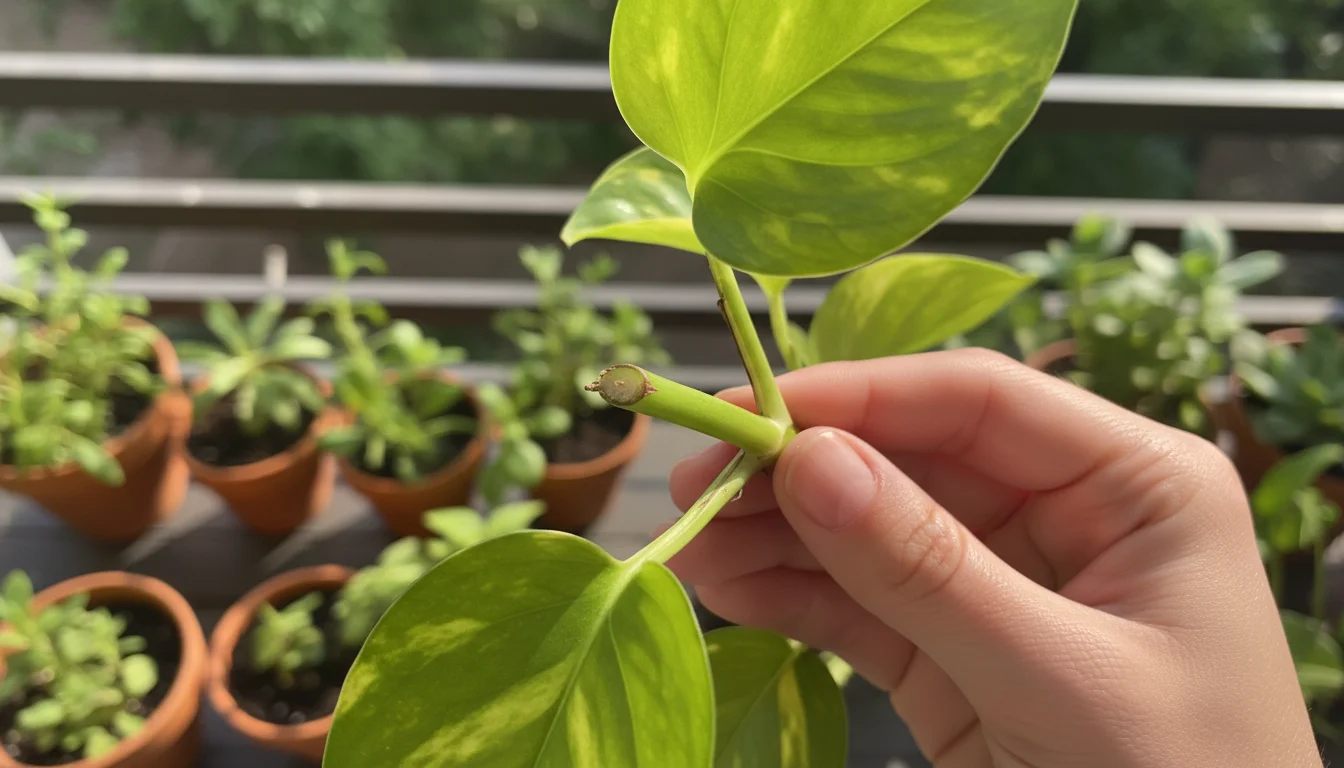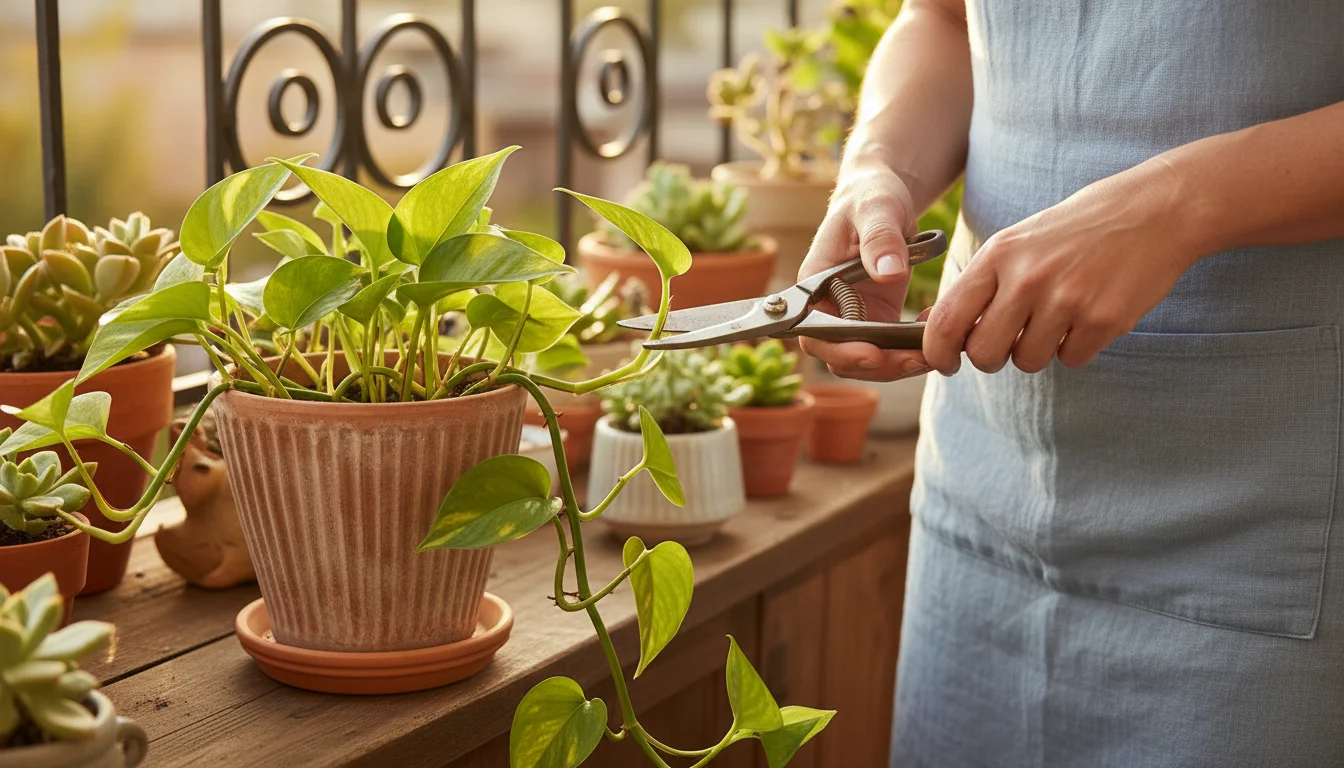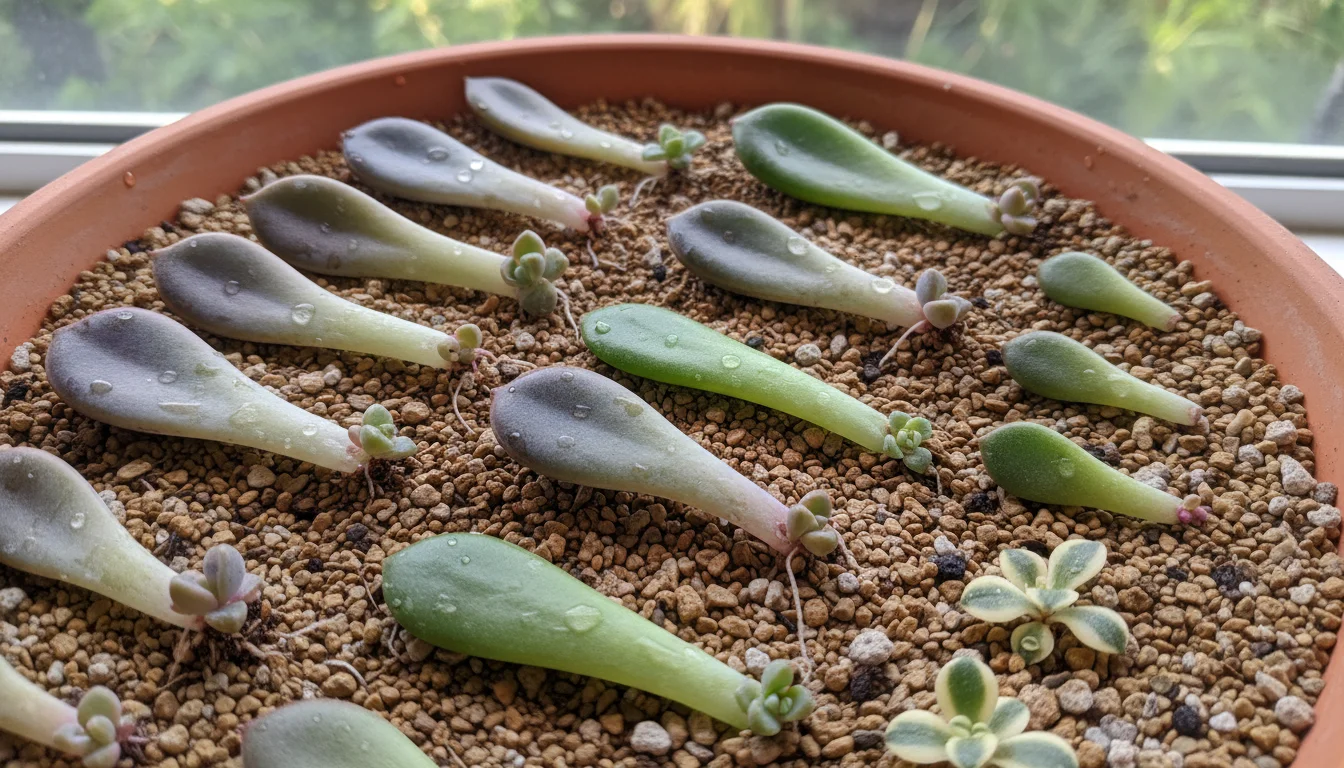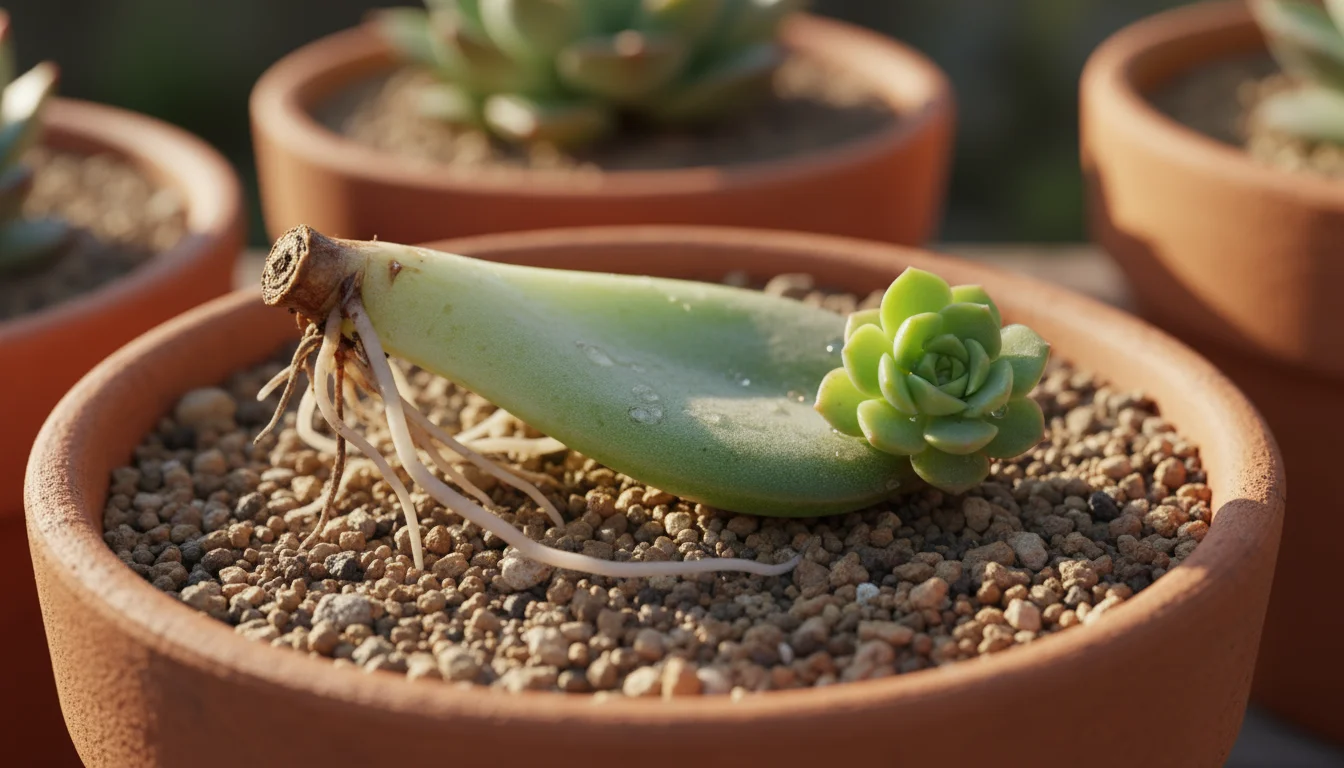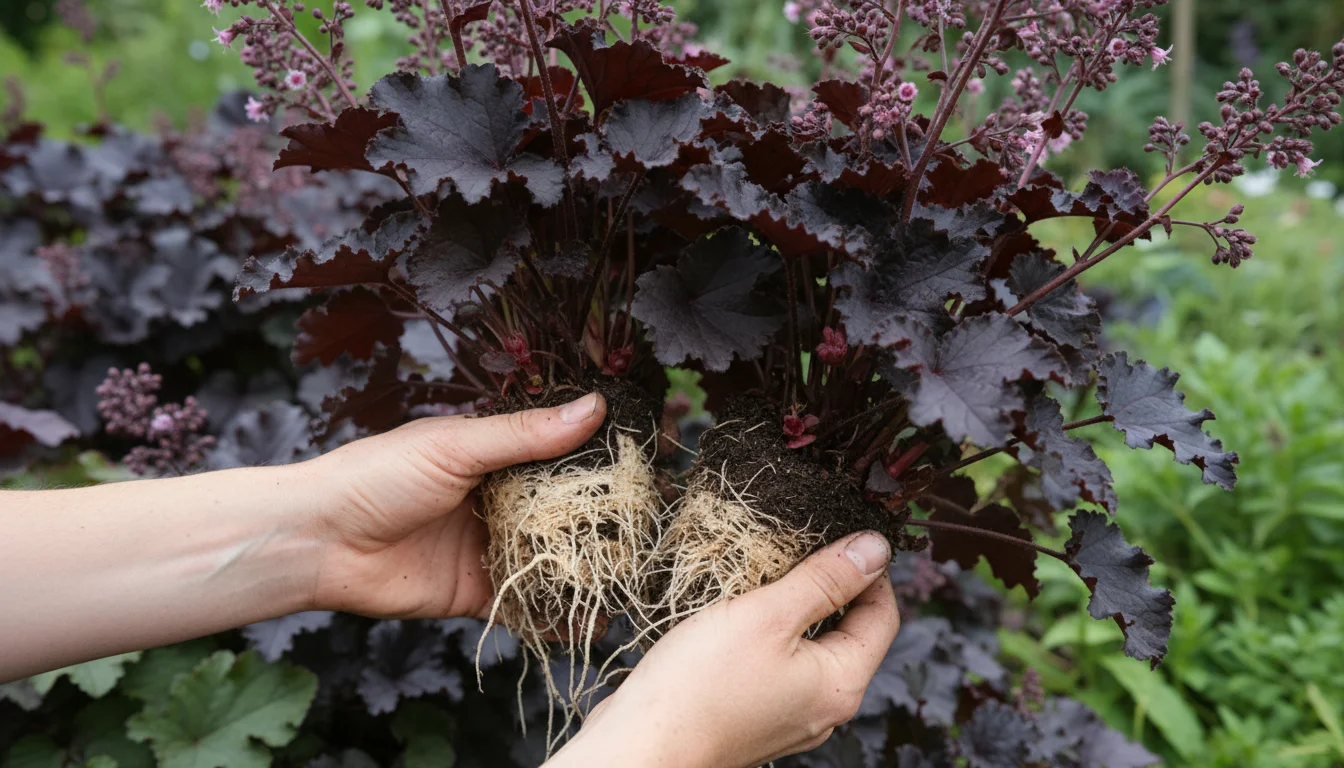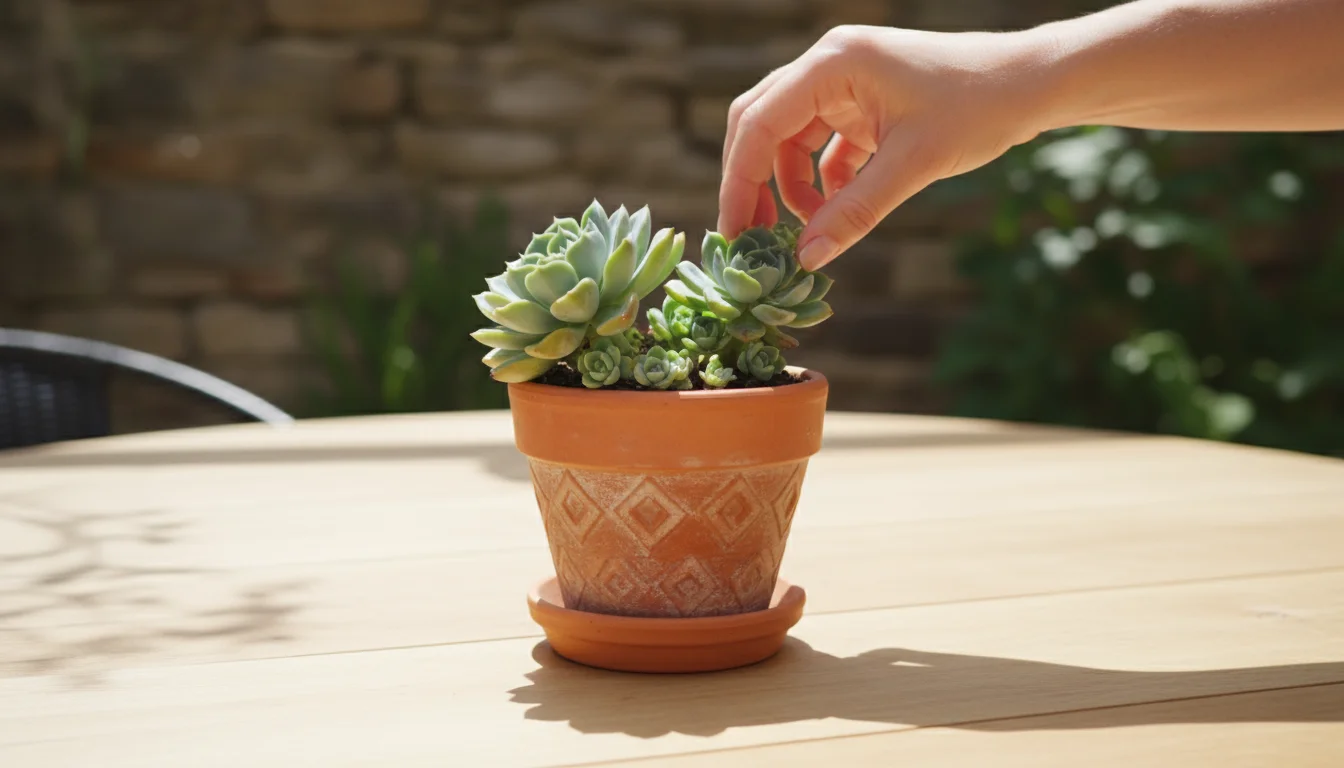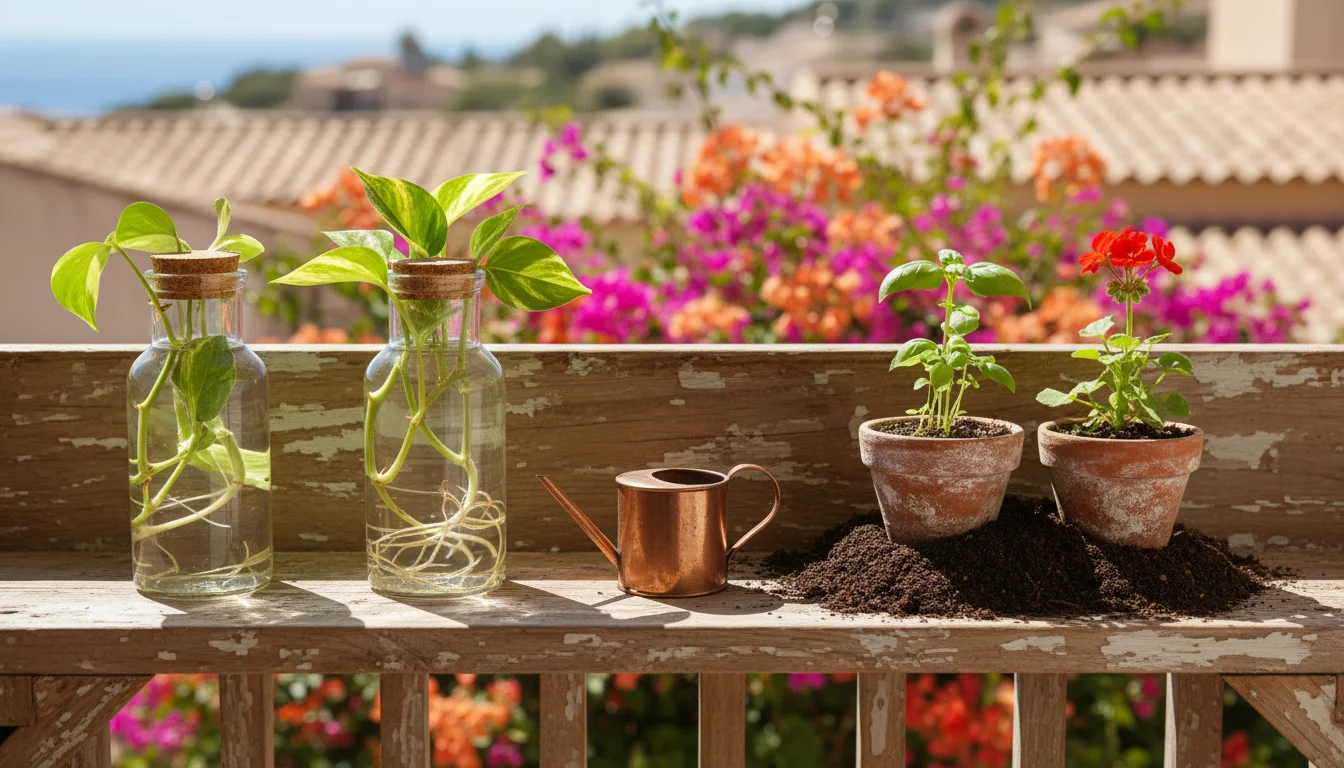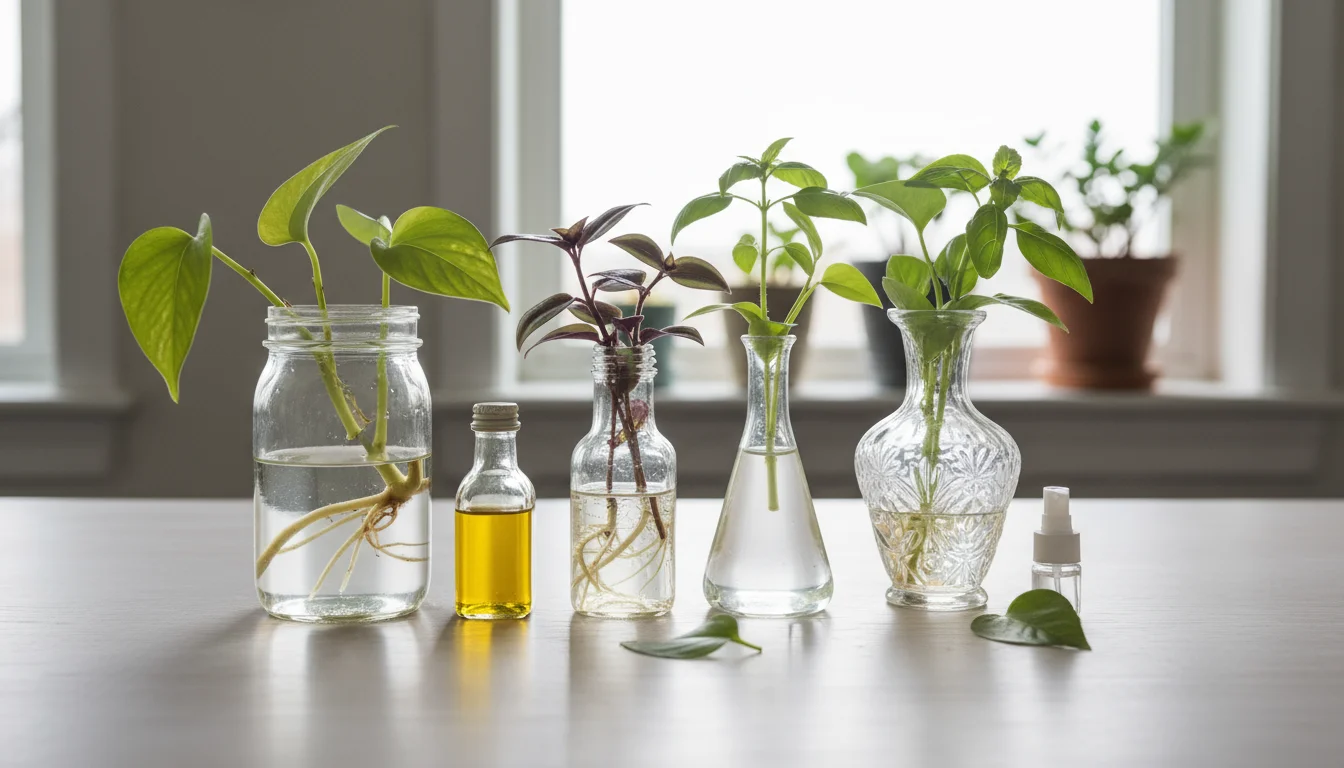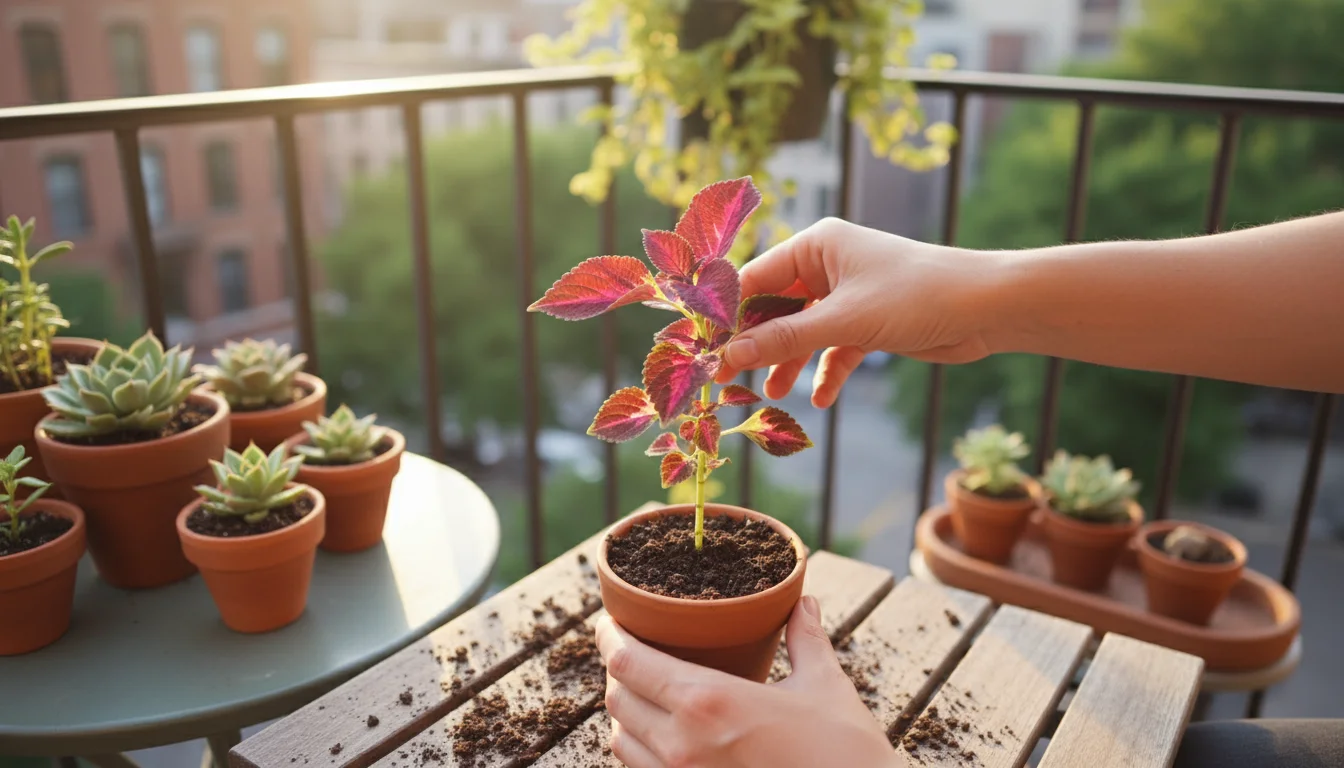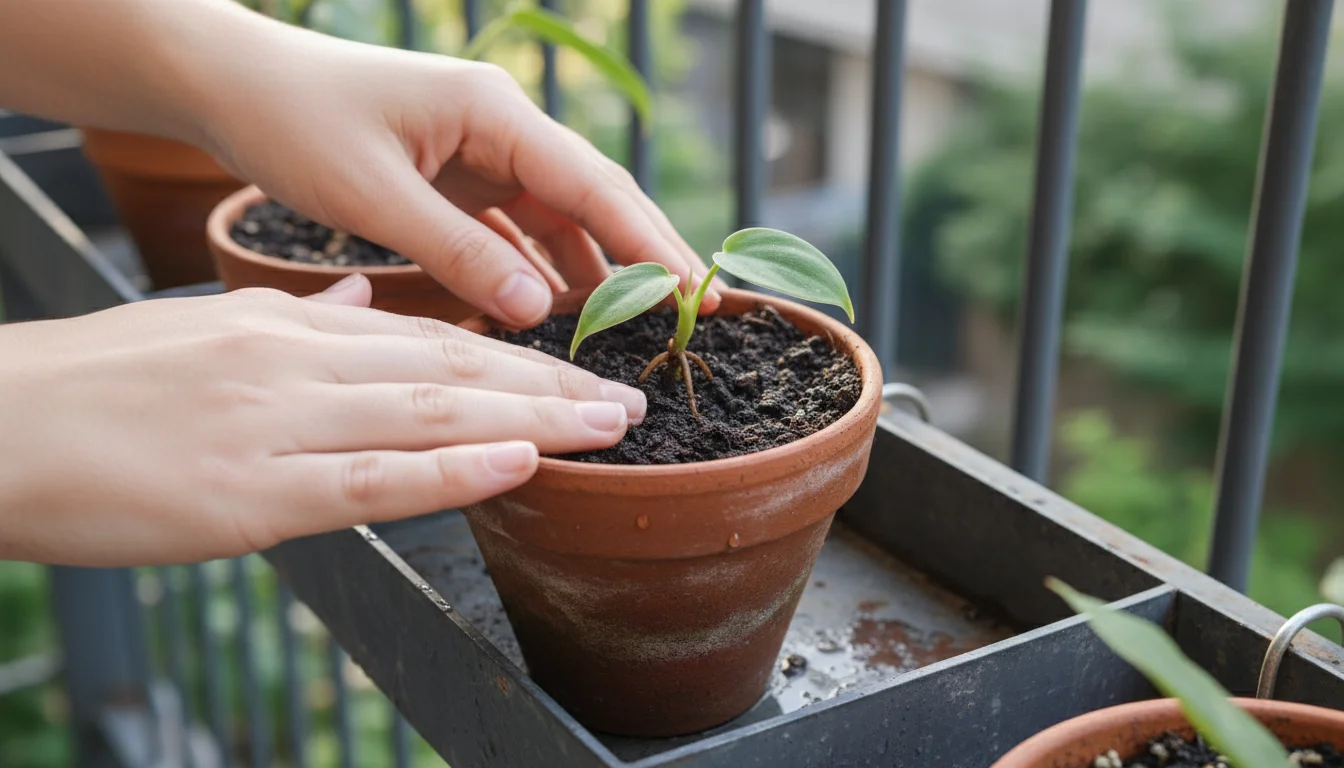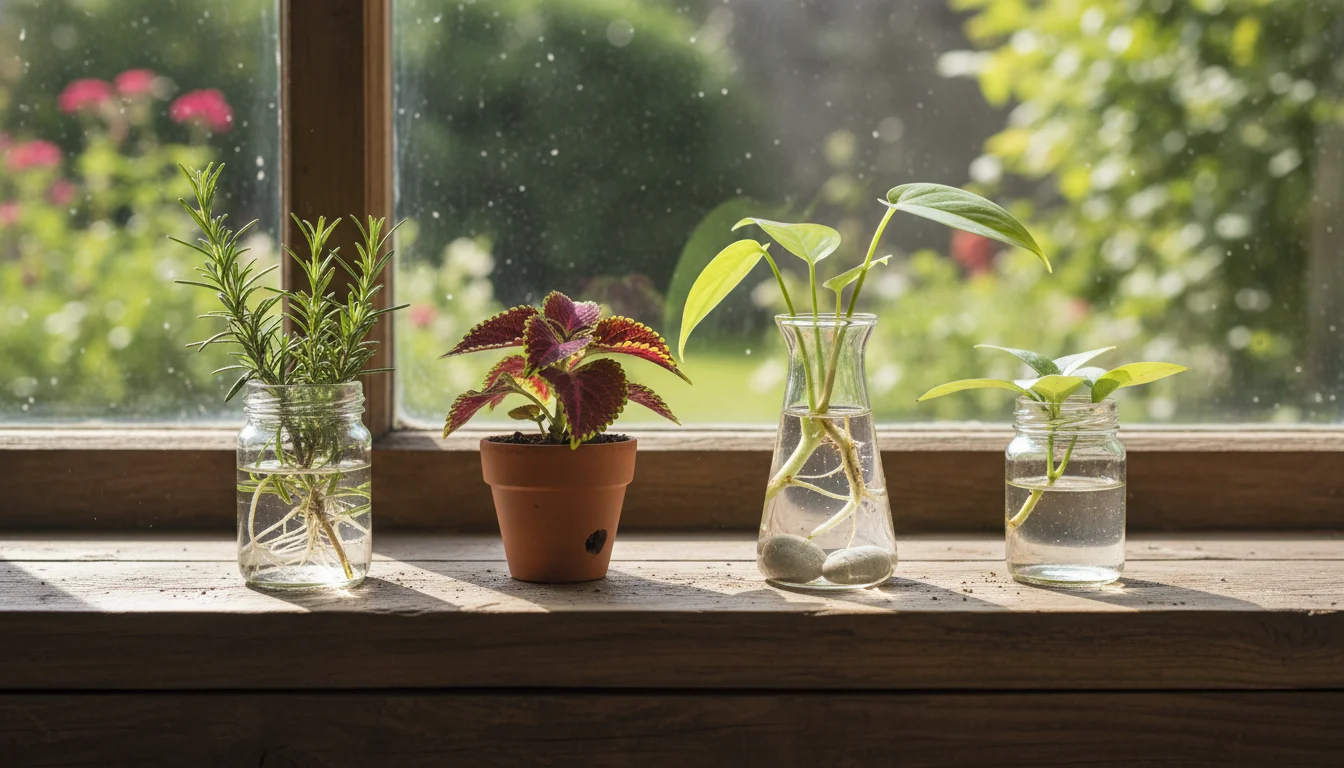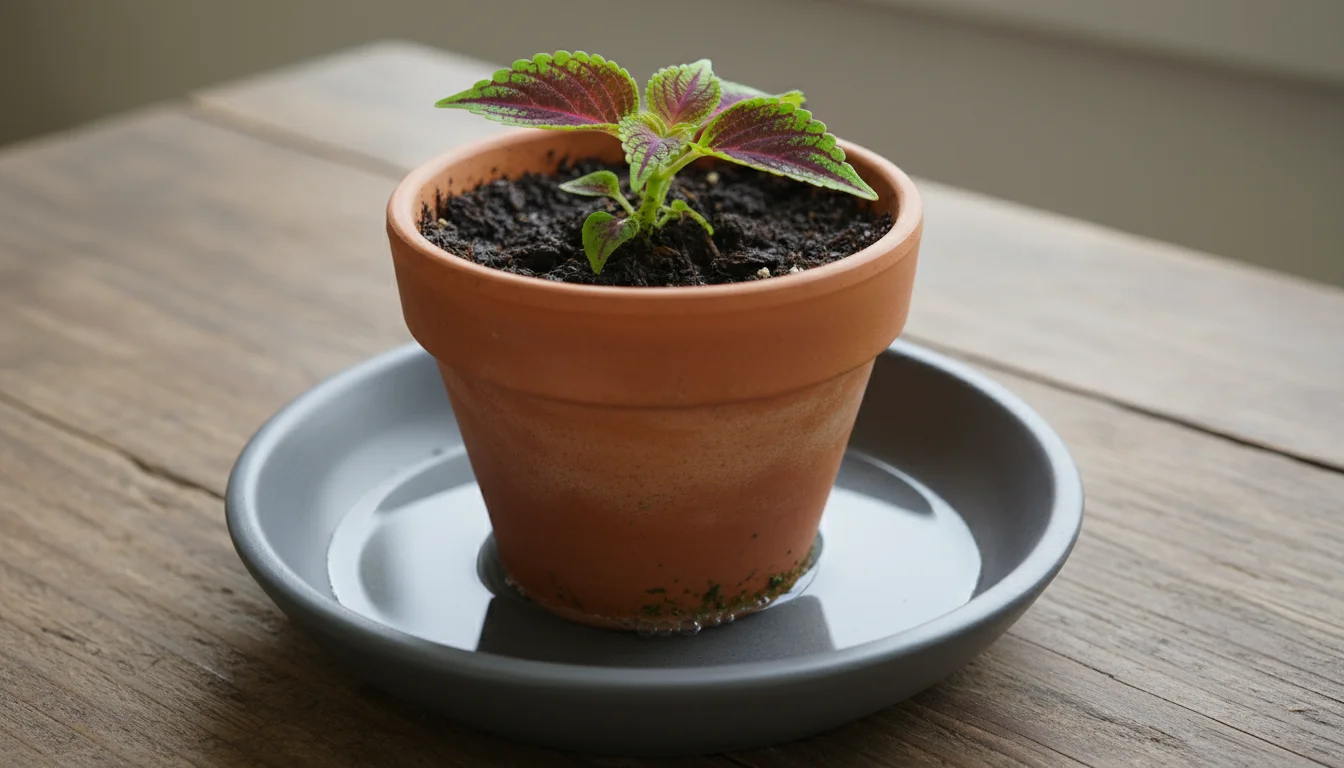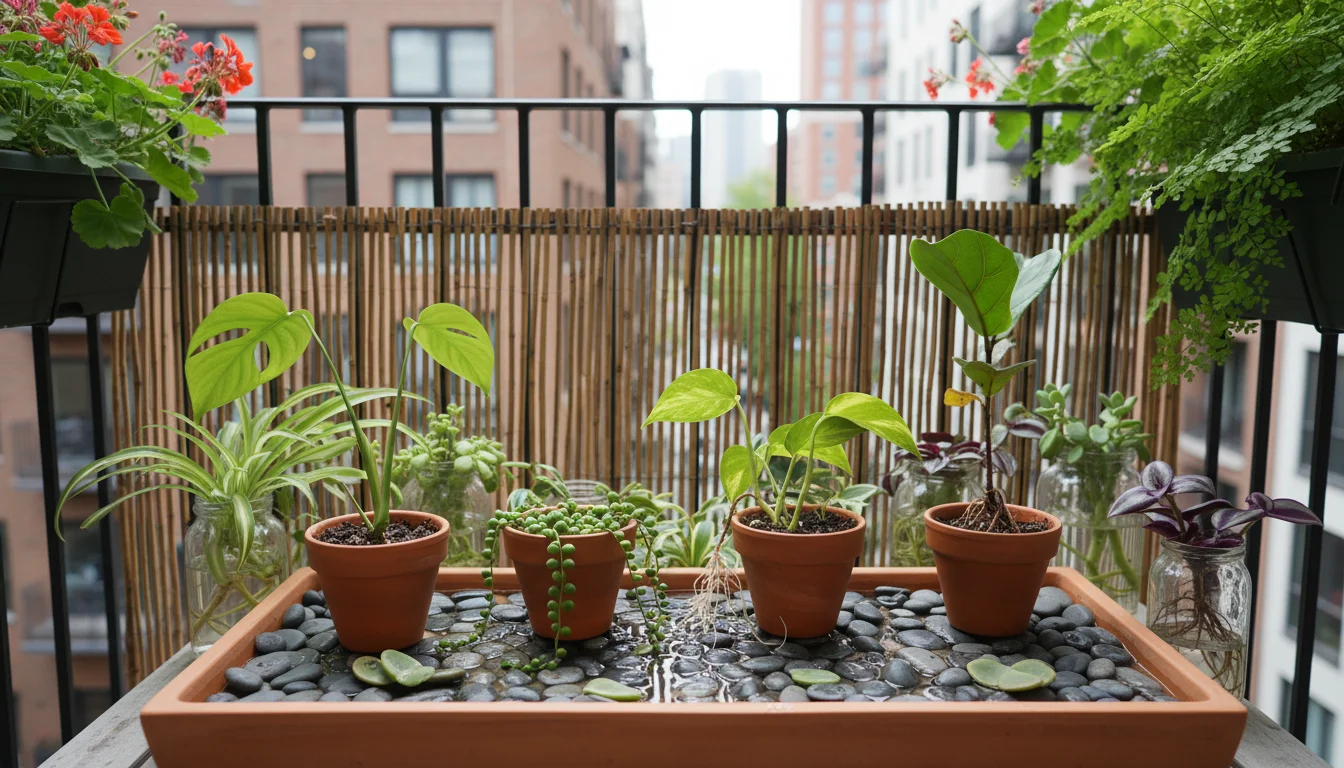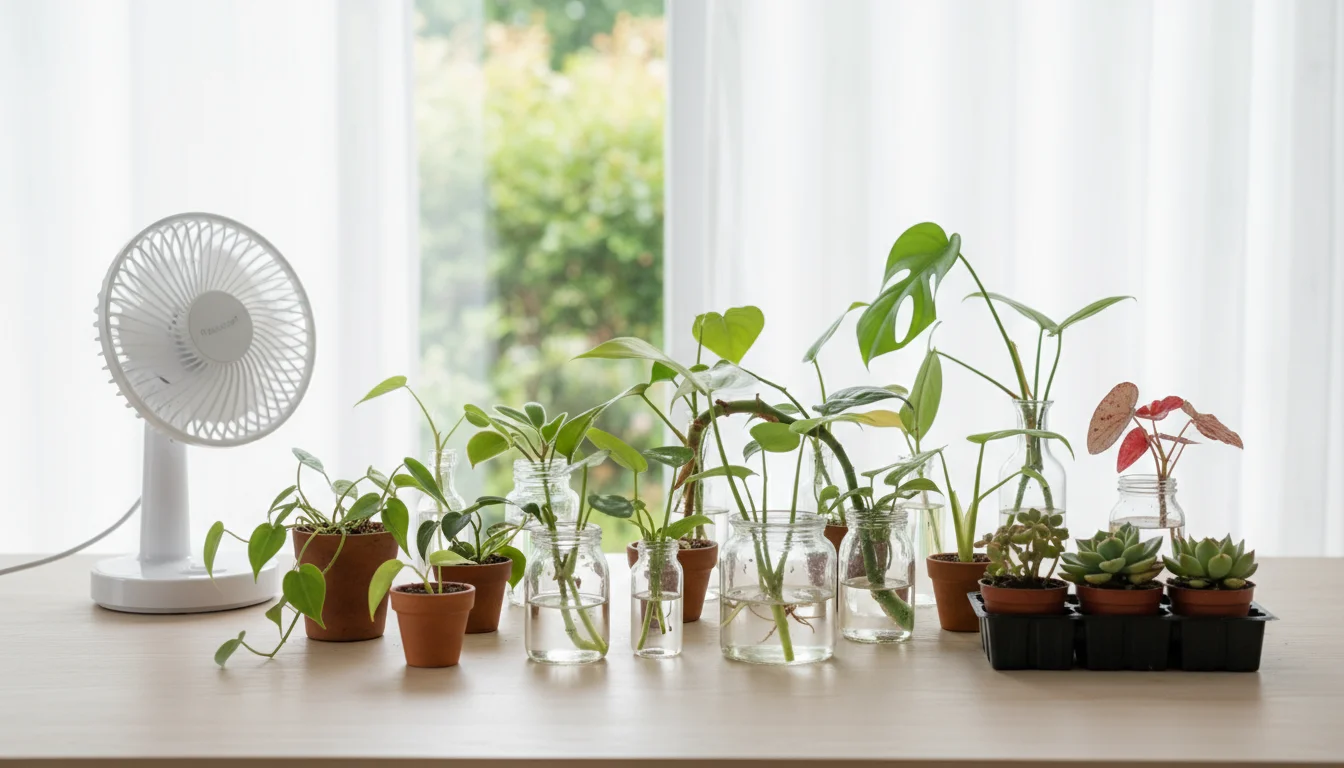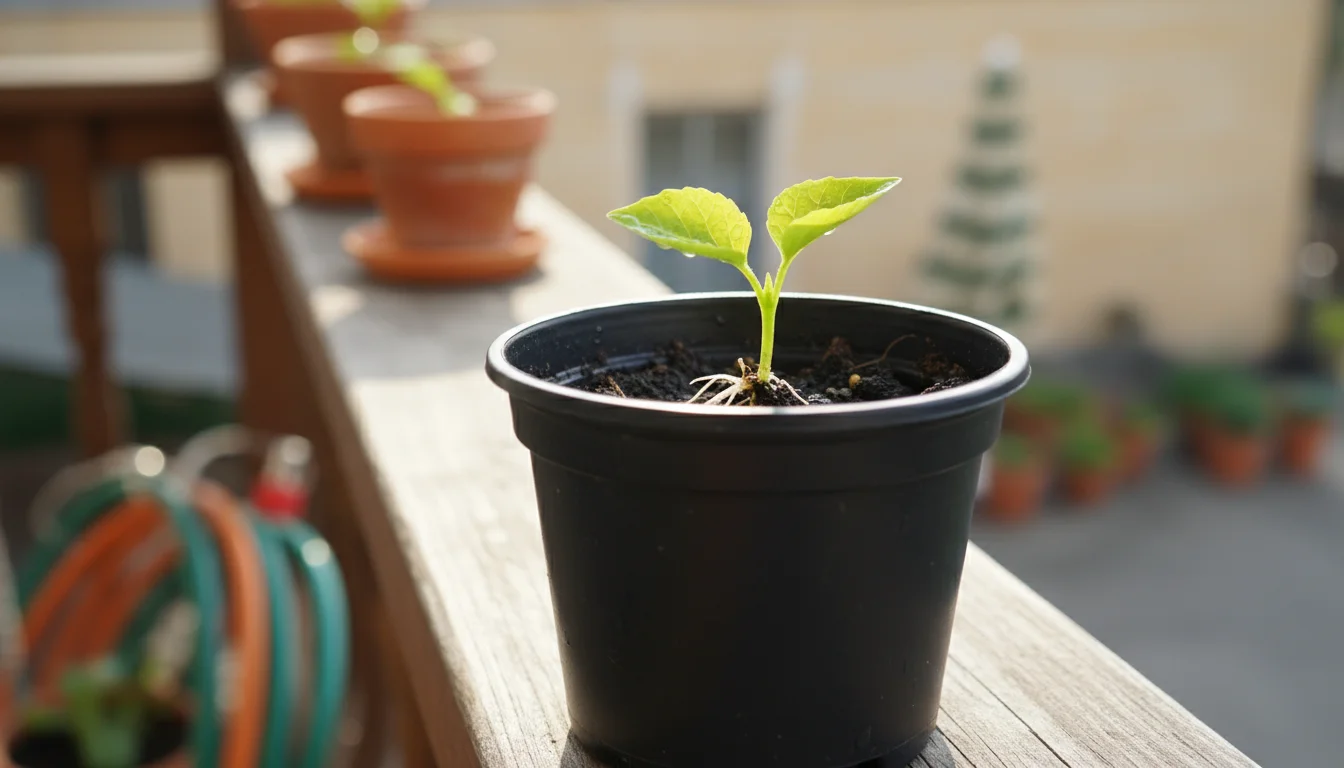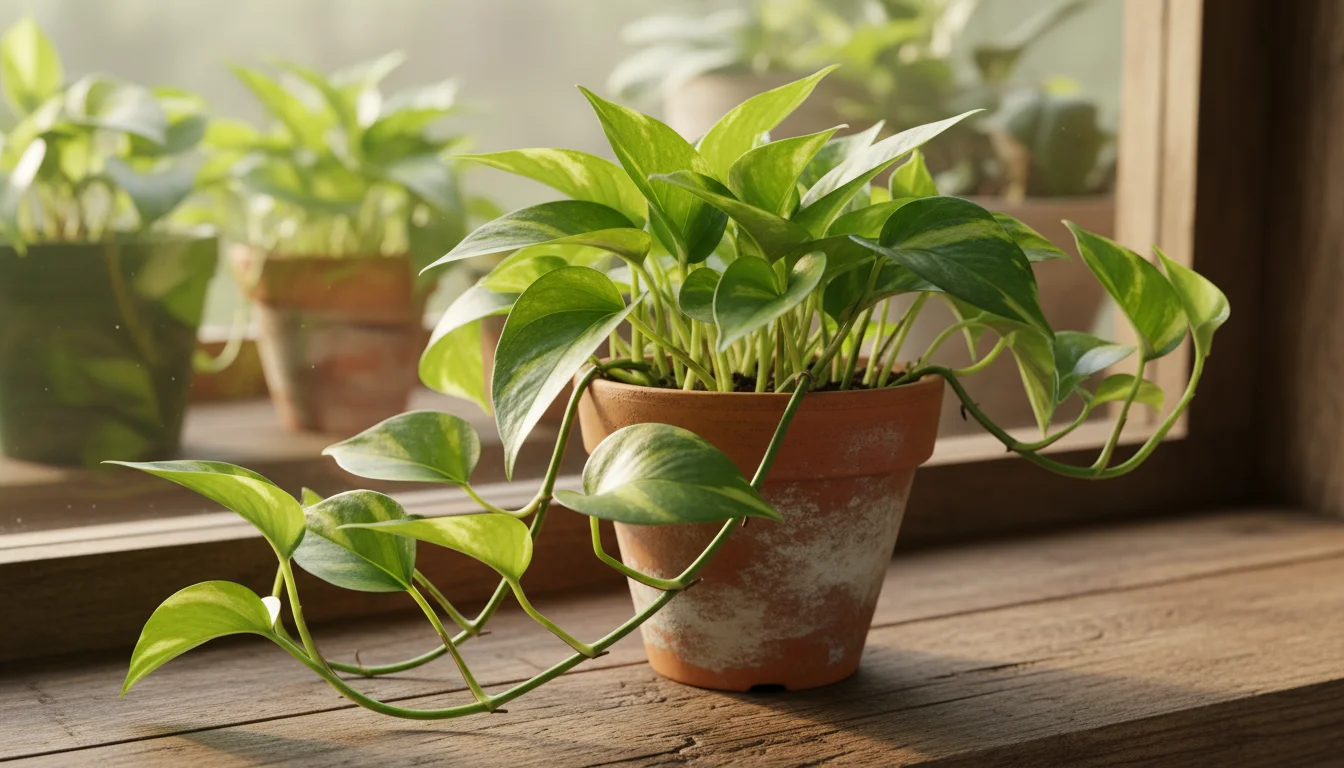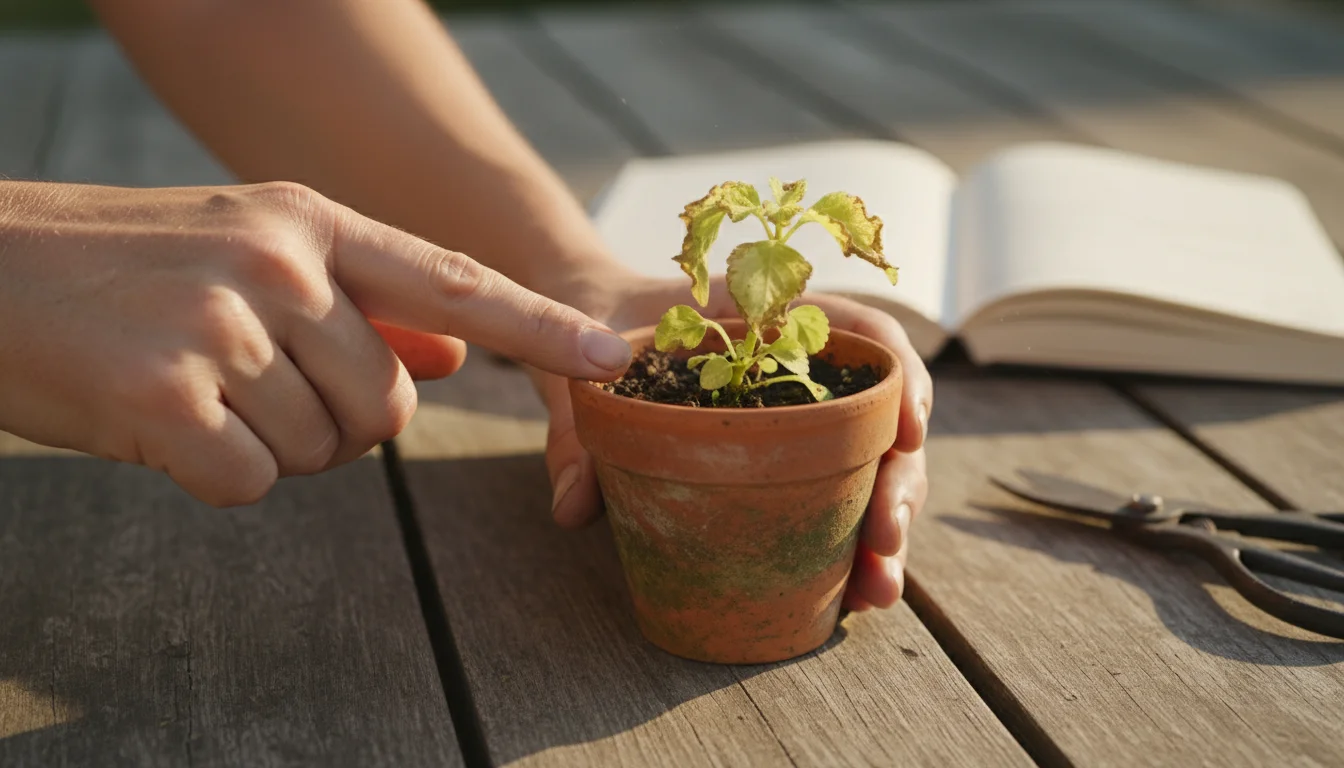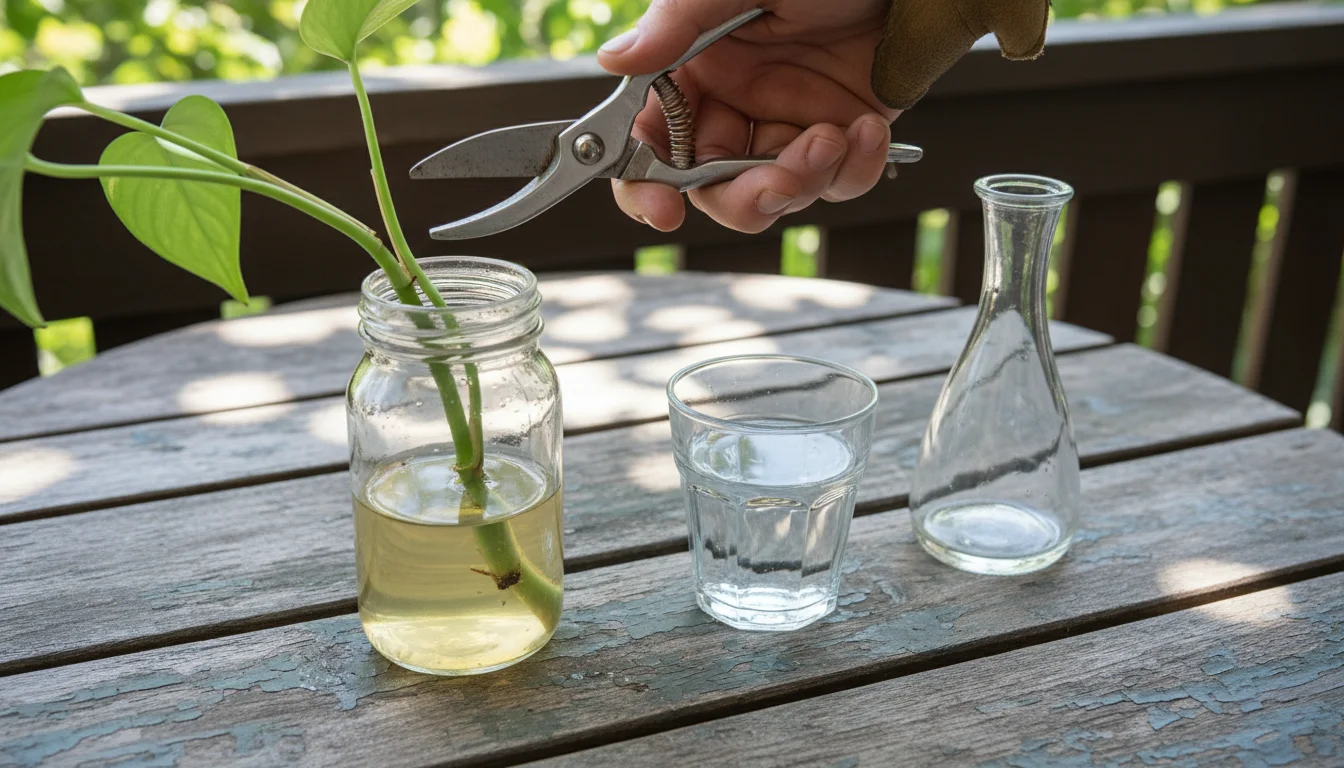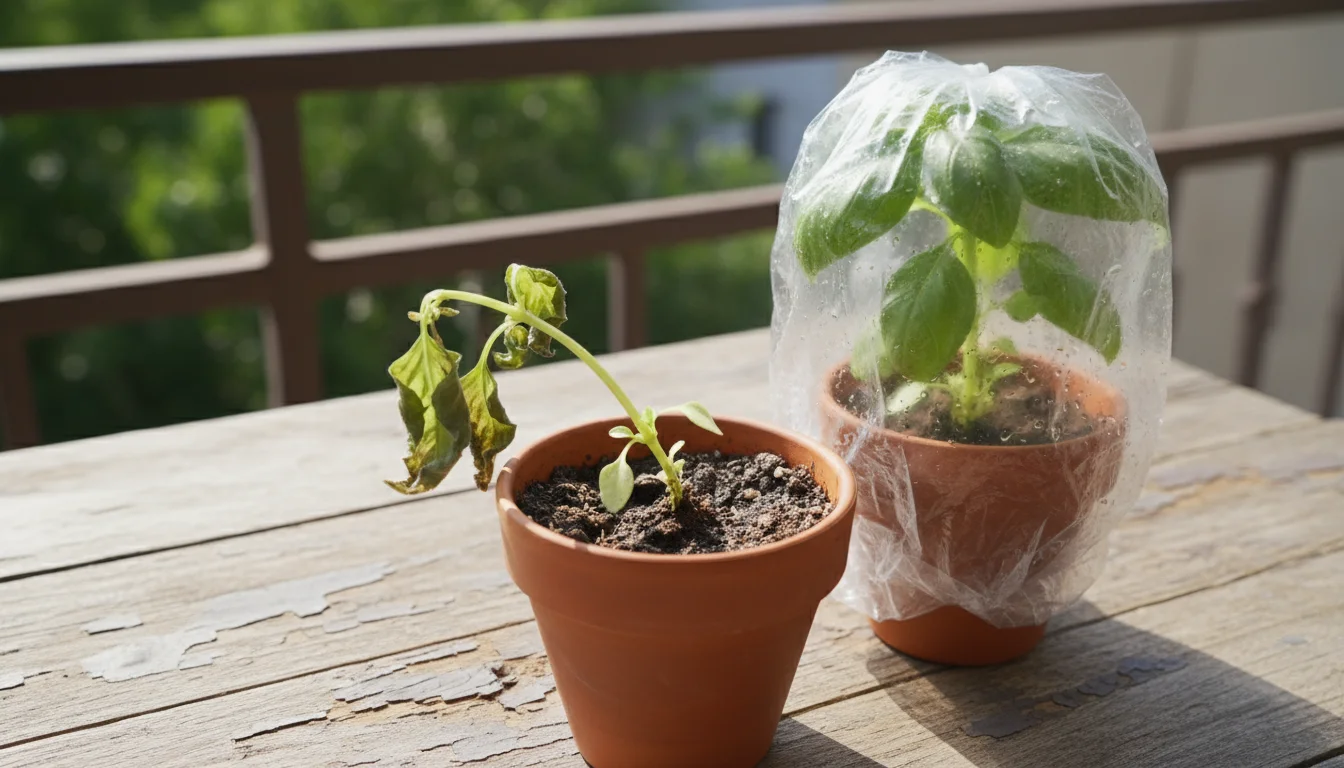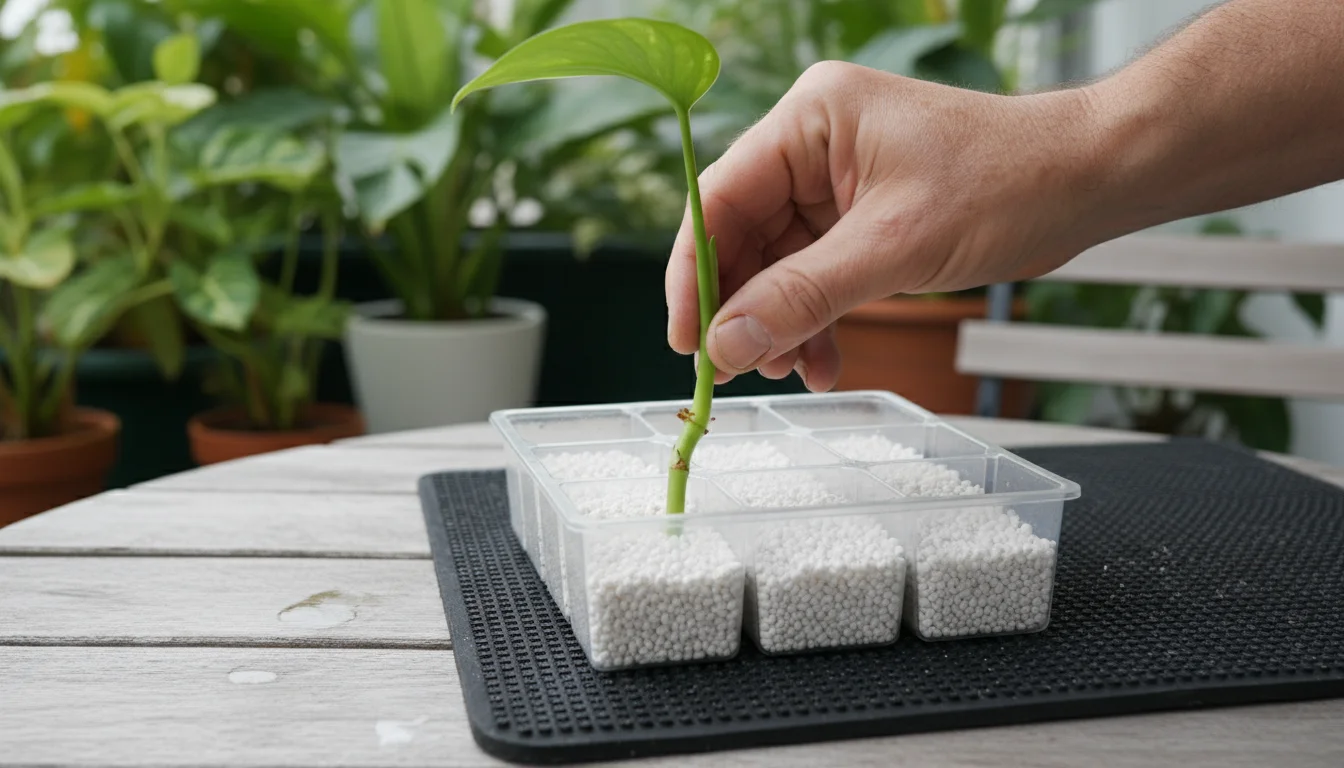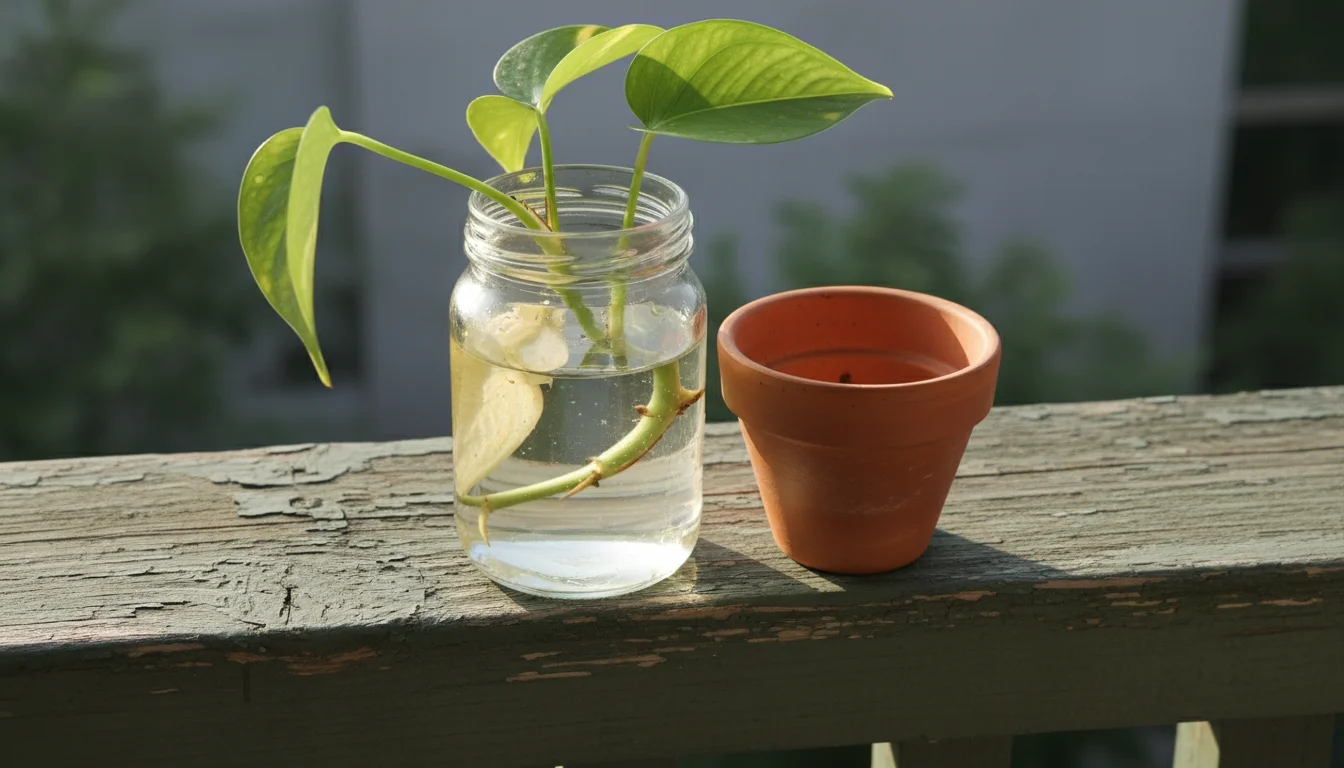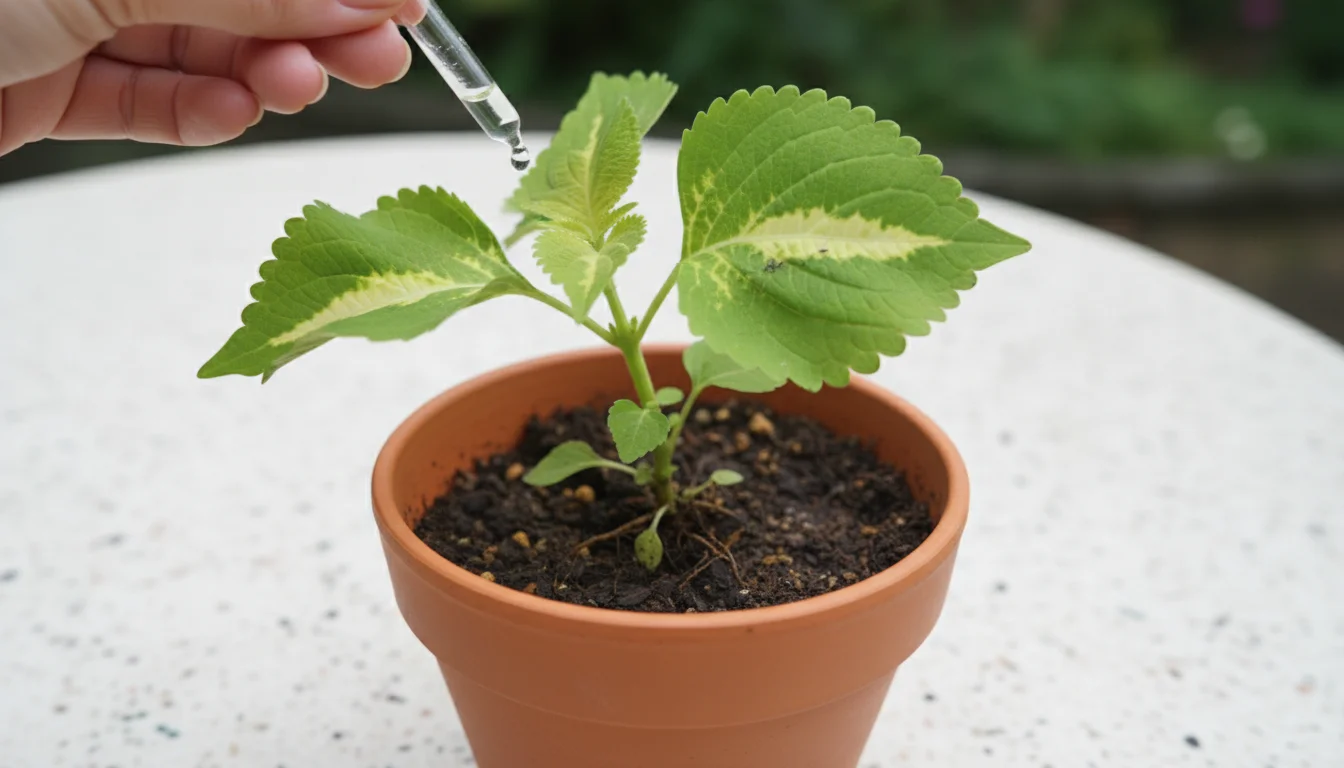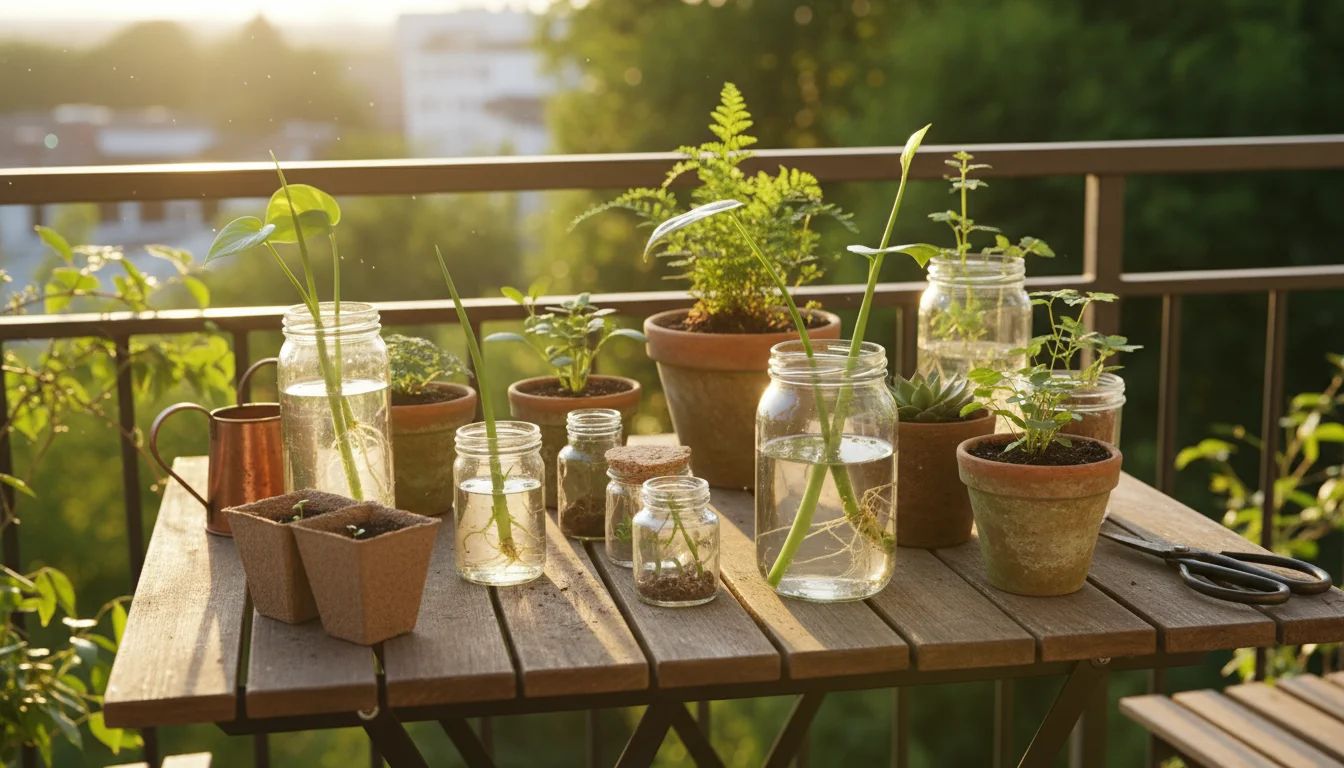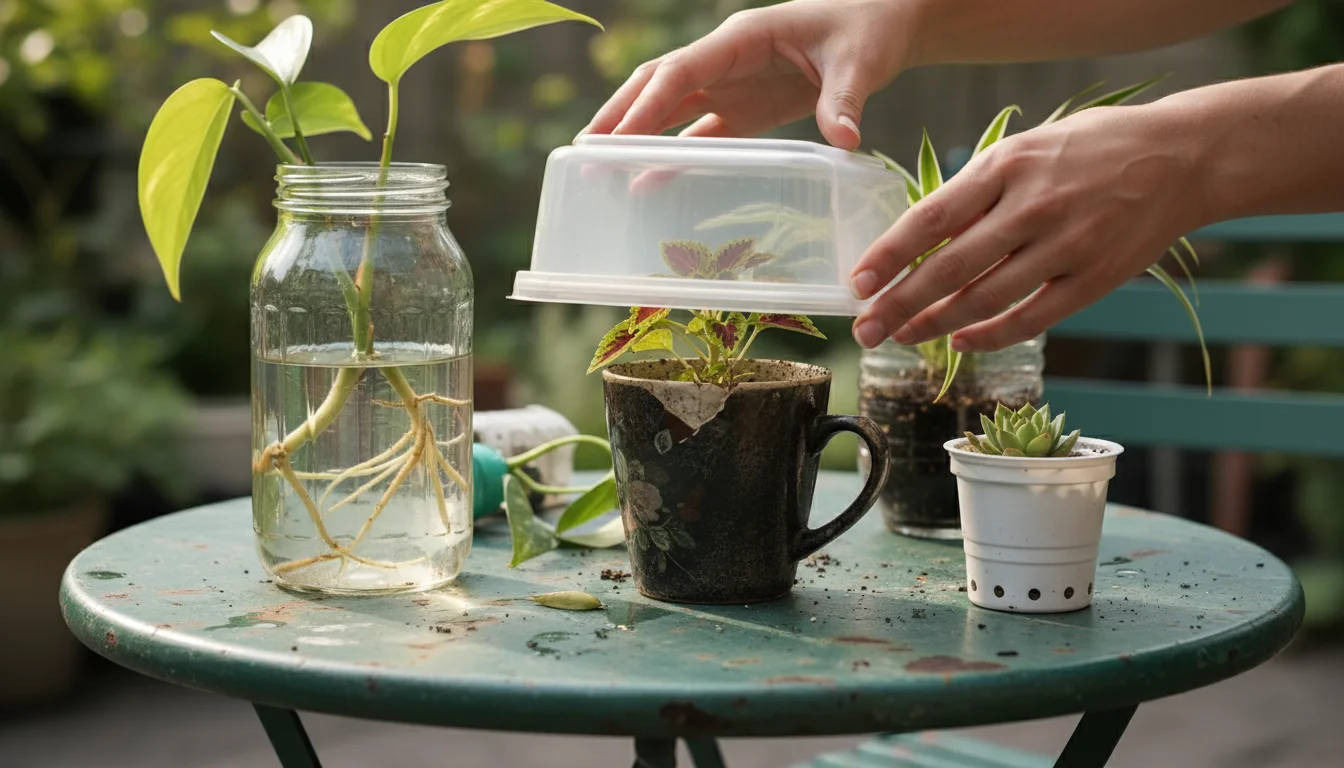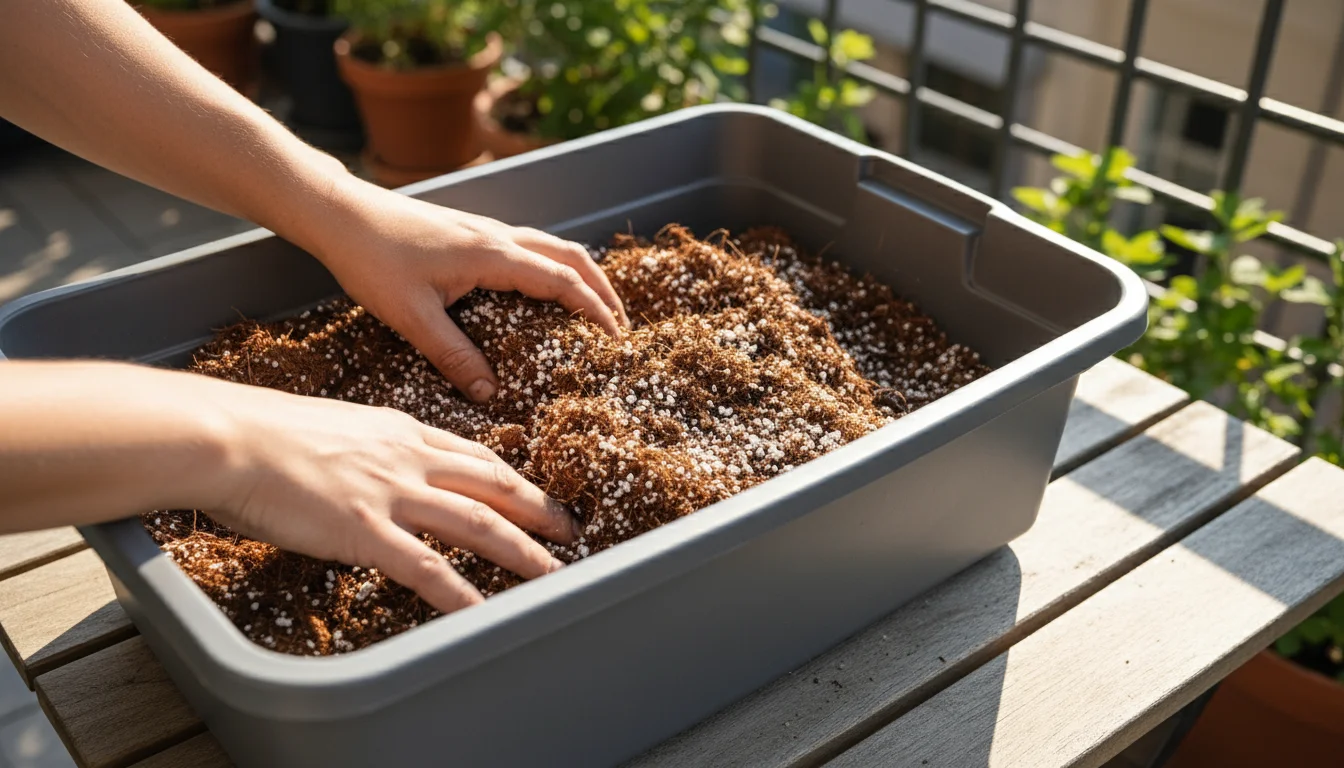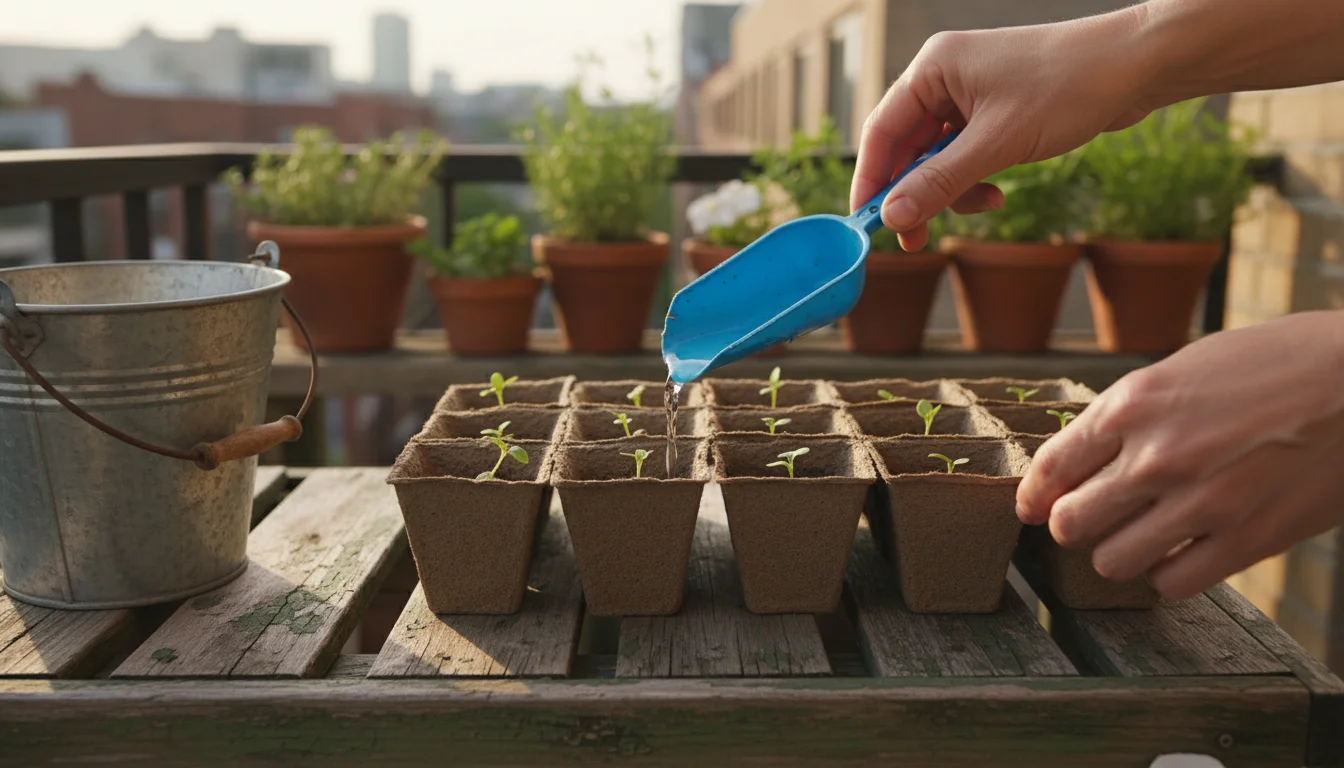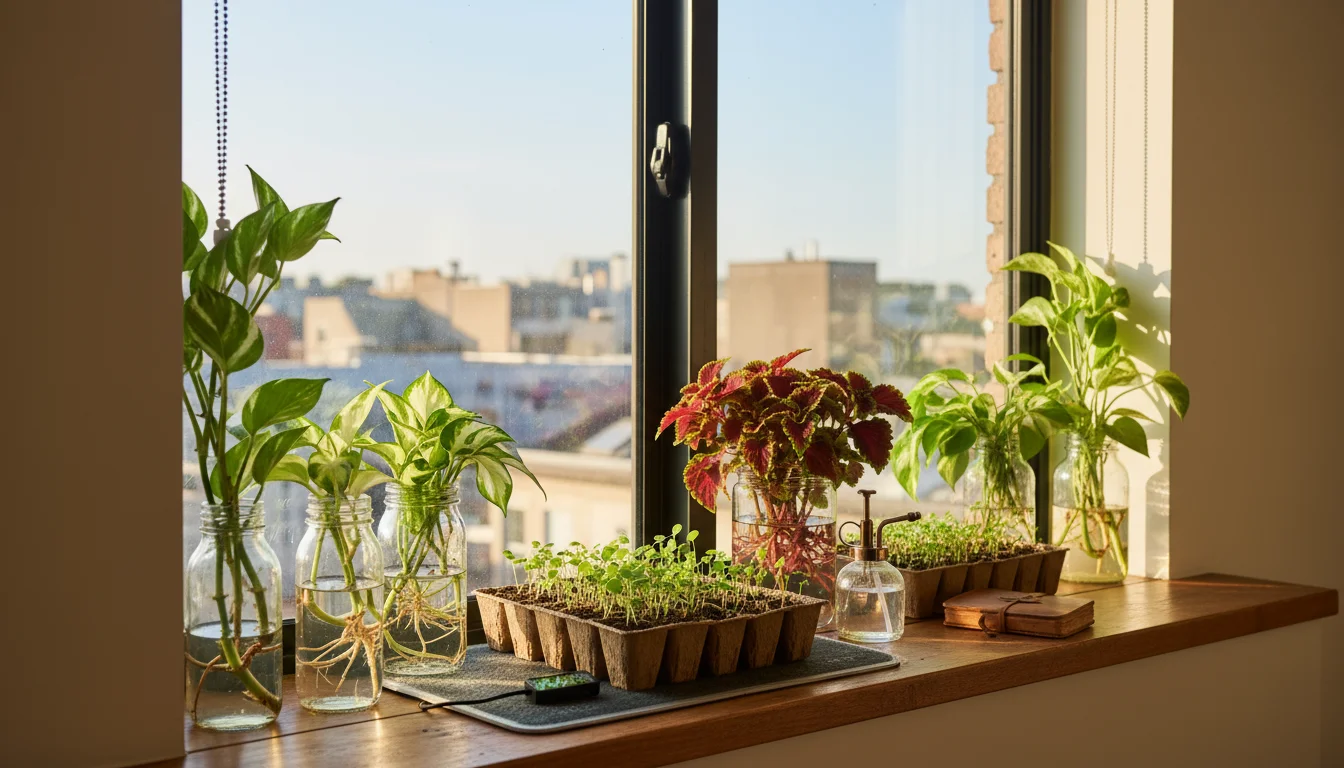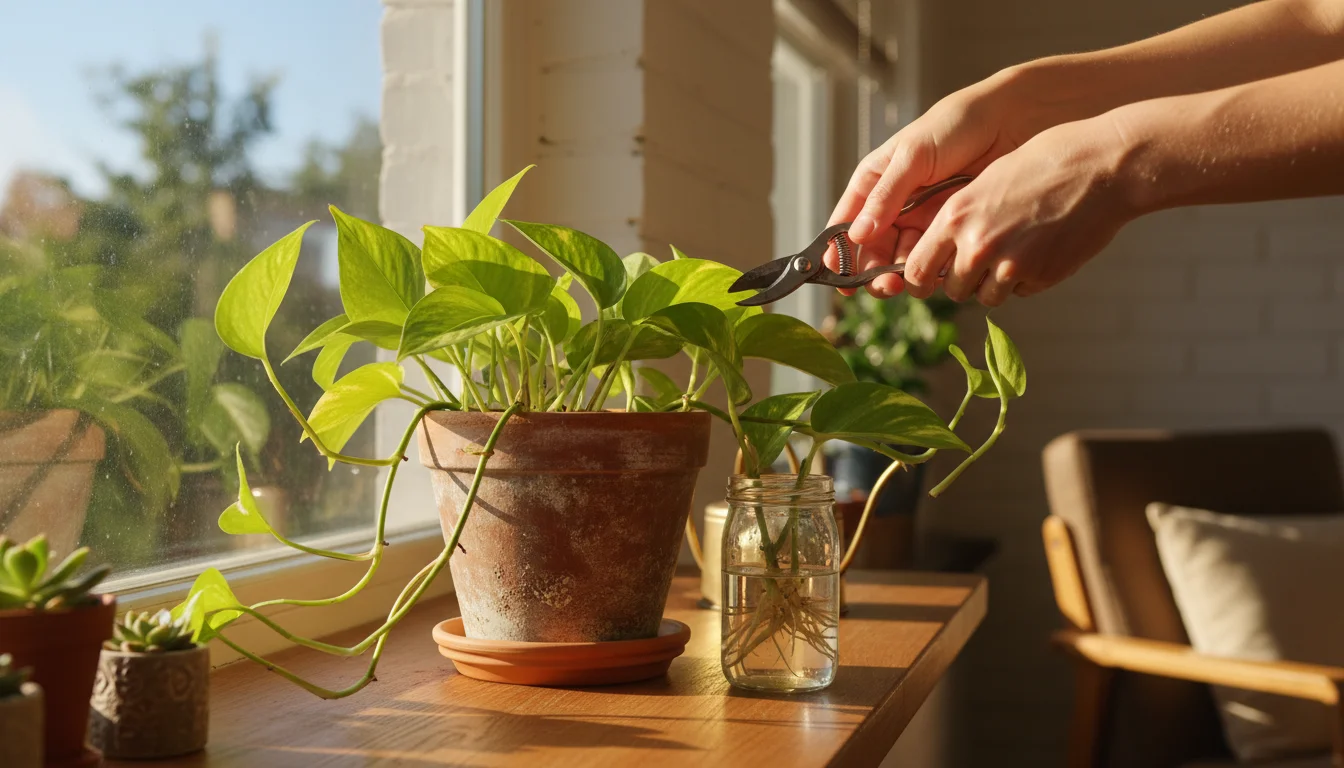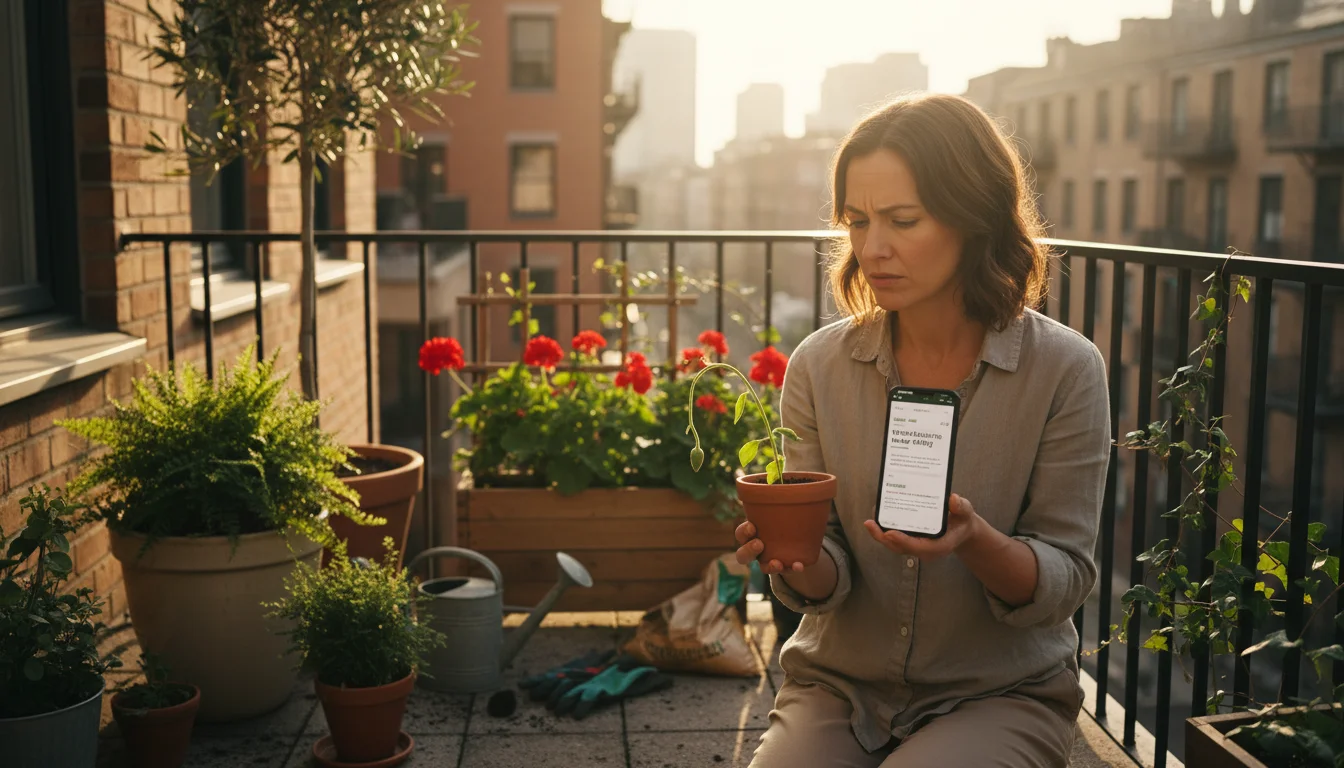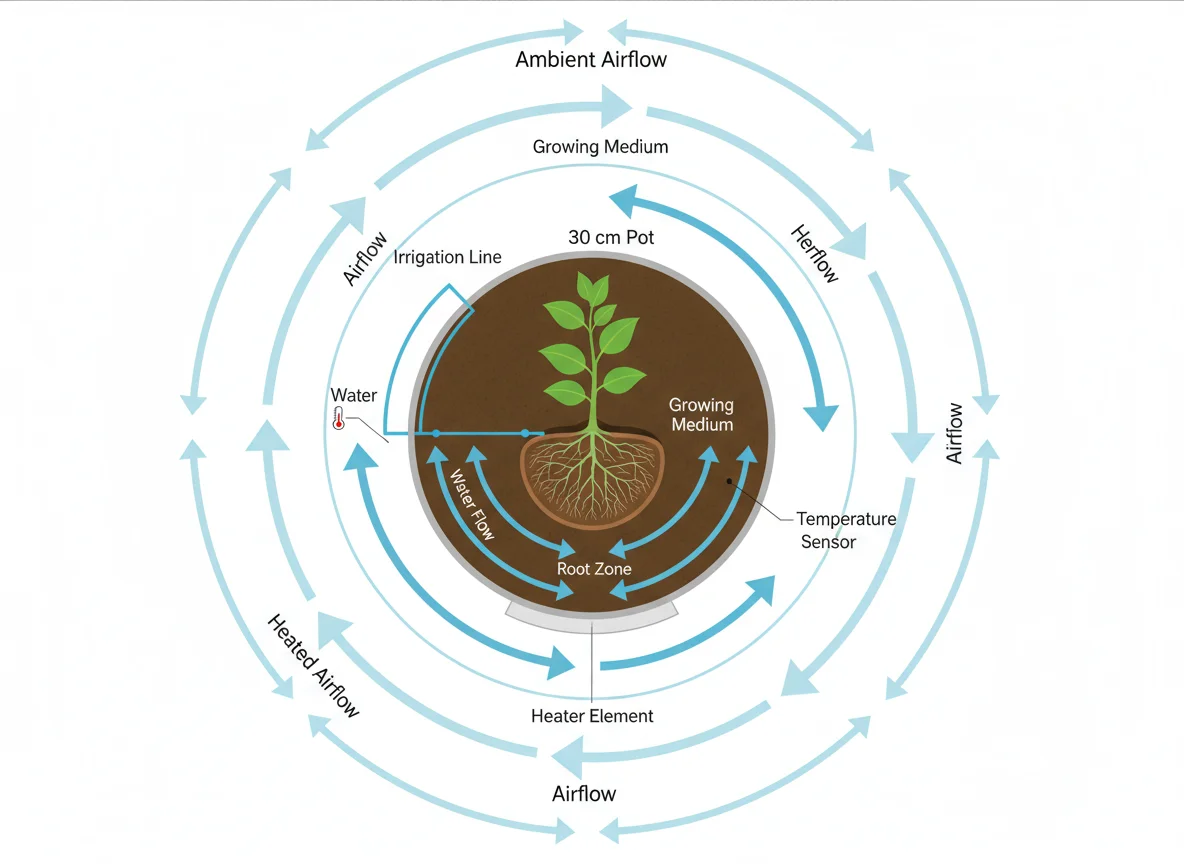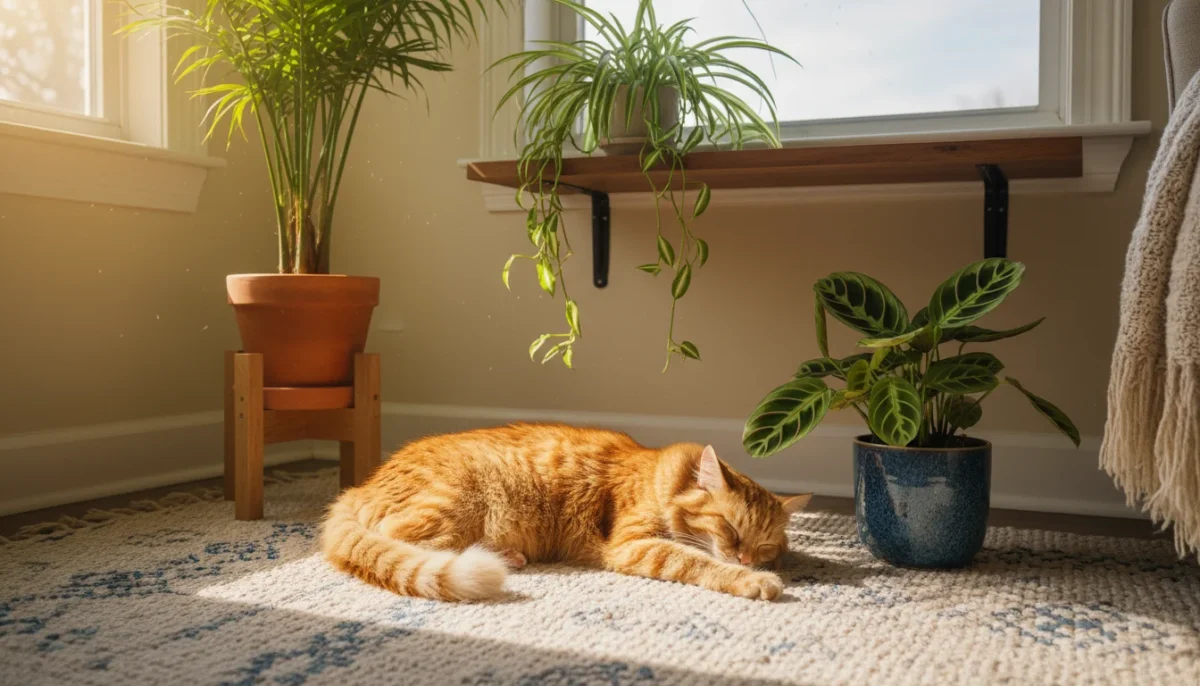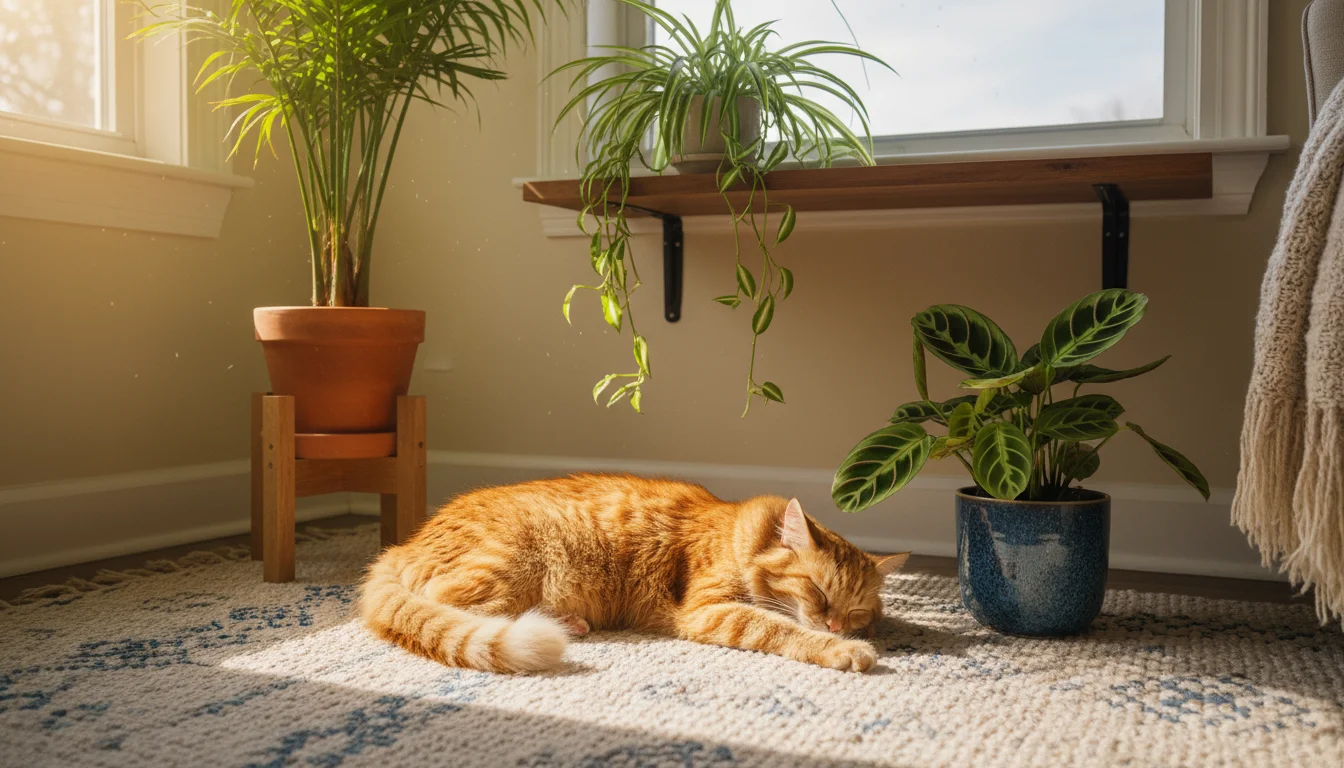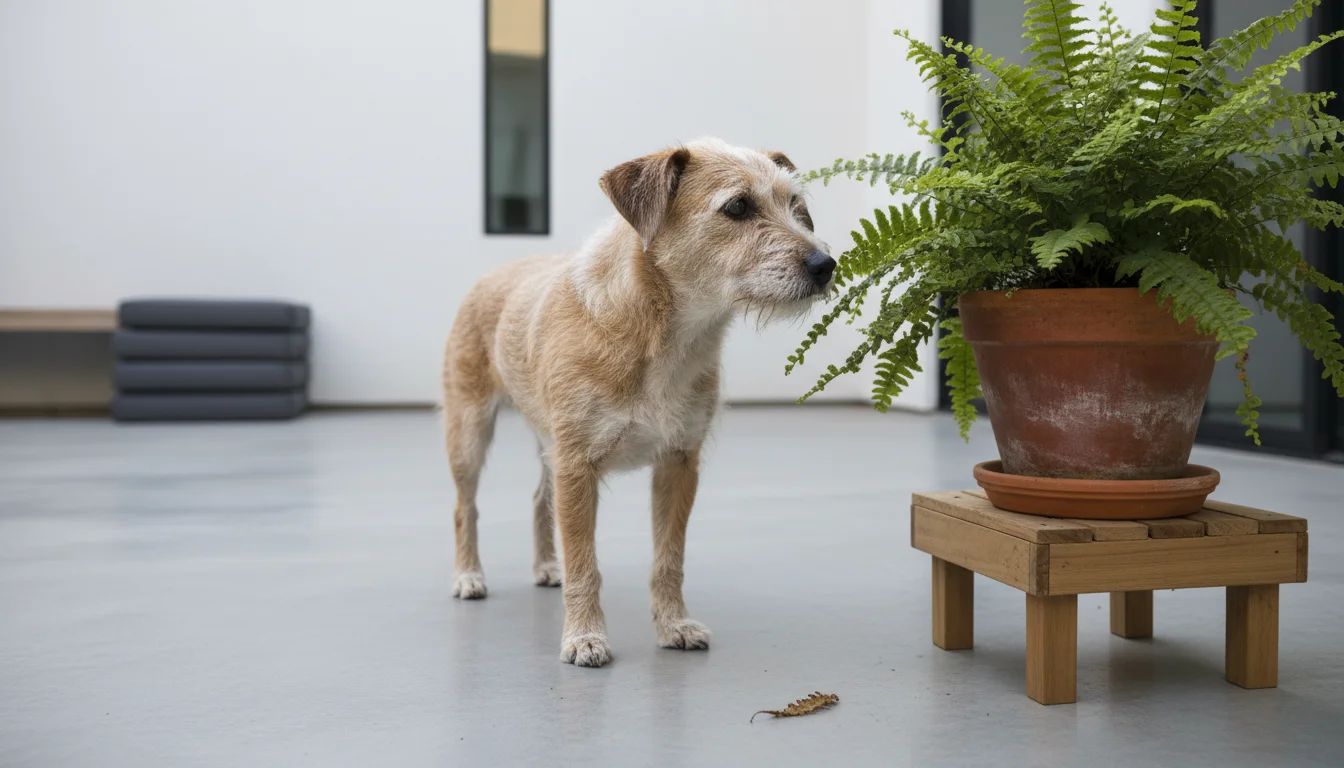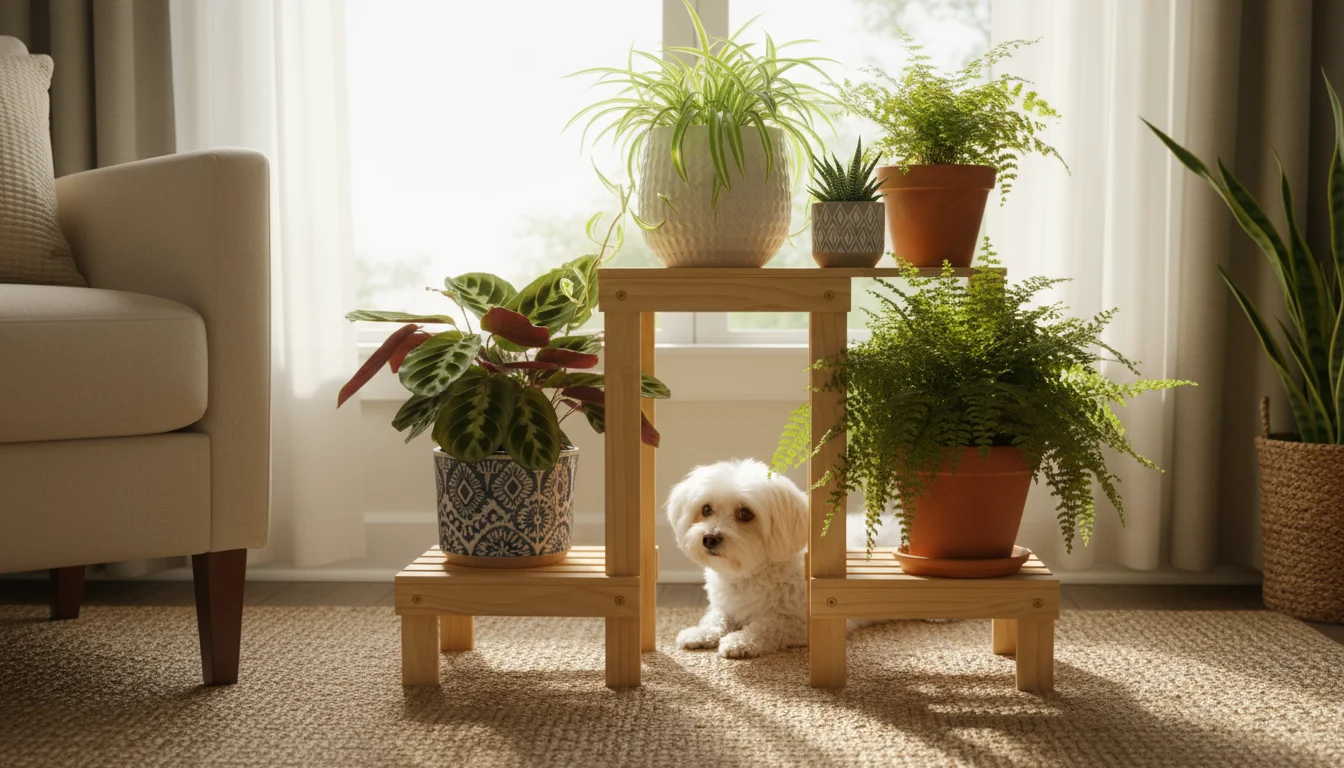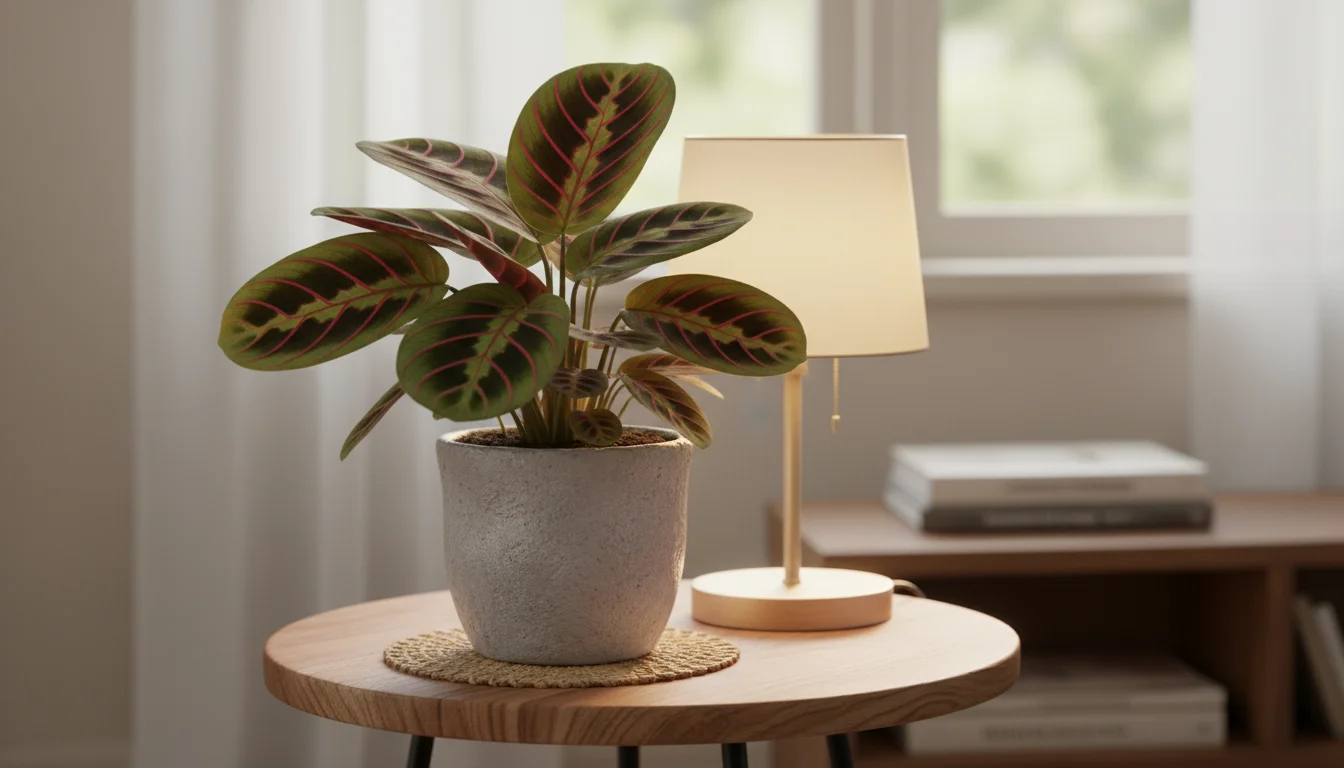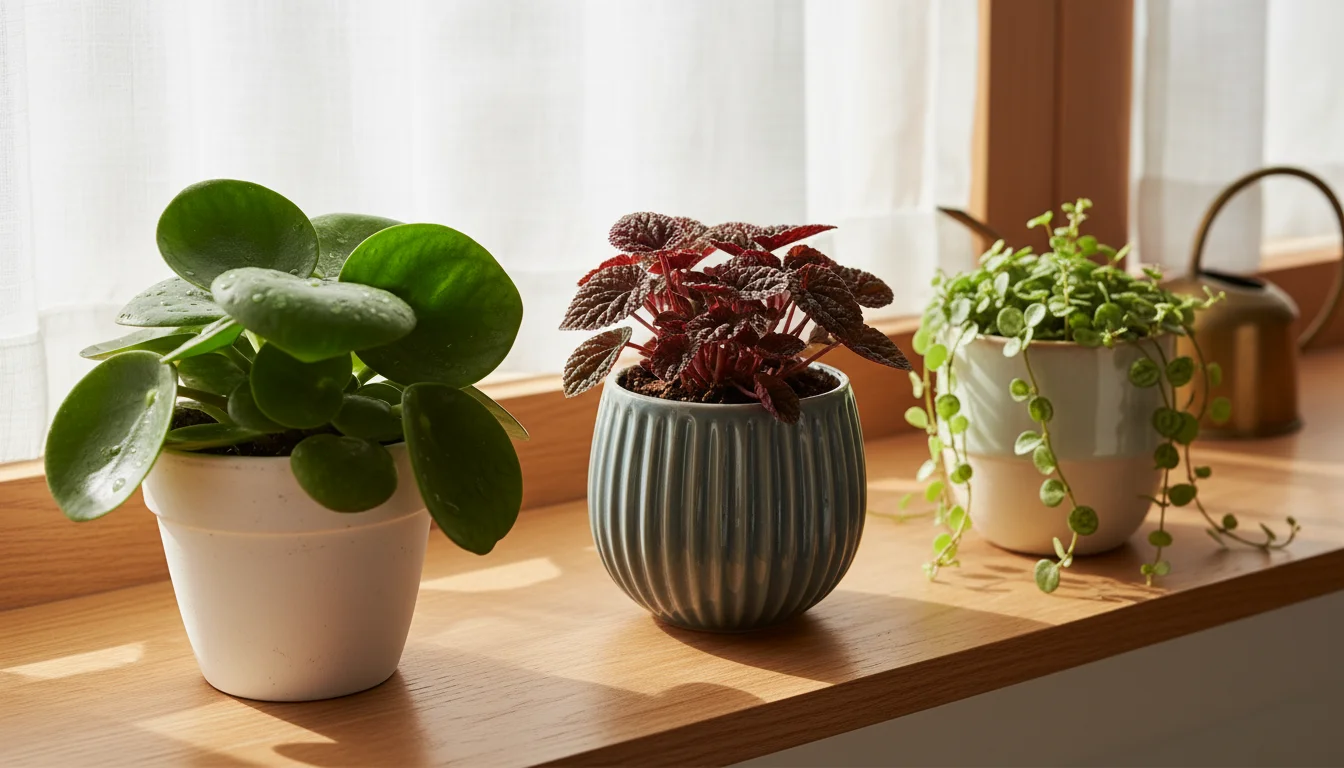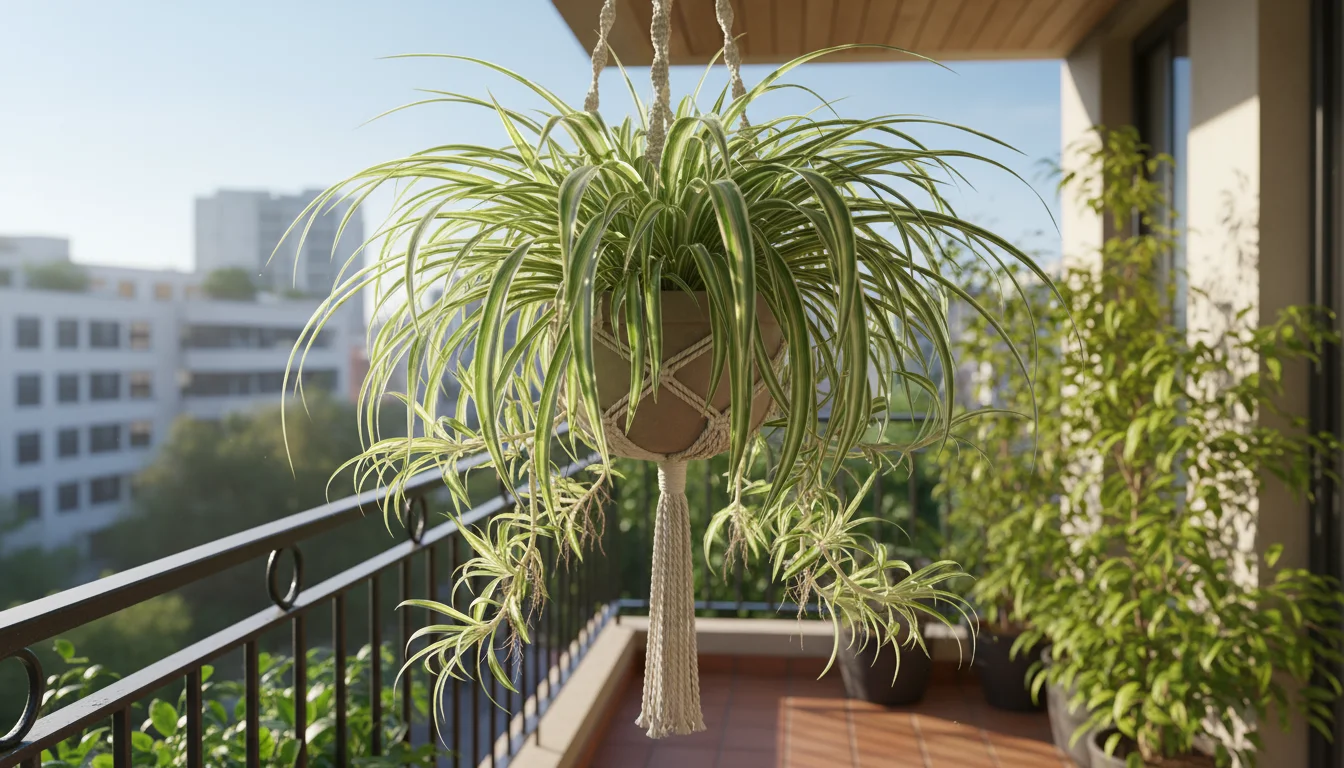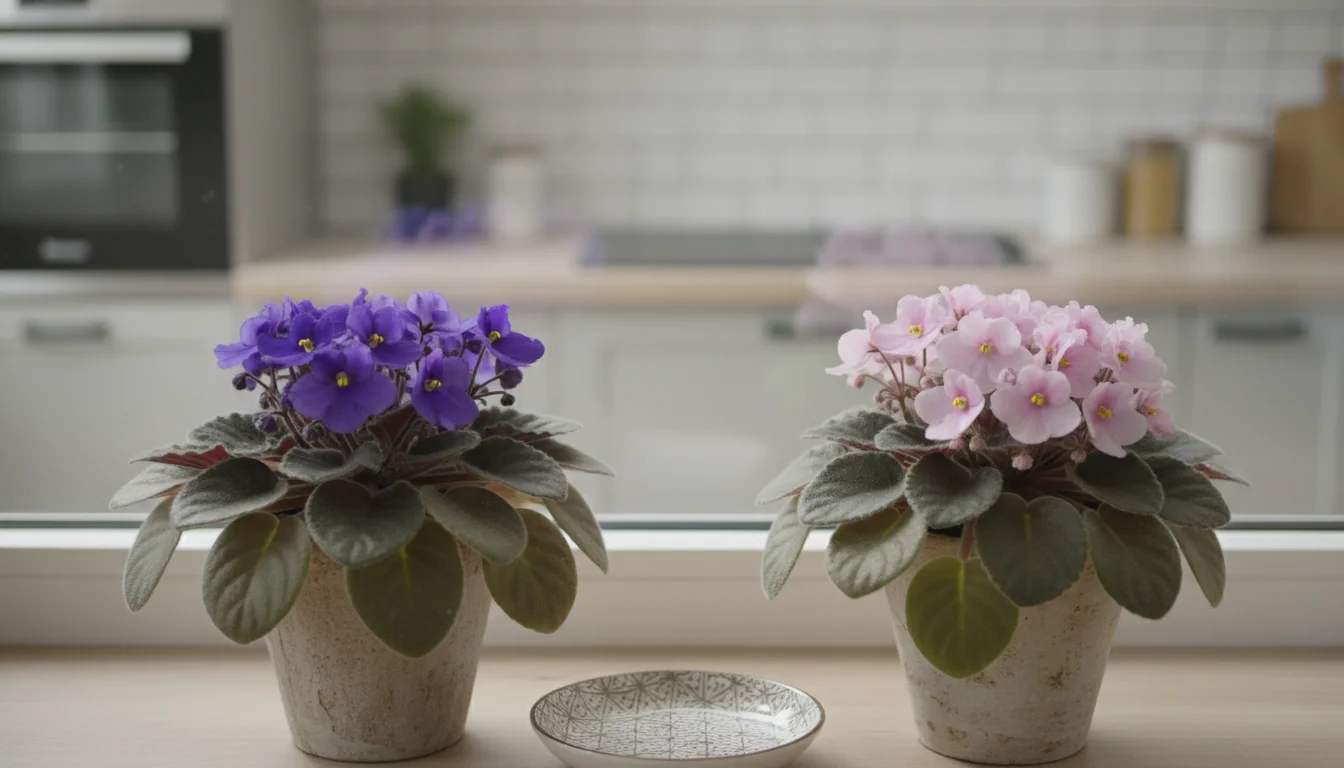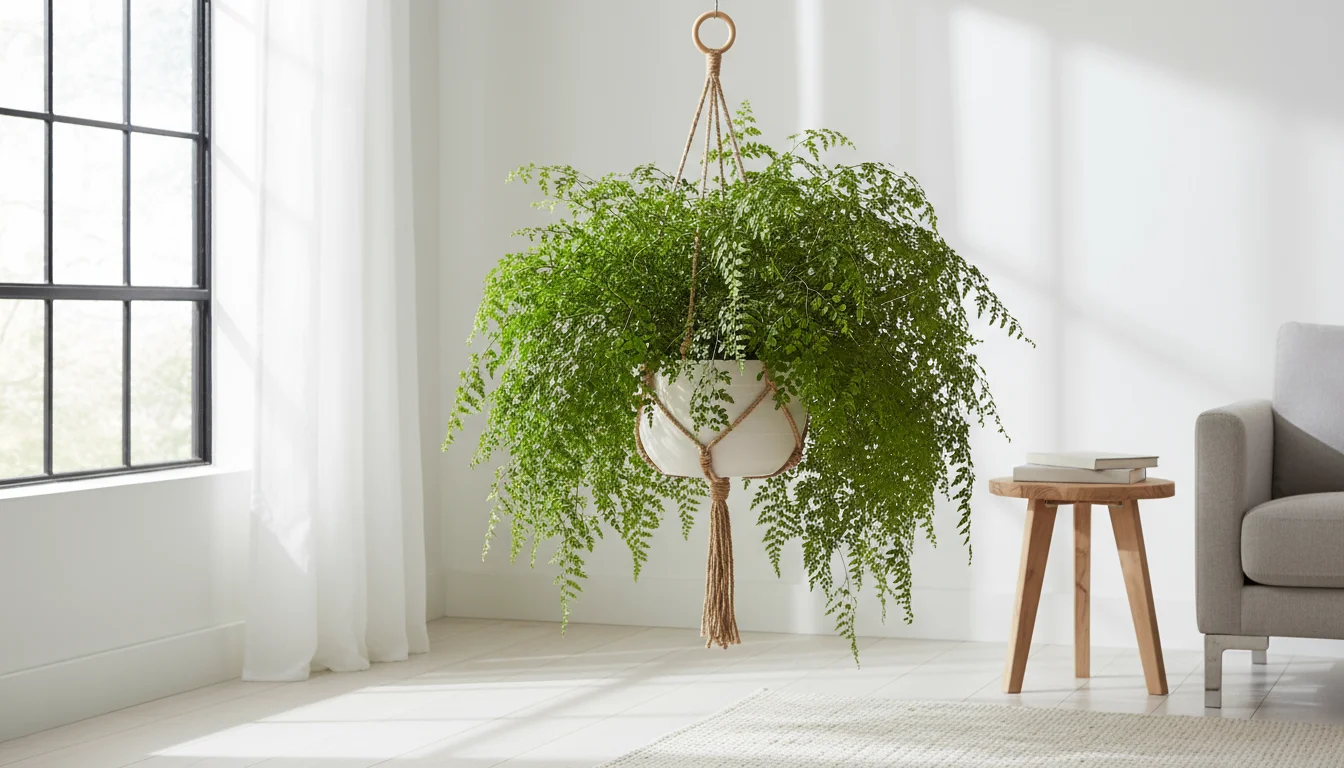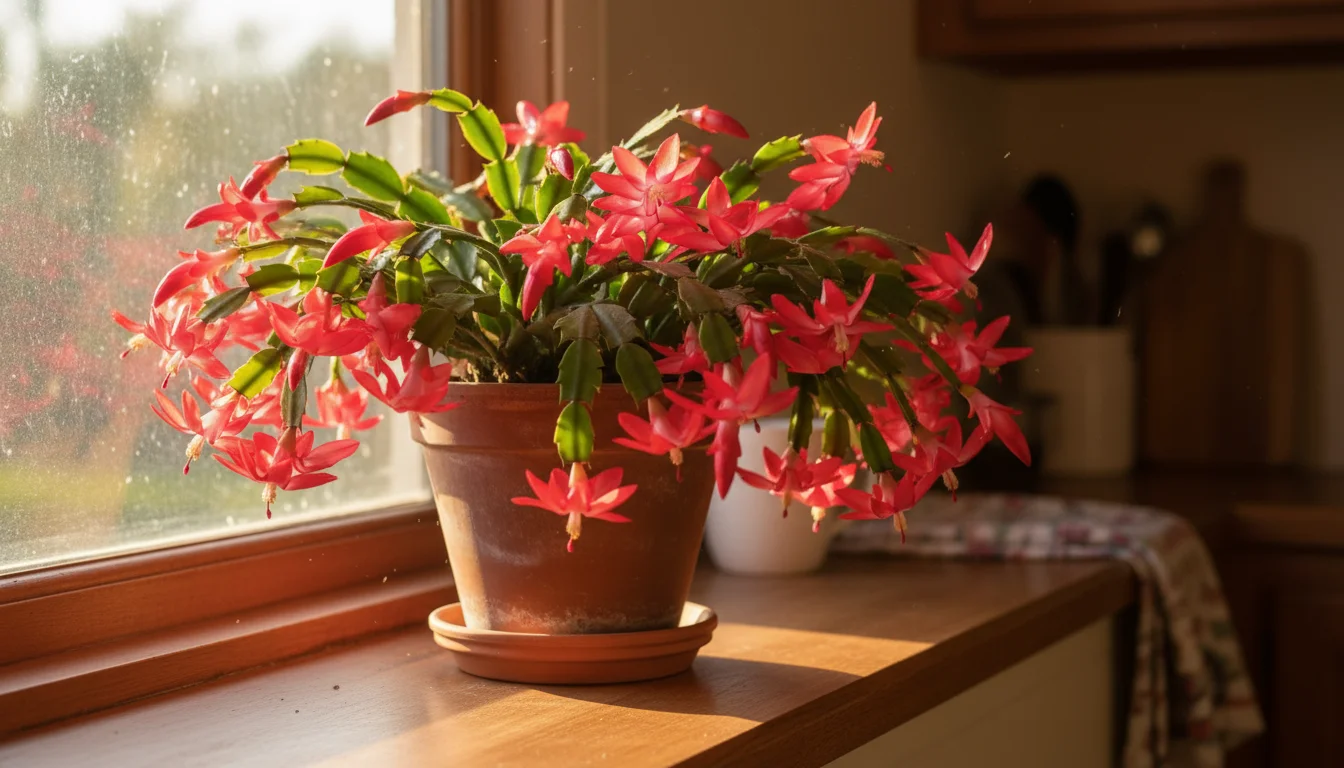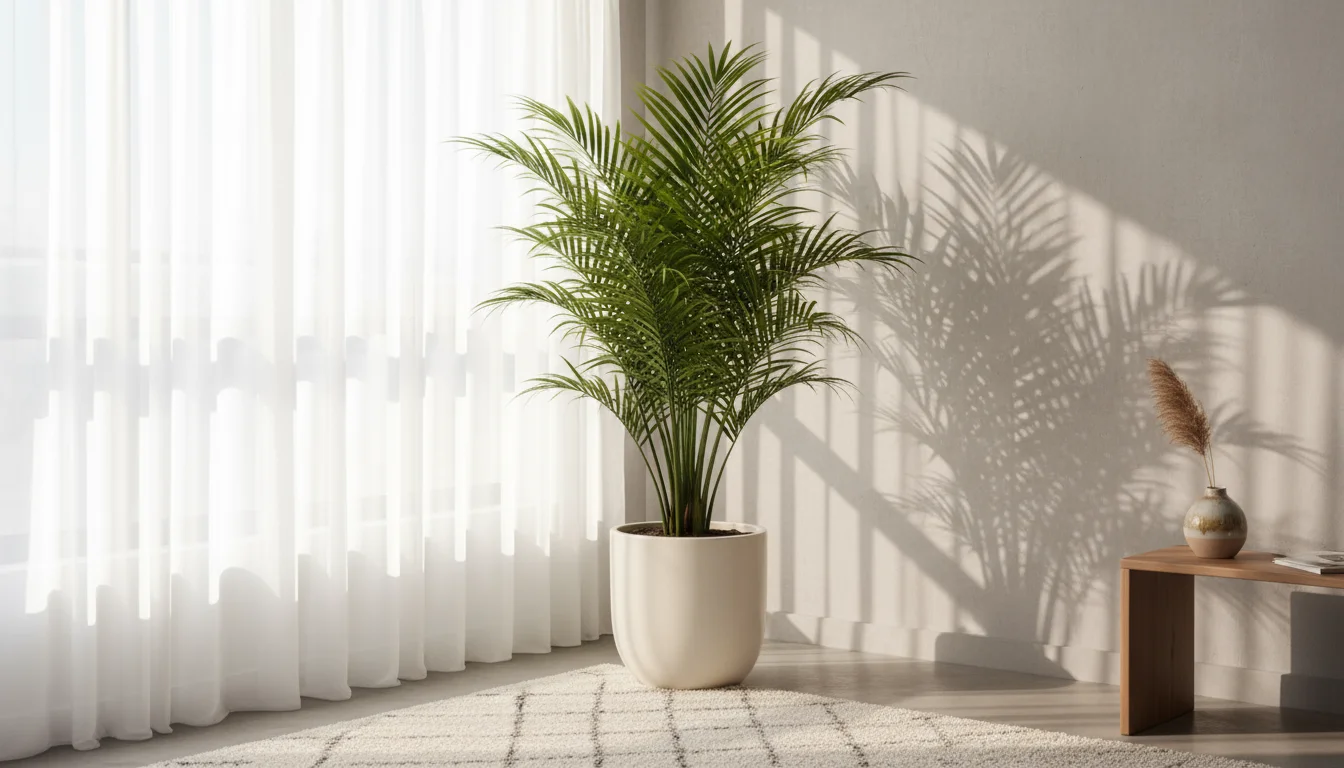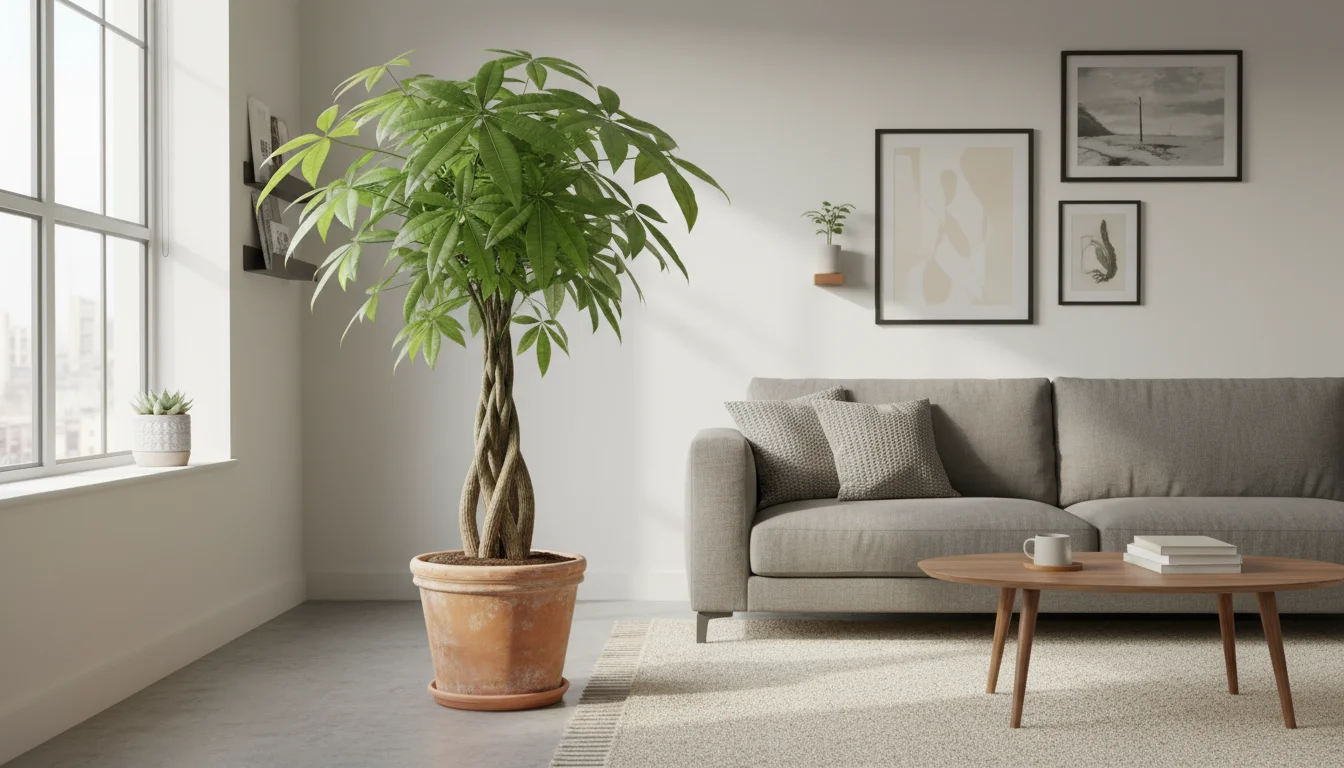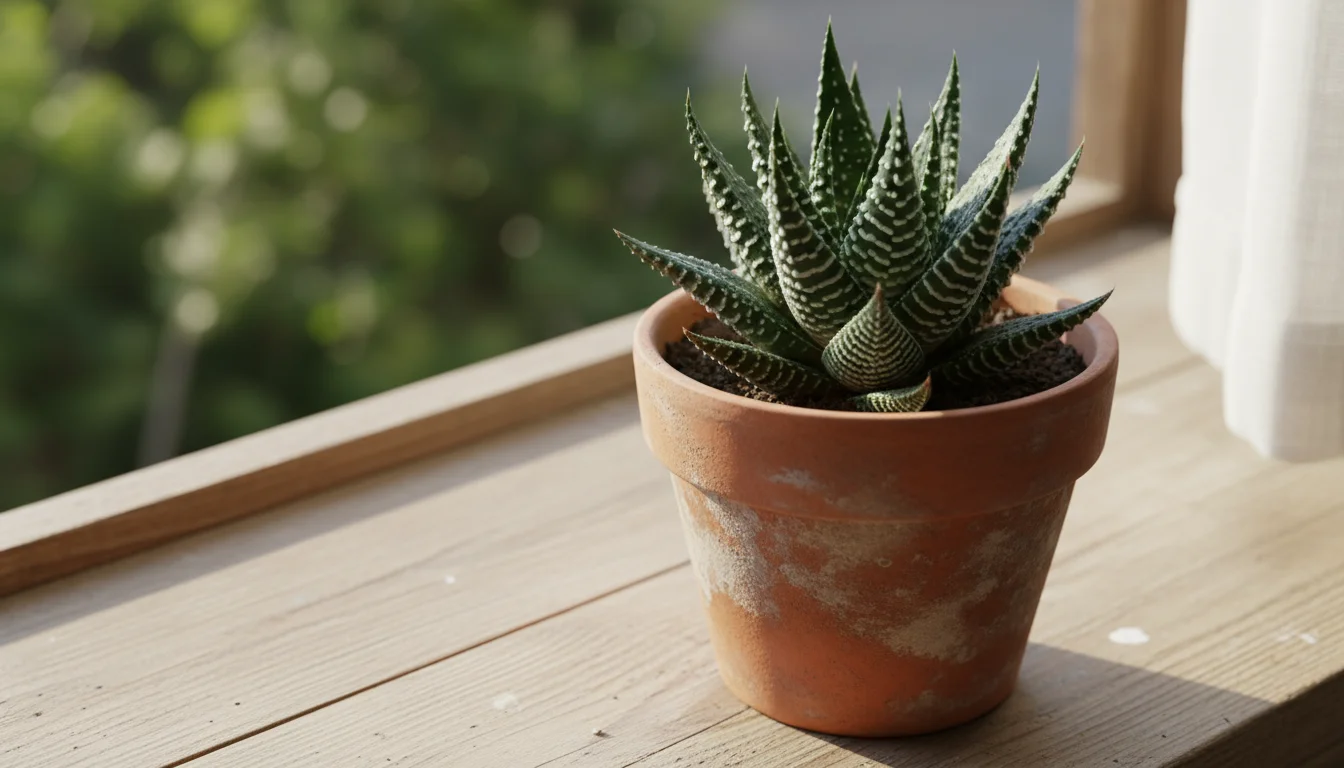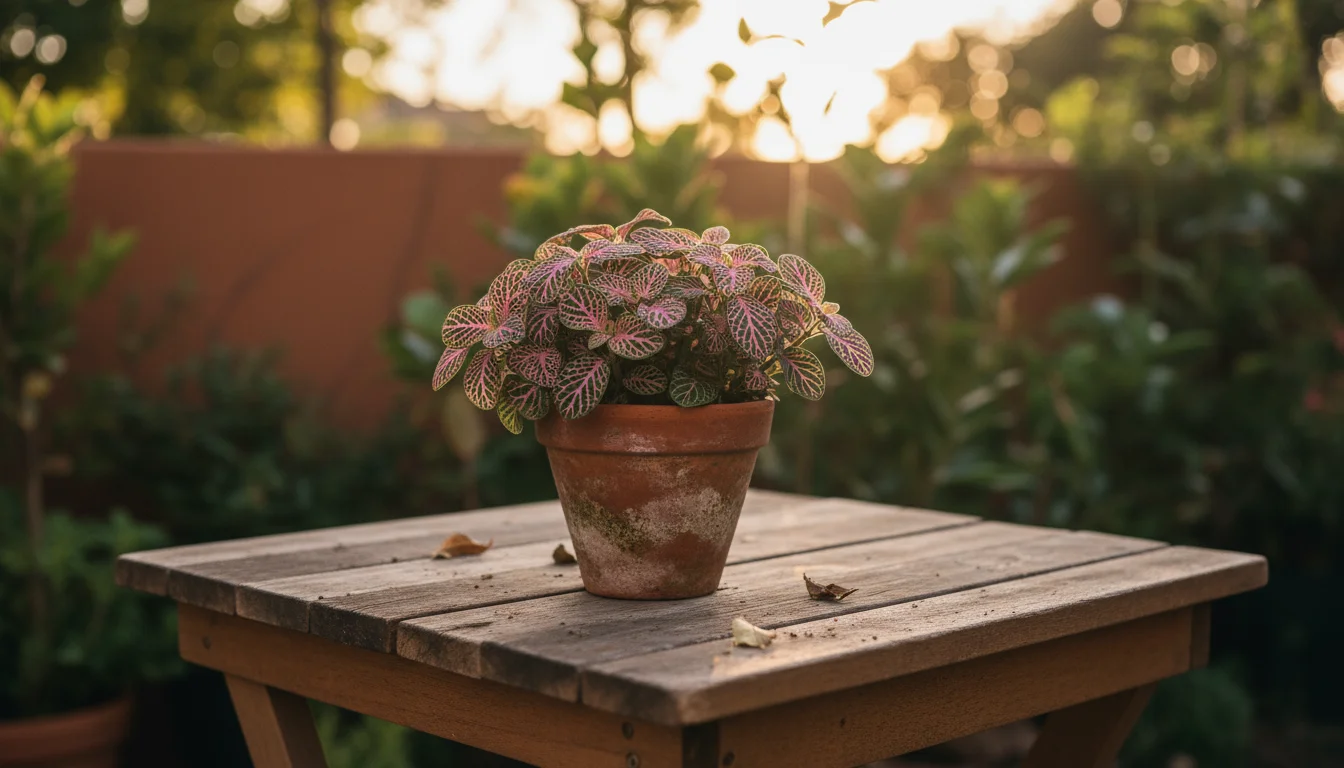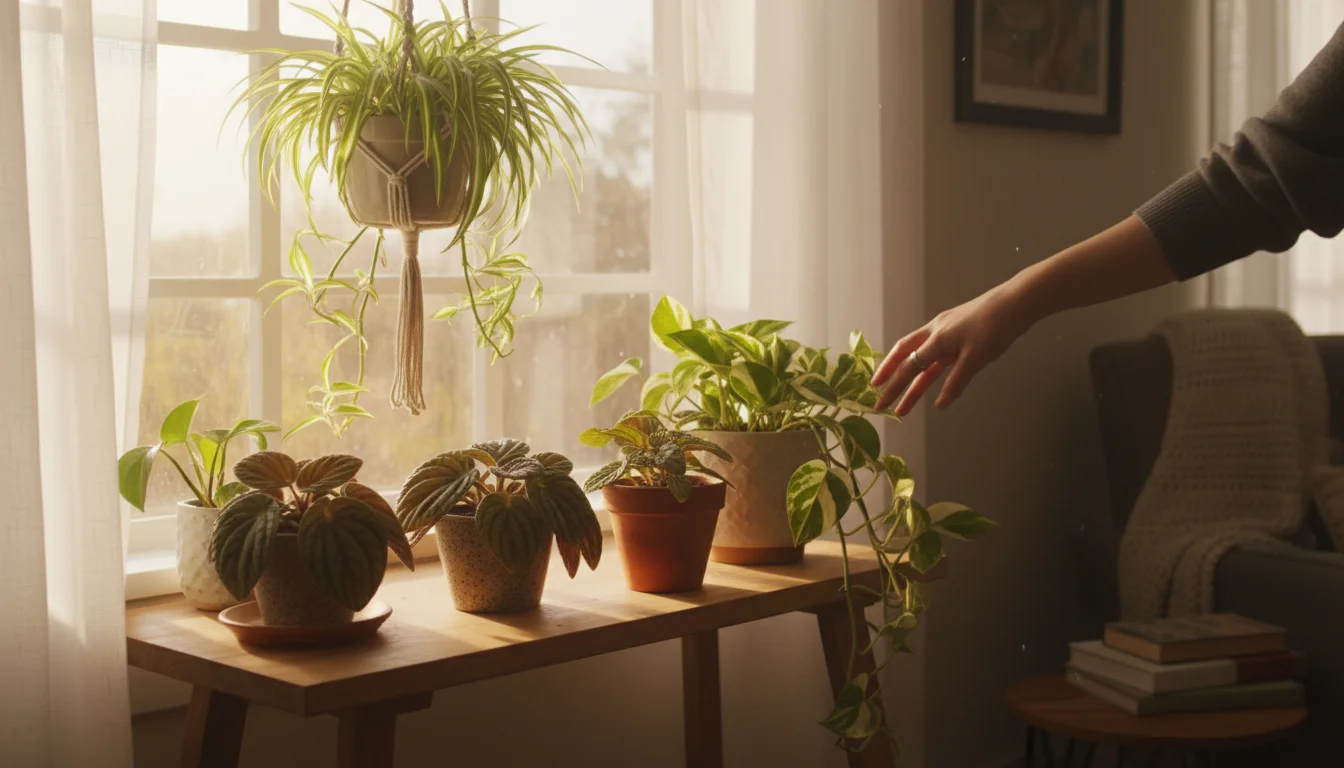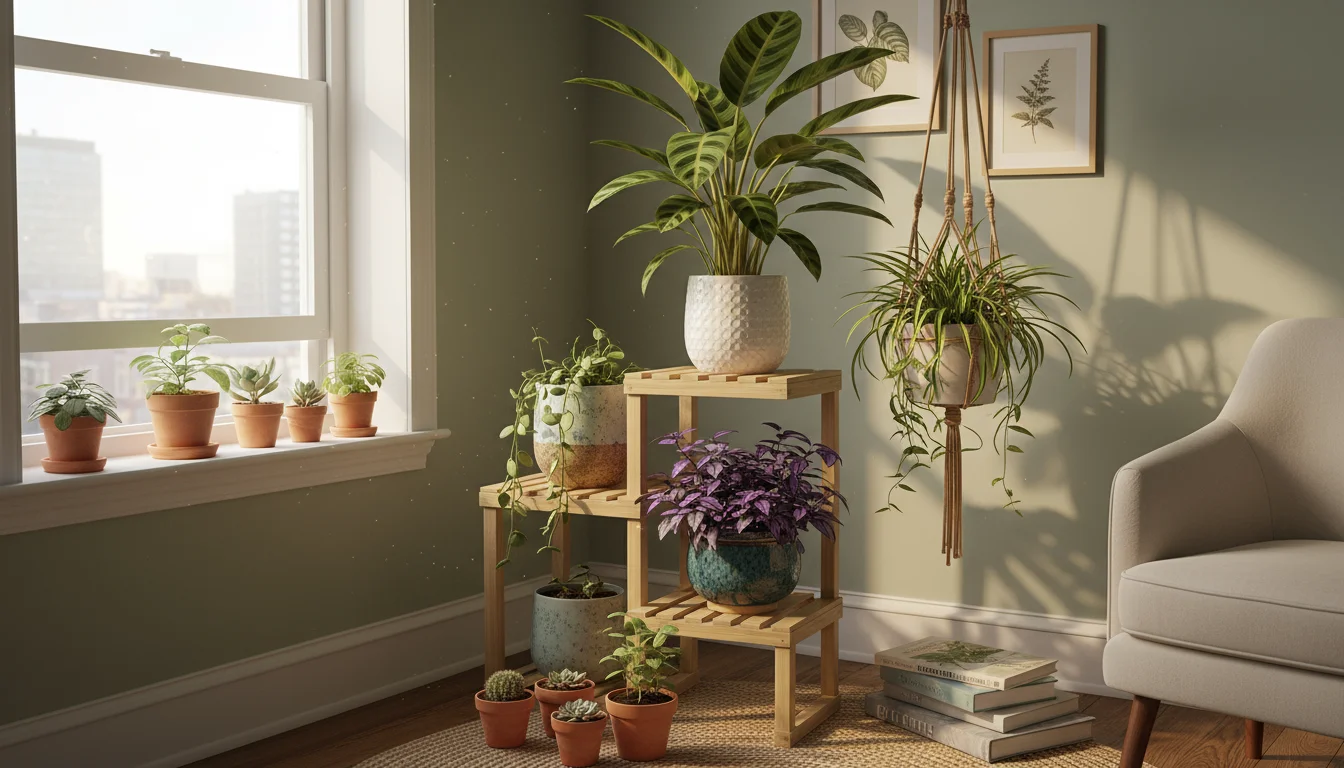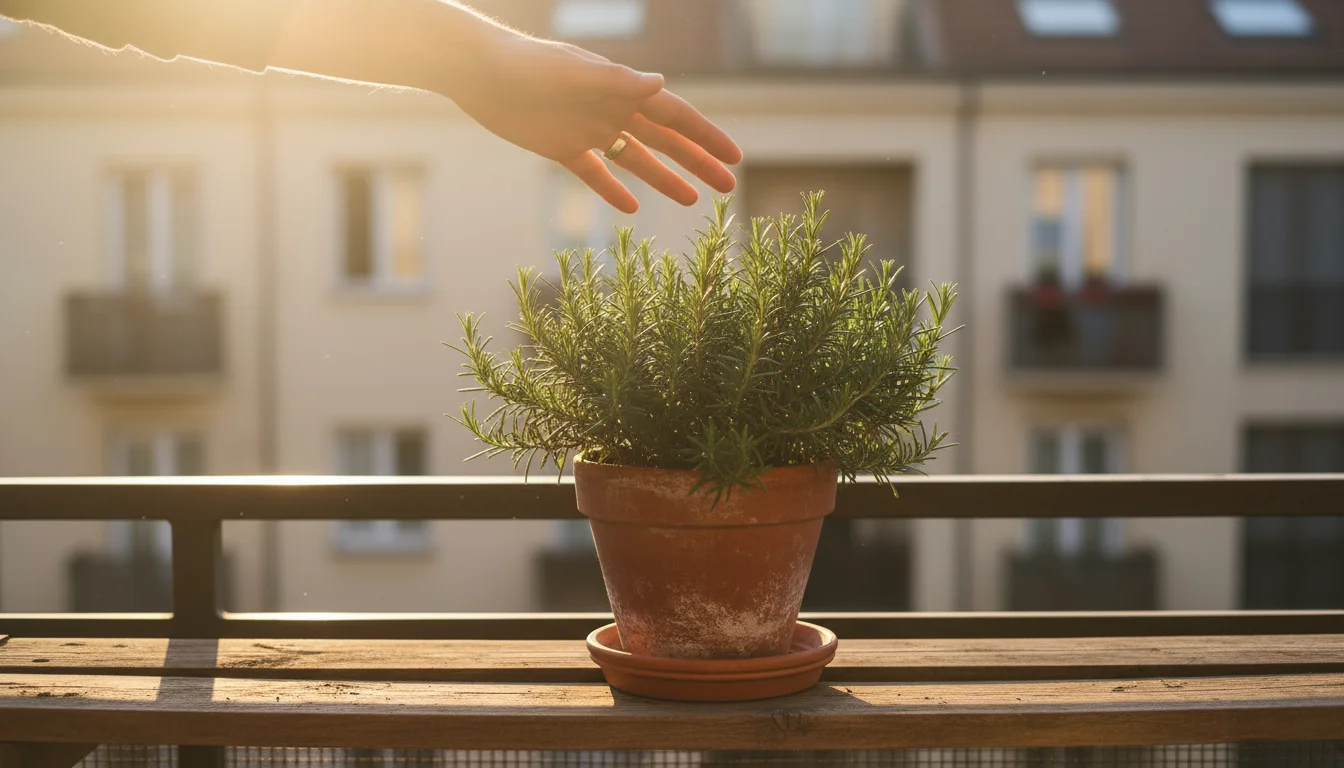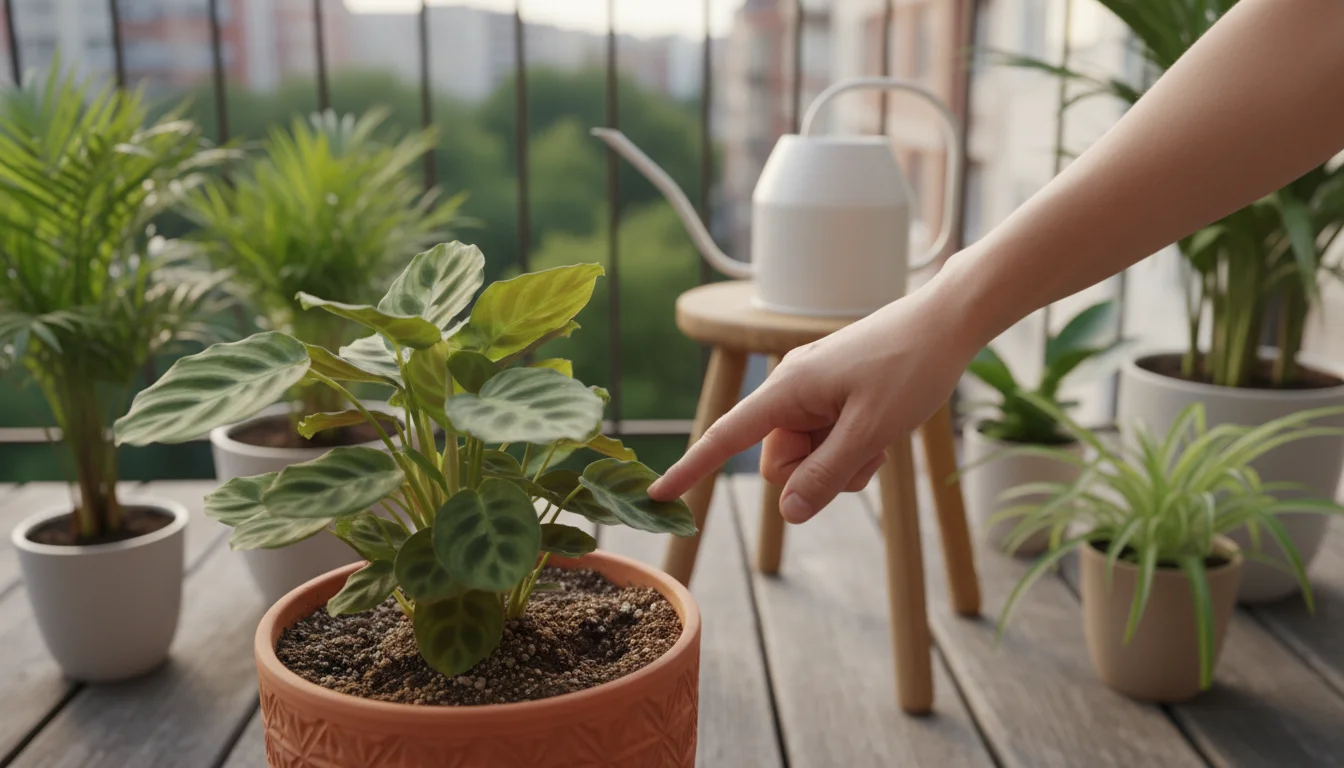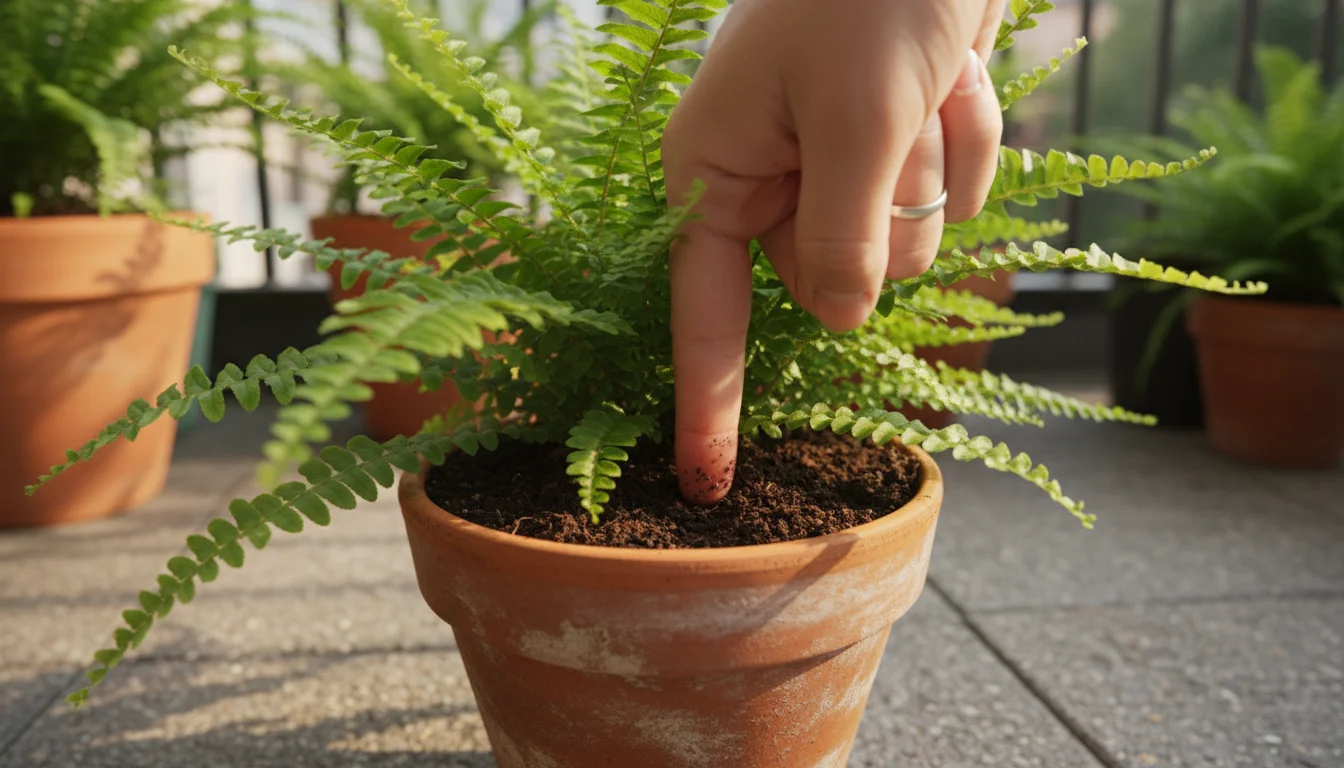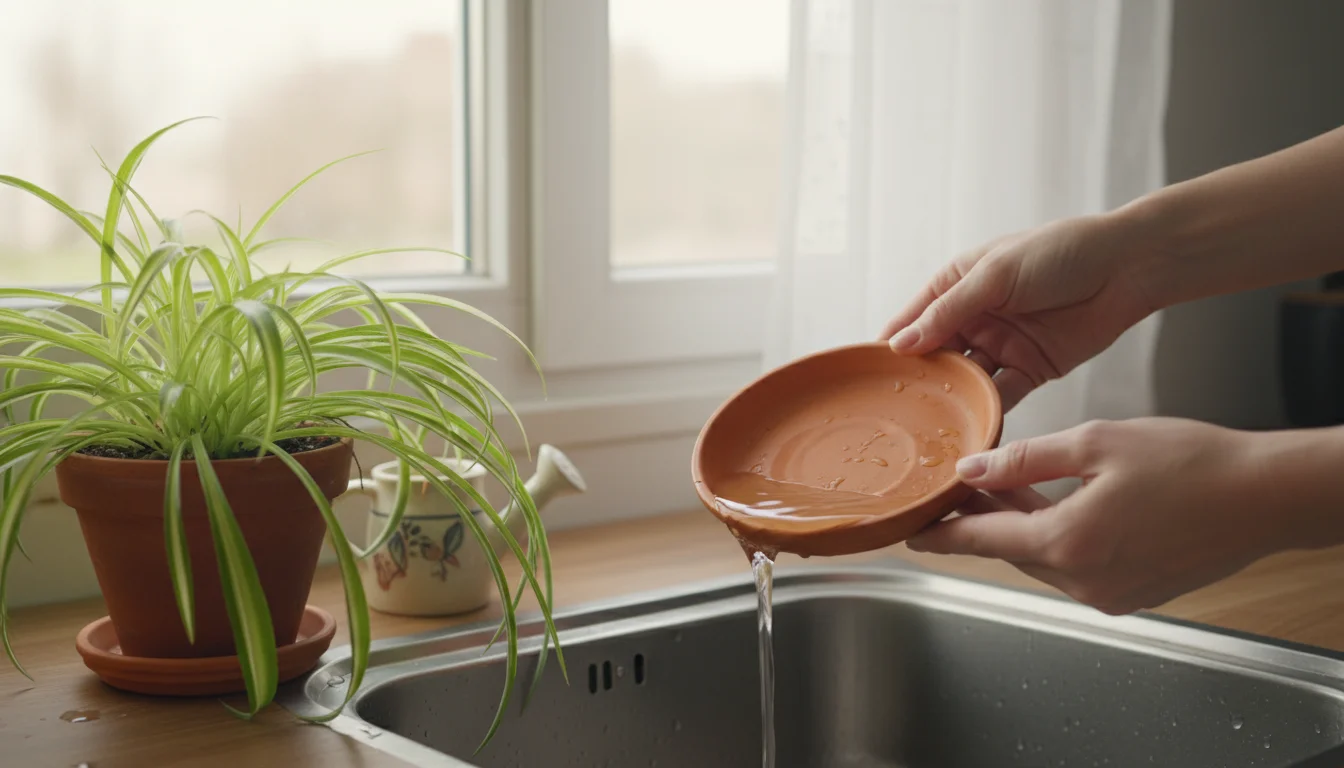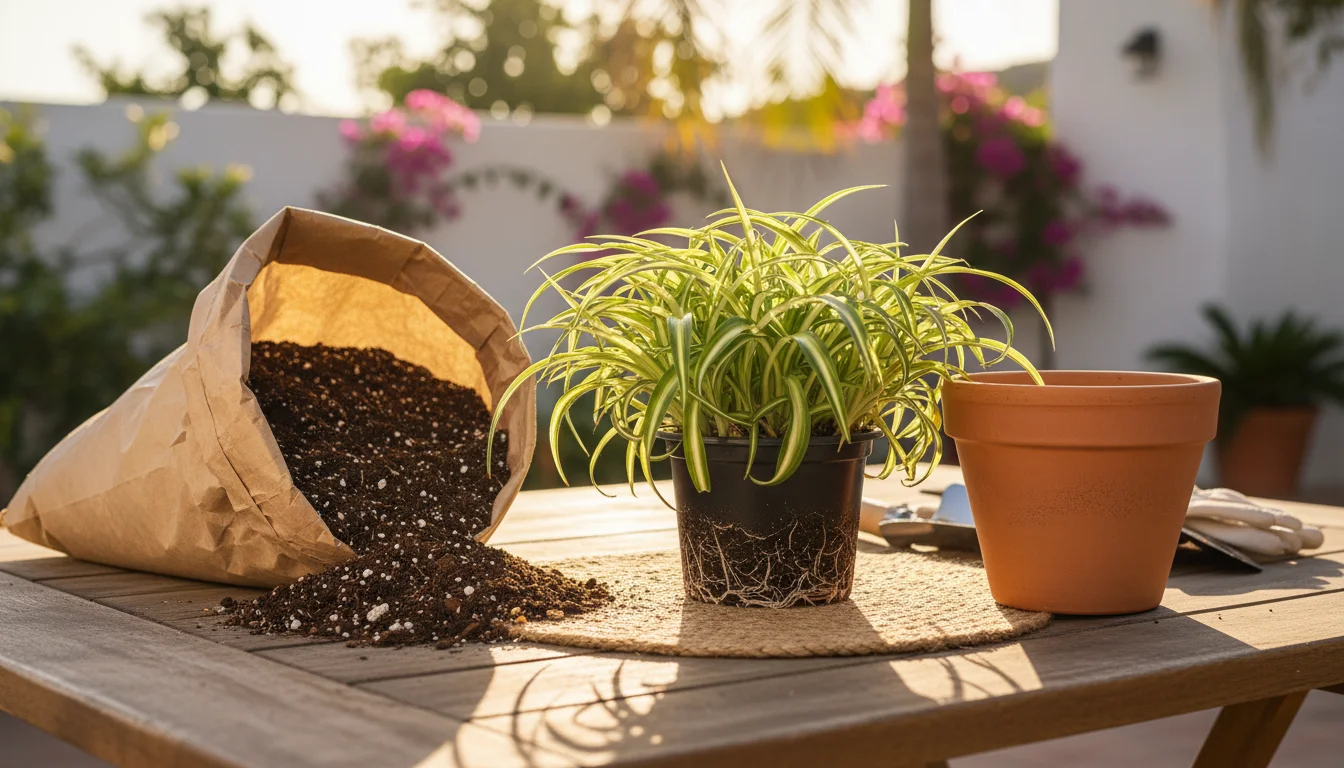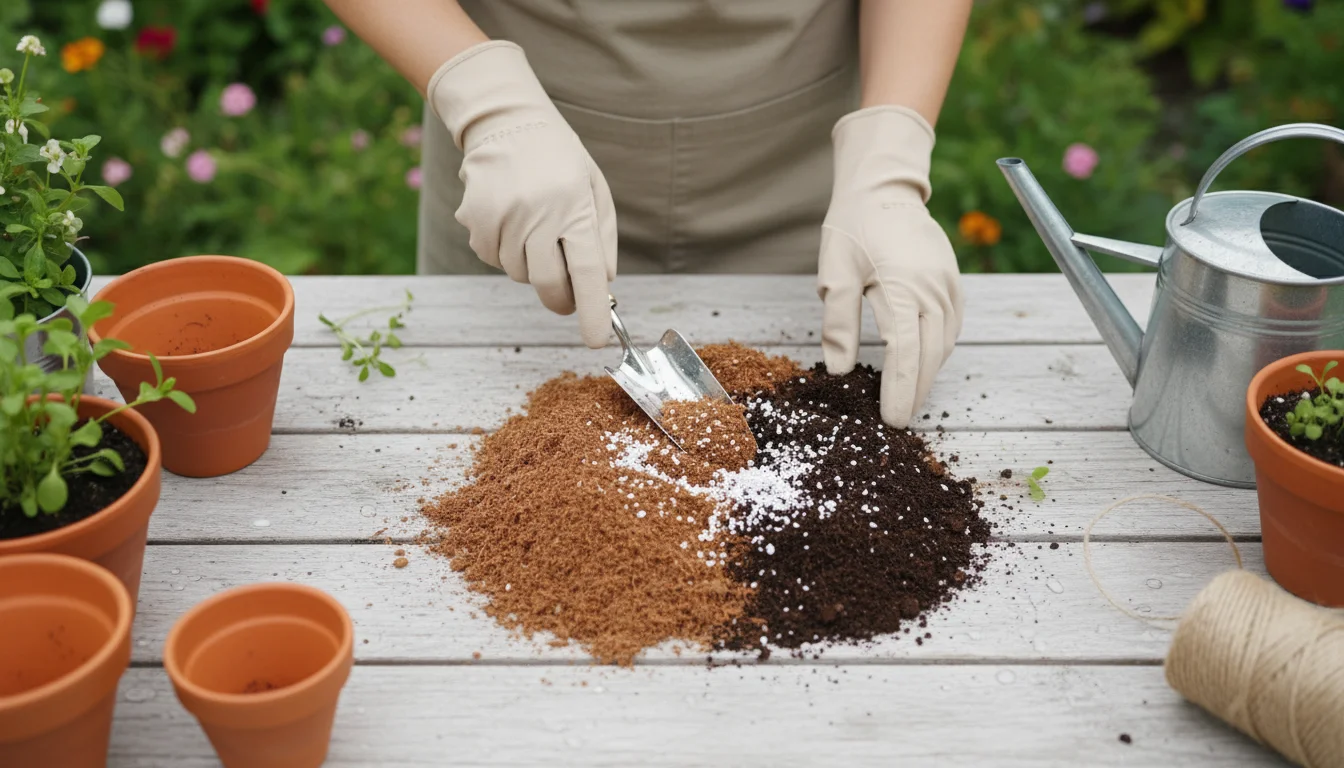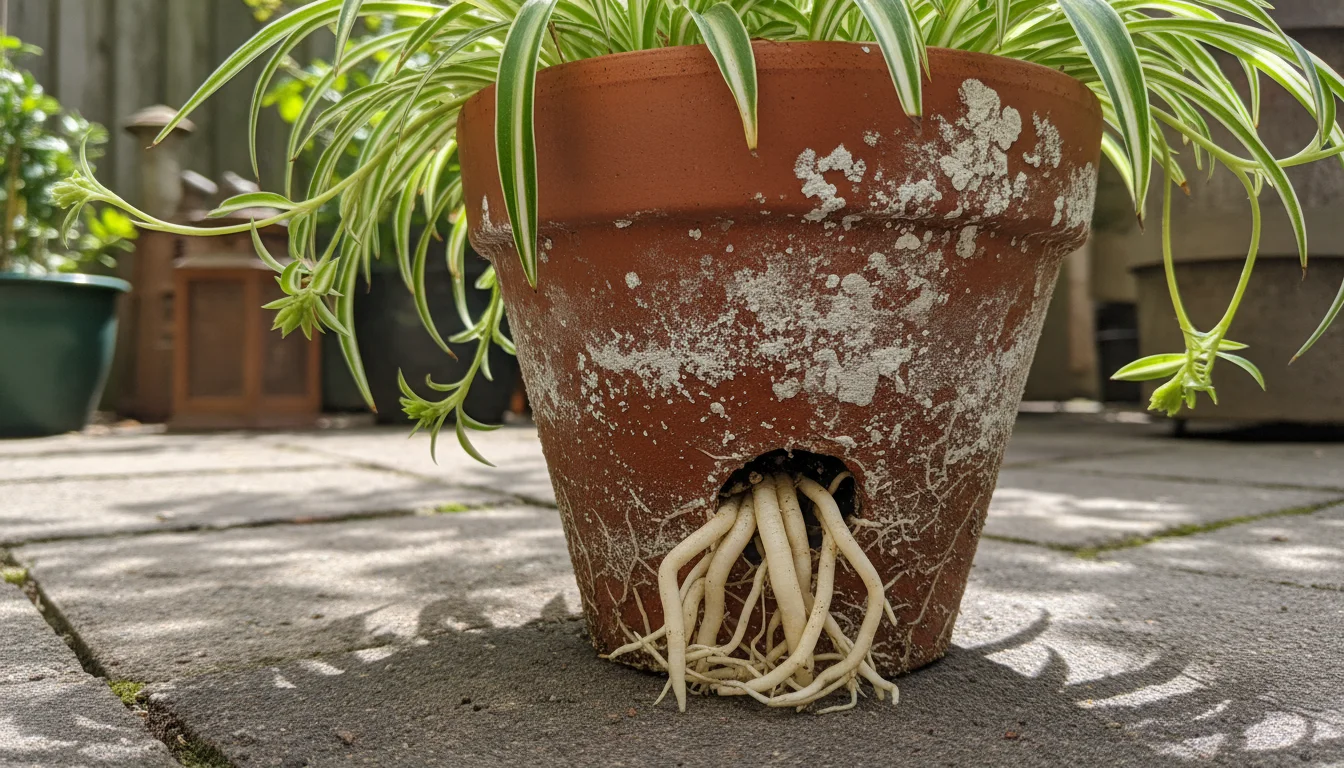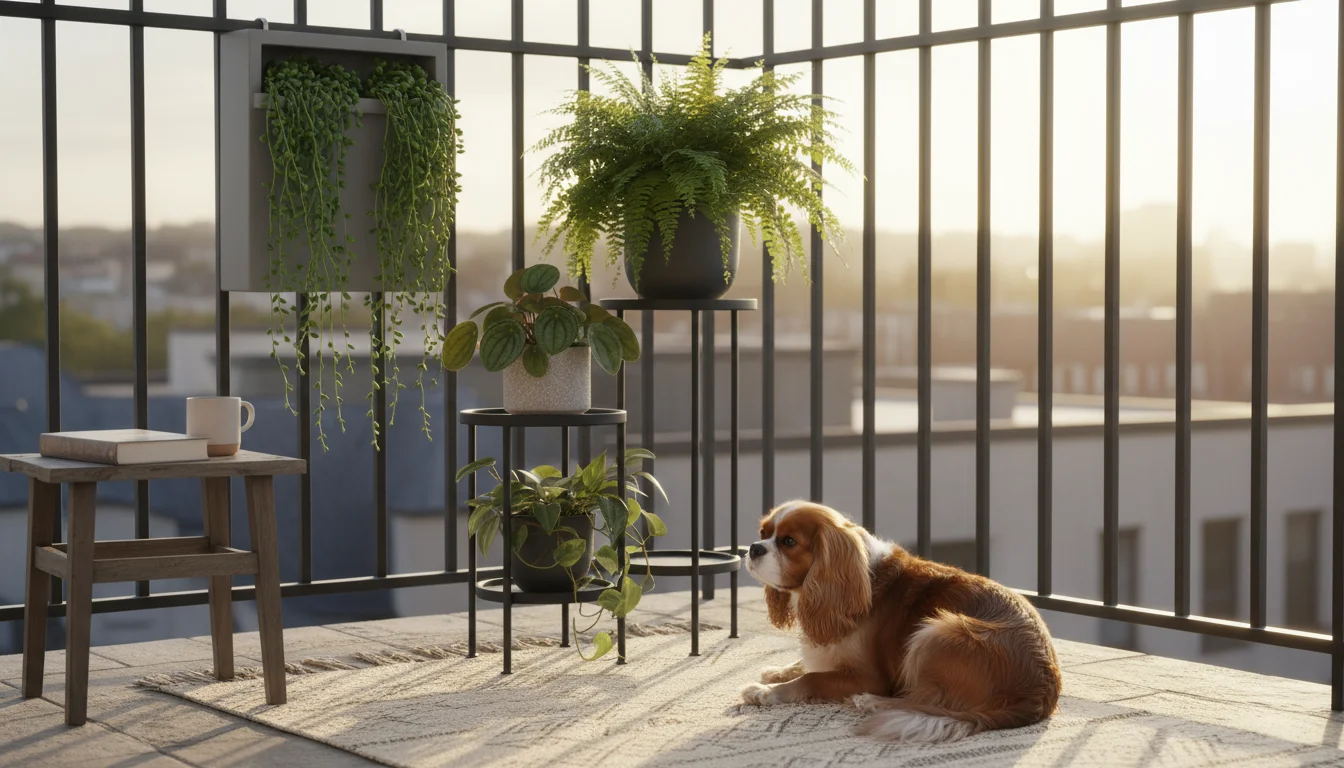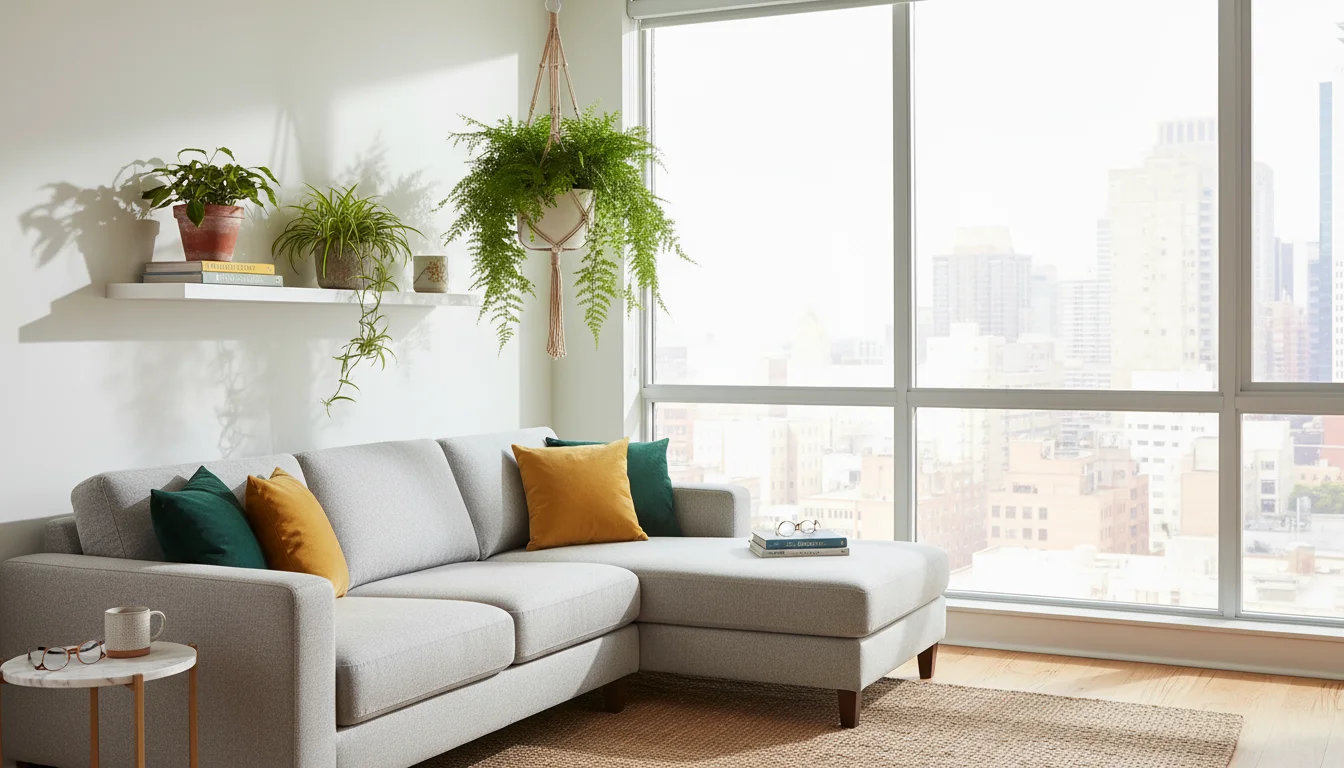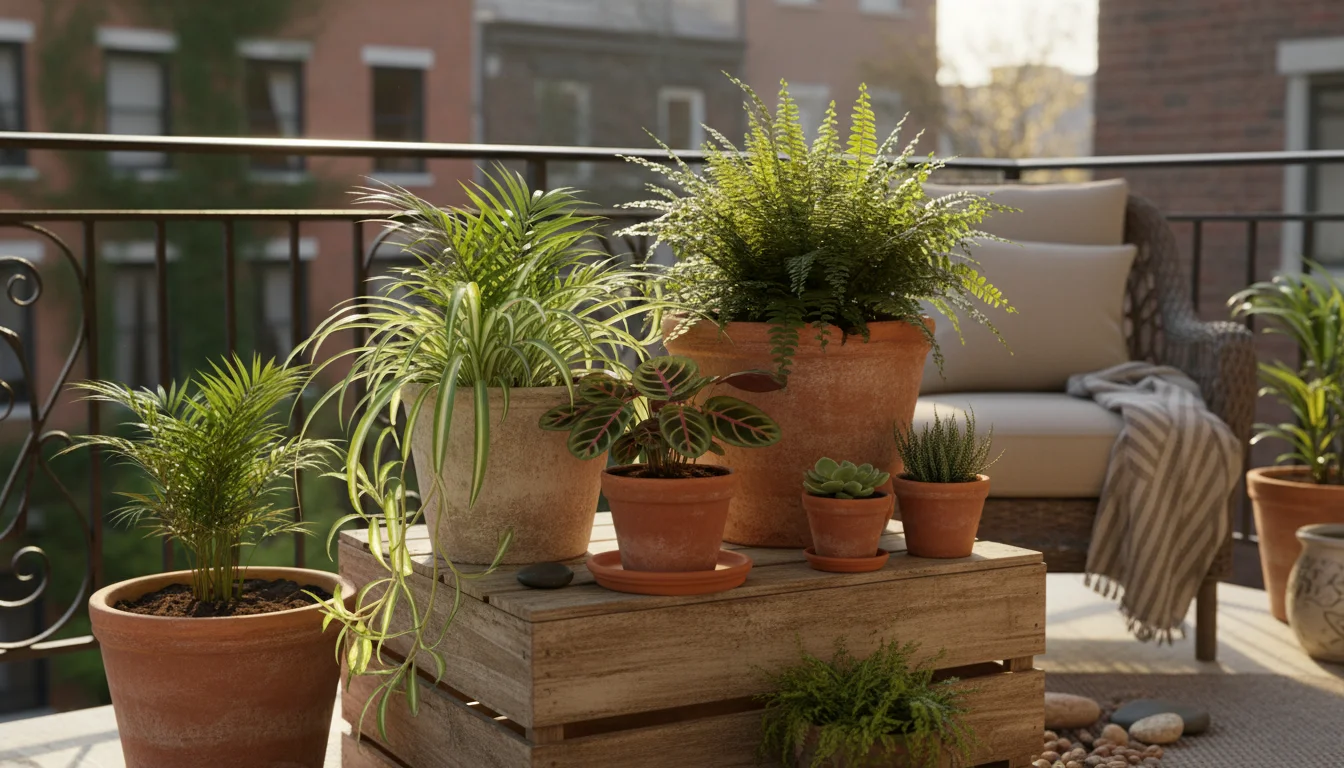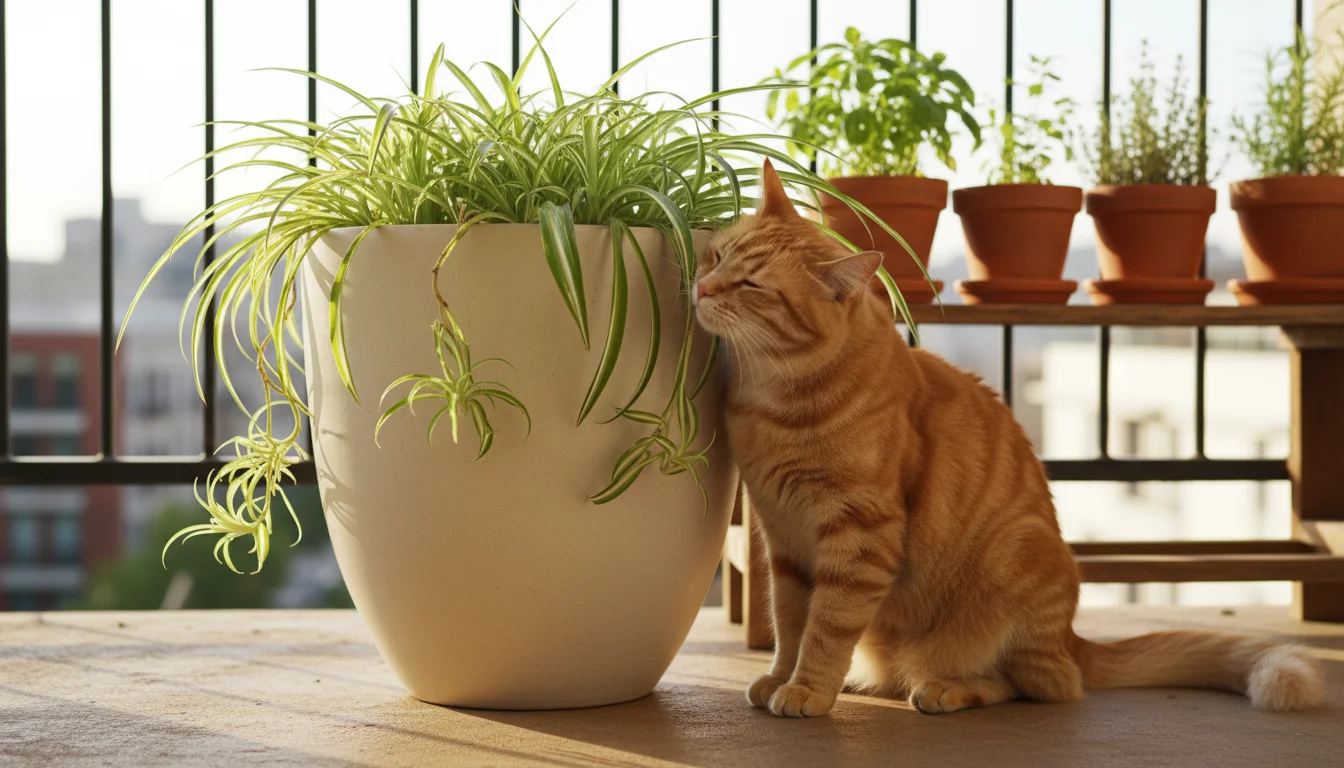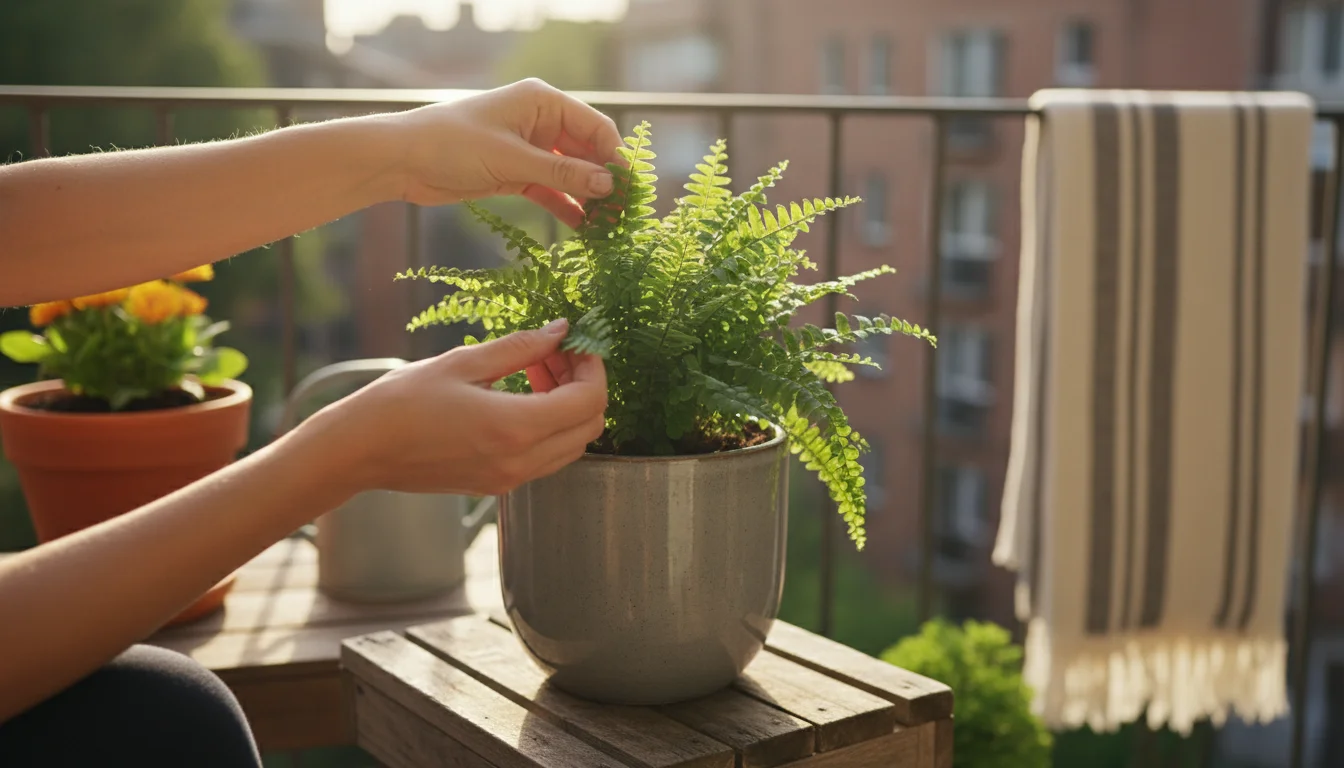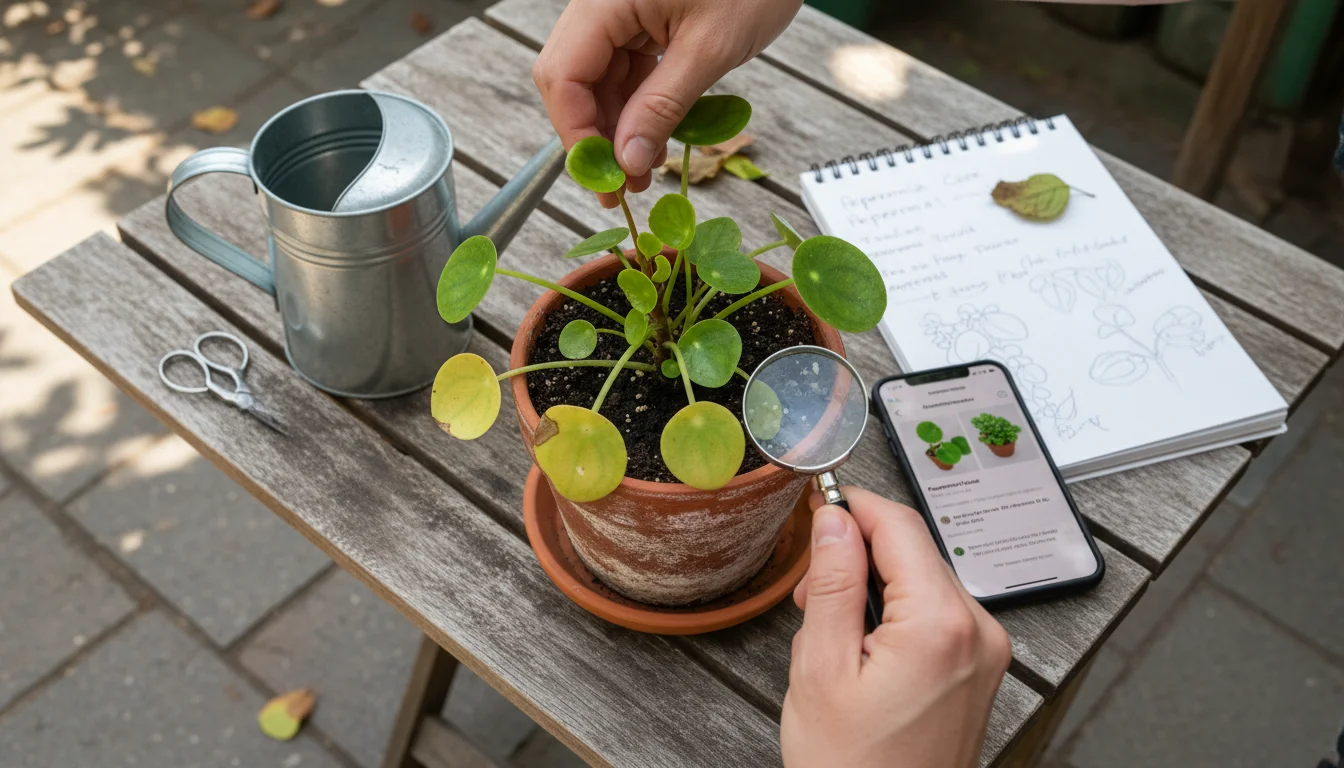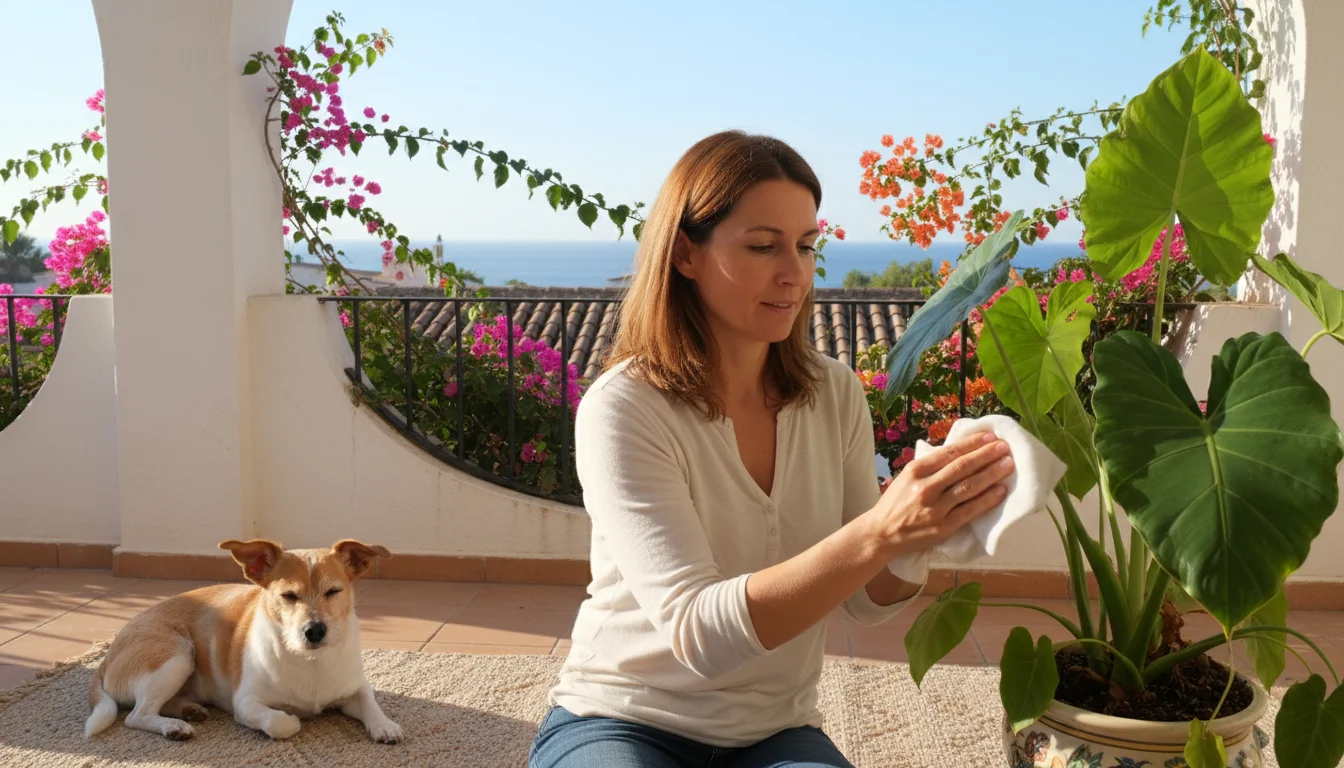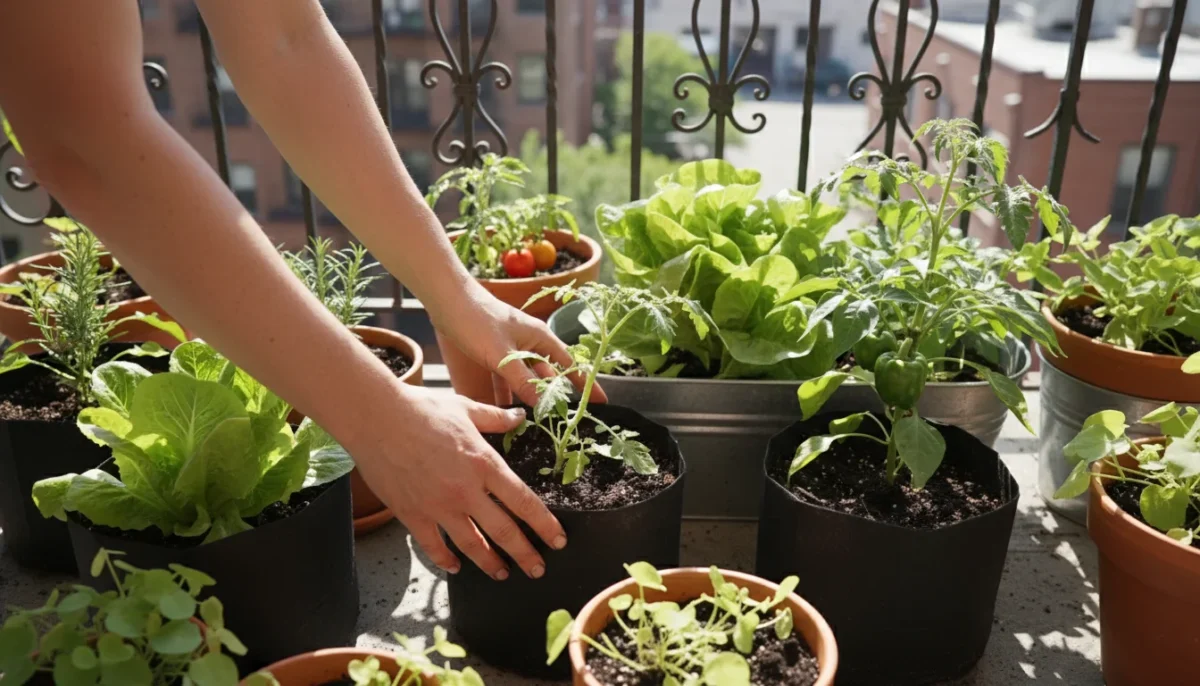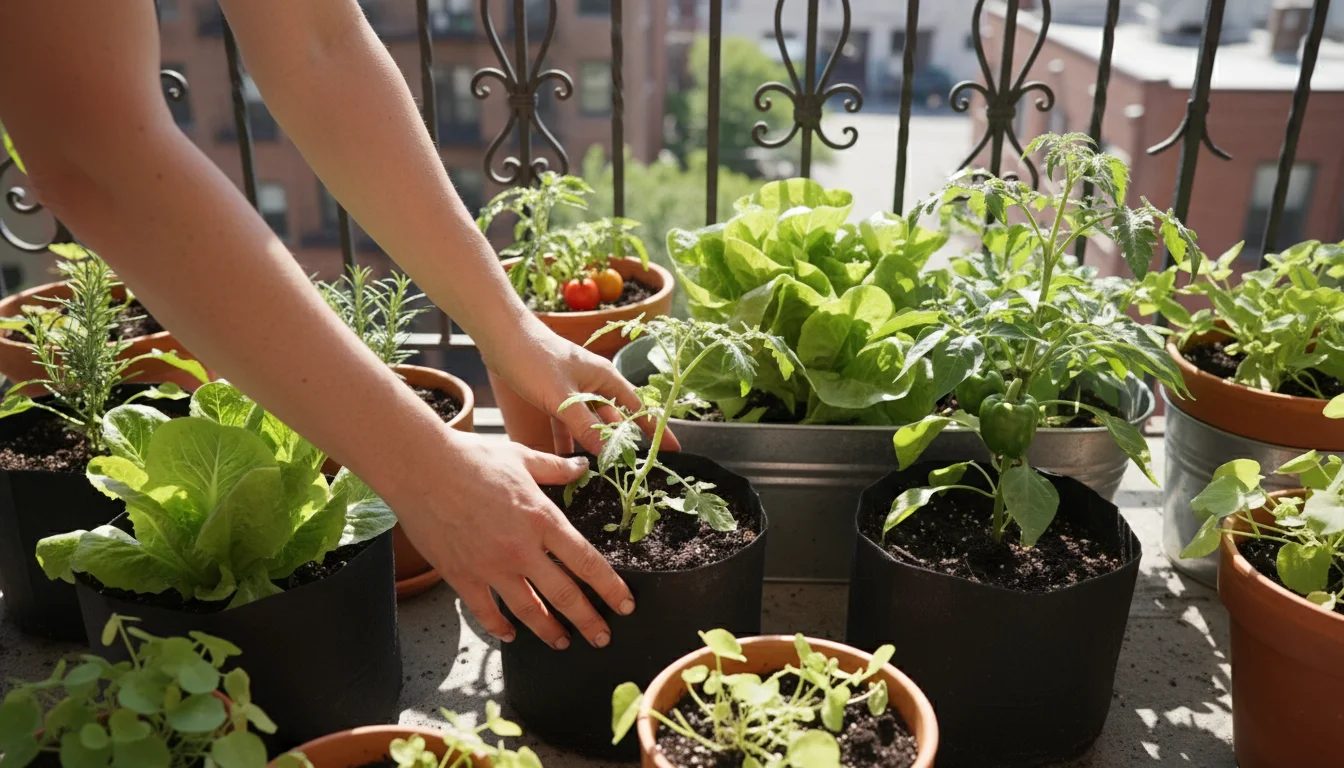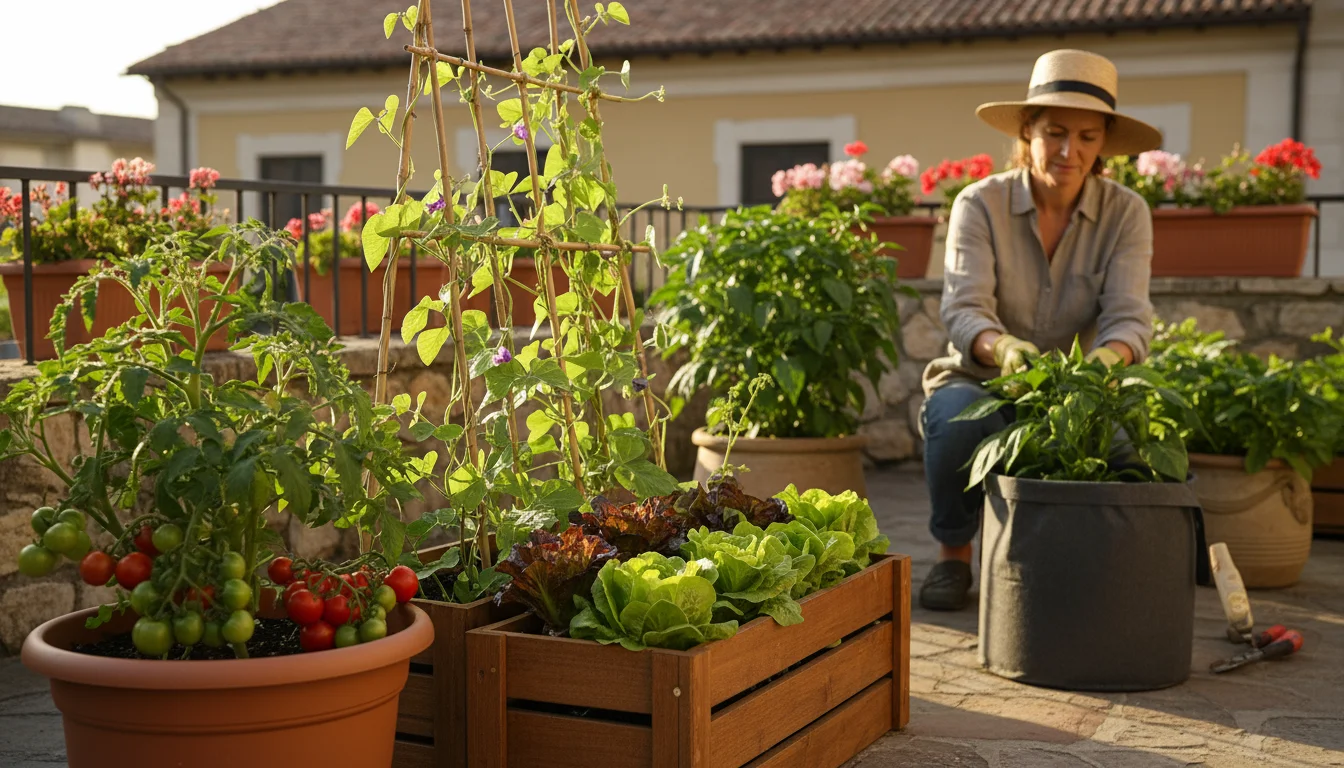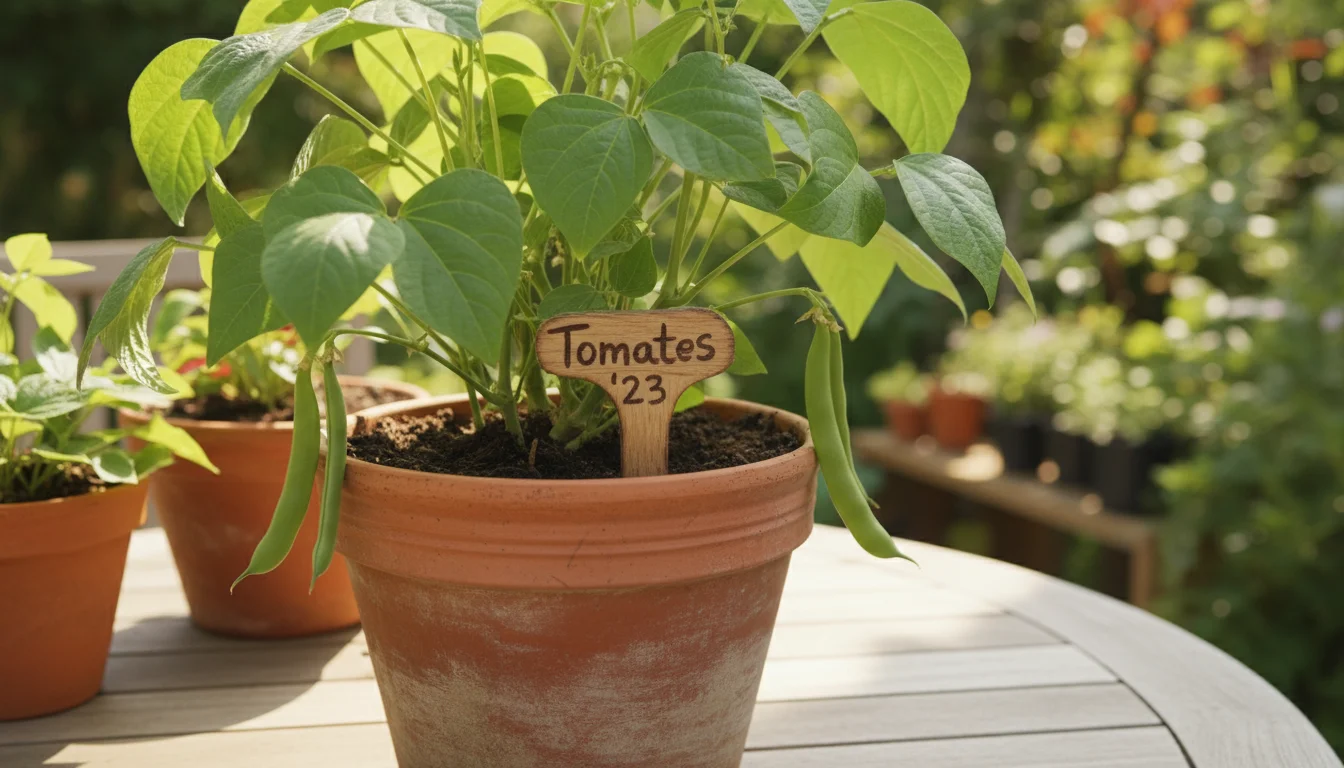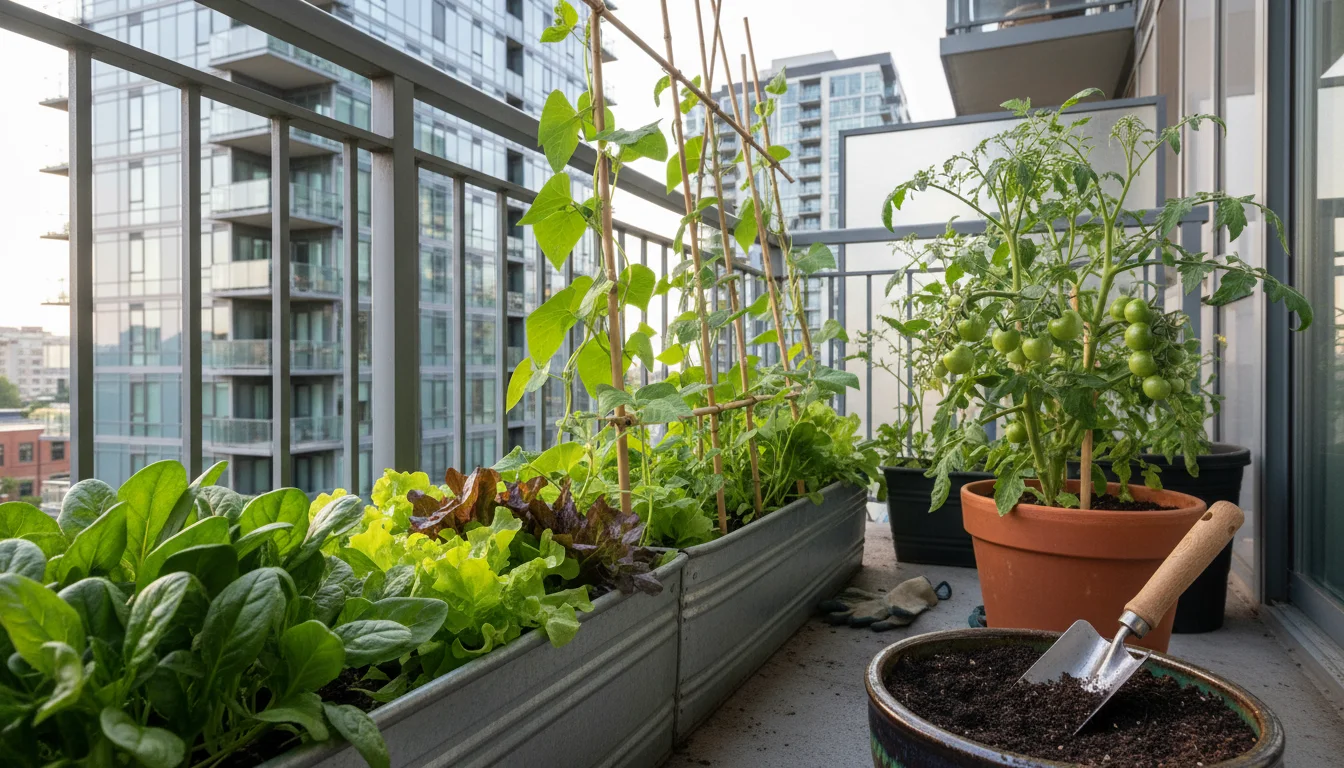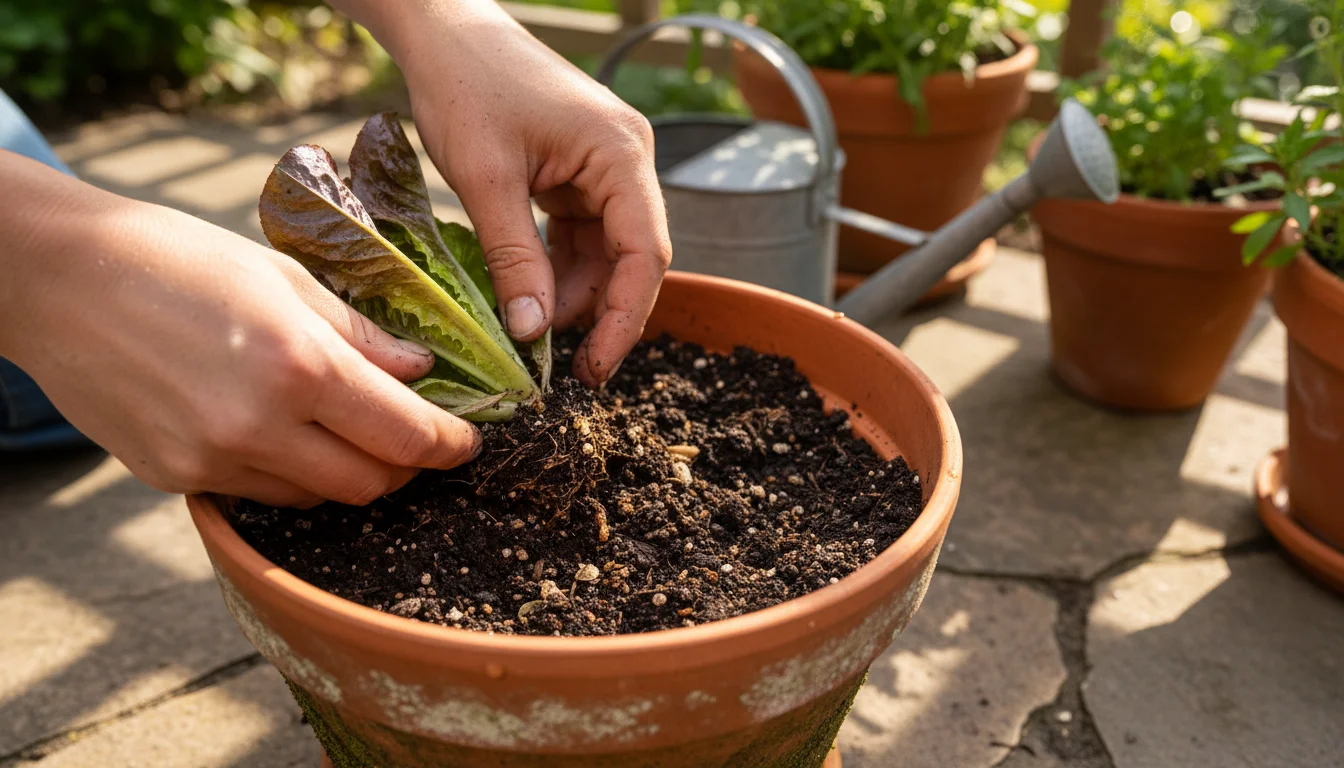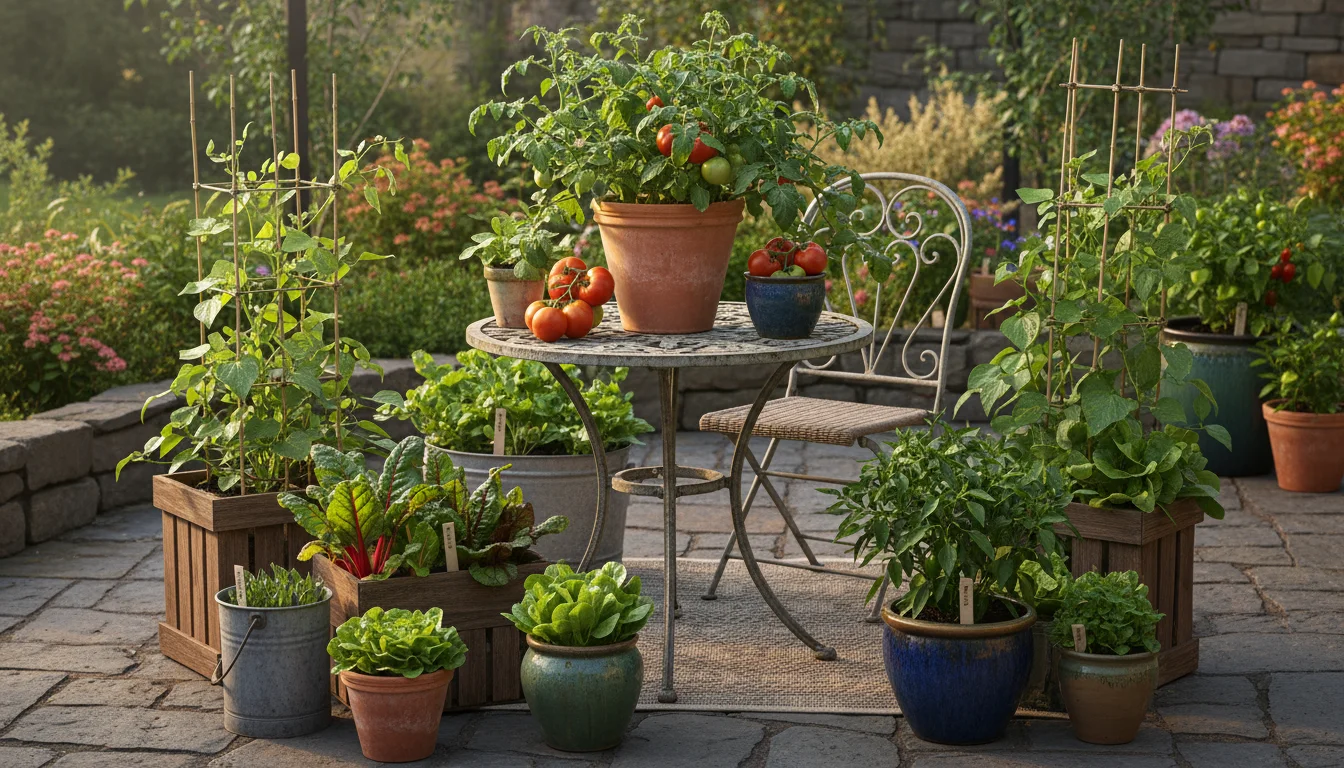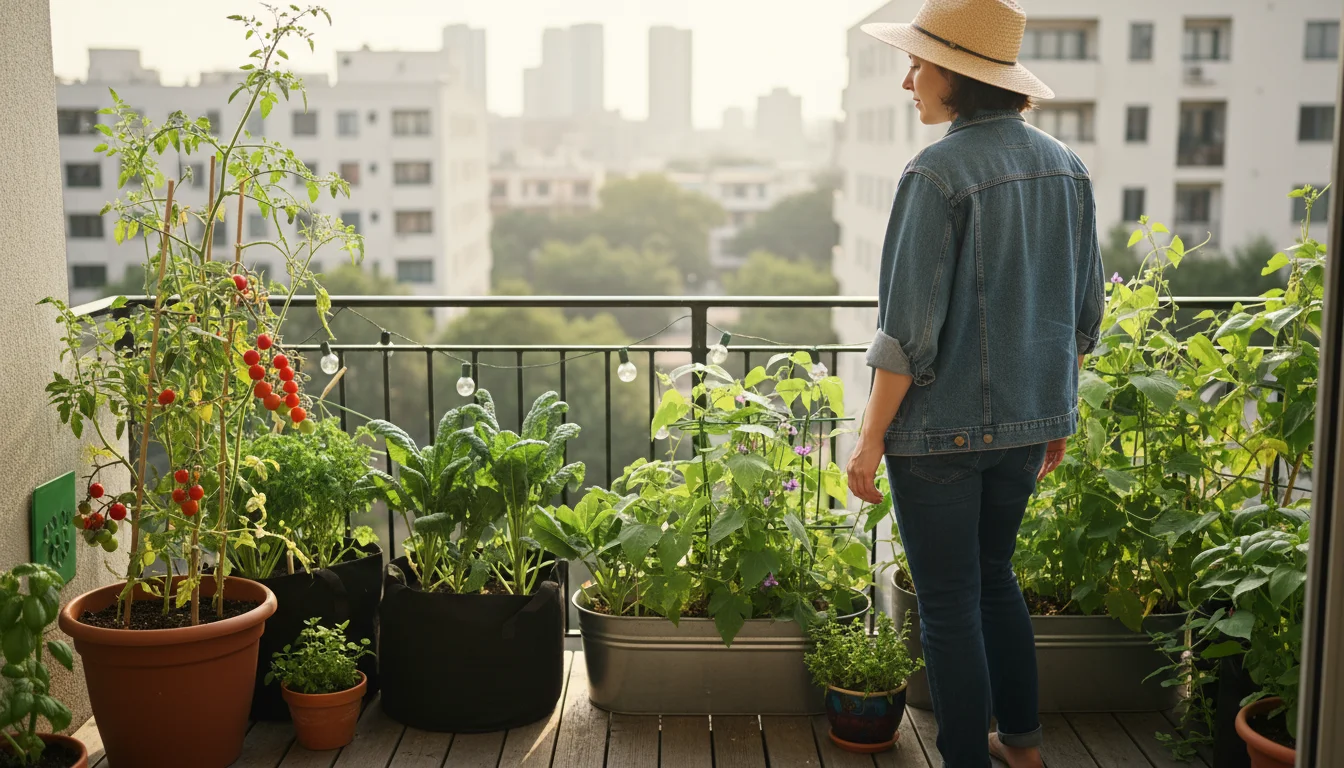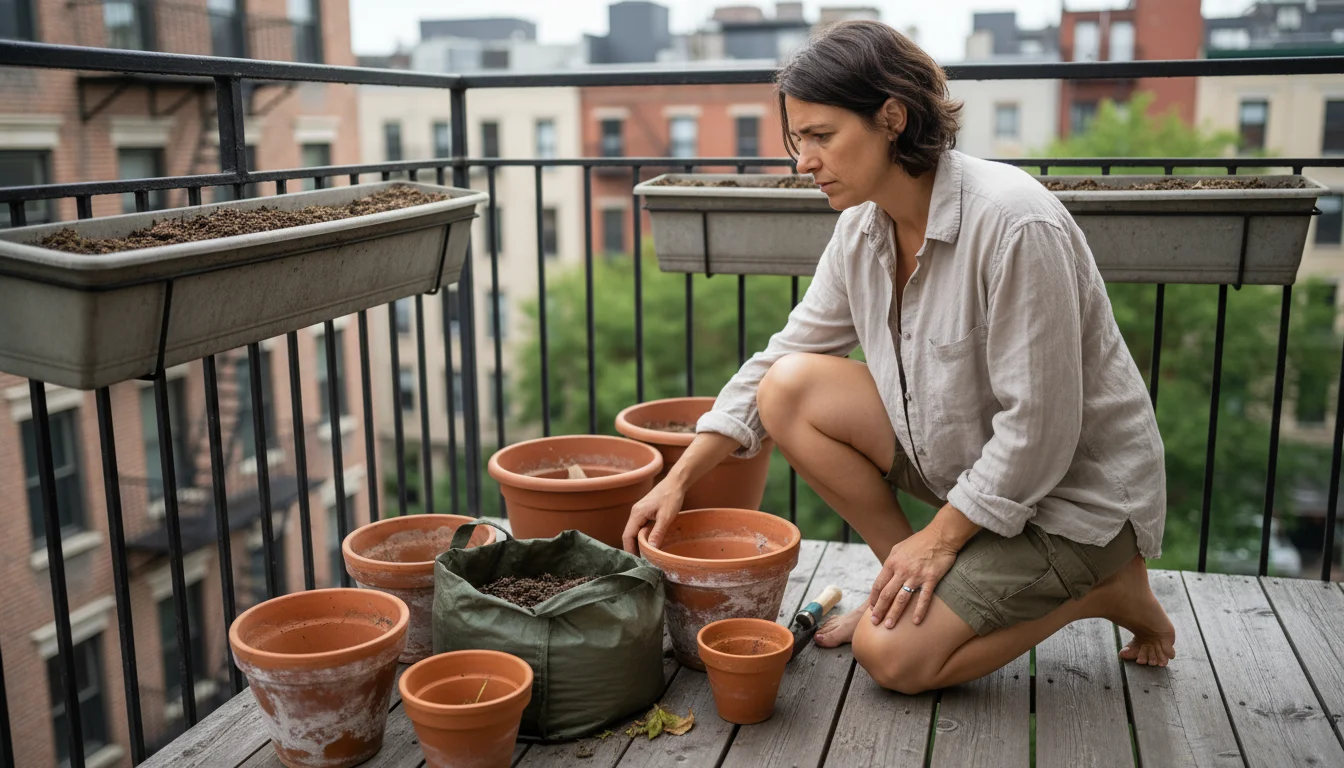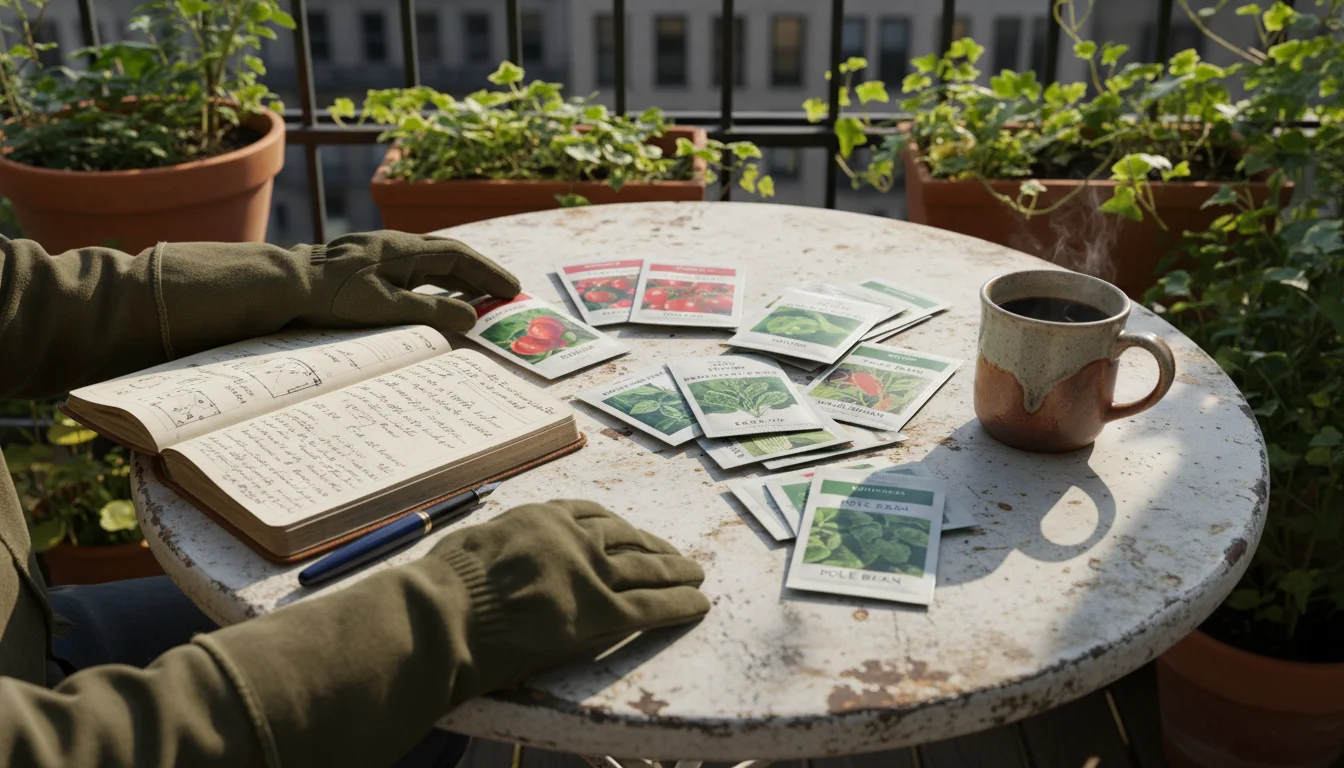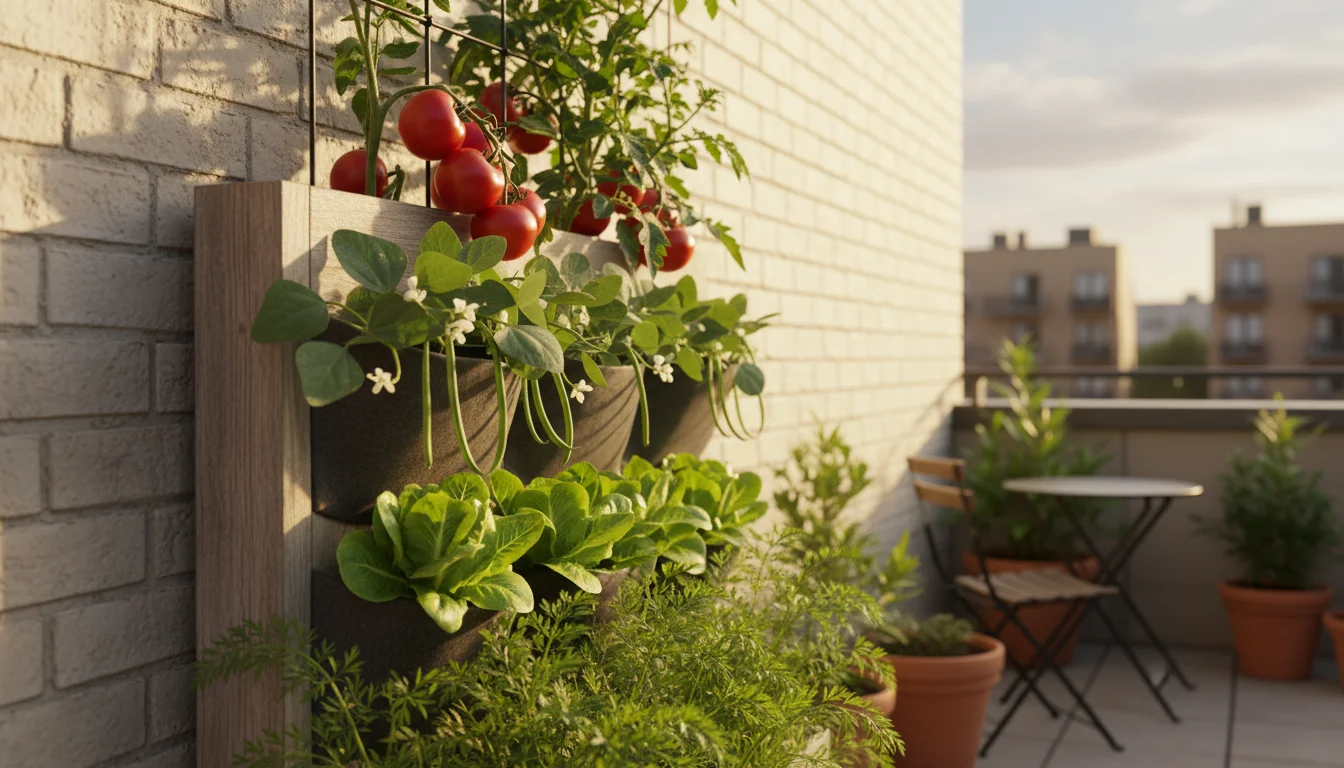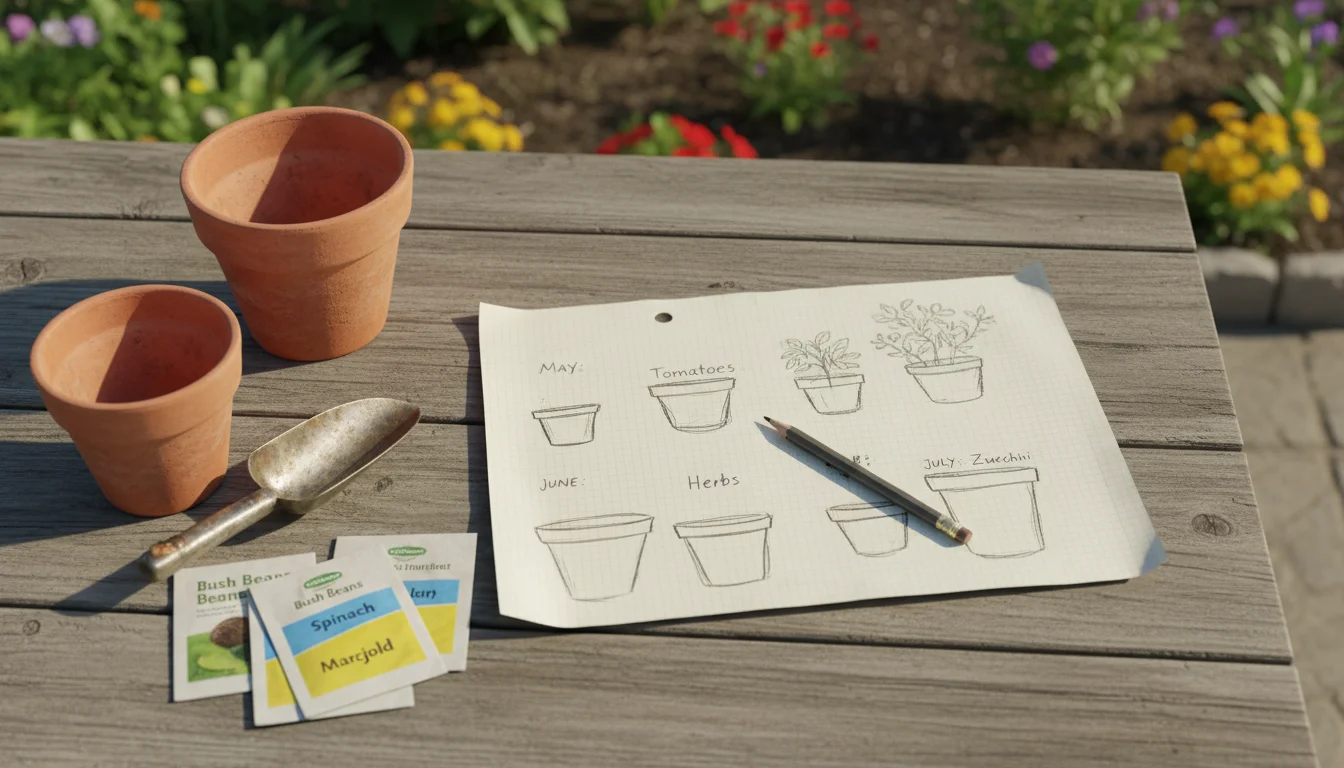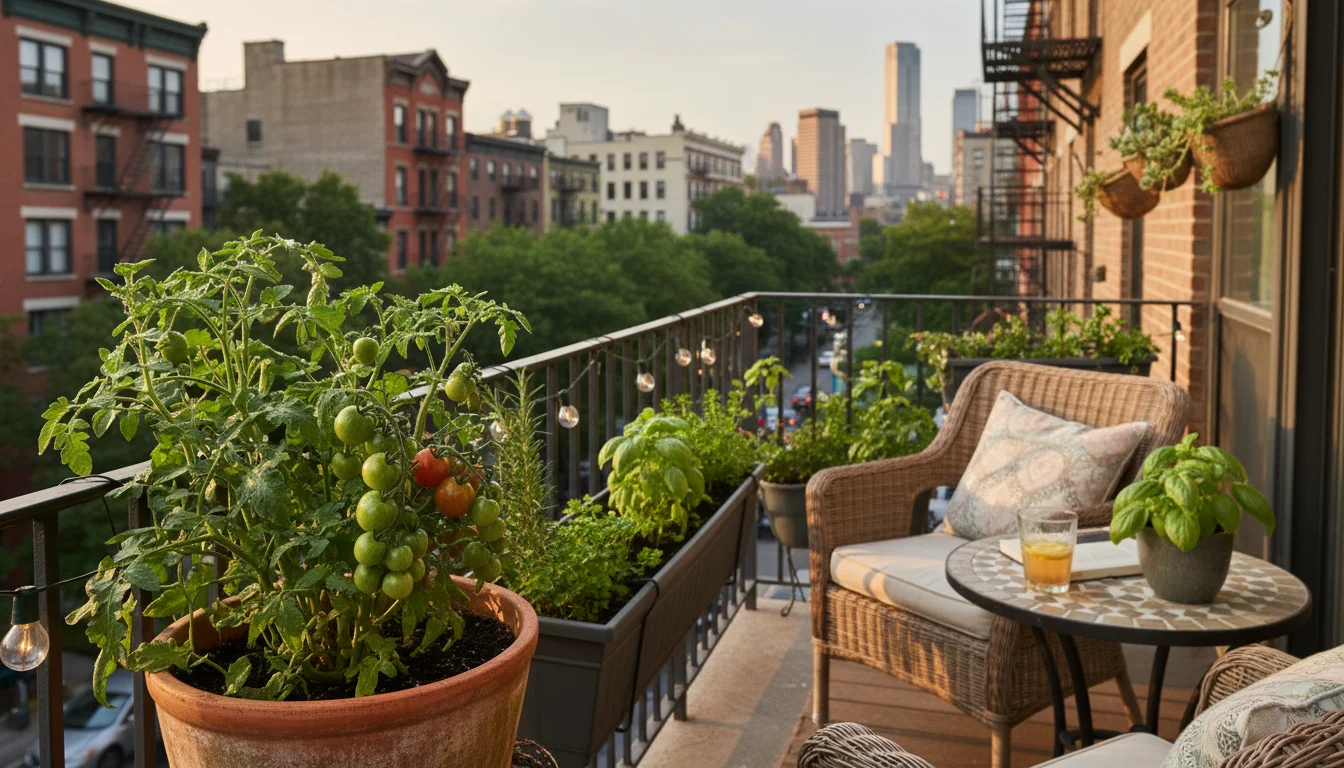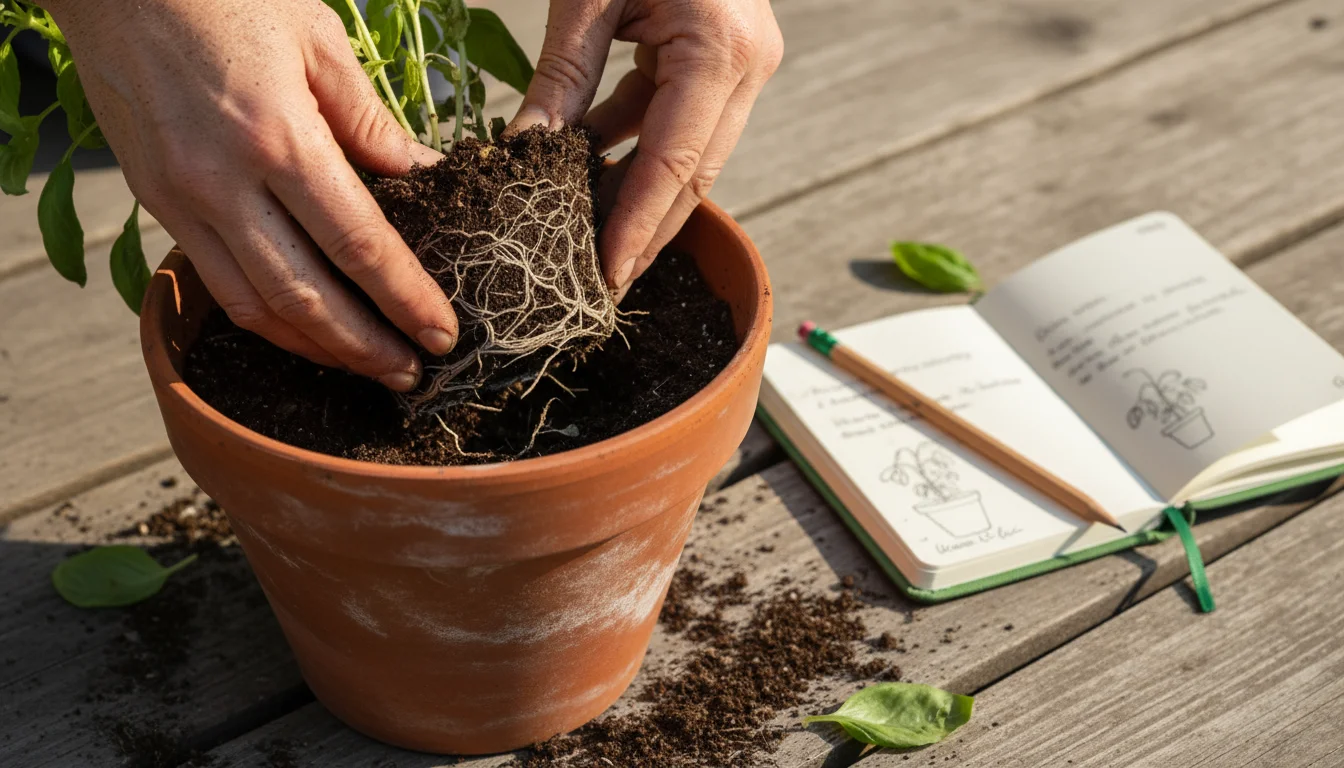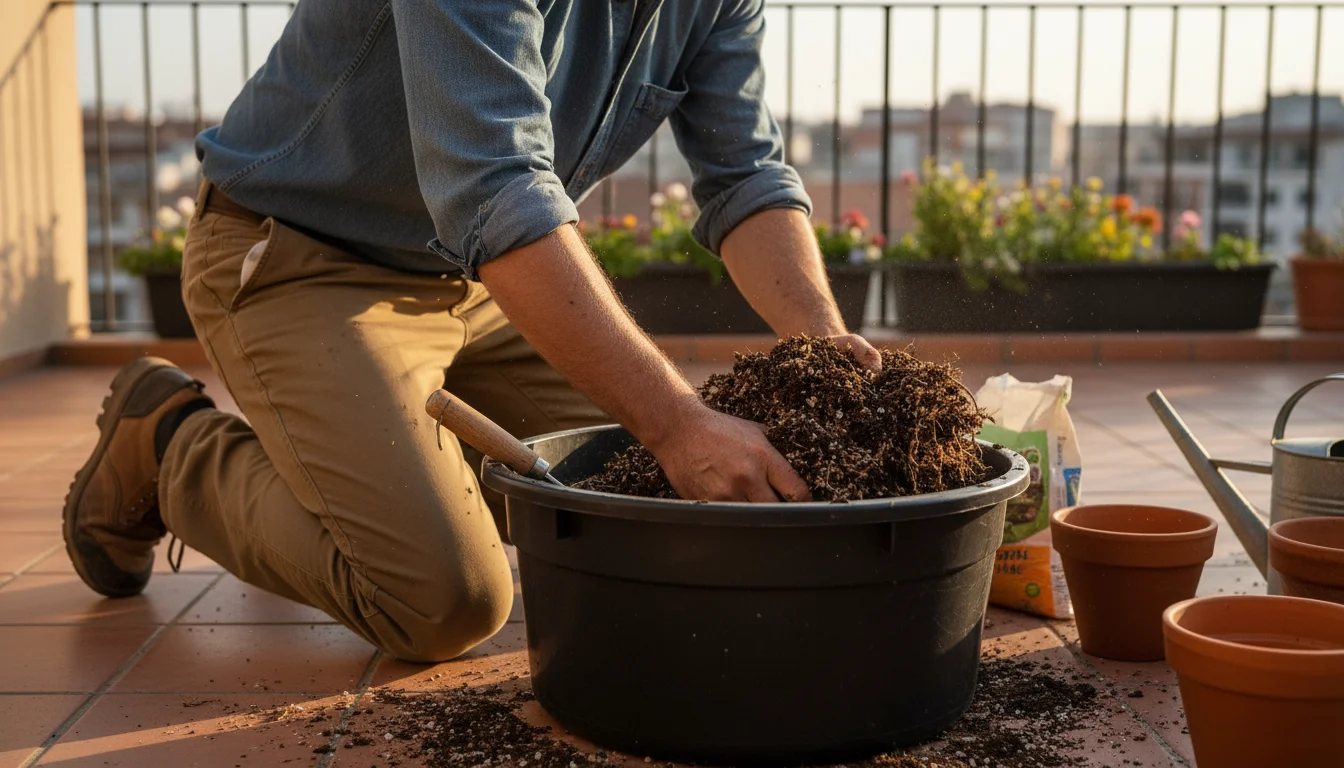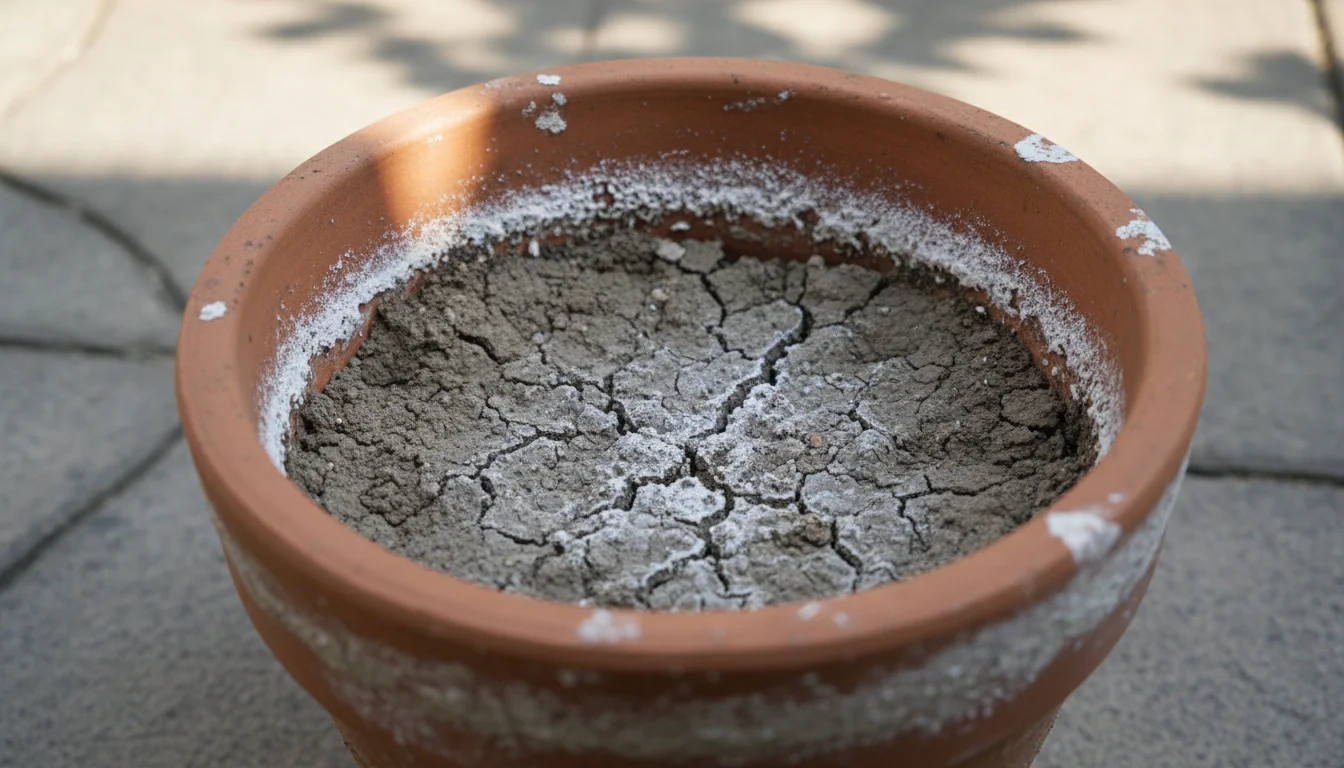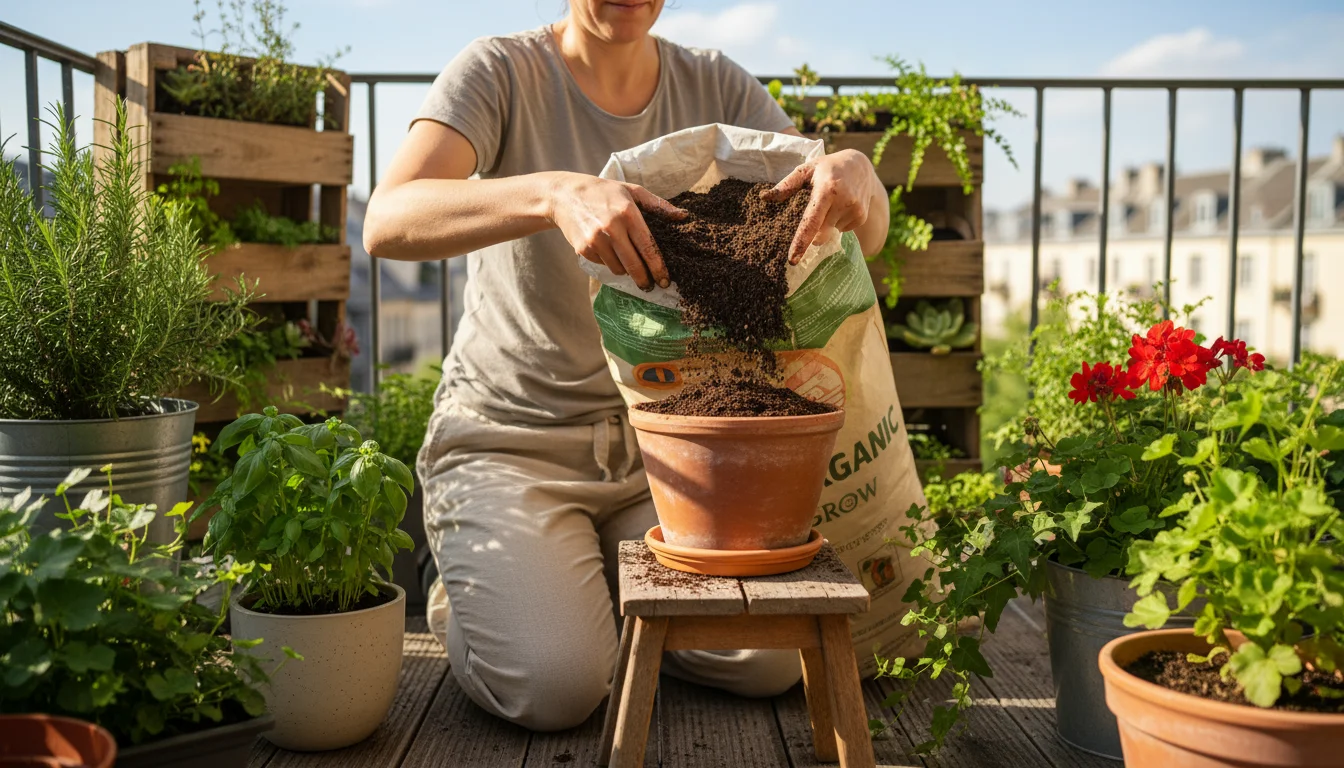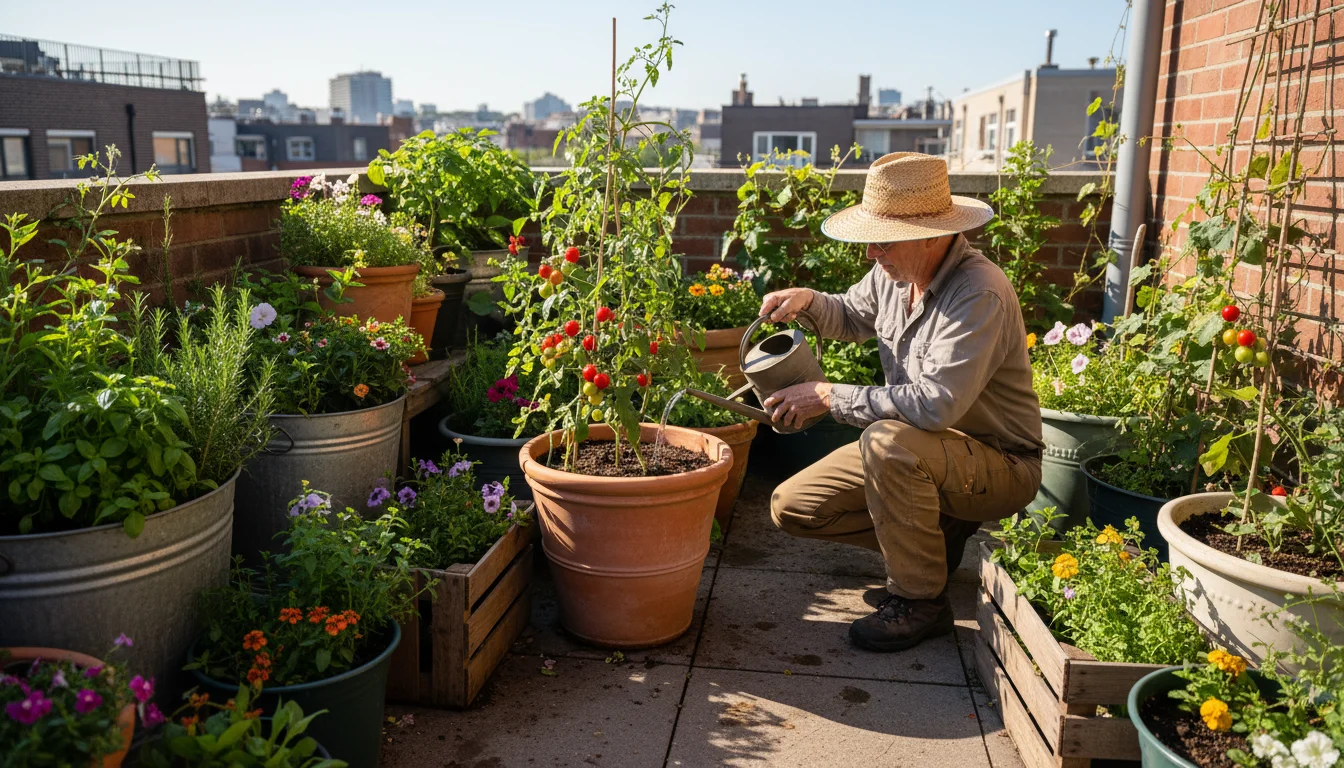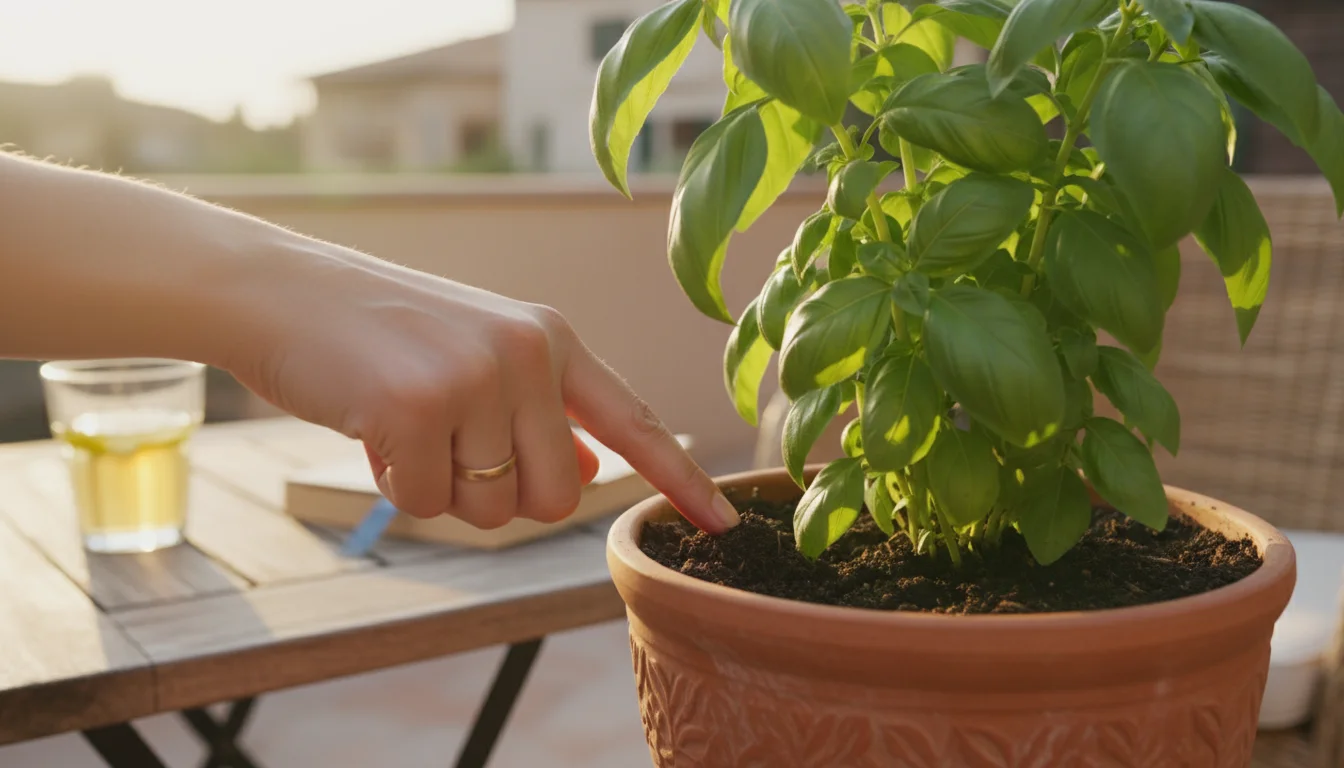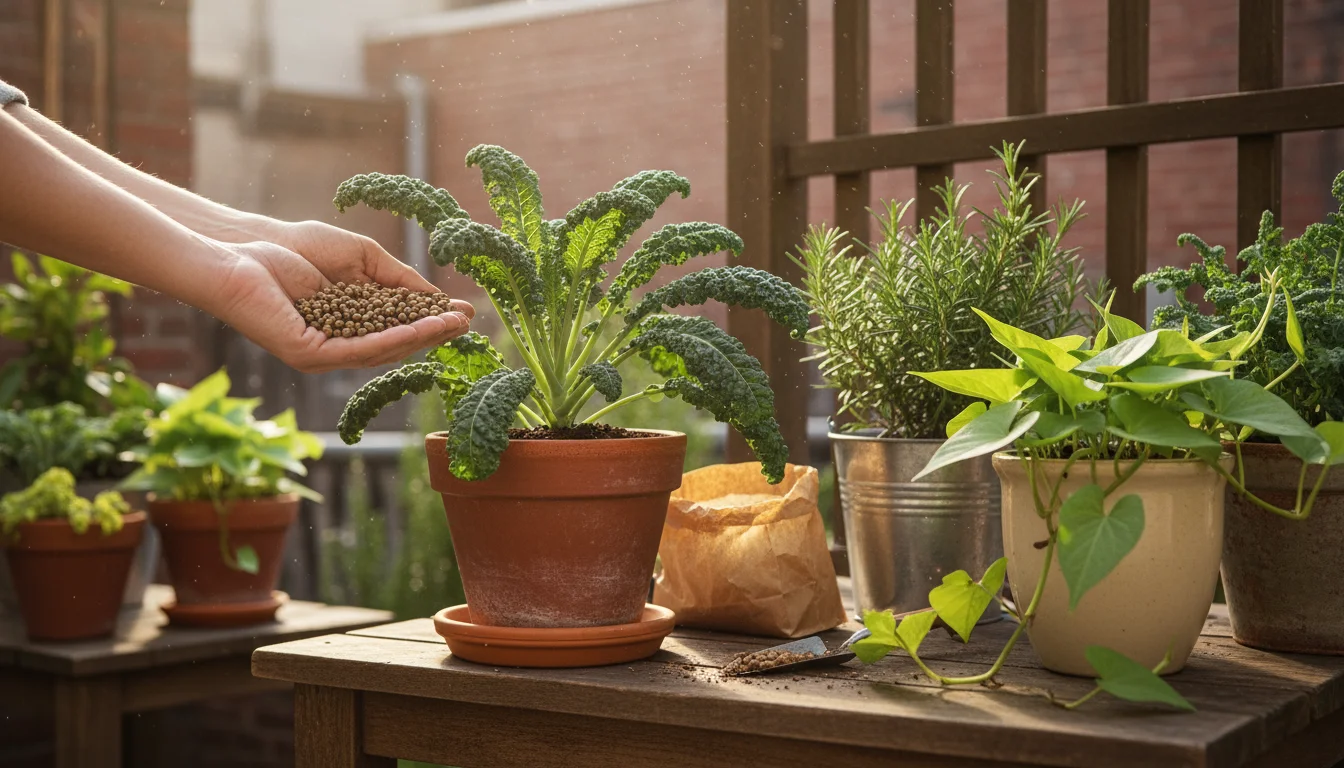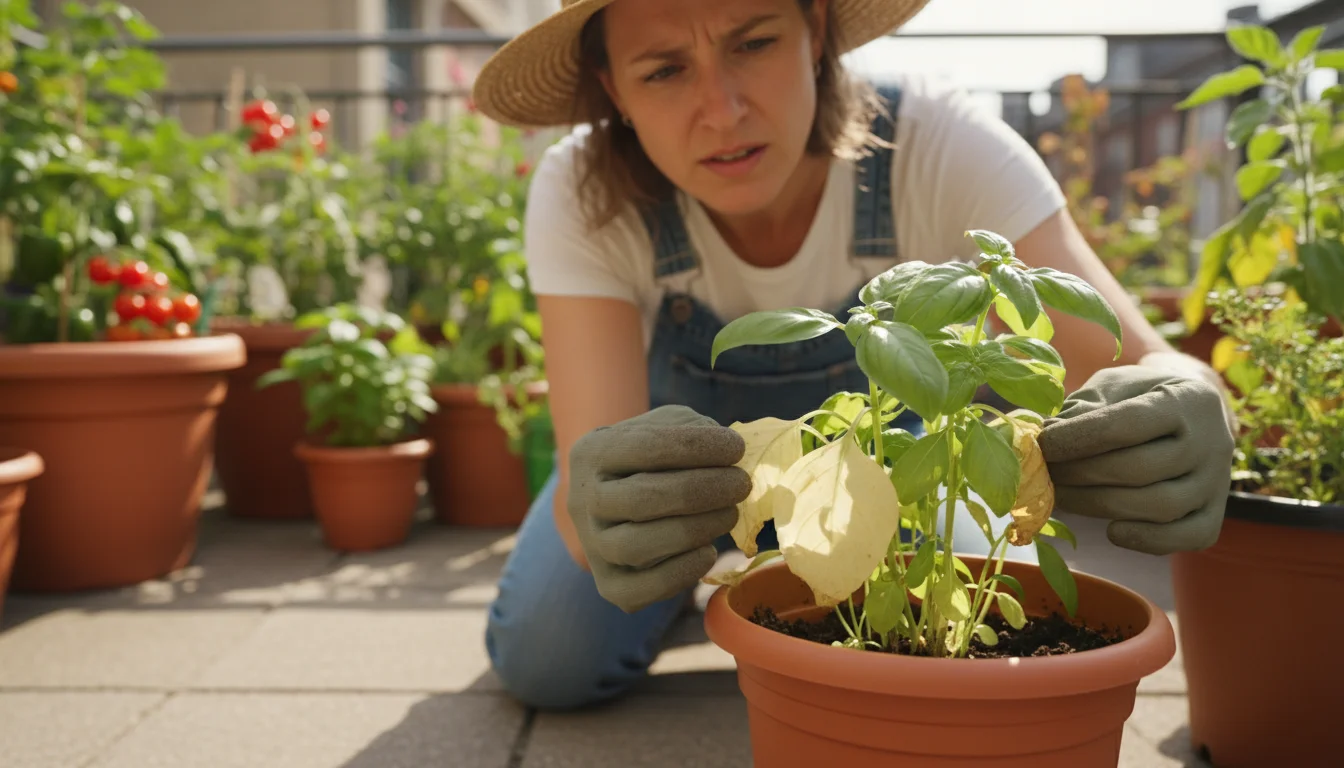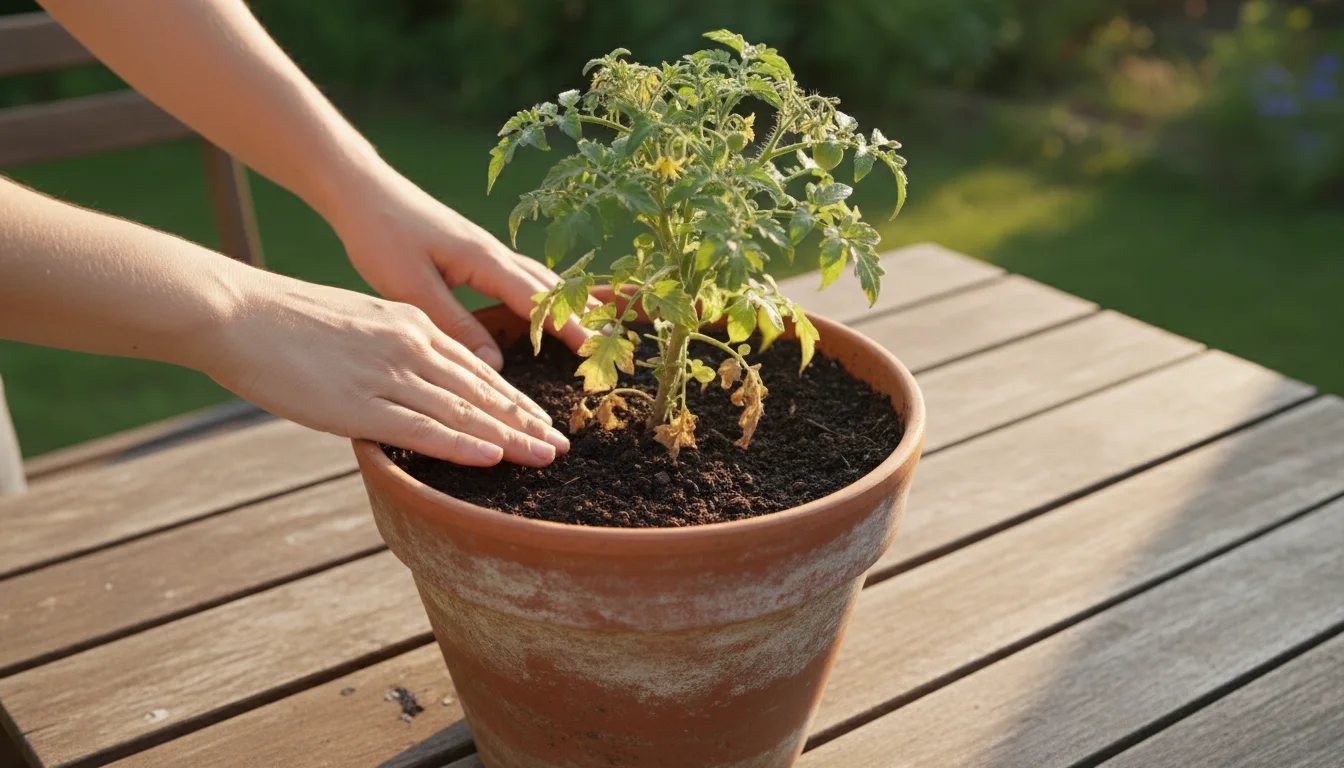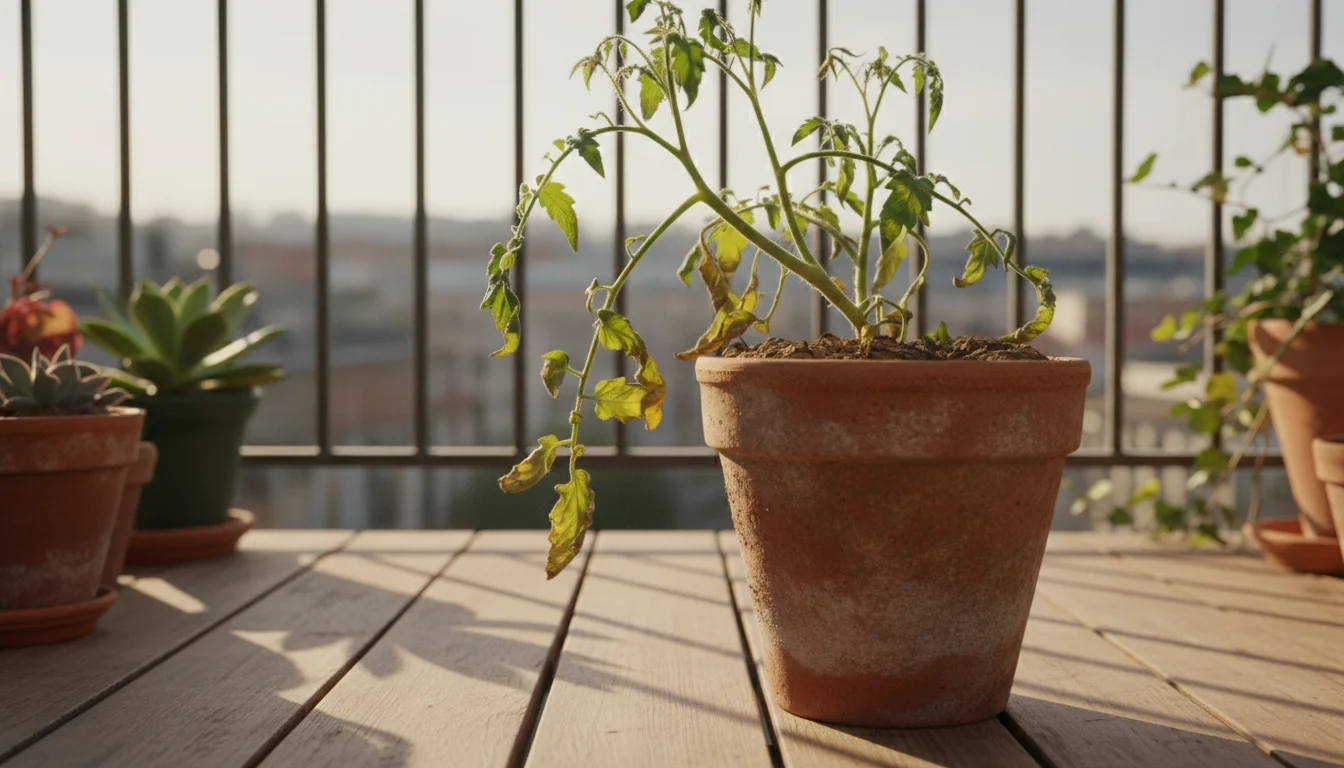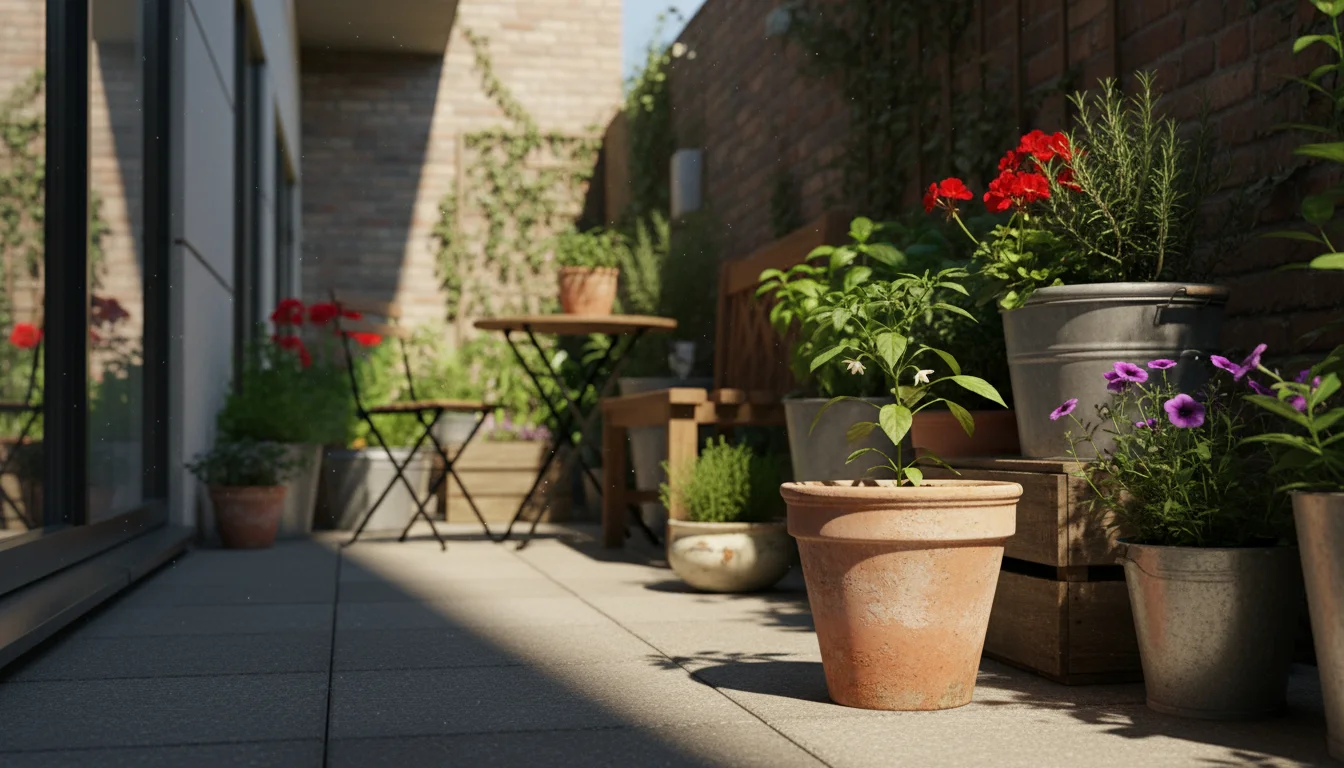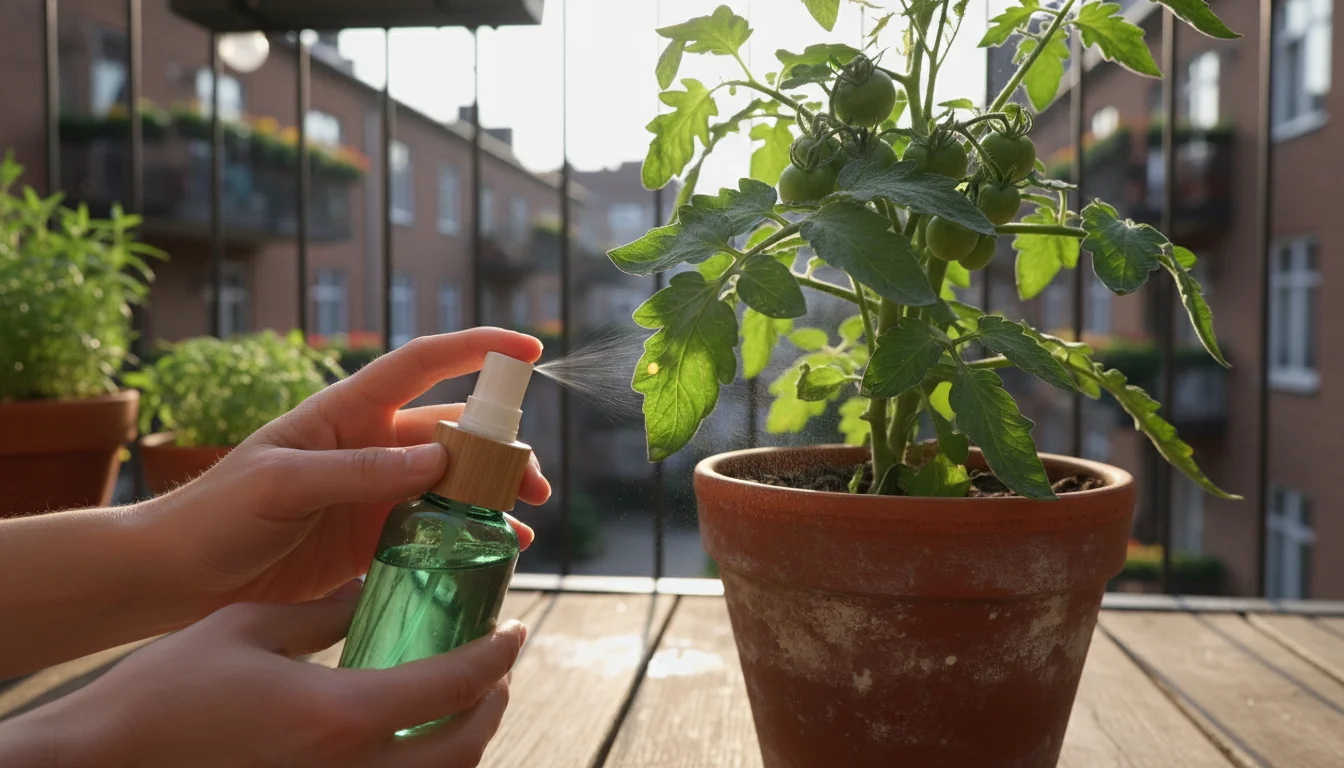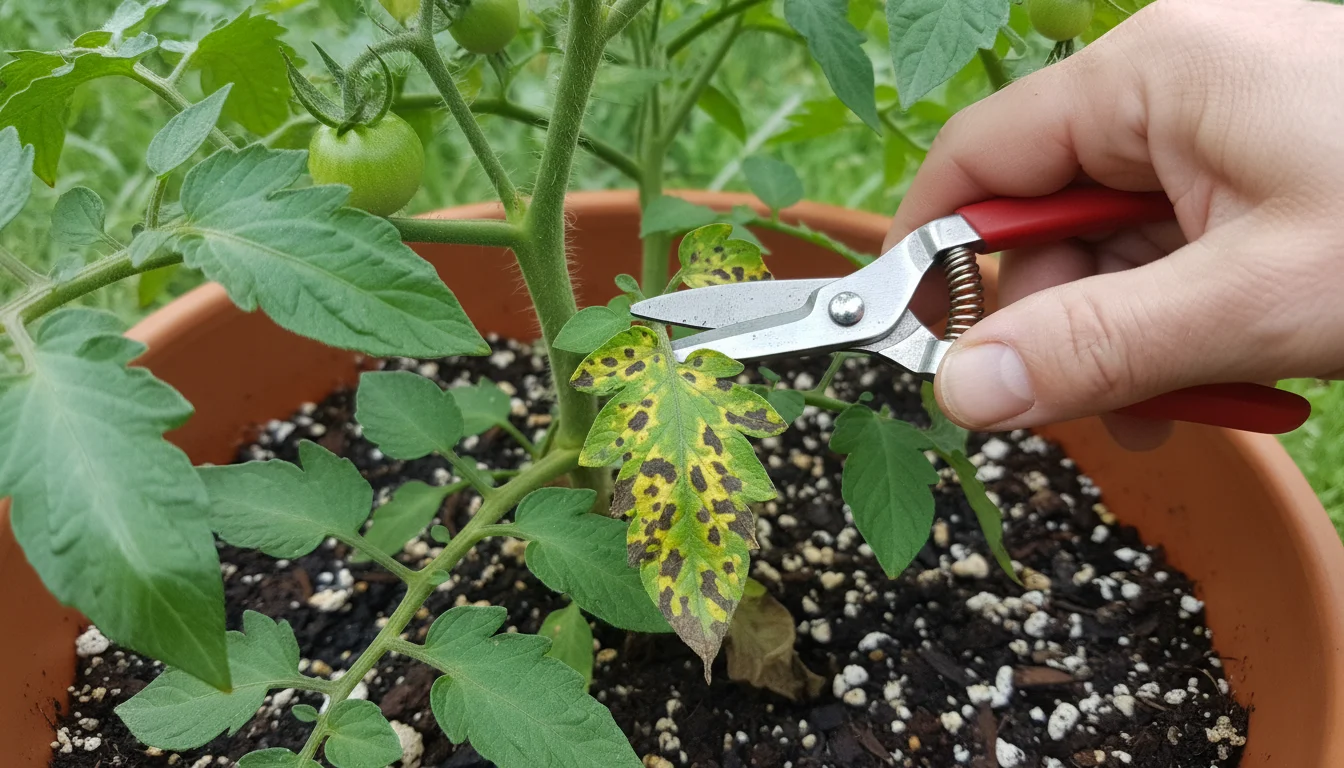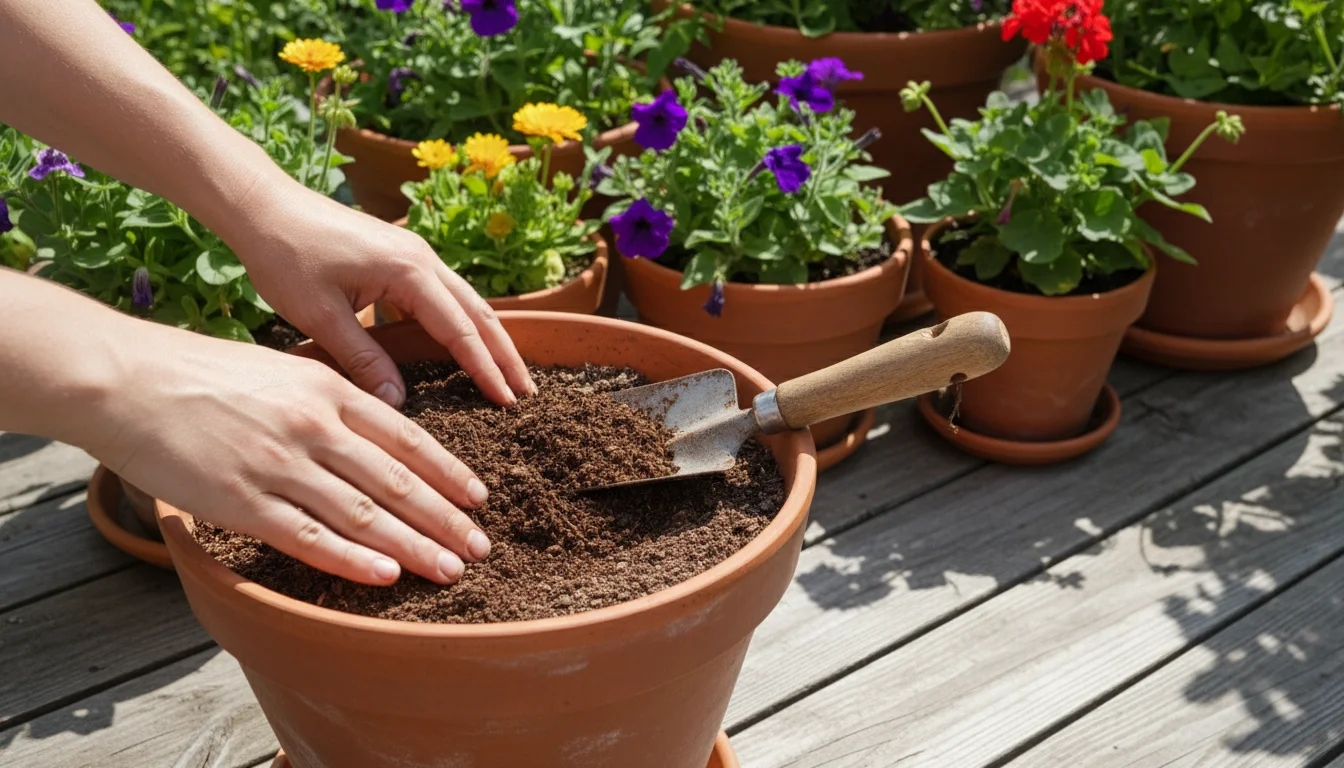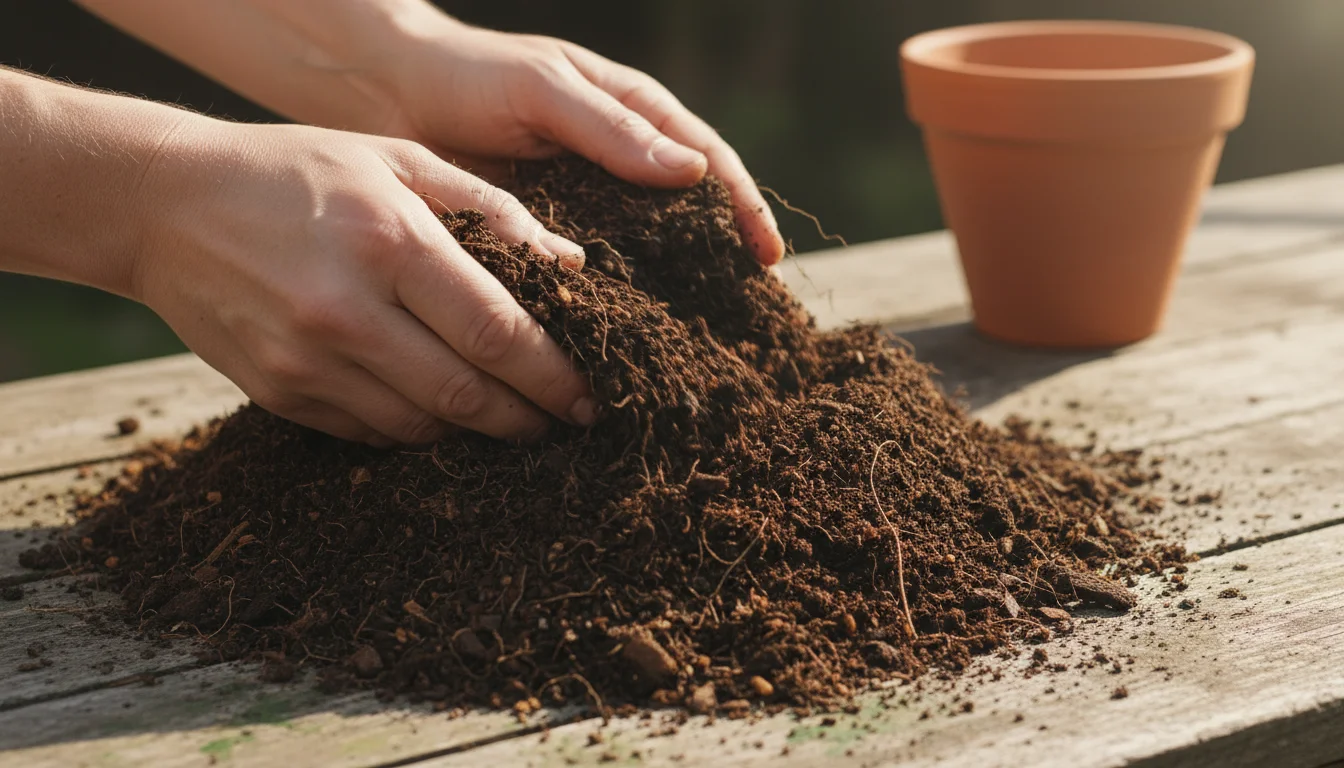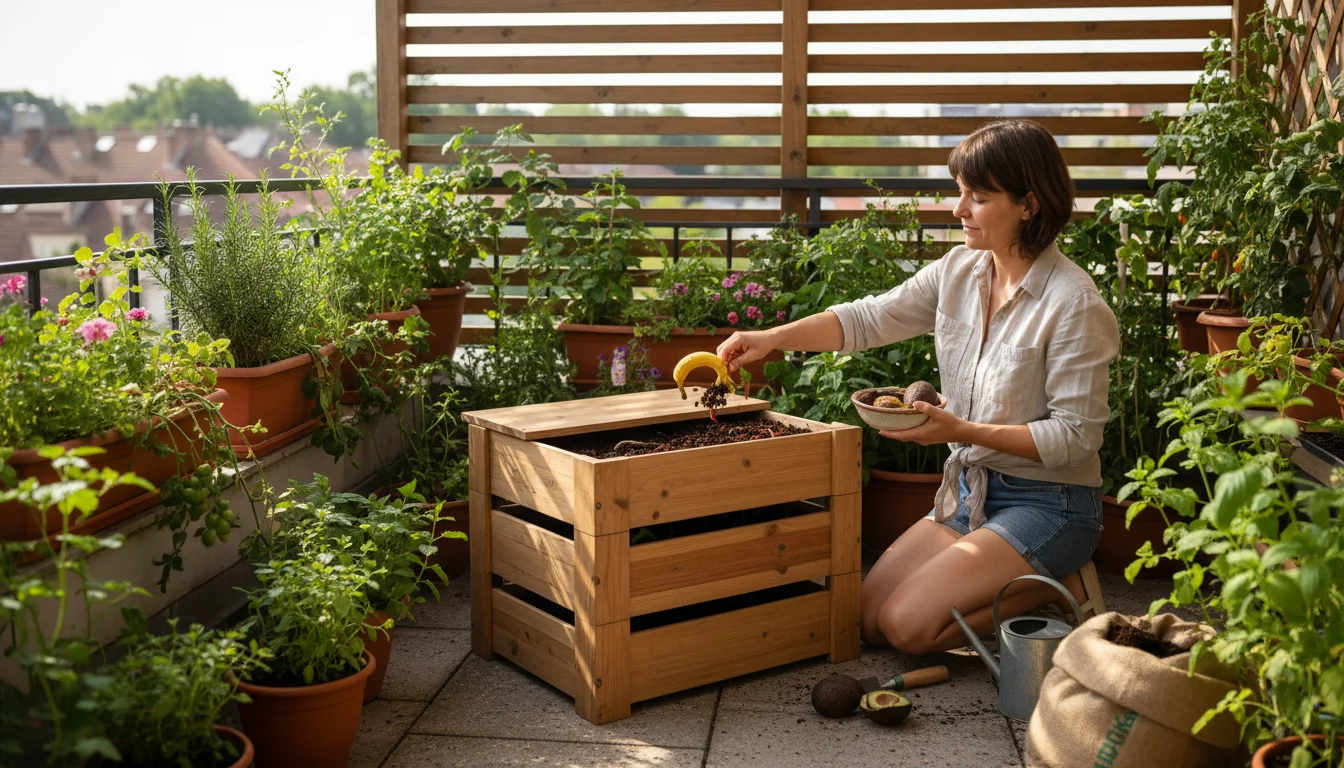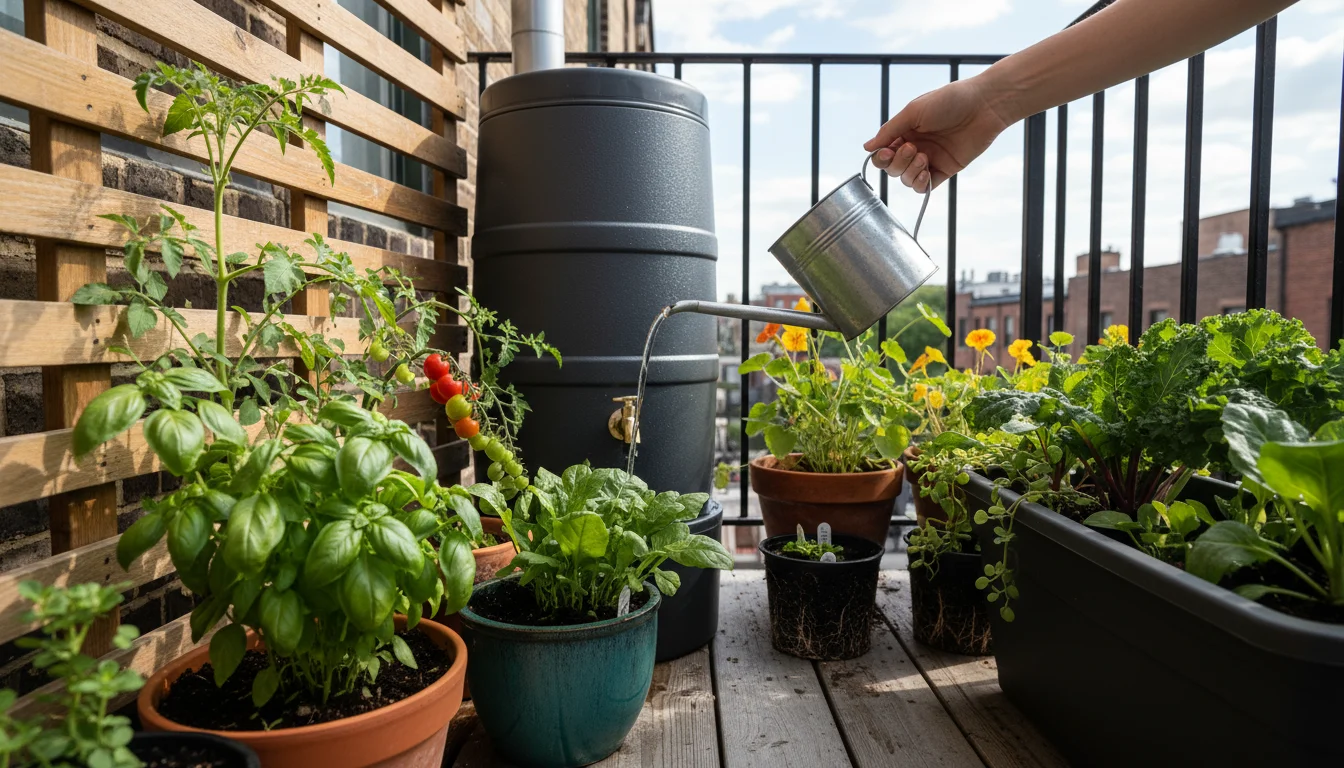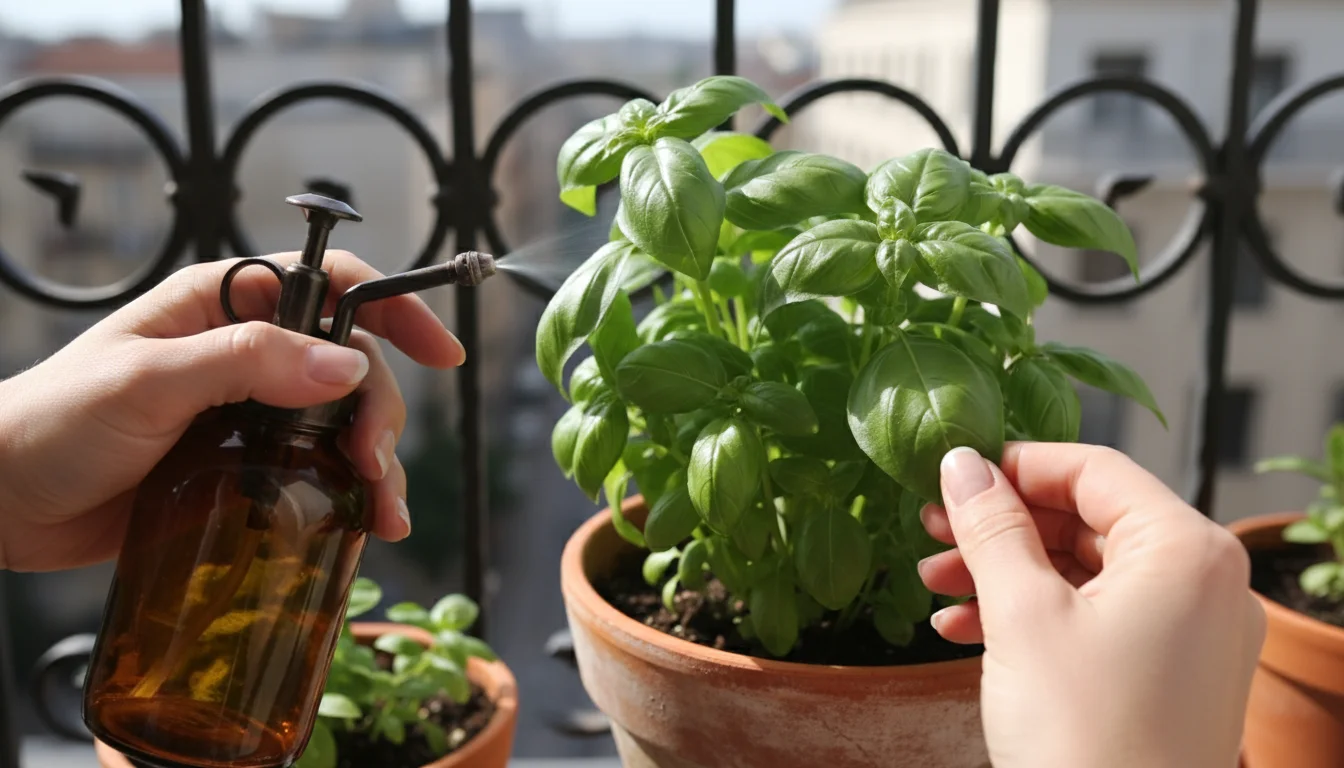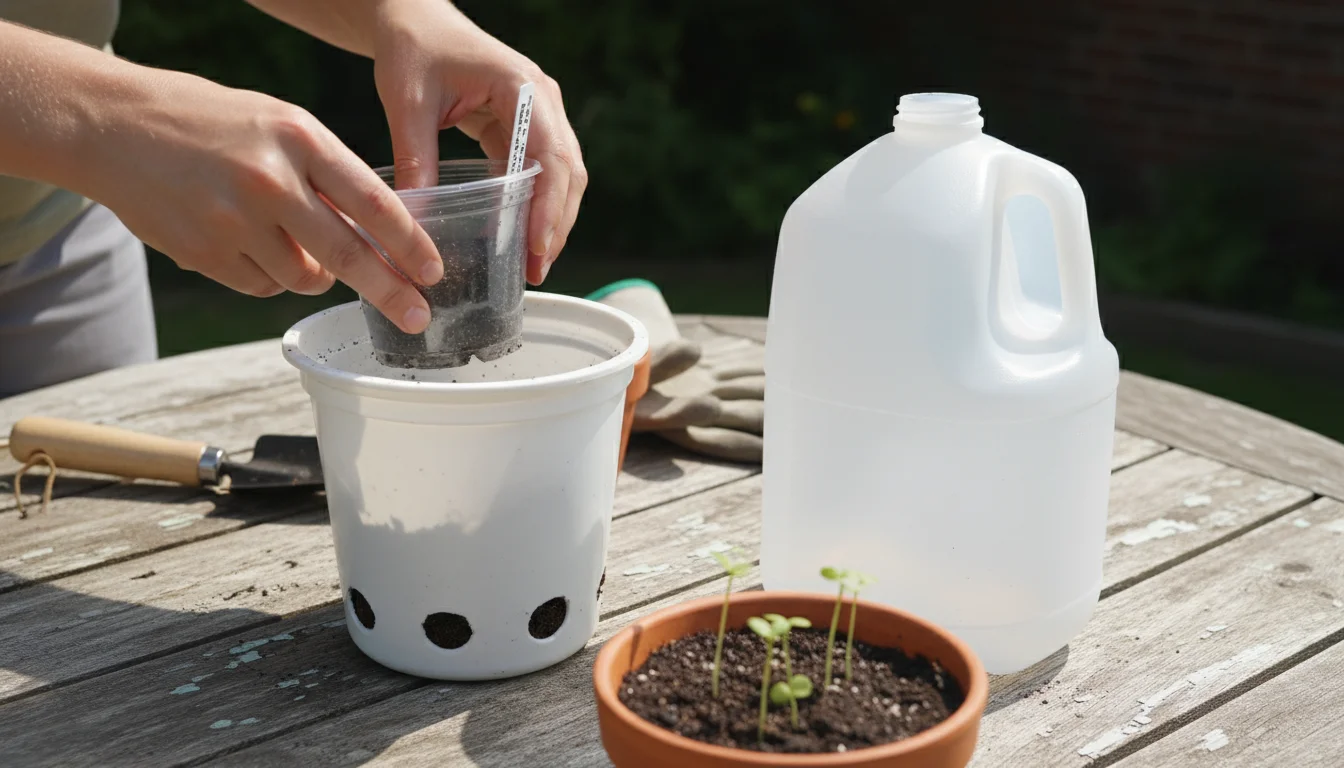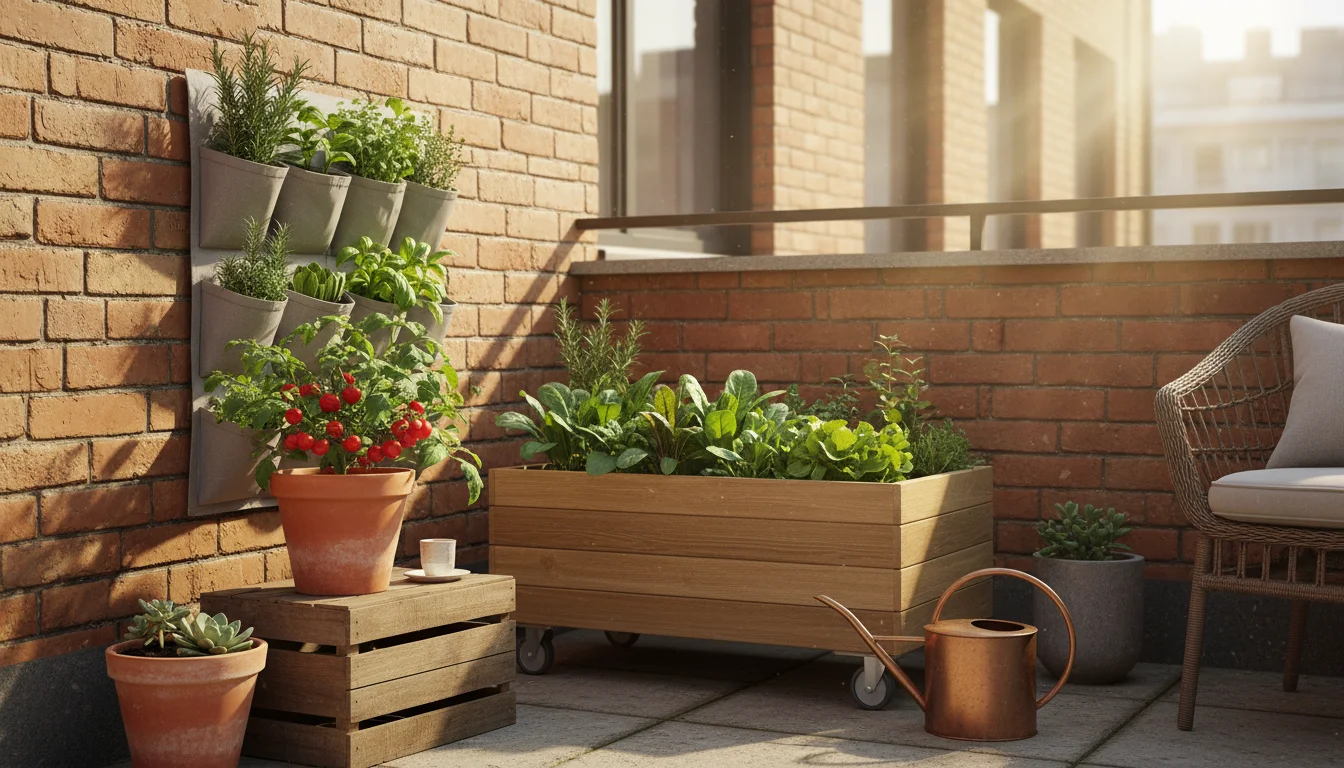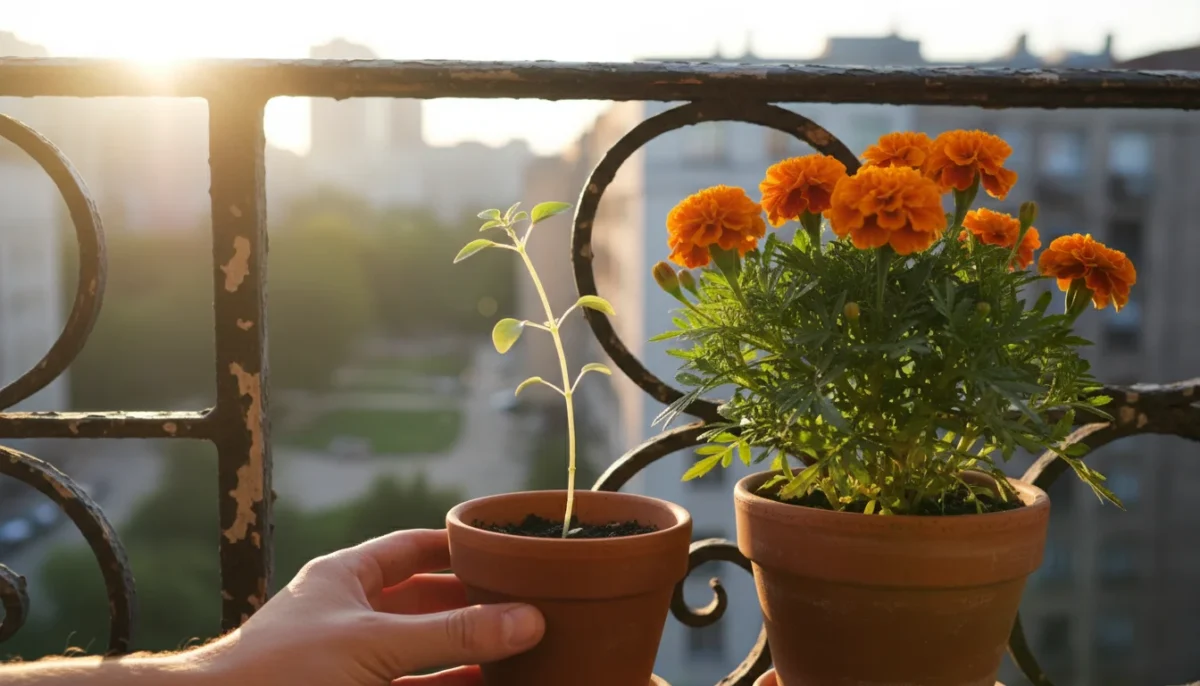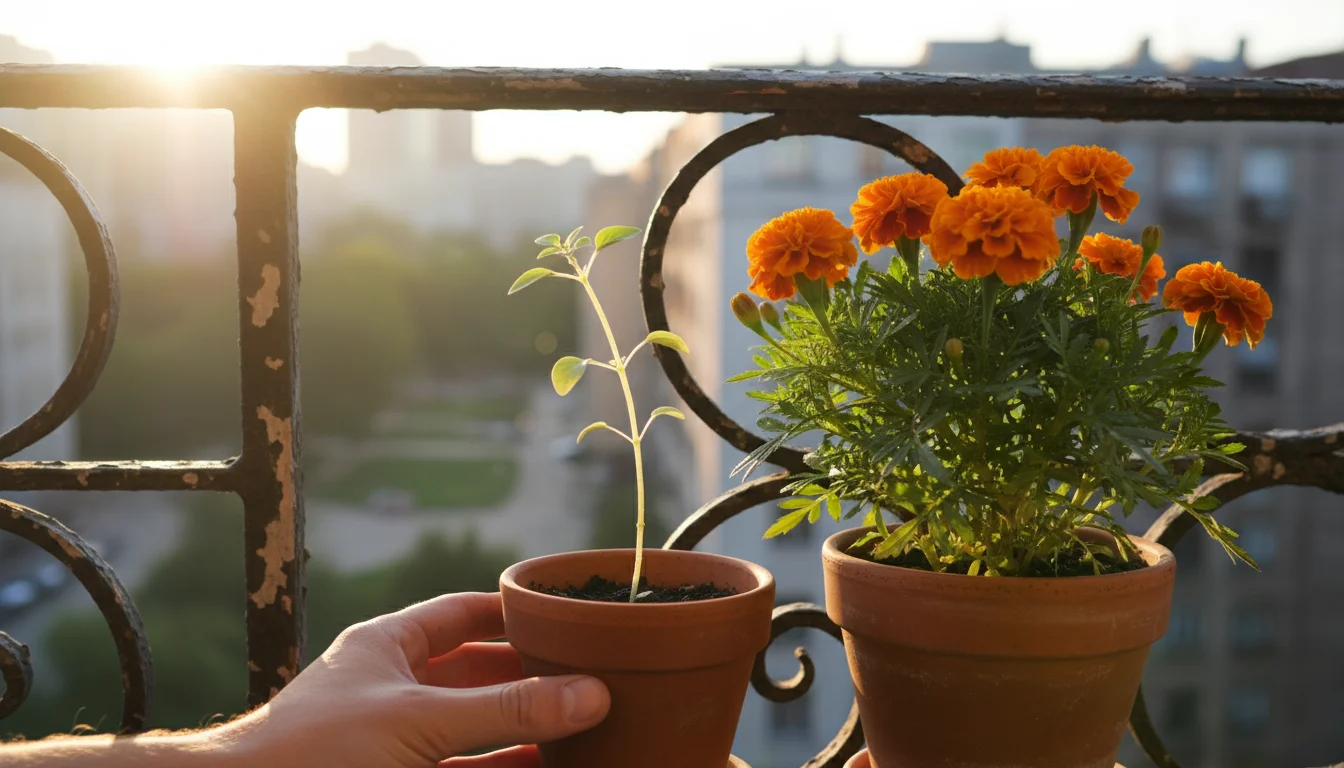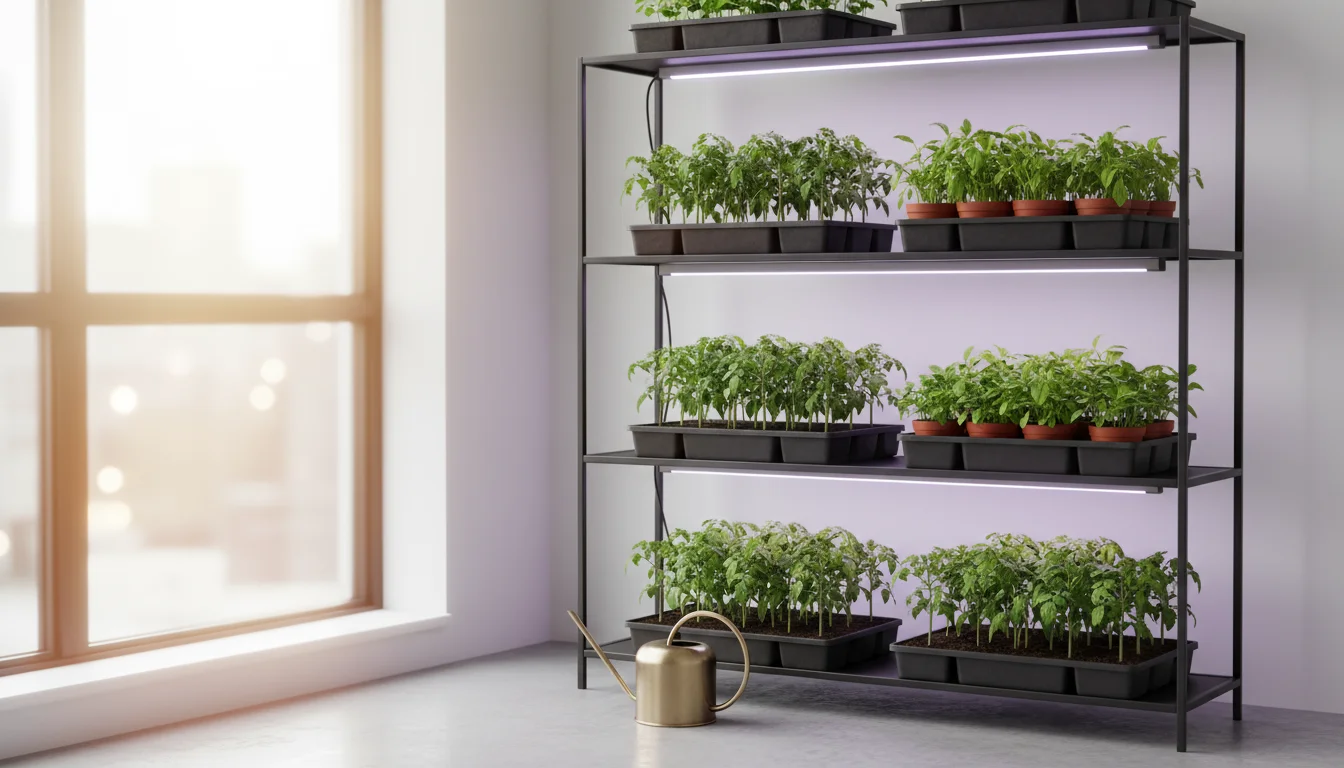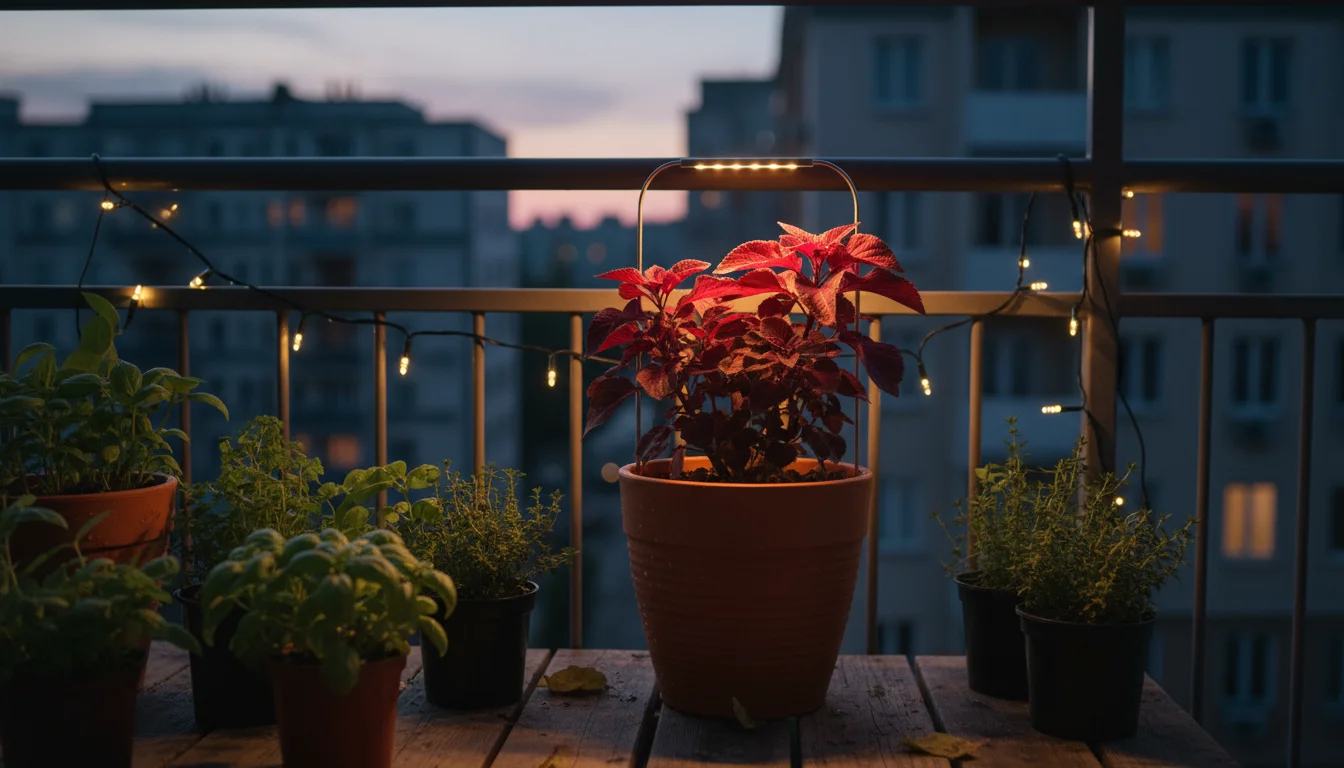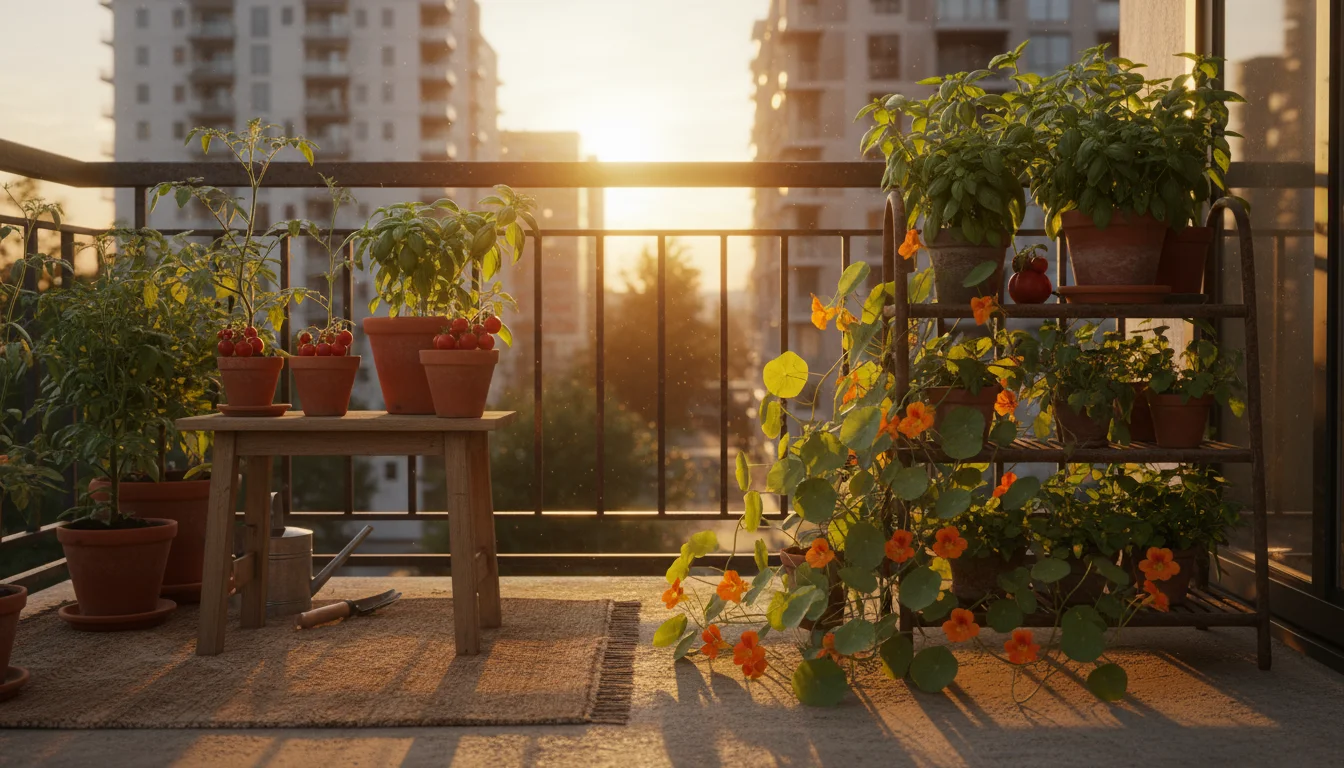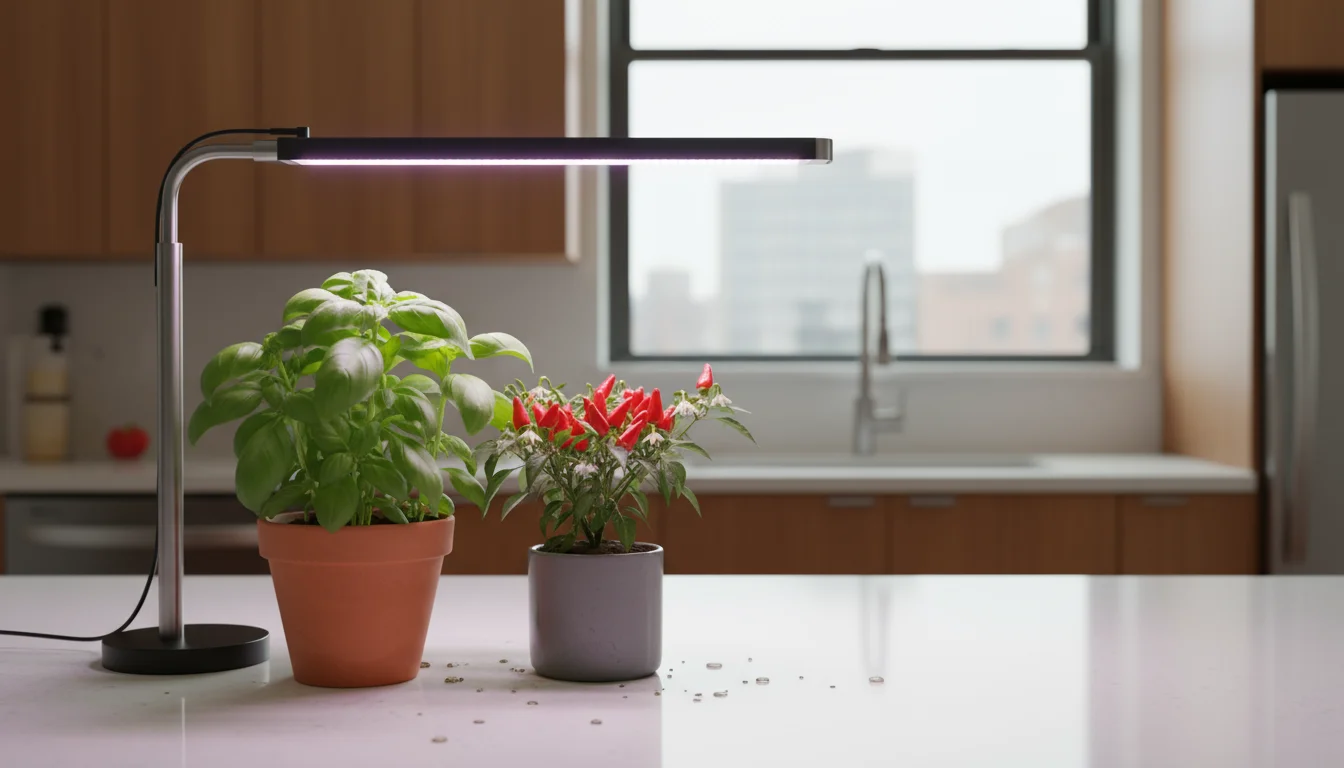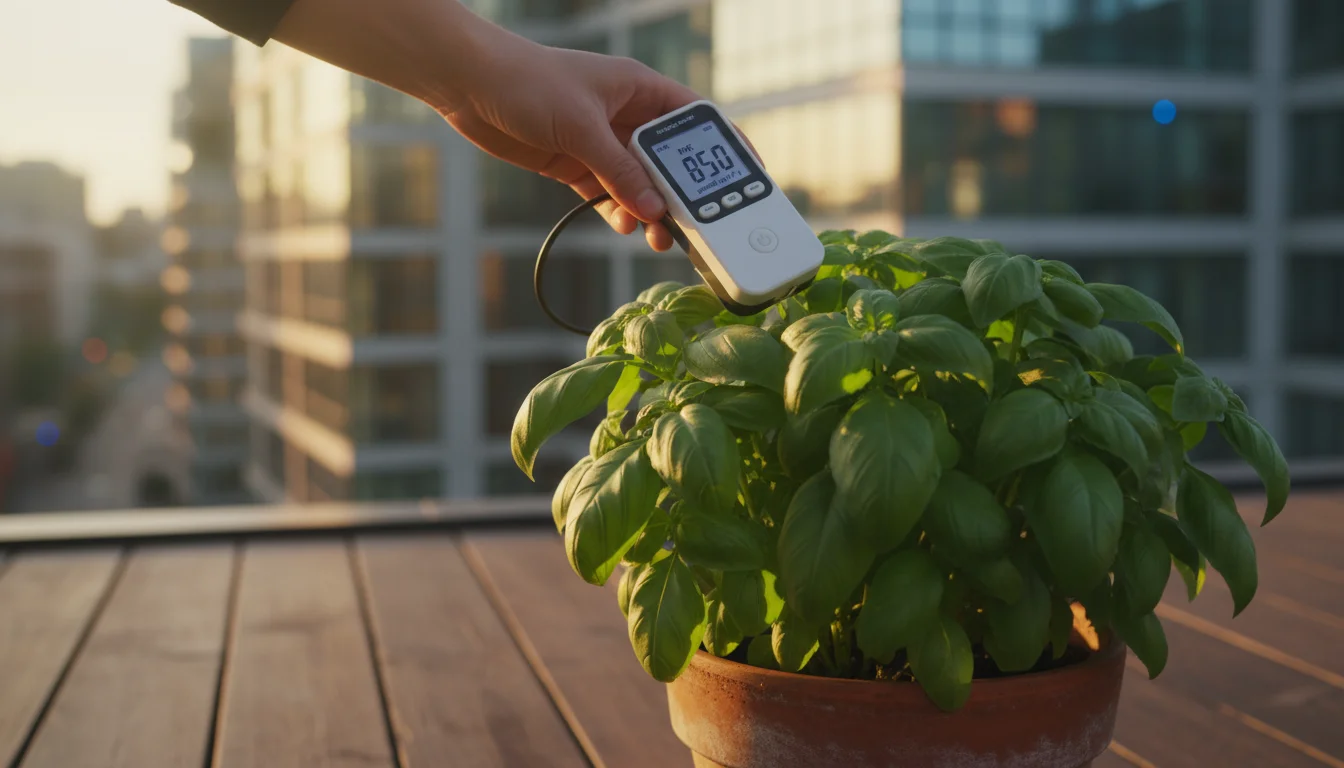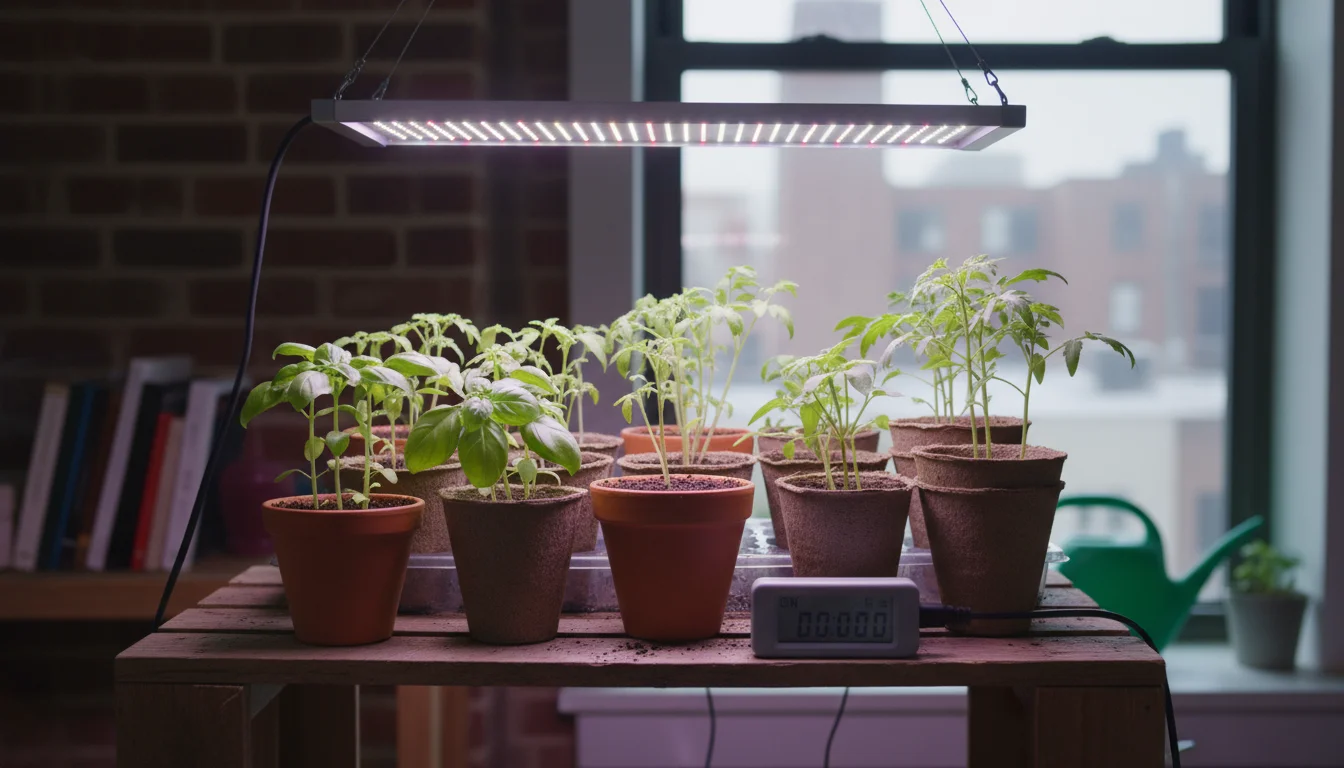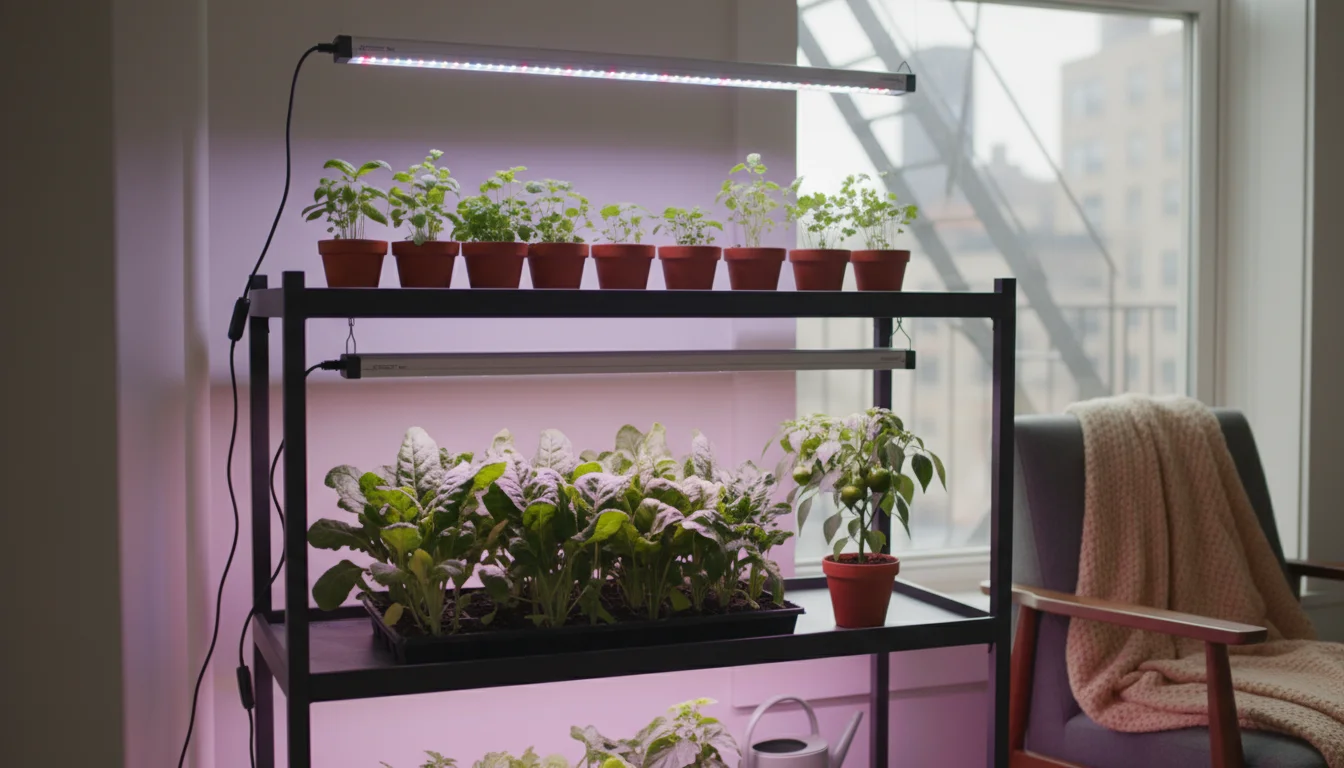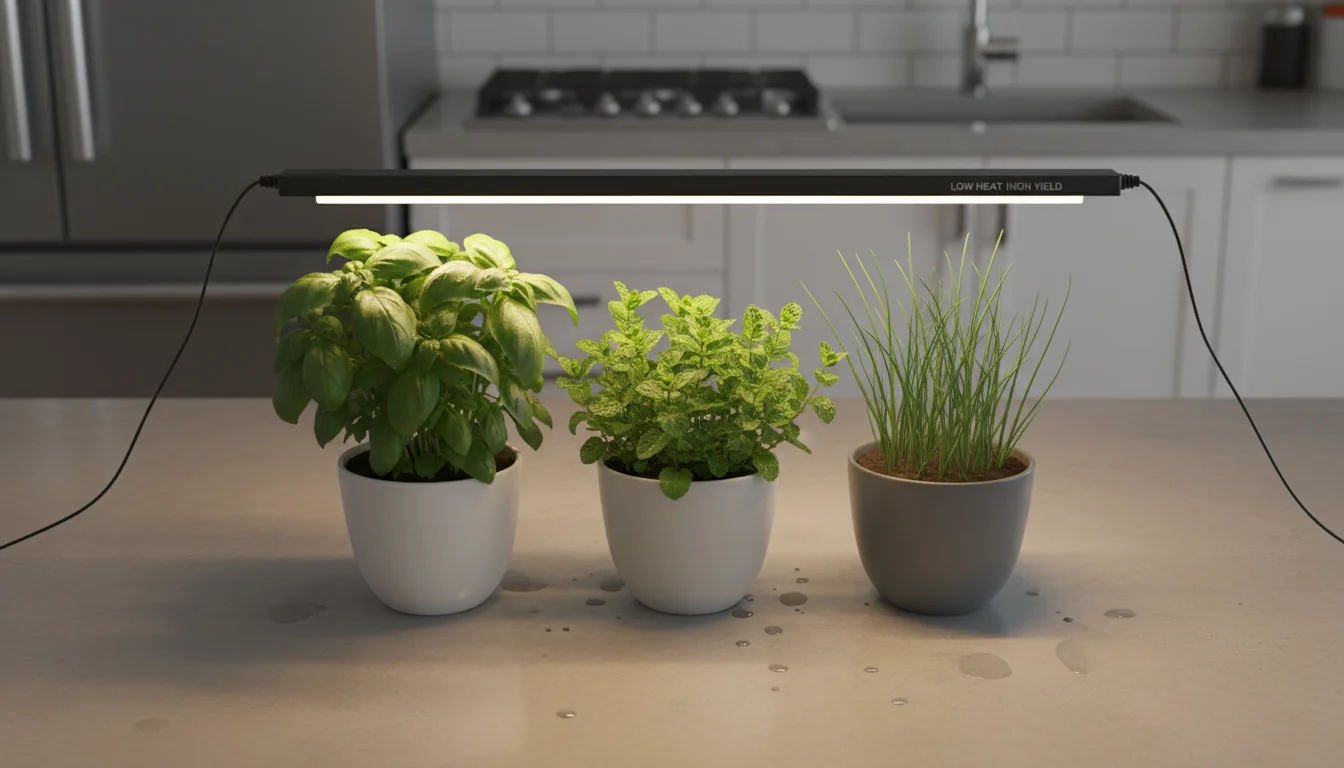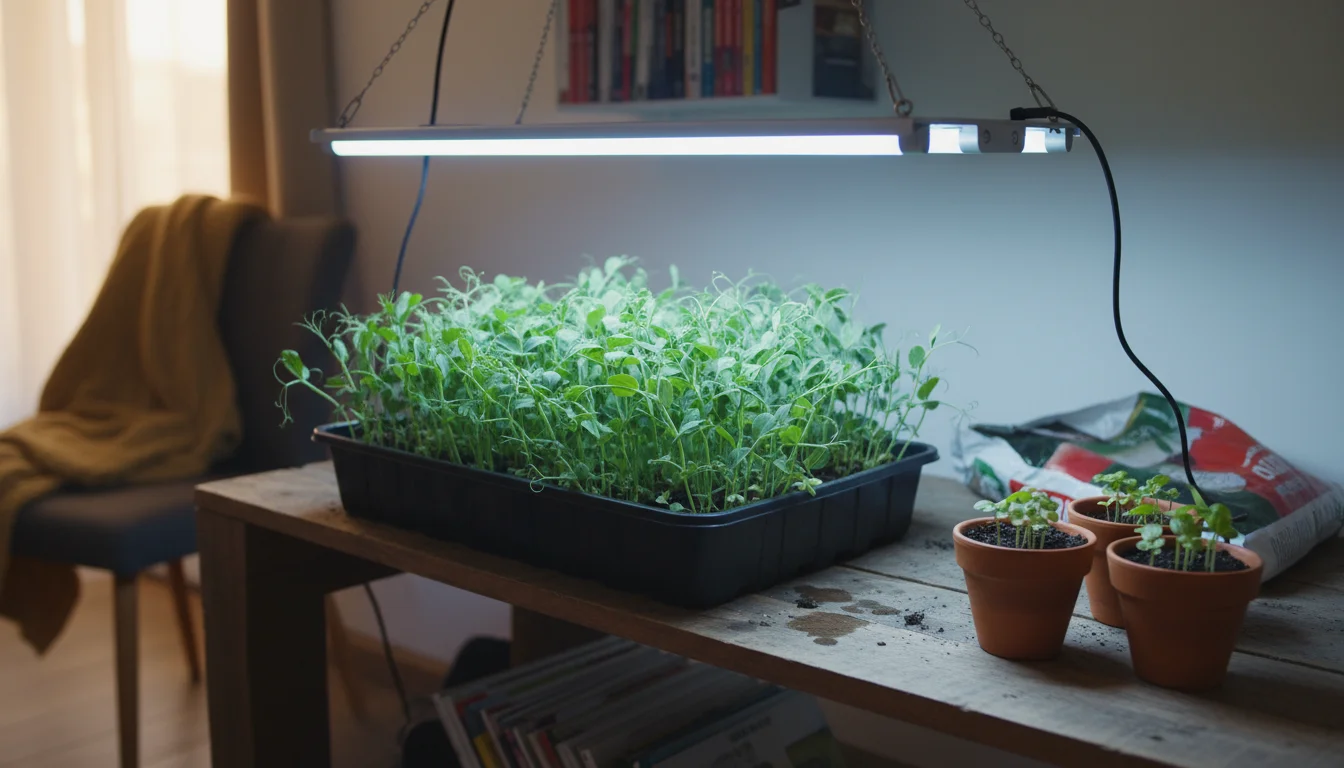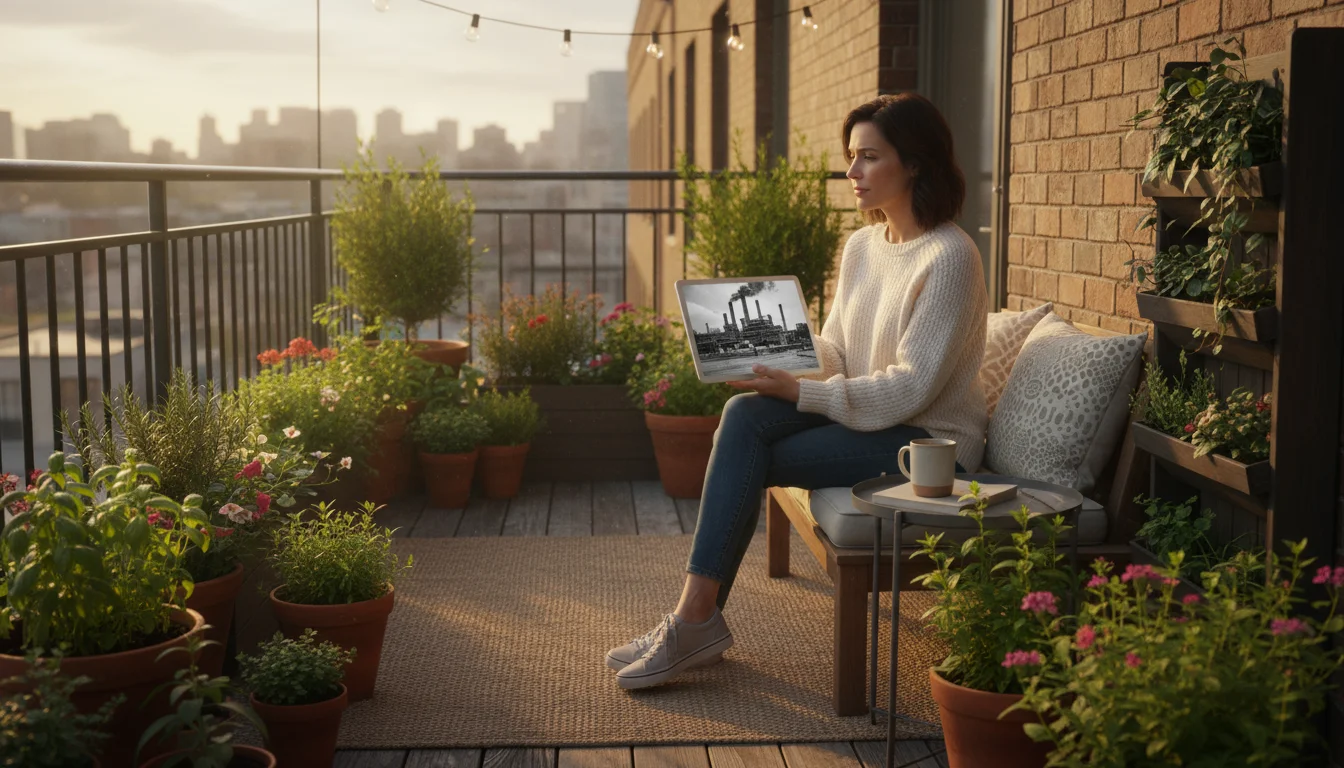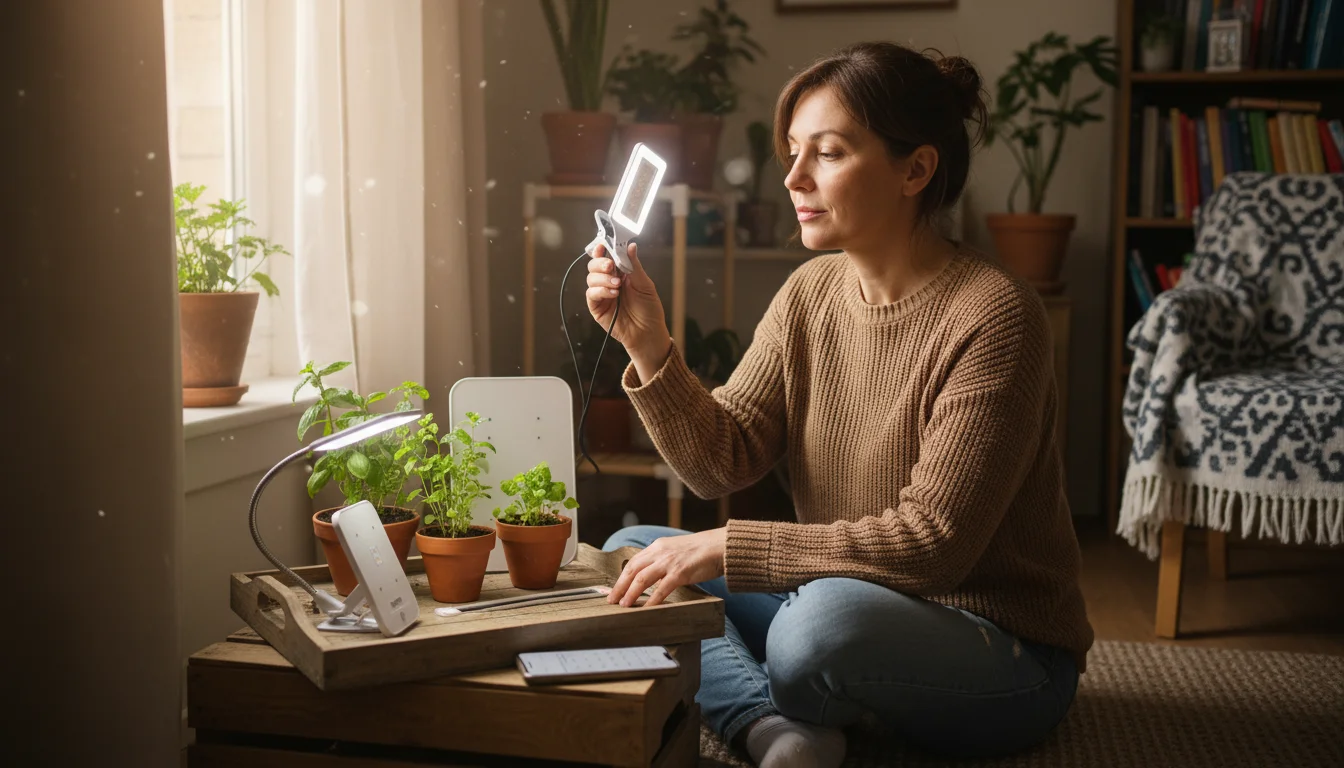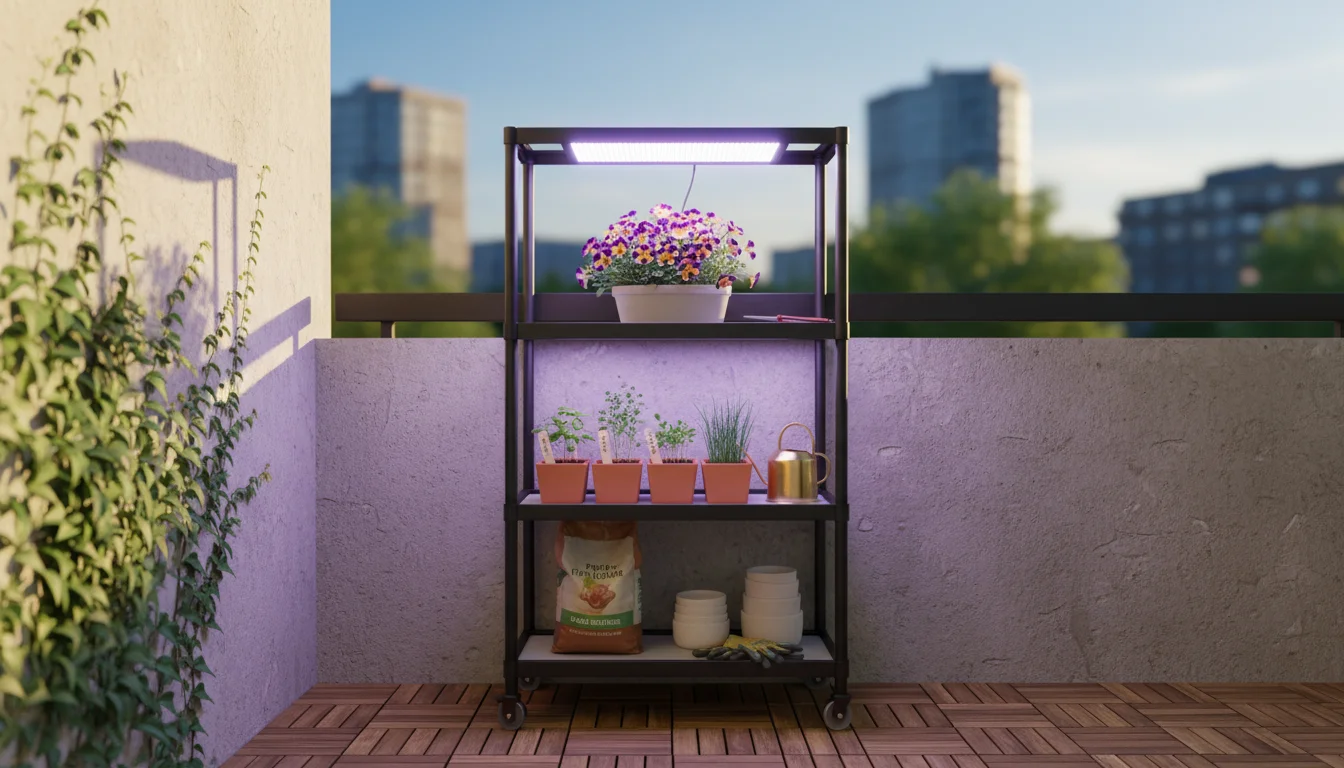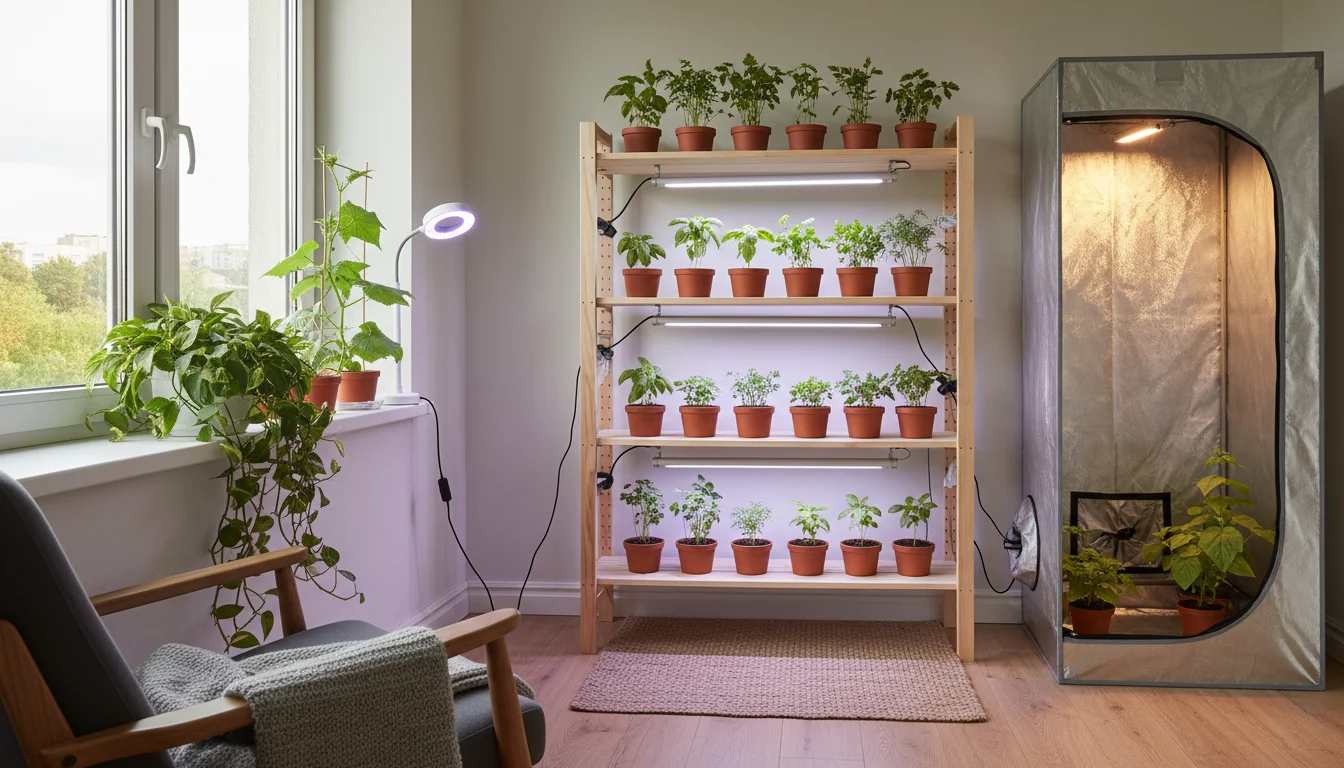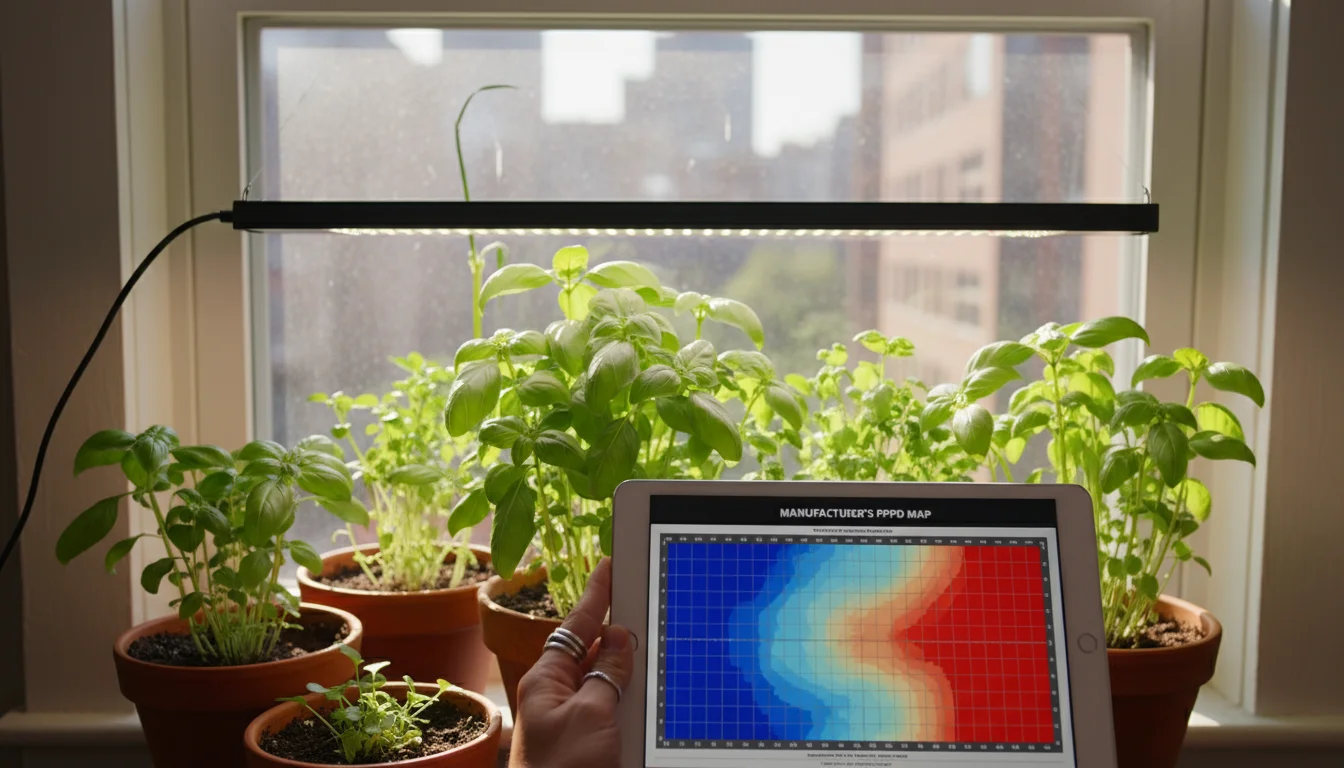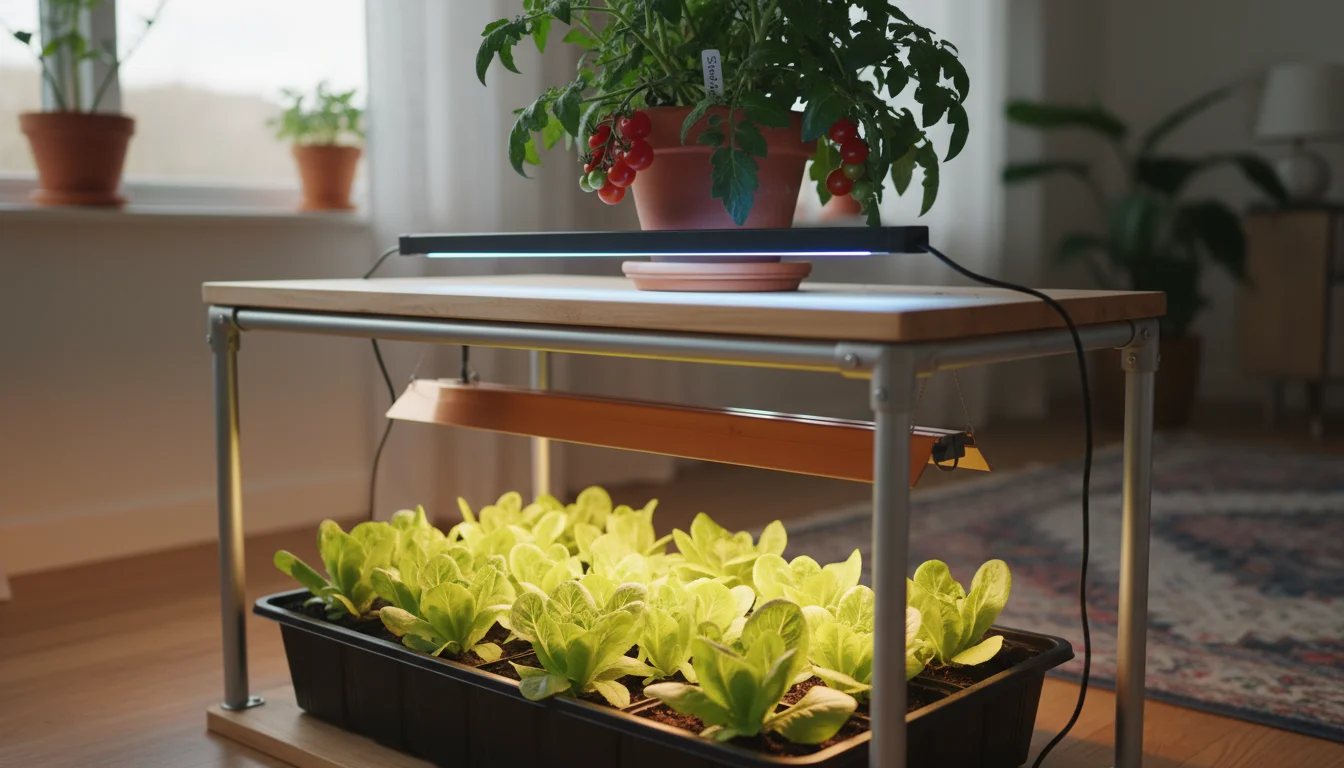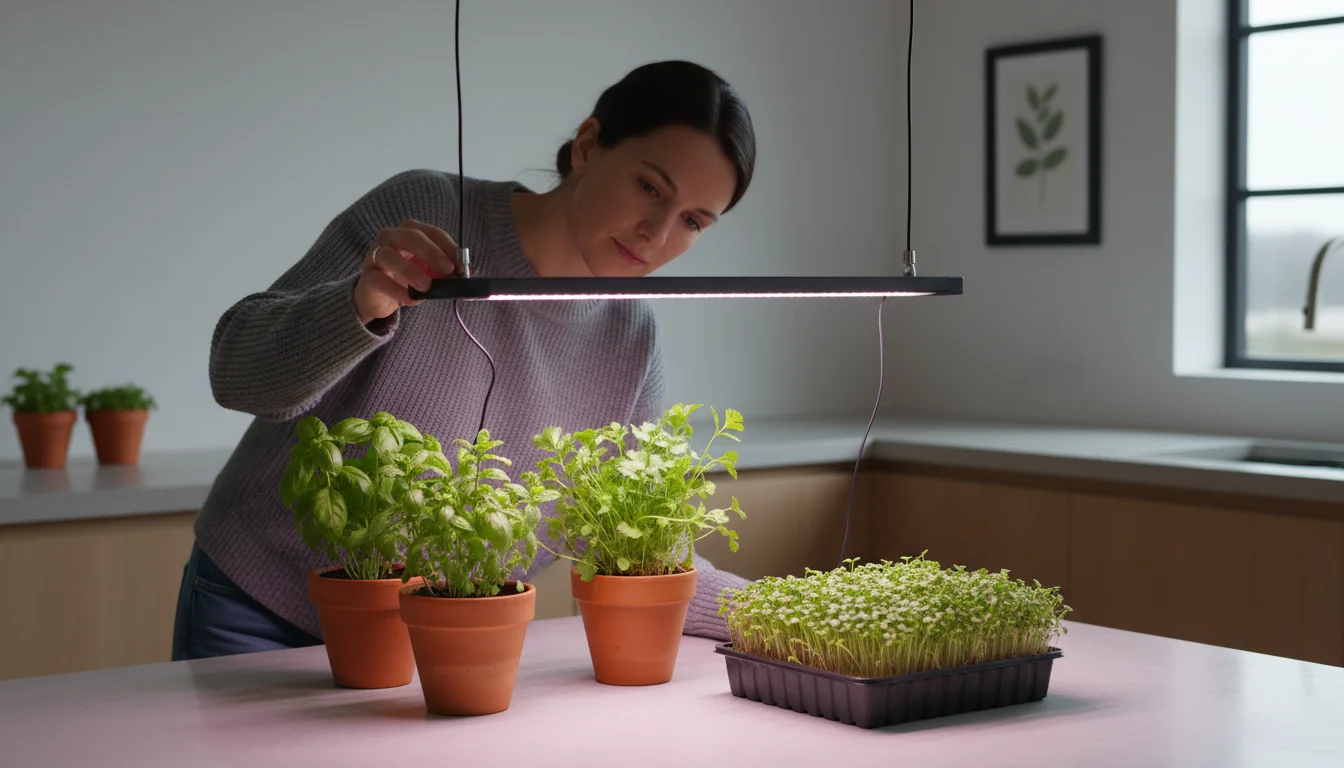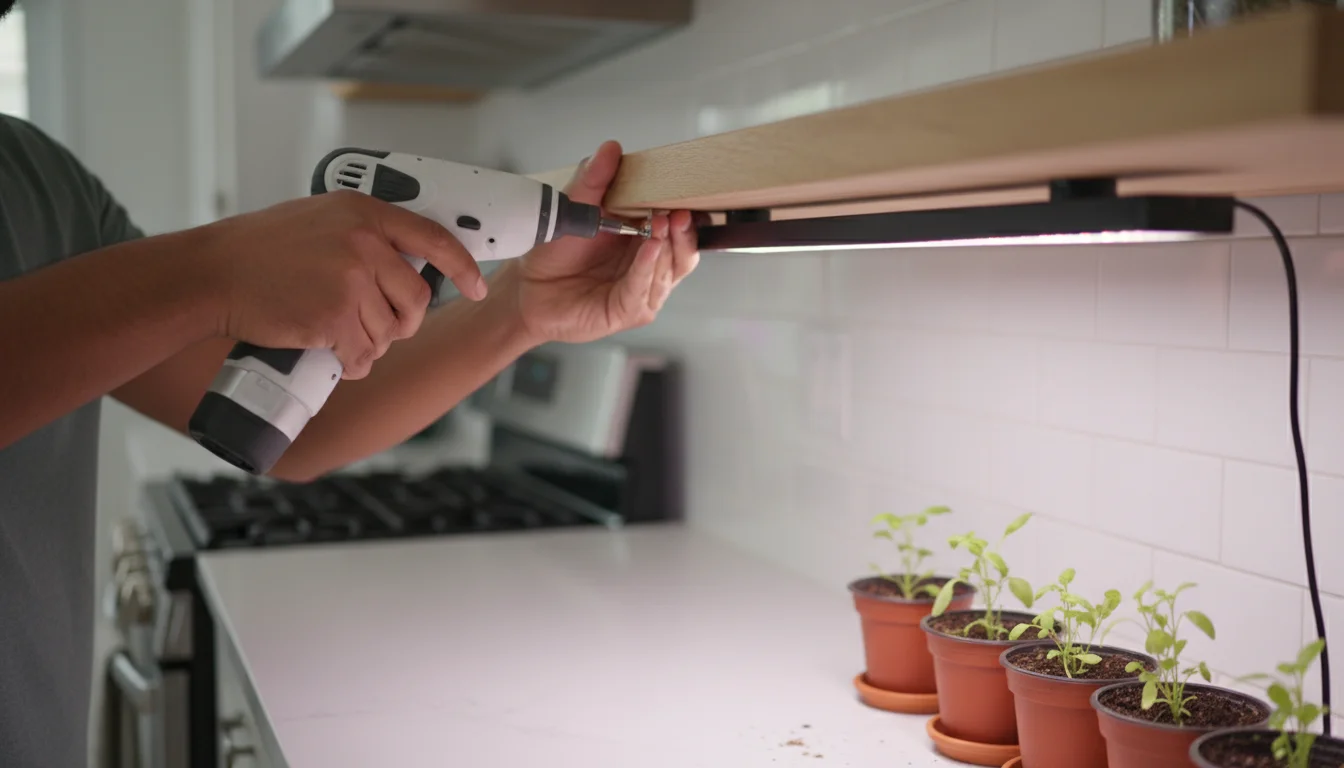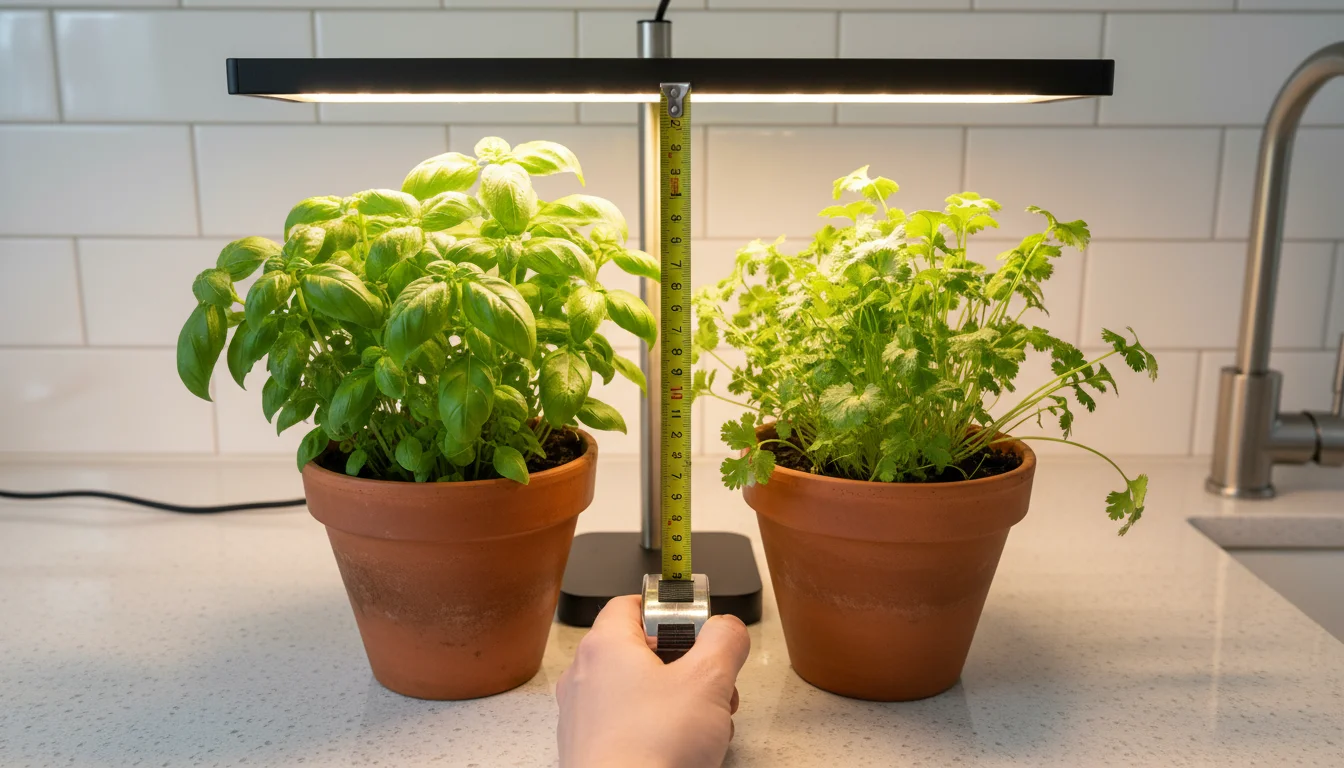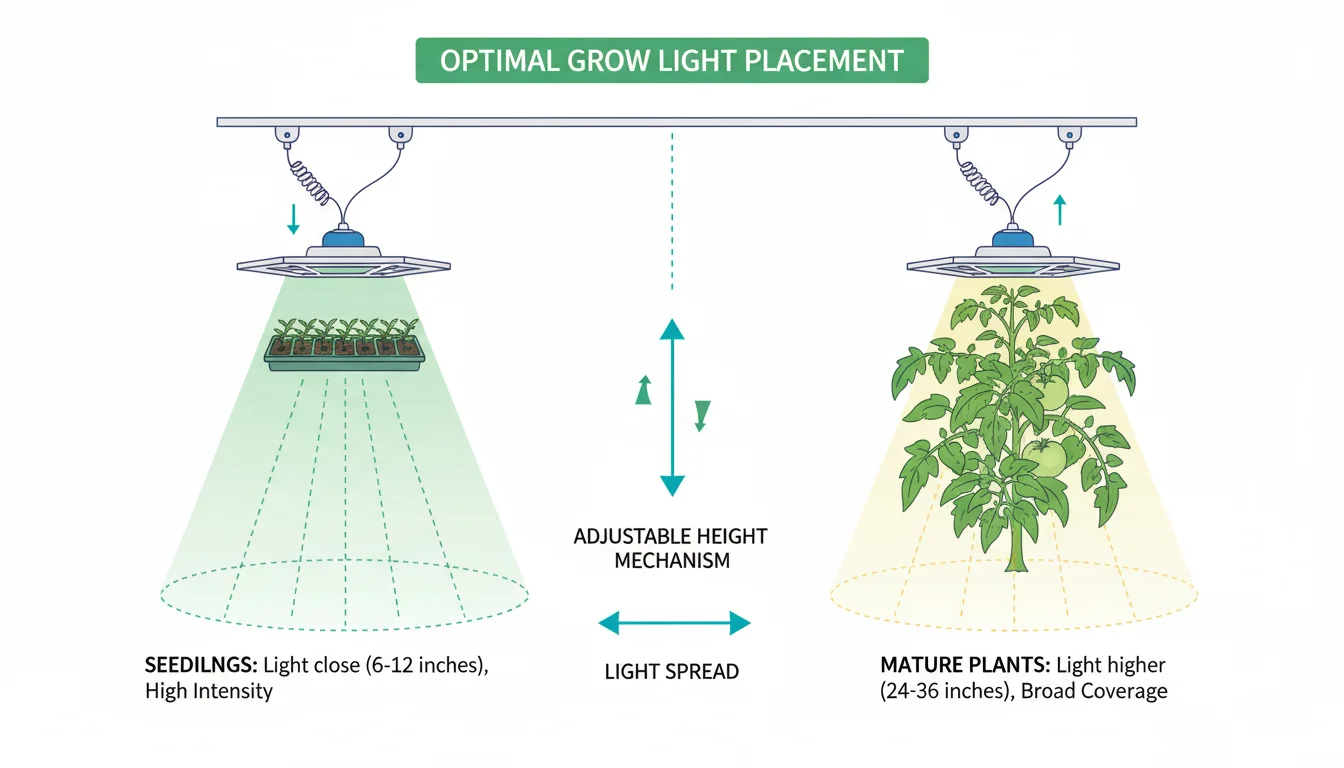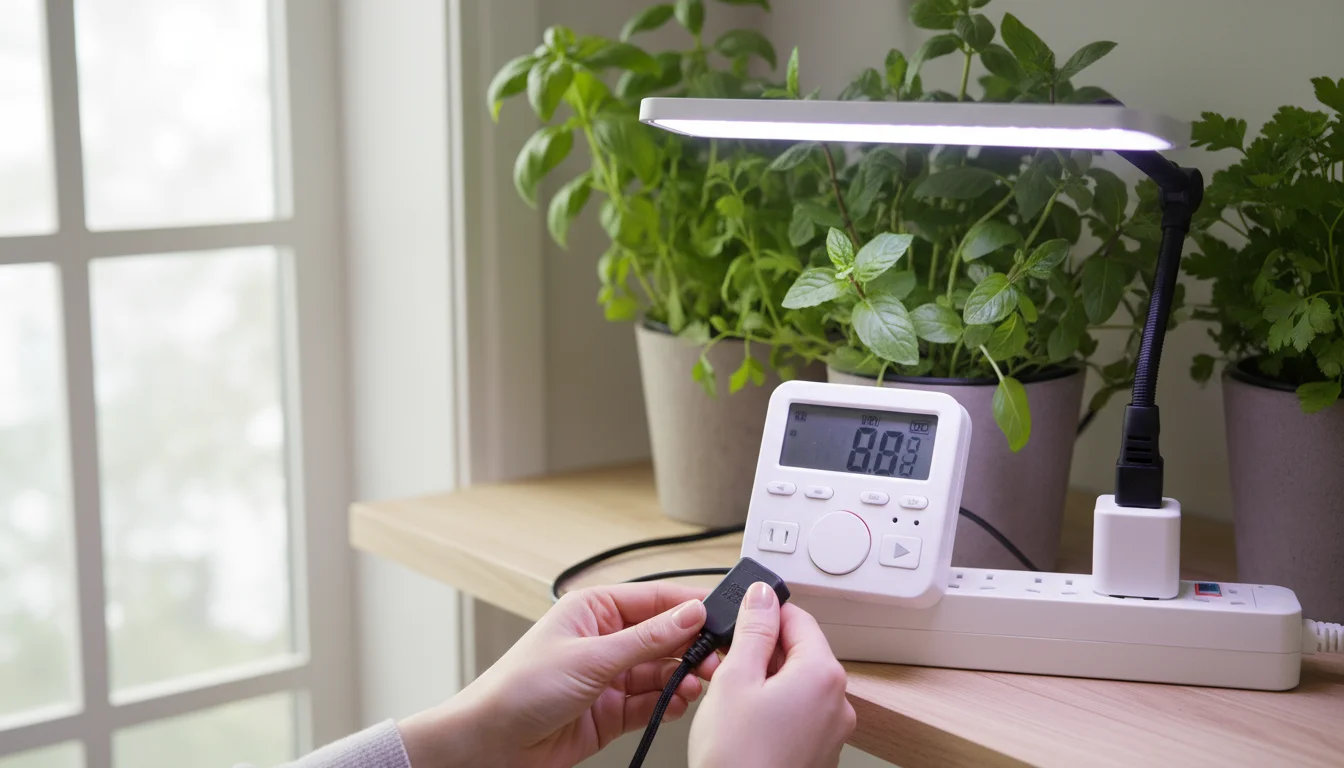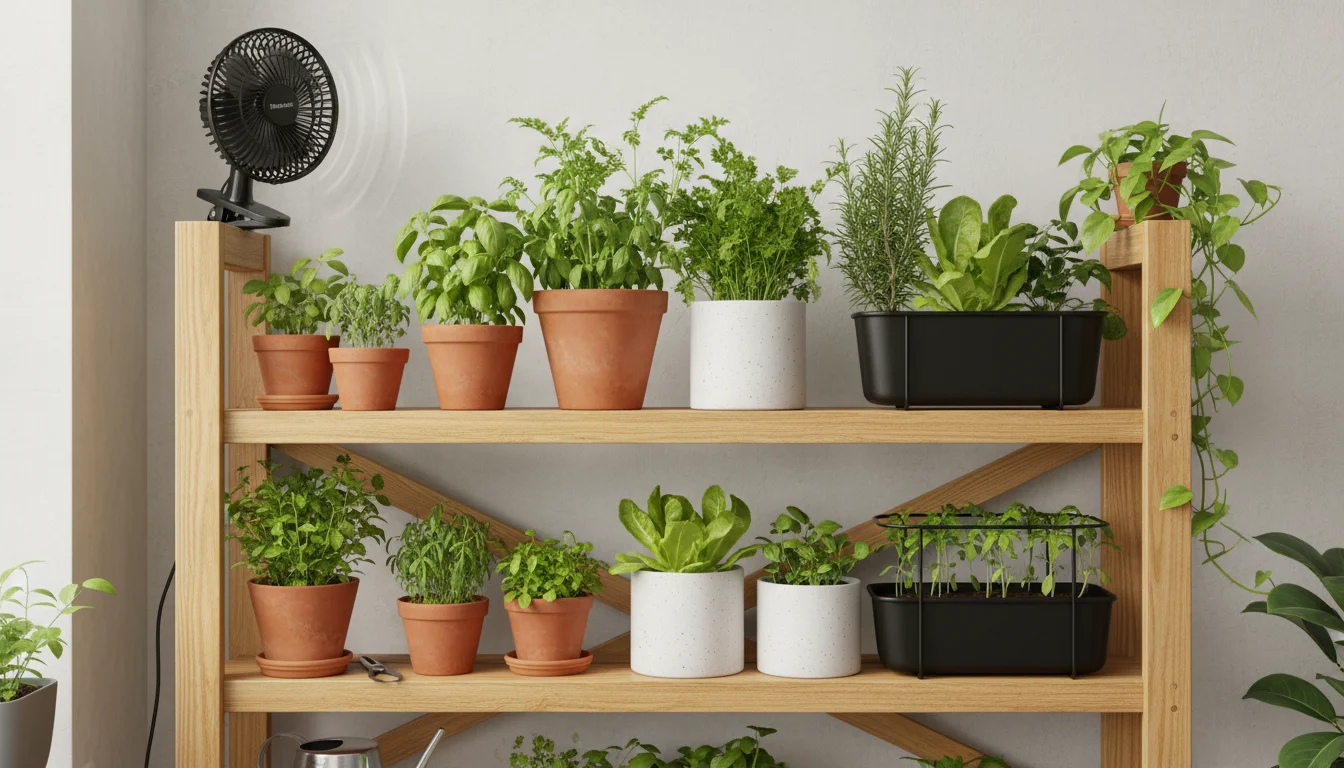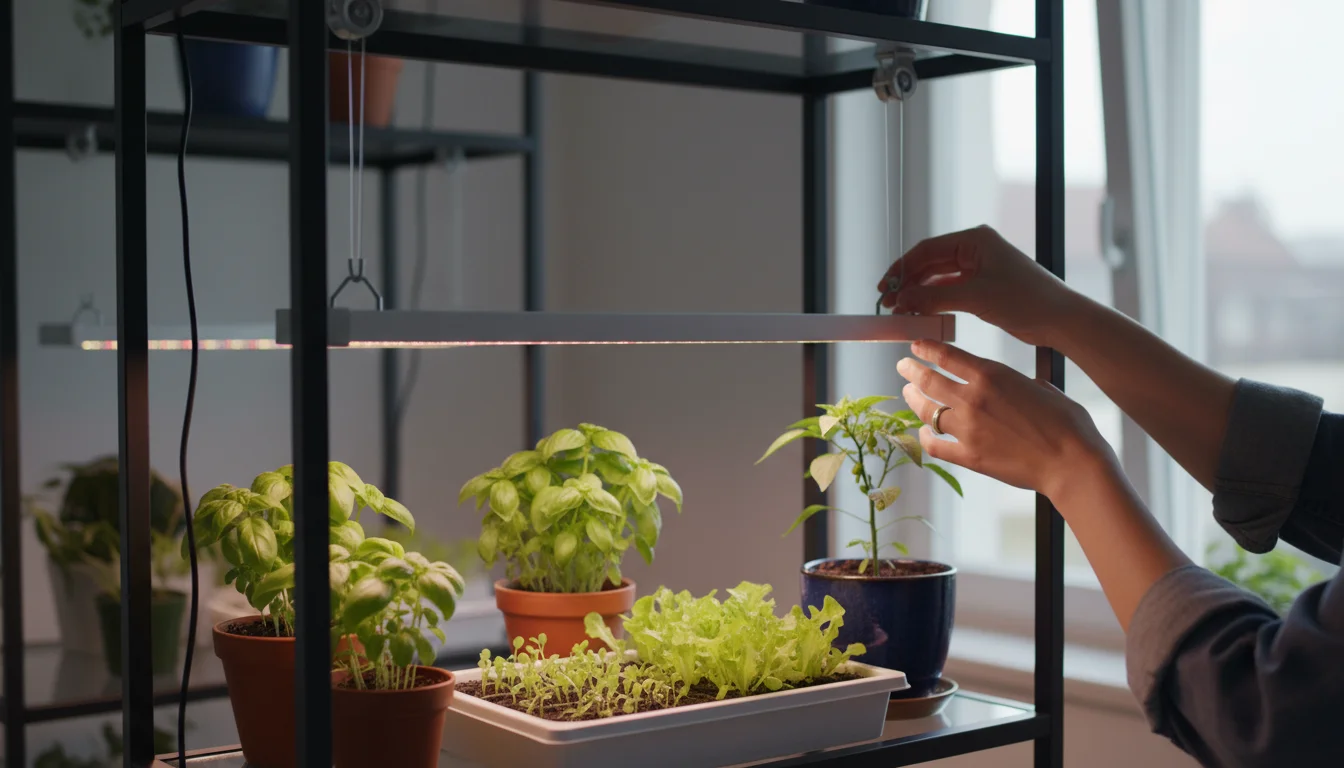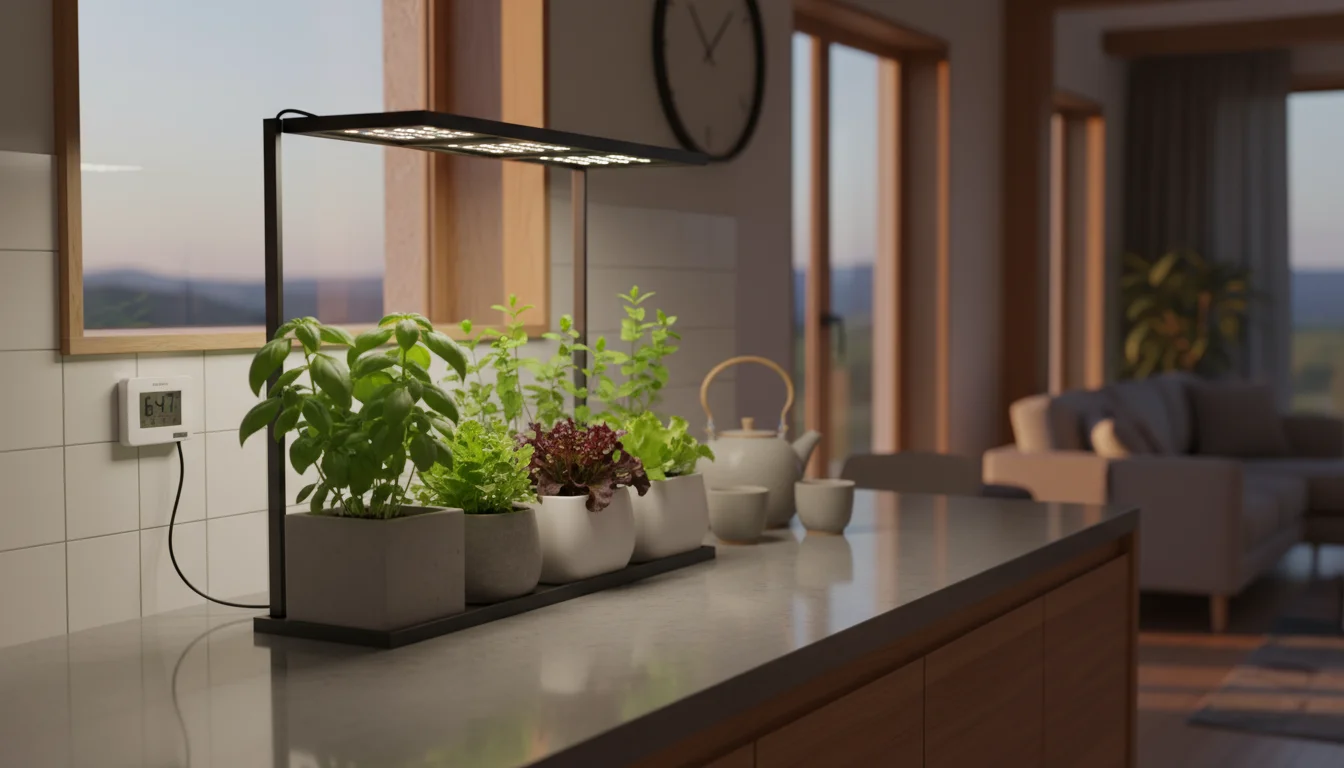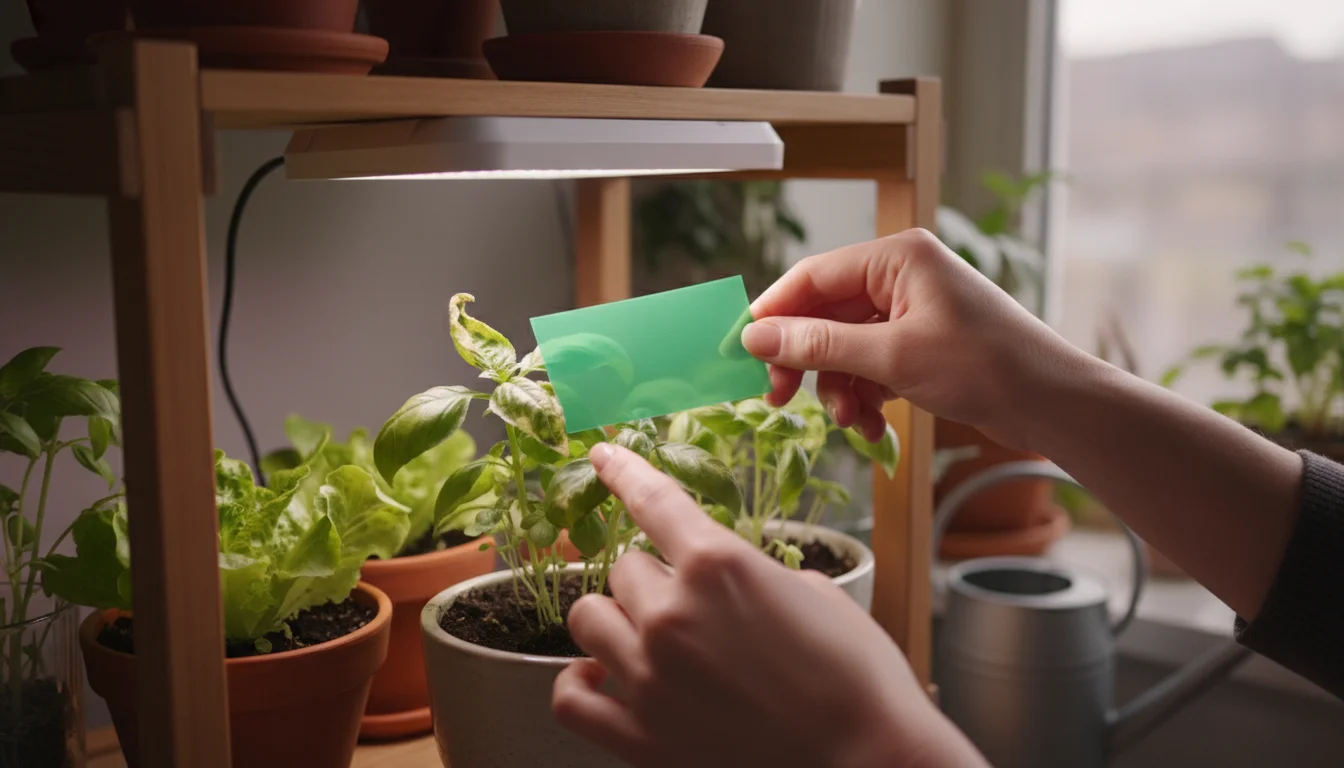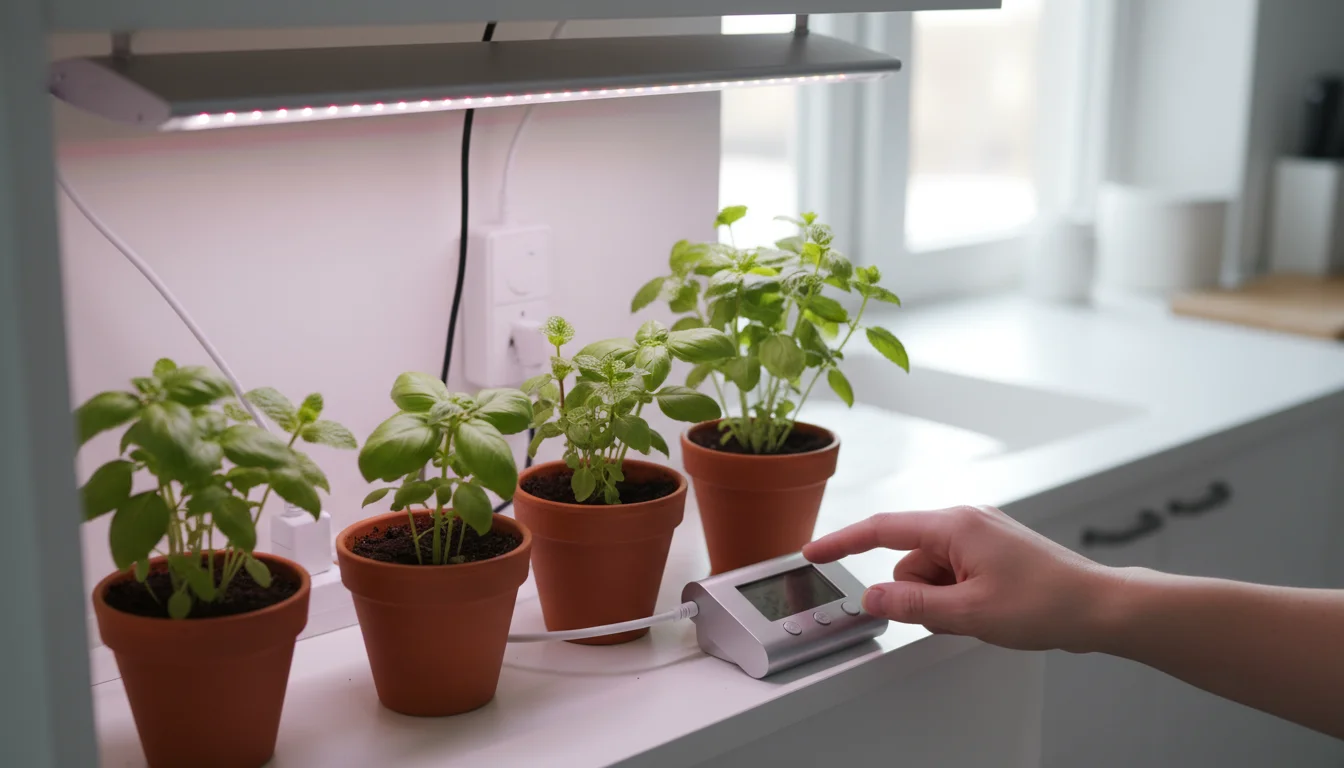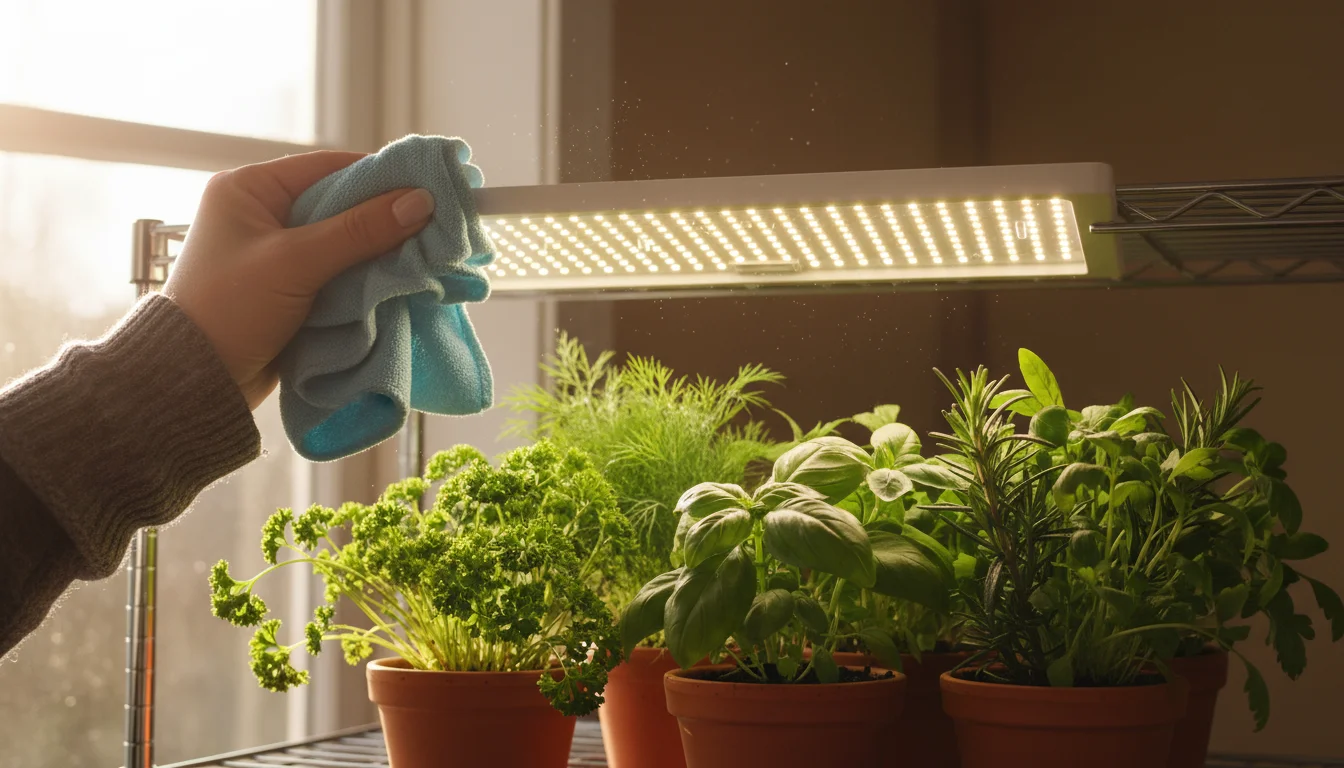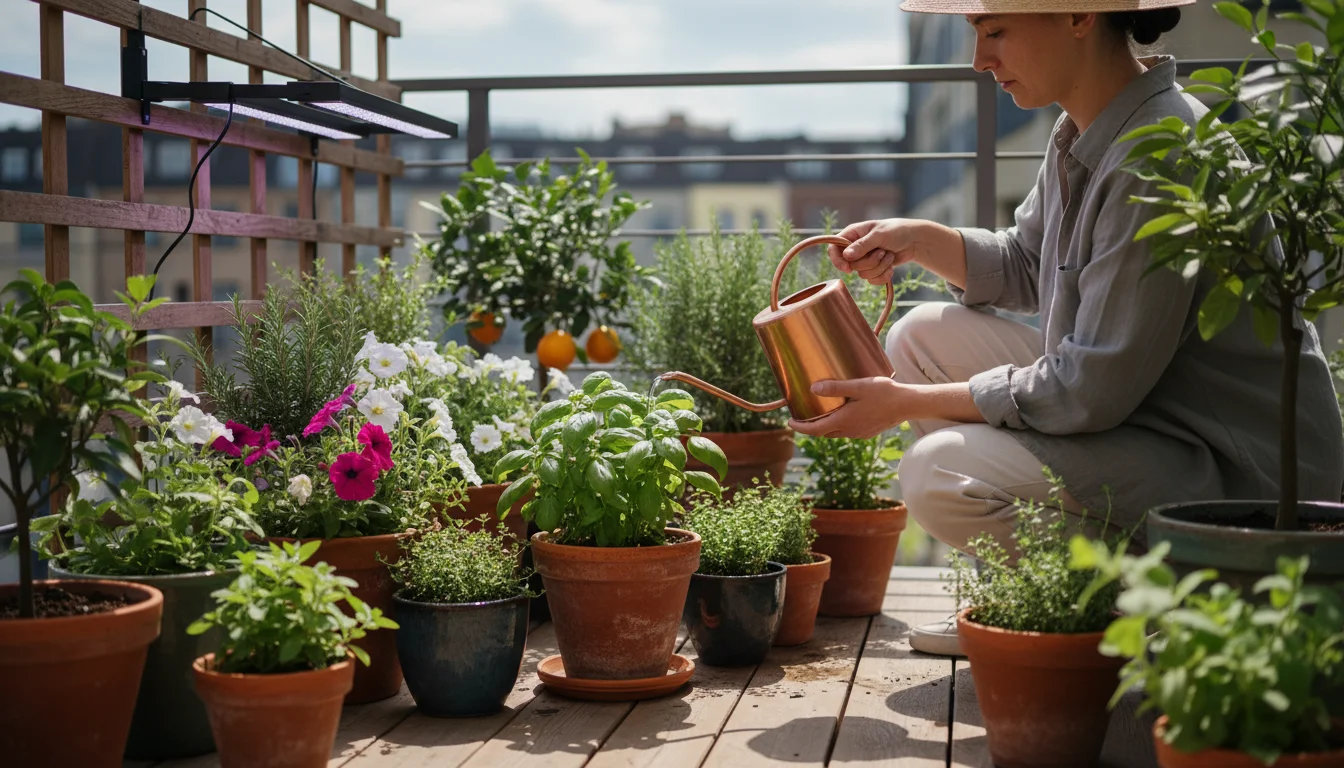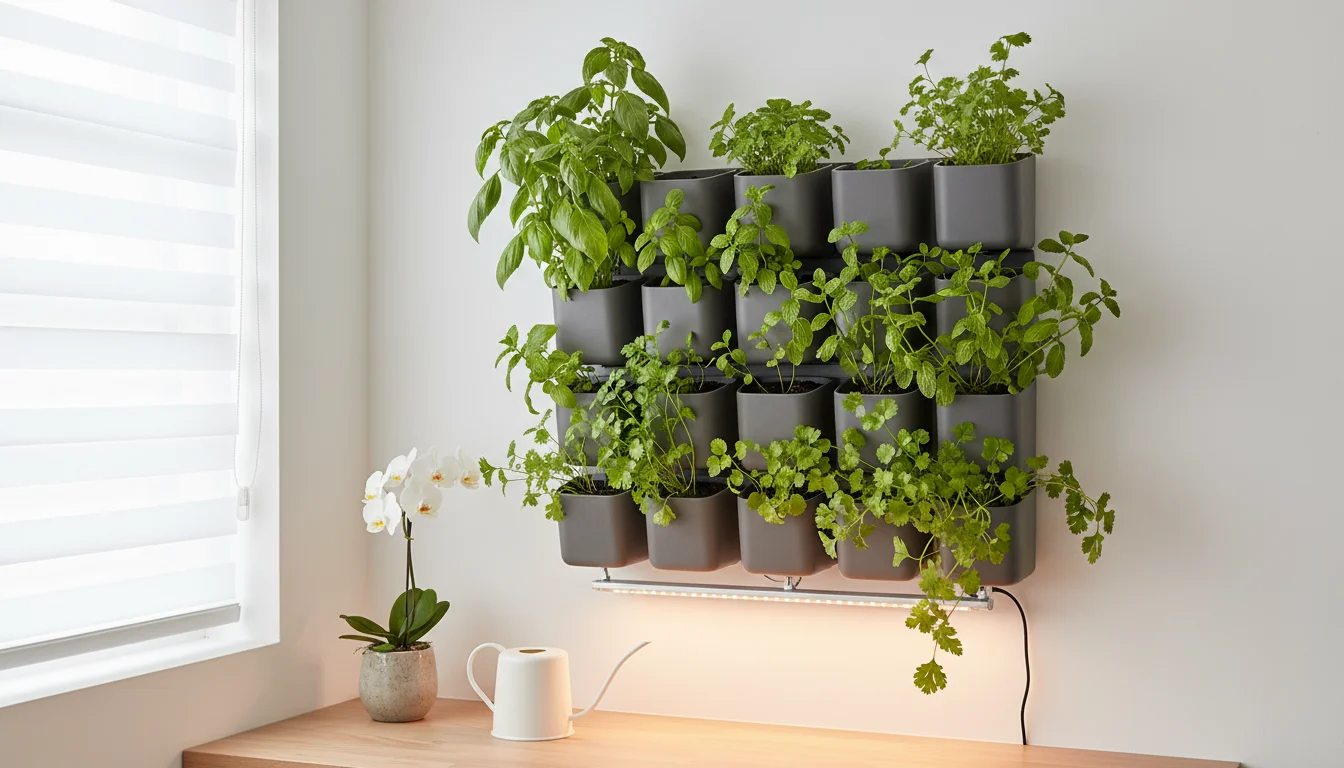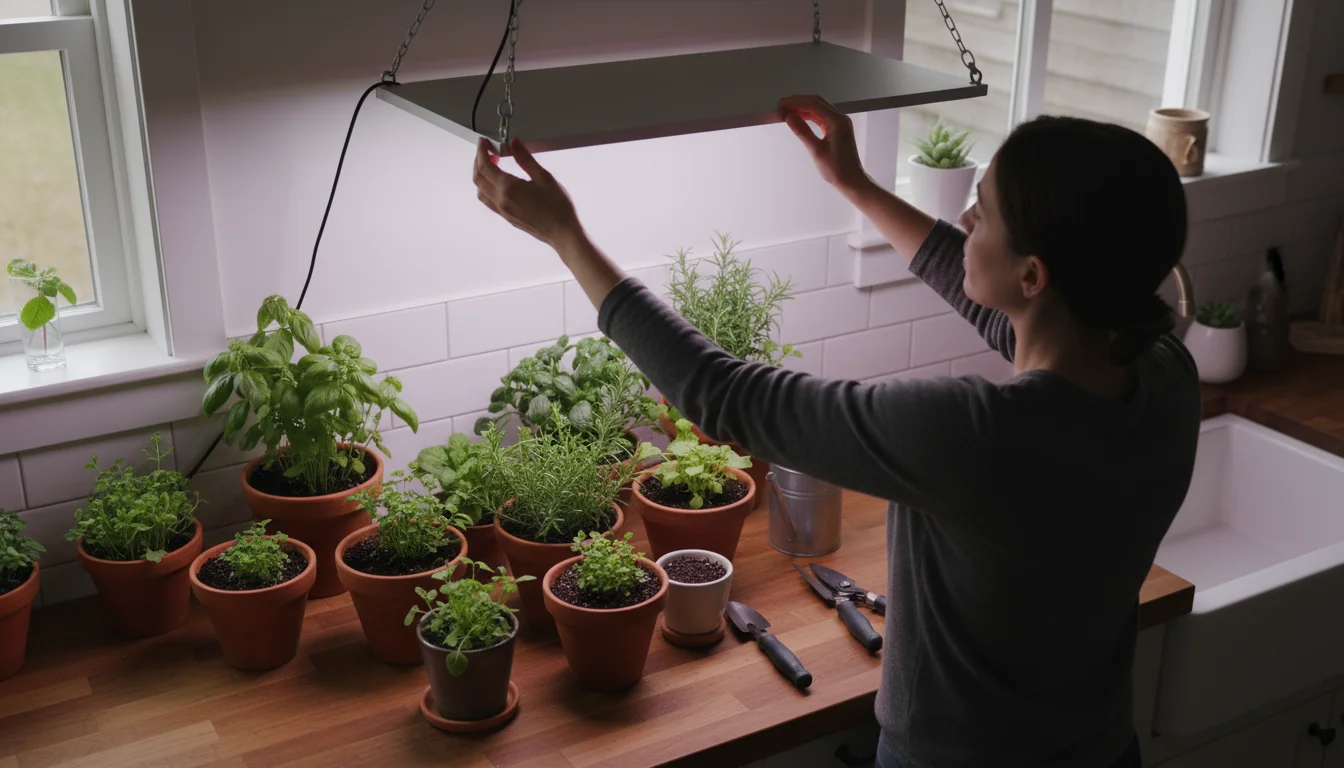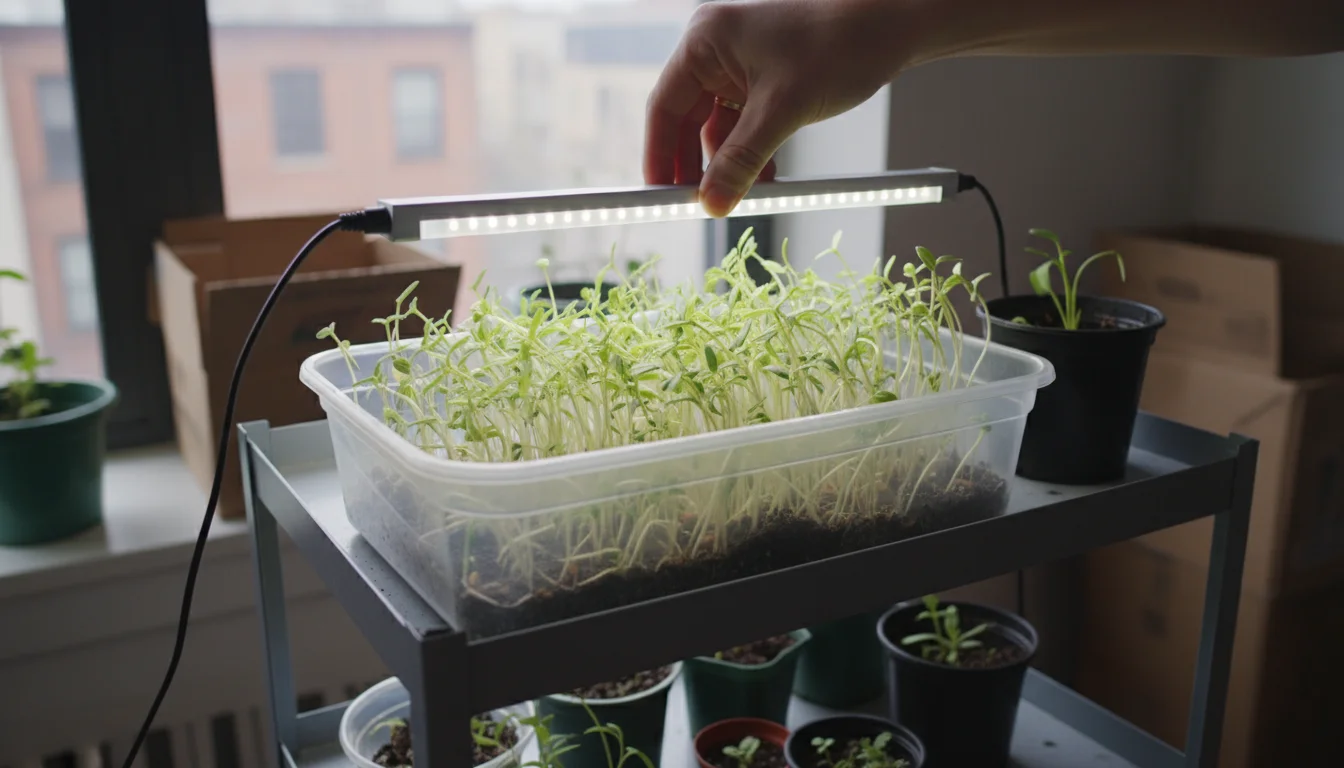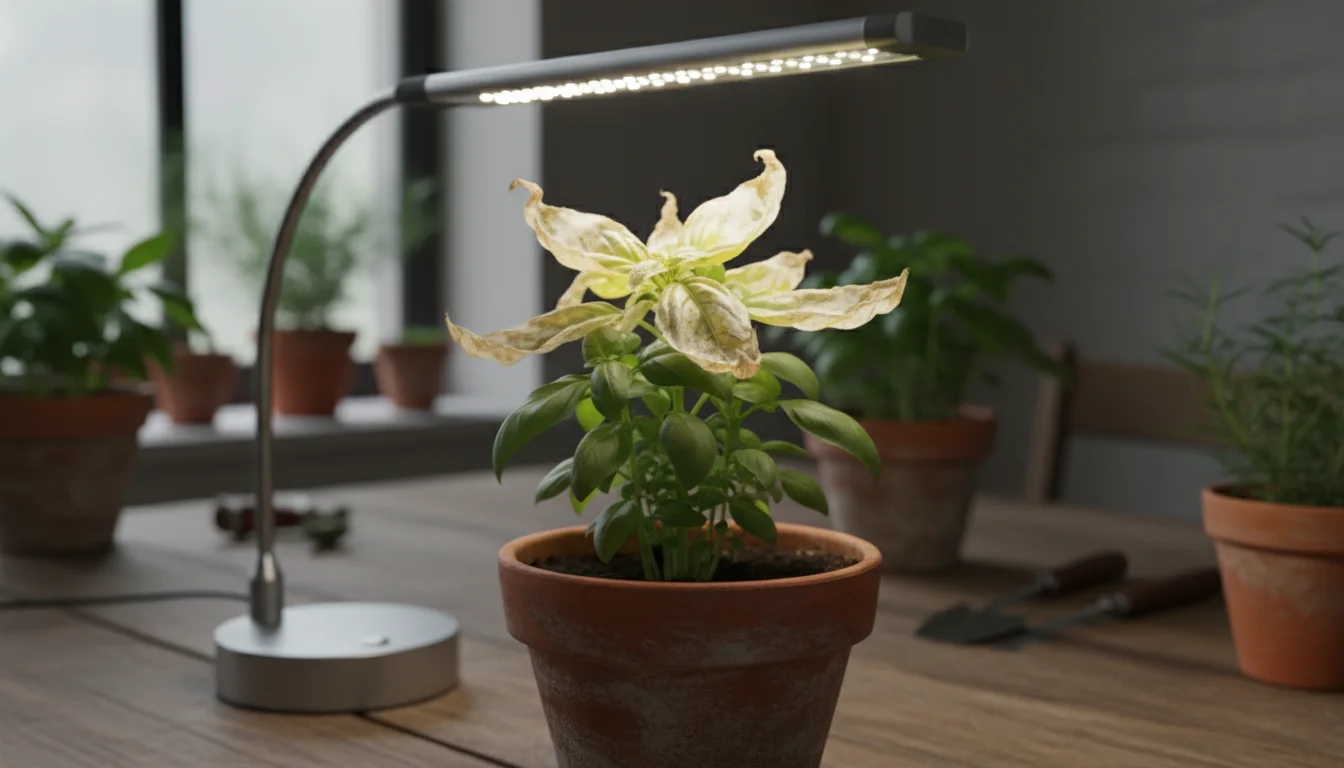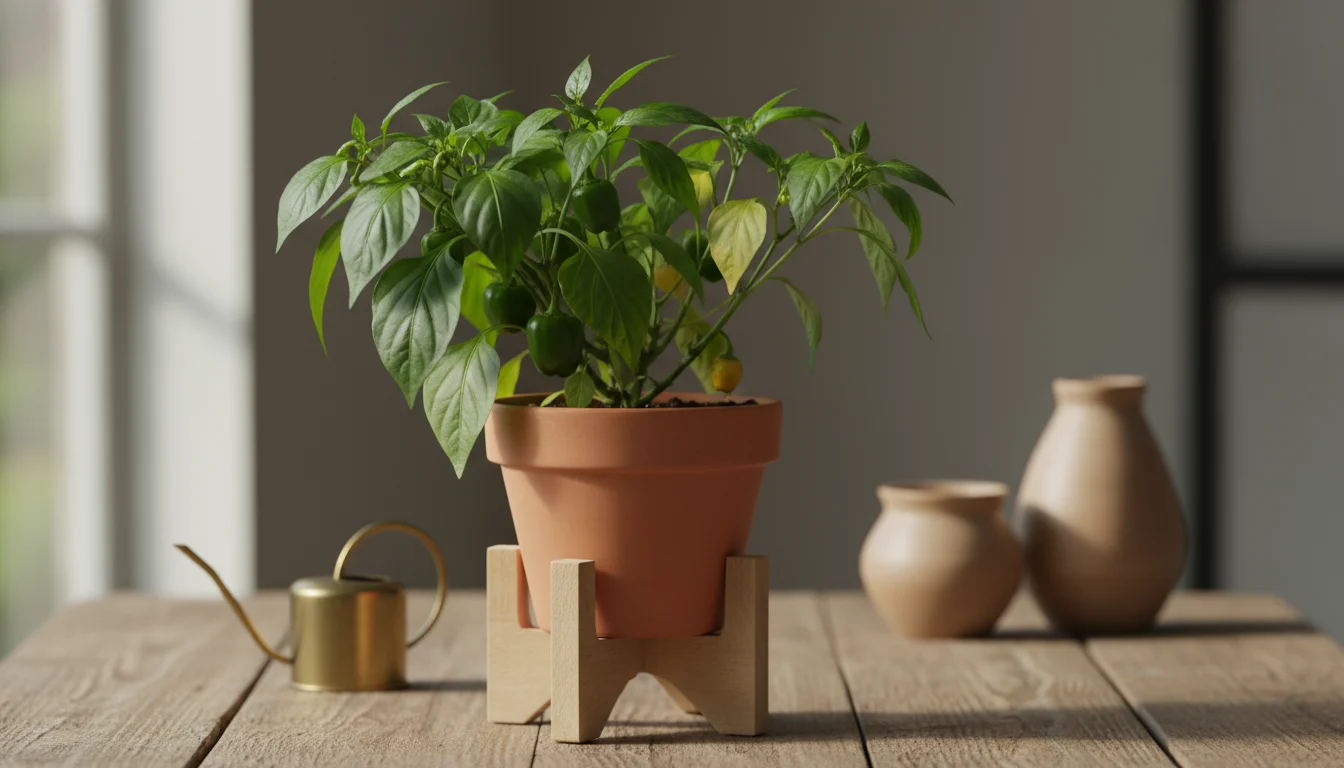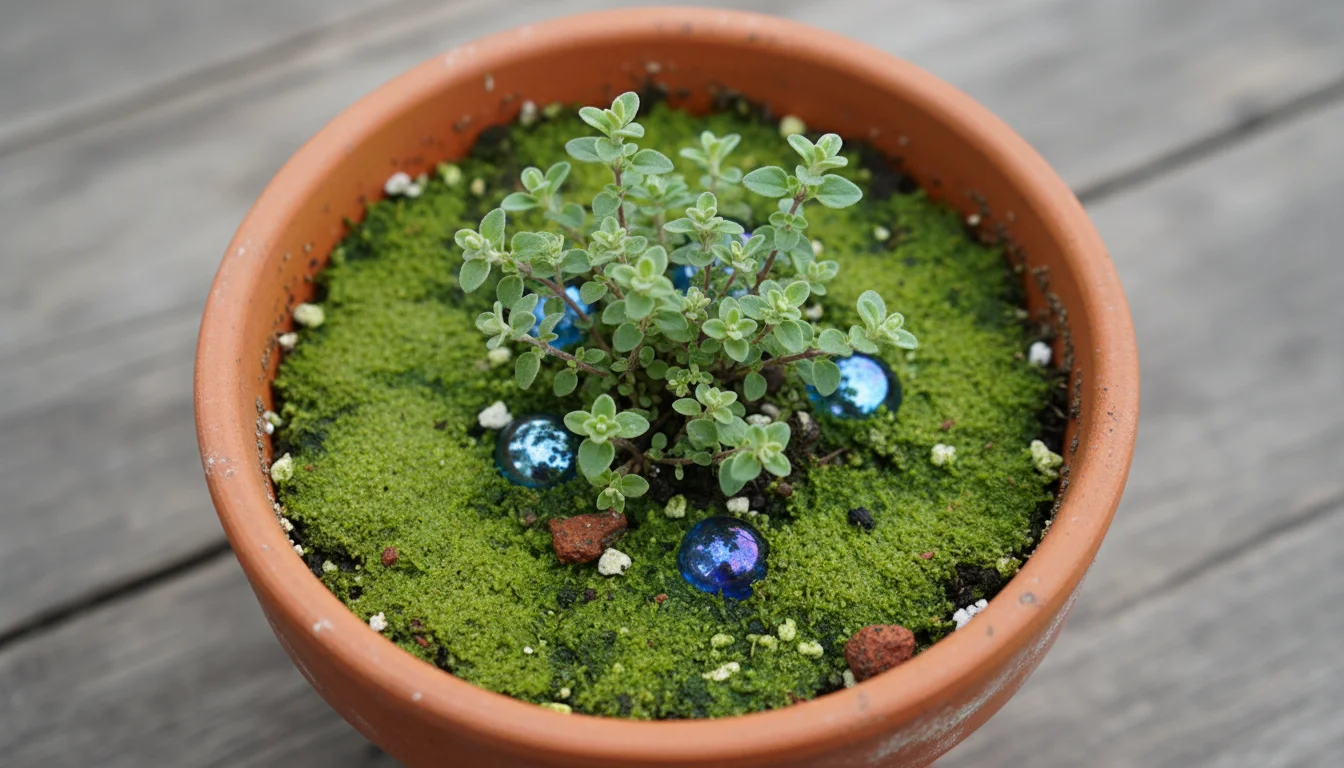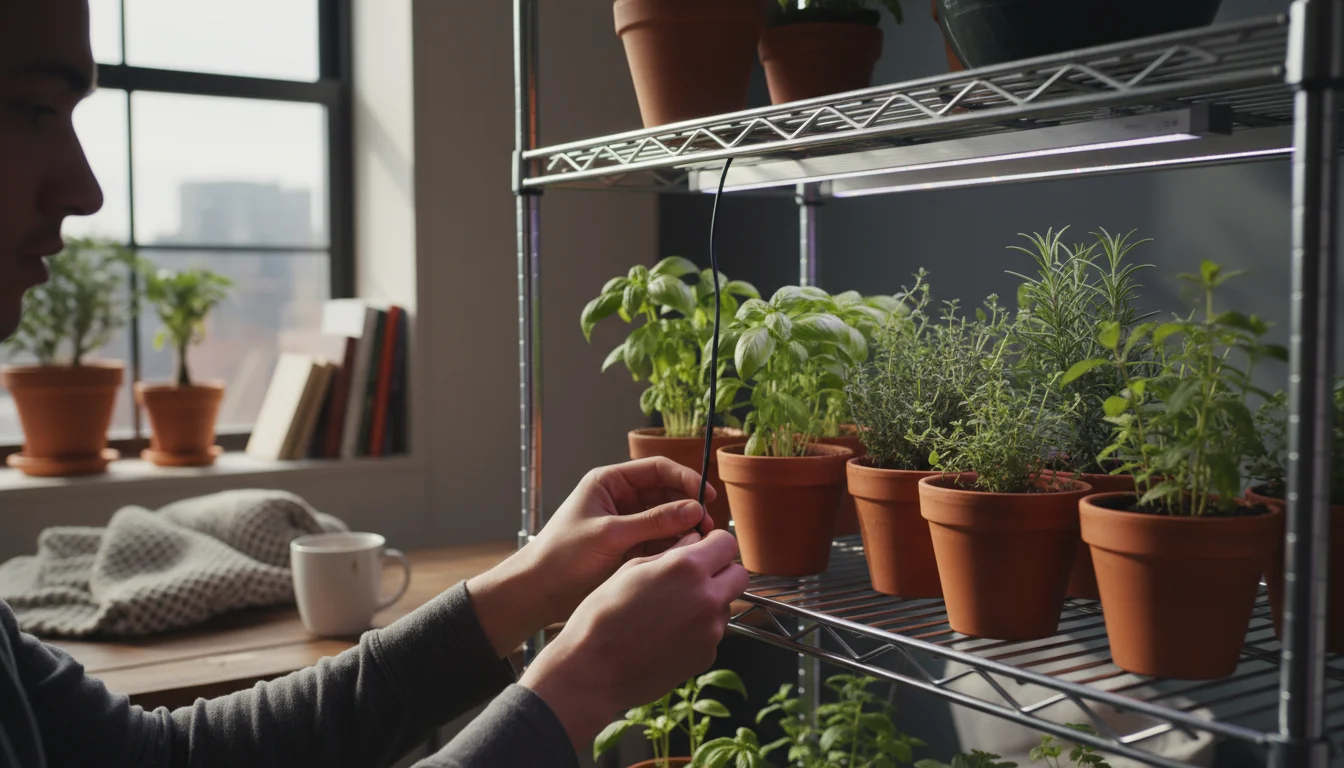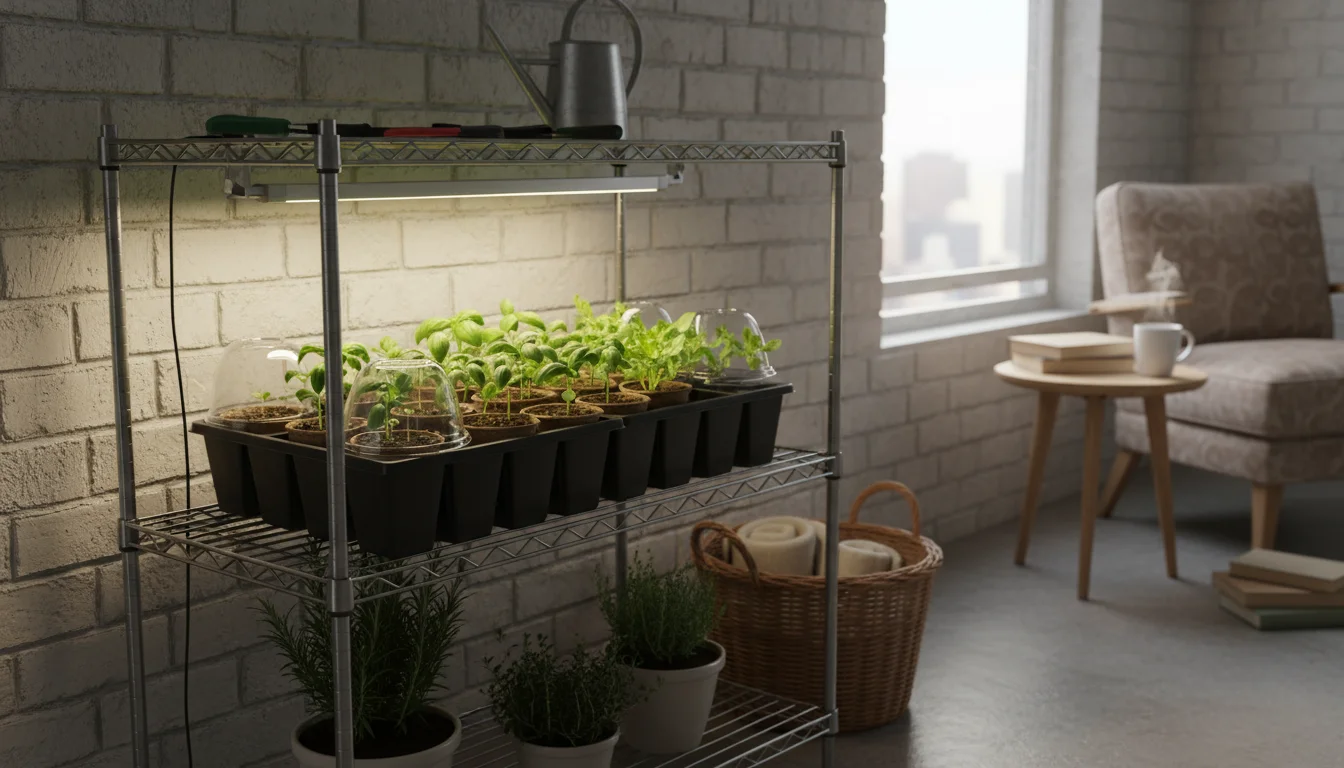As the days shorten and a crispness enters the air, your balcony or patio garden might feel like it is winding down. For the savvy small-space gardener, however, fall is not an end. It is a prime opportunity. It is the perfect moment to extend the life and flavor of your container-grown herbs, preserving their goodness for the colder months ahead. Imagine sprinkling your own home-dried basil onto winter soups or infusing tea with mint you grew yourself. This article guides you through transforming your autumn balcony bounty into a winter pantry of aromatic treasures.
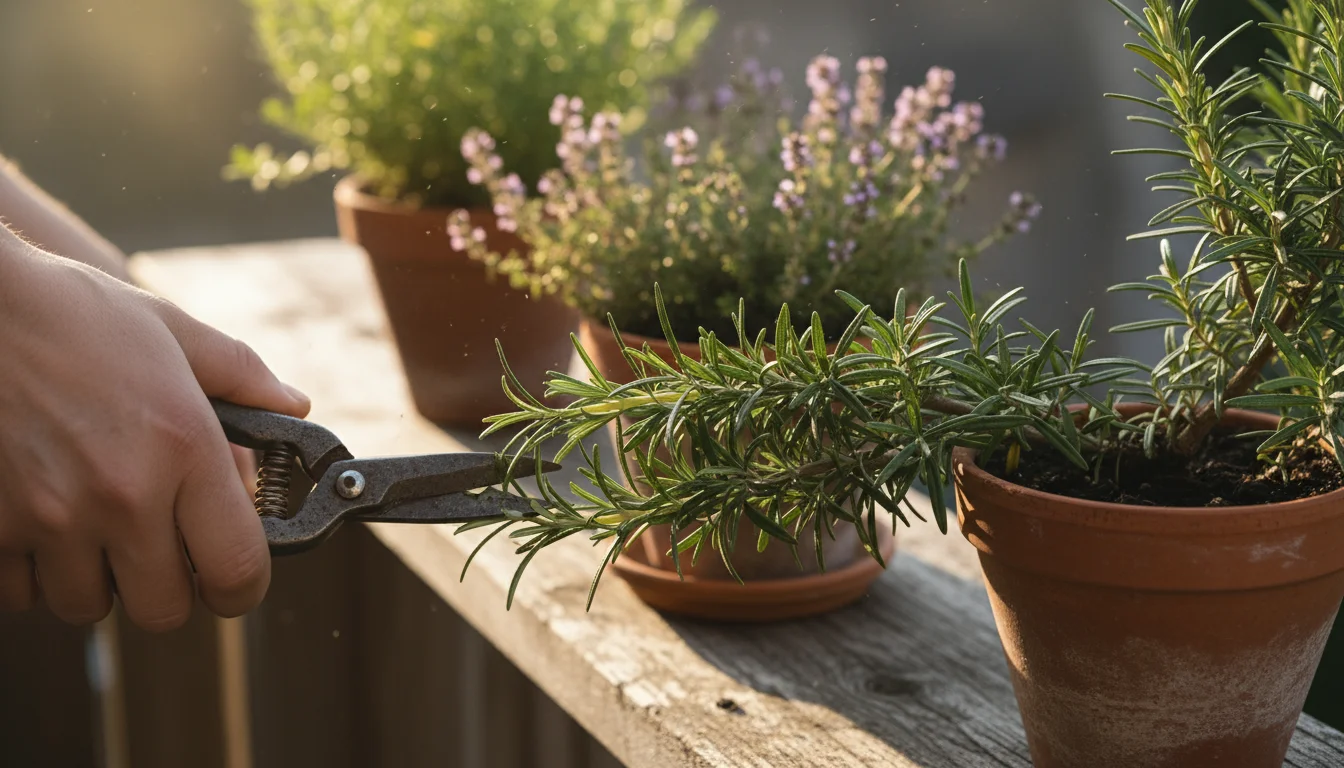
Why Fall is Prime Time for Herb Harvesting
Many herbs reach their peak flavor and oil content just before they begin to slow down for winter. The cooler temperatures of fall often encourage a burst of growth, and plants funnel their energy into producing robust leaves. This makes autumn the ideal time for harvesting herbs for maximum flavor. You capture the essence of your garden at its peak, ensuring that the dried herbs will deliver a powerful punch of taste to your winter dishes. Furthermore, harvesting in the fall encourages your perennial herbs, like thyme, rosemary, and oregano, to put energy into root development for winter dormancy, contributing to good fall herb care.
Drying herbs extends their shelf life significantly, turning a perishable seasonal delight into a pantry staple that can last for months, even up to a year, when stored correctly. This practice supports a sustainable approach to gardening, reducing waste and maximizing the yield from your small-space efforts. Instead of letting those last few sprigs wither away as temperatures drop, you transform them into valuable ingredients, ready to brighten up any meal. This foresight also saves you money on store-bought dried herbs, and nothing beats the satisfaction of cooking with ingredients you grew and preserved yourself.
Consider the varying characteristics of different herbs when planning your fall harvest. Leafy herbs such as basil, mint, and parsley are excellent for drying, retaining much of their aroma. Woody-stemmed herbs like rosemary, thyme, and oregano also dry beautifully, becoming even more potent in their dried form. Even chives, while often enjoyed fresh, can be chopped and dried for later use, though they may lose some of their pungent kick. Planning which herbs you will dry helps you focus your efforts and ensures you have a diverse collection for winter use.
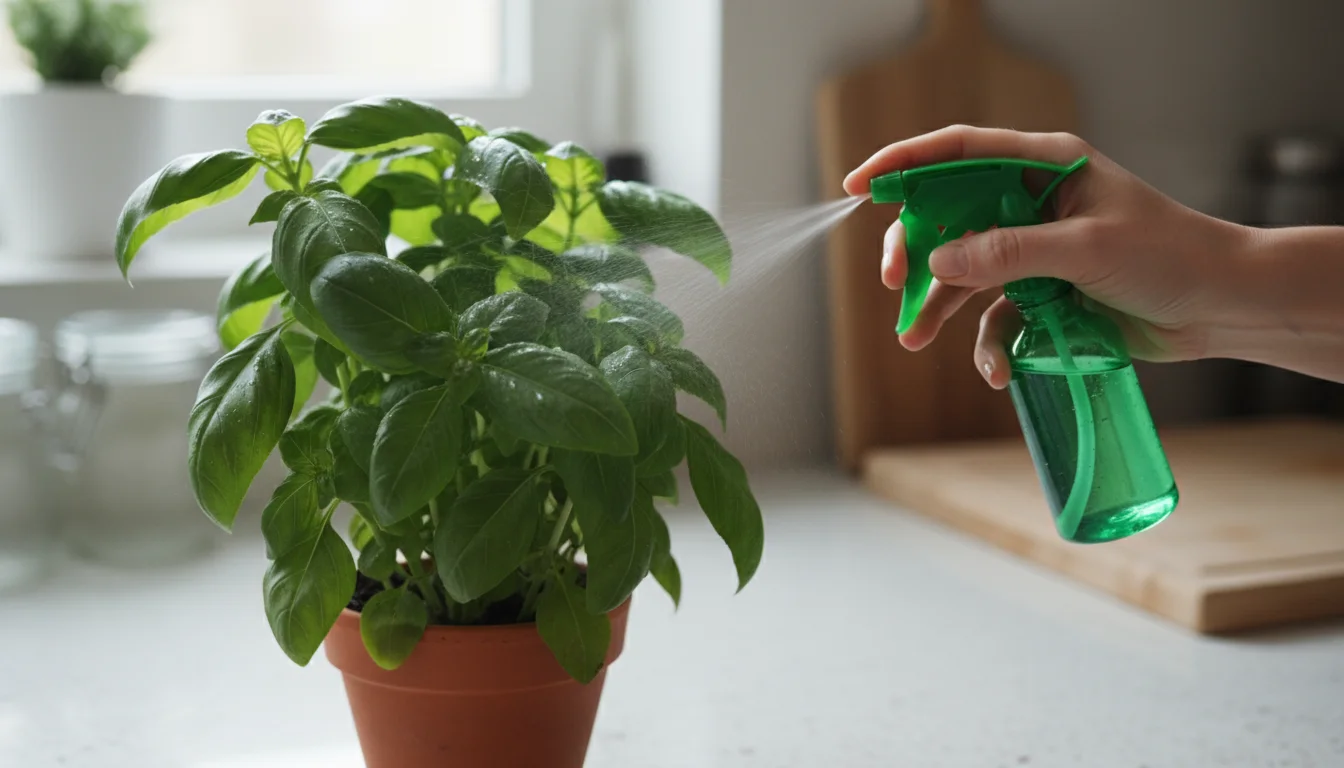
Preparing Your Herbs and Tools for Harvest
Successful herb drying begins with careful preparation. You need clean herbs and the right tools to ensure a high-quality product. Start by selecting healthy, vibrant plants that show no signs of disease or pests. Avoid harvesting any leaves that look discolored, wilted, or damaged. This step is crucial because any imperfections can compromise the quality and longevity of your dried herbs.
Before you begin cutting, give your herb plants a gentle rinse if they appear dusty or dirty. Do this a day or two before harvesting to allow the leaves to fully dry in the air. Excess moisture on the leaves during drying can lead to mold, which ruins your entire batch. A quick spray with water from a hose or a gentle shower in your sink will suffice. Ensure the leaves are completely dry to the touch before proceeding to harvest. This simple step contributes significantly to the success of your how to dry herbs from a container garden project.
Your tools also require attention. A clean, sharp pair of scissors or pruning shears is essential for making clean cuts. Dull tools can crush stems, harming the plant and making the harvesting process more difficult. Sterilize your tools by wiping them down with rubbing alcohol before and after use. This prevents the spread of potential plant diseases between your herbs, an important aspect of overall plant health and hygiene in a compact garden space. Having a basket or a clean cloth ready to collect your harvested herbs will keep them fresh and undamaged as you work.
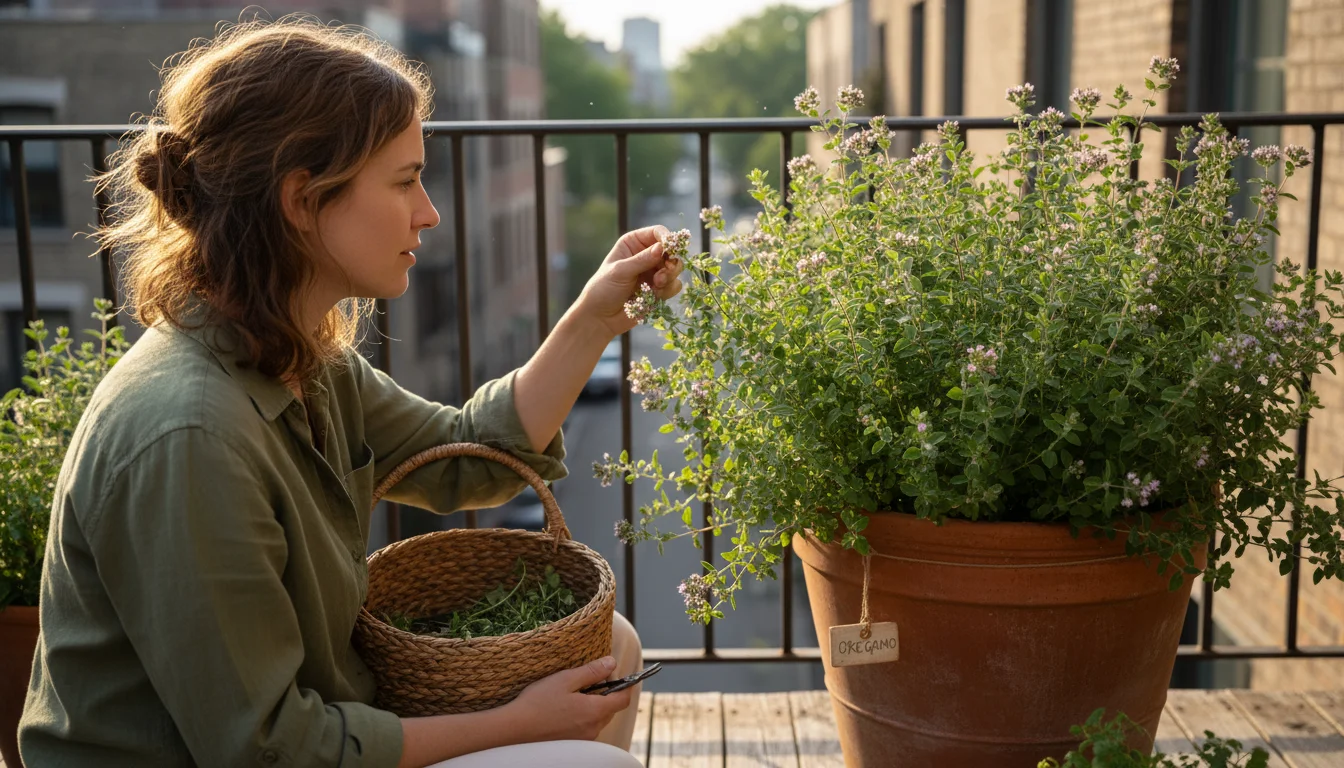
The Art of Harvesting Herbs for Drying
Knowing when to harvest herbs for maximum flavor is critical. For most herbs, the best time to harvest is in the morning after the dew has evaporated, but before the midday sun becomes too intense. At this point, the plant’s essential oils, which give herbs their characteristic aroma and taste, are concentrated in the leaves. Harvesting during this window ensures you capture the most potent flavor. Avoid harvesting immediately after rainfall or heavy watering, as the leaves will be saturated with water, which can hinder the drying process and encourage mold.
When you are ready to cut, focus on the upper parts of the plant, where the newest and most flavorful growth resides. Leave at least one-third of the plant intact to allow for continued growth and to keep the plant healthy. For annual herbs like basil and cilantro, you can often take a significant portion, as they will likely not survive the winter anyway. For perennial herbs such as rosemary, thyme, oregano, and mint, be mindful not to over-harvest. Taking too much at once can stress the plant and reduce its vigor for the following season. Make your cuts just above a leaf node, which is the point where leaves or branches emerge from the stem. This encourages the plant to branch out, resulting in a bushier, more productive plant in the future.
Here is a quick guide for specific herbs:
- Basil: Pinch off leaves or cut stems, avoiding flowers which signal the end of its life cycle.
- Mint: Cut stems just above a set of leaves. Mint is vigorous and tolerates heavy harvesting.
- Oregano and Thyme: Harvest whole stems, leaving several inches of growth at the base.
- Rosemary: Snip off woody stems, ensuring to leave plenty of growth on the main plant.
- Sage: Harvest individual leaves or small stems. Avoid taking too much at once.
After harvesting, handle your herbs gently. Bruising the leaves can release essential oils prematurely, diminishing their potency. Place them loosely in your basket or on a clean cloth. The quicker you move from harvesting to the drying process, the better the quality of your dried herbs will be, preserving their vibrant color and robust flavor.
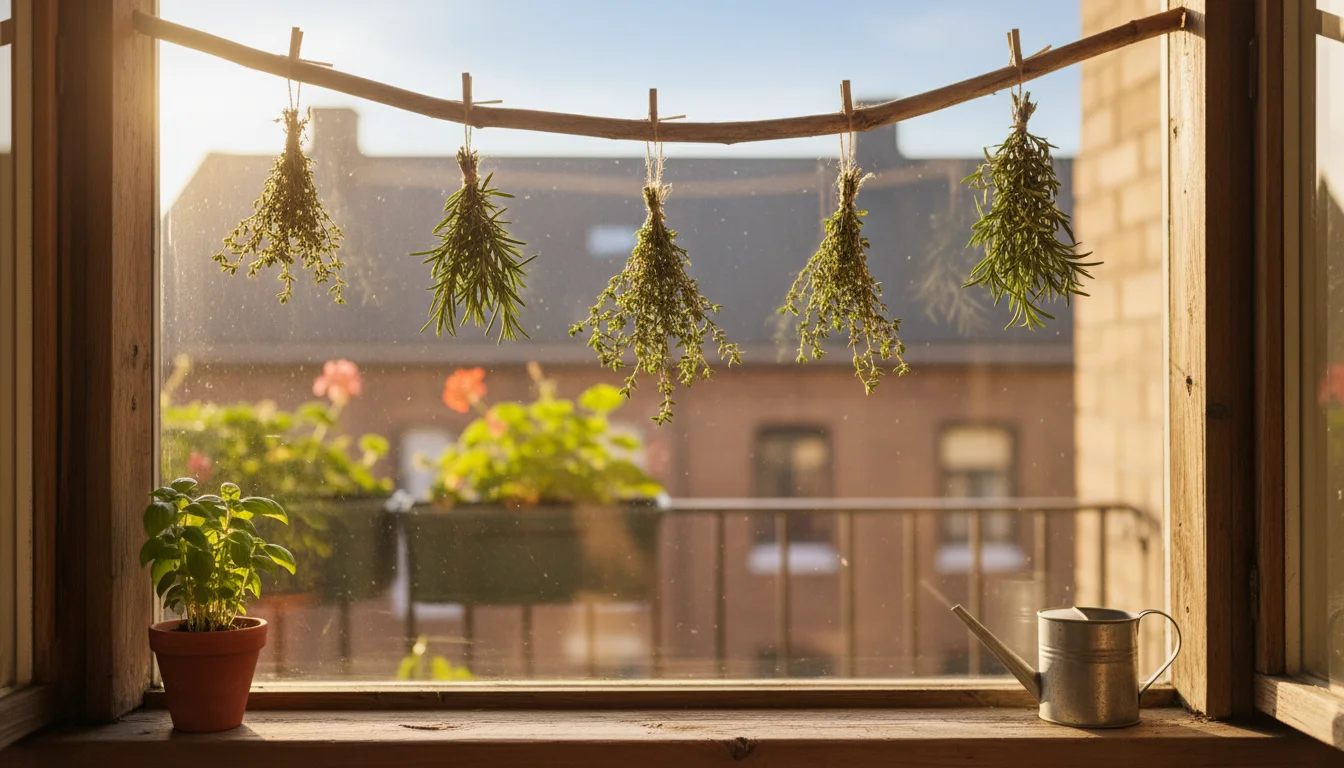
Choosing Your Drying Method: Options for Small Spaces
The method you choose for drying herbs depends on several factors: the type of herb, the humidity level in your home, and the amount of space you have available. For small-space gardeners, efficiency and effectiveness are key. The primary goal is to remove moisture from the herbs quickly and evenly, without cooking them or encouraging mold growth. Each method has its pros and cons, but all can yield excellent results with proper attention.
Air Drying: The Traditional, Low-Tech Approach. This is perhaps the simplest and most cost-effective method, requiring no special equipment other than some string and a well-ventilated space. Air drying works best for herbs with lower moisture content and woody stems, such as rosemary, thyme, oregano, and sage. It is also suitable for mint and basil if your environment is dry enough. The slow, natural drying process can help retain many of the essential oils, leading to highly aromatic herbs. This method is excellent for those looking for the best way to store dried herbs for winter without investing in appliances.
Oven Drying: Fast but Fussy. Using your oven can speed up the drying process considerably, making it a good option if you have a large batch of herbs and limited time. However, it requires careful temperature control, as too much heat can cook the herbs, destroying their flavor and color. This method is more challenging to master and is generally not recommended for beginners due to the risk of scorching. If you do opt for oven drying, choose the lowest possible temperature setting, ideally below 100°F (38°C), and keep the oven door ajar.
Dehydrator Drying: Consistent and Efficient. A food dehydrator offers the most controlled and efficient drying environment. It circulates warm air at a low, consistent temperature, ensuring even drying and significantly reducing the risk of mold or scorching. While it requires an initial investment, a dehydrator is a fantastic tool for any serious gardener looking to preserve a wide variety of produce, including herbs. It is particularly effective for herbs with high moisture content like basil, cilantro, and mint, helping them retain more of their vibrant color and flavor. This is an excellent solution for how to dry herbs from a container garden when you have a consistent supply.
When selecting your method, consider the humidity in your home. If you live in a very humid climate, air drying might be slow and lead to mold. In such cases, a dehydrator or a carefully managed oven might be a better choice. Regardless of the method, ensure good air circulation around the herbs. Stagnant air is the enemy of successful drying.
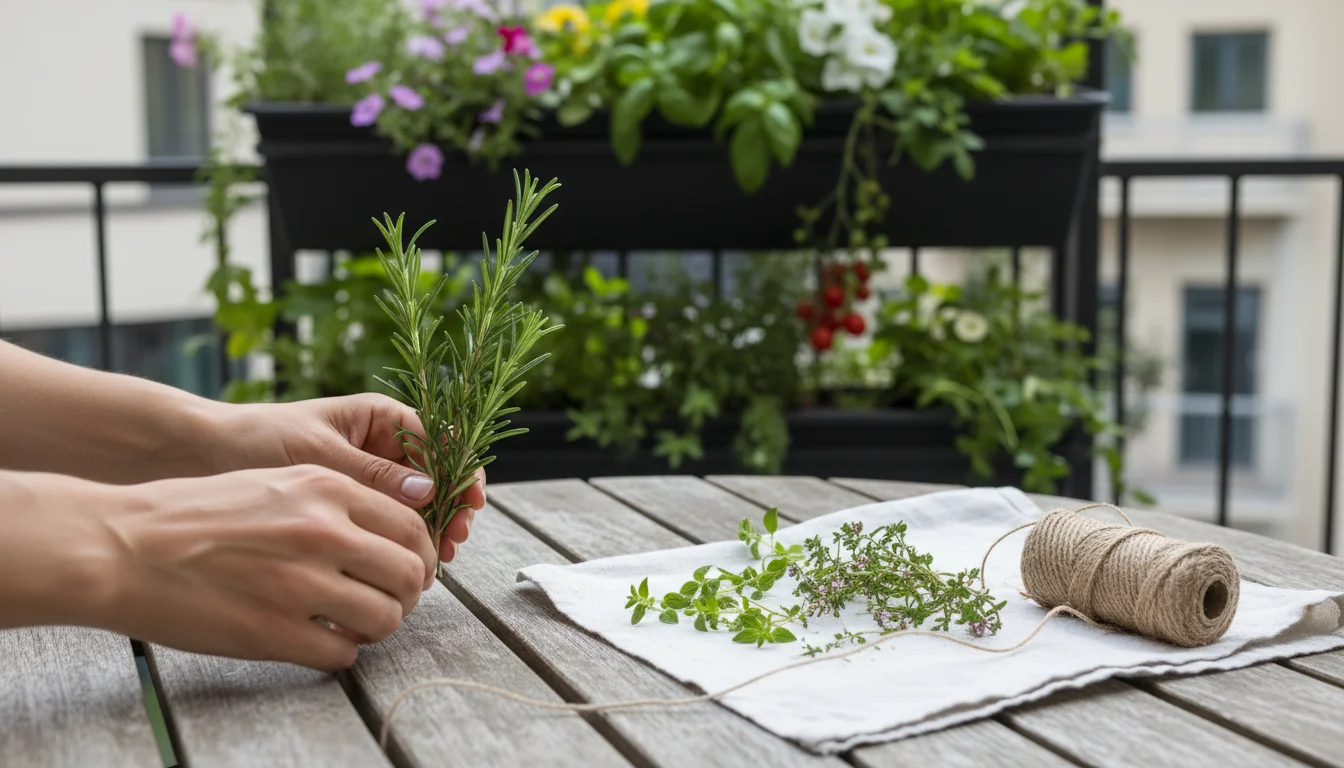
Step-by-Step Air Drying Your Balcony Herbs
Air drying is a time-honored method for preserving herbs, perfect for the small-space gardener looking for a simple, natural approach. It is particularly effective for herbs with relatively low moisture content and sturdy stems. Here is how to achieve beautifully dried herbs using this method:
- Prepare Your Herbs: As discussed, ensure your freshly harvested herbs are clean and thoroughly dry to the touch. Remove any yellowed or damaged leaves. Gently shake off any loose dirt or insects.
- Create Small Bundles: Gather a few stems of the same herb into a small bunch. Do not make the bundles too large, as this can impede air circulation and lead to mold. Aim for bundles that are easy to hold in one hand, roughly 4 to 6 stems depending on the herb’s density.
- Secure the Bundles: Use natural twine, rubber bands, or a clothespin to tie the stems together at the cut end. If using rubber bands, be aware that stems shrink as they dry, so you may need to tighten the band periodically to prevent herbs from falling out. Twine is often preferred for its natural qualities and ease of adjustment.
- Find the Right Spot: Hang your bundles upside down in a warm, dry, and well-ventilated area away from direct sunlight. A pantry, a corner of a spare room, or even a protected spot on your balcony, if it is dry and breezy, can work. The key is good air circulation. Direct sunlight can bleach the herbs, causing them to lose color and flavor. Aim for a temperature between 60-80°F (15-27°C) with low humidity.
- Monitor and Wait: Drying times vary depending on the herb and environmental conditions. Leafy herbs like basil or mint might take 1-2 weeks, while woody herbs like rosemary or thyme could take 2-4 weeks. Check your herbs periodically. They are fully dry when the leaves are brittle and easily crumble between your fingers. Stems should snap cleanly.
- Prepare for Storage: Once completely dry, remove the leaves from the stems. You can gently rub them between your palms over a bowl or carefully strip them. Discard any tough stems. For herbs like rosemary or thyme, you might prefer to leave them on the stem until ready to use, then strip them as needed.
This method is a fantastic, energy-efficient way for drying herbs and truly embodies the spirit of how to dry herbs from a container garden with minimal fuss. Patience is a virtue here, as rushing the process can result in improperly dried herbs that will not store well.
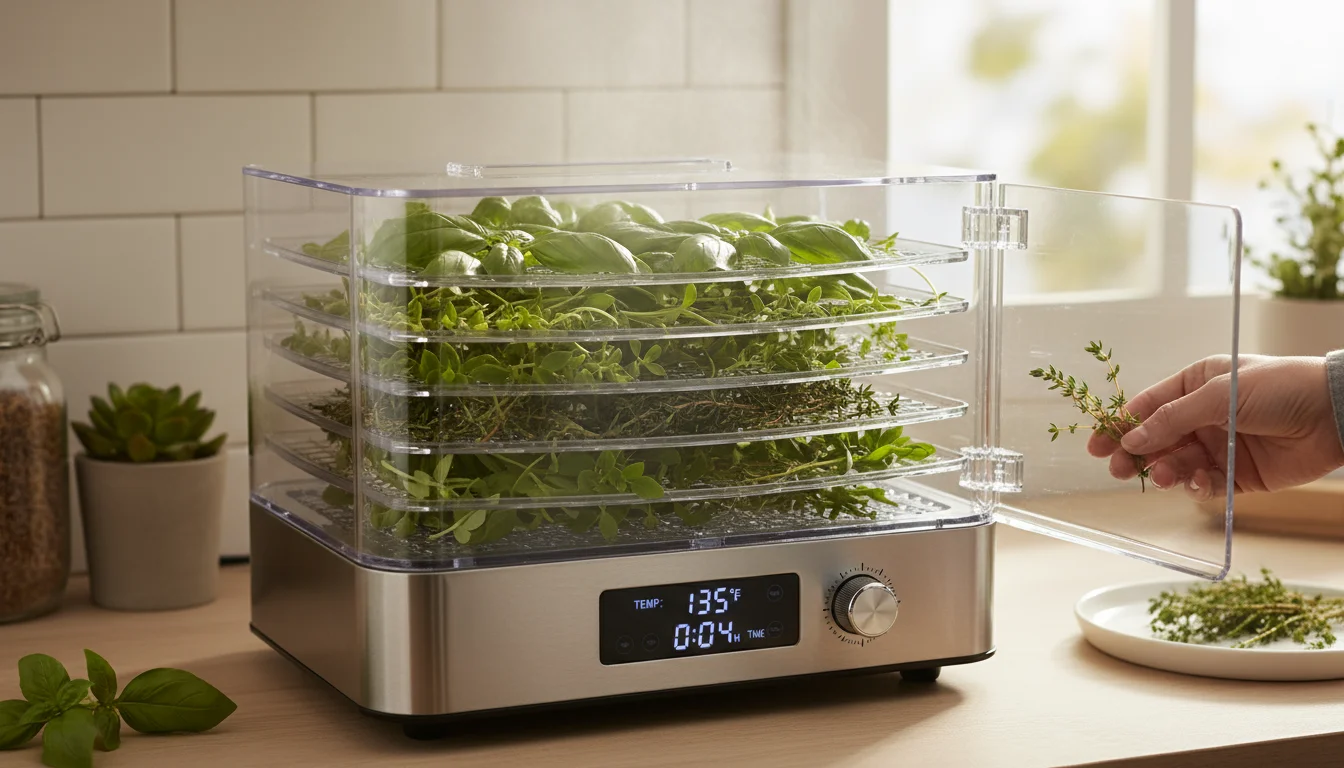
Alternative Drying Methods: When Space or Time is Limited
While air drying is ideal for many, it is not always the most practical or efficient method for every gardener or every herb. For those with limited space, higher humidity, or simply a desire for quicker results, alternative drying methods offer excellent solutions for how to dry herbs from a container garden.
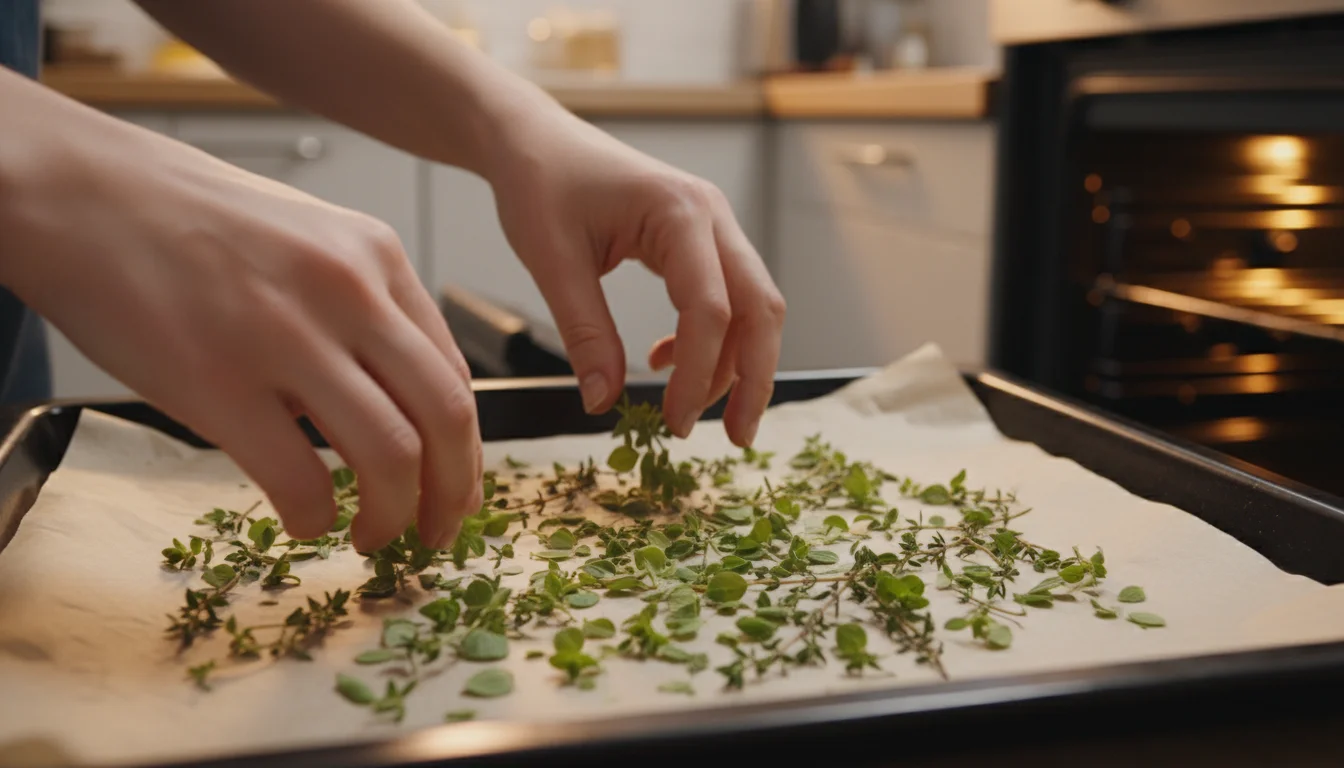
Oven Drying Herbs (Use with Caution)
Oven drying can be a fast way to dry herbs, but it requires vigilance to prevent cooking them. This method works best for herbs with less moisture, but can be adapted for others if you are careful.
- Prepare Herbs: Wash and thoroughly dry your herbs. Remove leaves from stems, as this will help them dry more evenly. Lay them in a single layer on baking sheets lined with parchment paper.
- Set Oven Temperature: Preheat your oven to its absolute lowest setting, typically around 100-150°F (38-65°C). If your oven does not go that low, consider leaving the oven door slightly ajar to prevent excessive heat buildup.
- Dry in Batches: Place the baking sheets in the oven. Turn the herbs every 15-30 minutes to ensure even drying. The total drying time can range from 1 to 4 hours, depending on the herb and your oven’s temperature.
- Check for Dryness: Herbs are dry when they are brittle and crumble easily. Be cautious not to over-dry or scorch them.
- Cool and Store: Allow the herbs to cool completely before storing them.
Remember, the goal is to gently warm and circulate air, not to bake. This method is a last resort if air drying is impossible, due to the high risk of compromising flavor and essential oils.
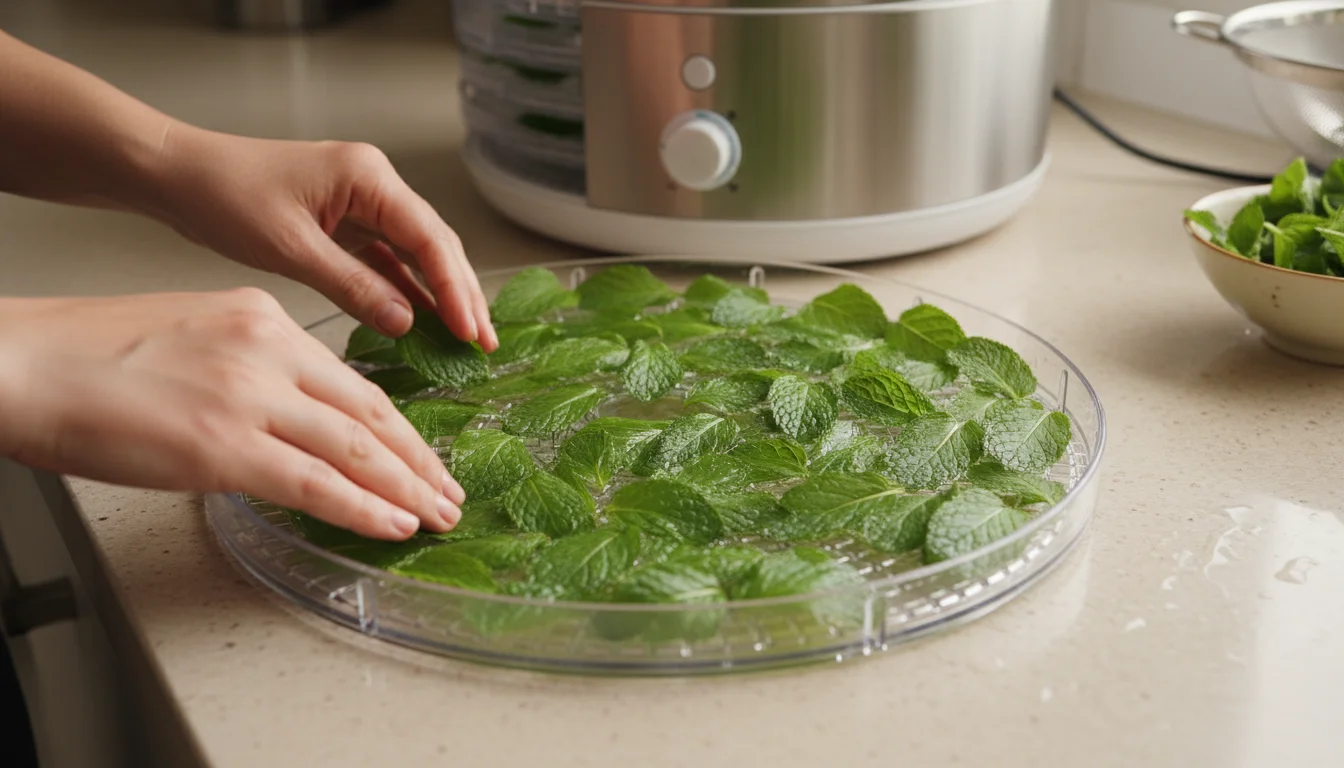
Dehydrator Drying Herbs (Recommended for Consistency)
A food dehydrator is often considered the best way to store dried herbs for winter for gardeners who want speed and consistency, especially for high-moisture herbs. Dehydrators offer controlled airflow and temperature, making them very reliable.
- Prepare Herbs: Wash and thoroughly dry your herbs. Remove the leaves from the stems, or chop larger leaves if desired. Spread the herbs in a single layer on the dehydrator trays, ensuring no overlap.
- Set Dehydrator: Set your dehydrator to a low temperature, typically between 95-115°F (35-46°C). The ideal temperature will often be specified in your dehydrator’s manual for herbs.
- Dry Until Brittle: Allow the herbs to dry until they are completely crisp and crumble easily. This usually takes 2 to 8 hours, depending on the herb and thickness. Check them periodically.
- Cool and Store: Once dry, remove the herbs and let them cool completely on the trays before transferring them to storage containers.
Dehydrators are a wise investment if you plan to dry herbs and other produce regularly. They provide the most consistent results, helping your herbs retain their color and potency effectively.
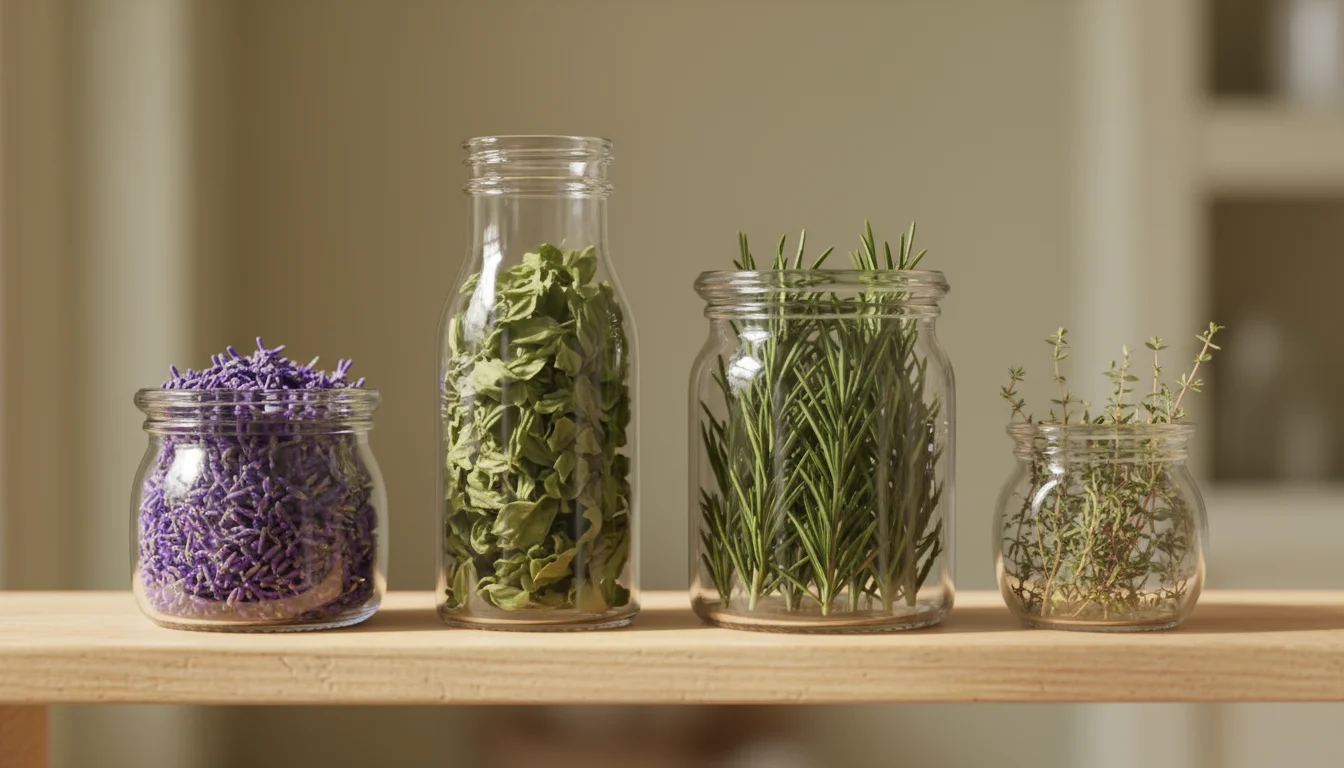
Proper Storage for Long-Lasting Flavor
Once you have carefully harvested and dried your herbs, the final crucial step is proper storage. This ensures they maintain their flavor, aroma, and potency throughout the winter months and beyond. Incorrect storage can quickly diminish all your hard work, leading to stale or flavorless herbs. The objective is to protect them from light, air, and moisture, which are the primary enemies of dried herbs.
Choosing the Right Containers: The best way to store dried herbs for winter is in airtight containers. Glass jars with tight-fitting lids are an excellent choice. They are non-reactive, easy to clean, and create a good seal. Metal tins can also work, provided they are food-grade and seal securely. Avoid plastic bags or containers for long-term storage, as they may not provide a sufficient barrier against air and can sometimes impart unwanted flavors to your herbs. Always ensure your containers are completely clean and dry before adding the herbs.
Whole Leaf vs. Crushed: It is generally recommended to store herbs as whole leaves or in larger pieces rather than crushing them immediately after drying. Crushing or grinding herbs increases their surface area, exposing more of their delicate essential oils to the air. This accelerates the loss of flavor and aroma. Instead, wait until you are ready to use the herbs to crush or grind them. For example, if you are drying rosemary, store the small needles whole and crush them just before adding them to your roast chicken.
The Ideal Storage Location: Find a cool, dark, and dry place in your home for your stored herbs. A pantry, a cupboard away from the stove, or a dark shelf in a cool basement are all excellent options. Avoid storing herbs near heat sources like ovens, dishwashers, or direct sunlight, as heat and light degrade their quality. Humidity is also a concern, so steer clear of damp areas. Consistent, moderate temperatures will help preserve your herbs for the longest possible time.
Labeling is Essential: Always label your containers with the name of the herb and the date it was harvested and dried. This simple practice helps you keep track of your inventory and ensures you use the oldest herbs first, preventing waste. While well-stored dried herbs can last up to a year, their potency gradually declines over time. Regular rotation ensures you are always cooking with the freshest possible flavors from your balcony garden.
By following these storage guidelines, you extend the life of your homegrown herbs, allowing you to enjoy the taste of your balcony garden long after the growing season has ended. This sustainable practice ensures you get the most out of every plant you grow.
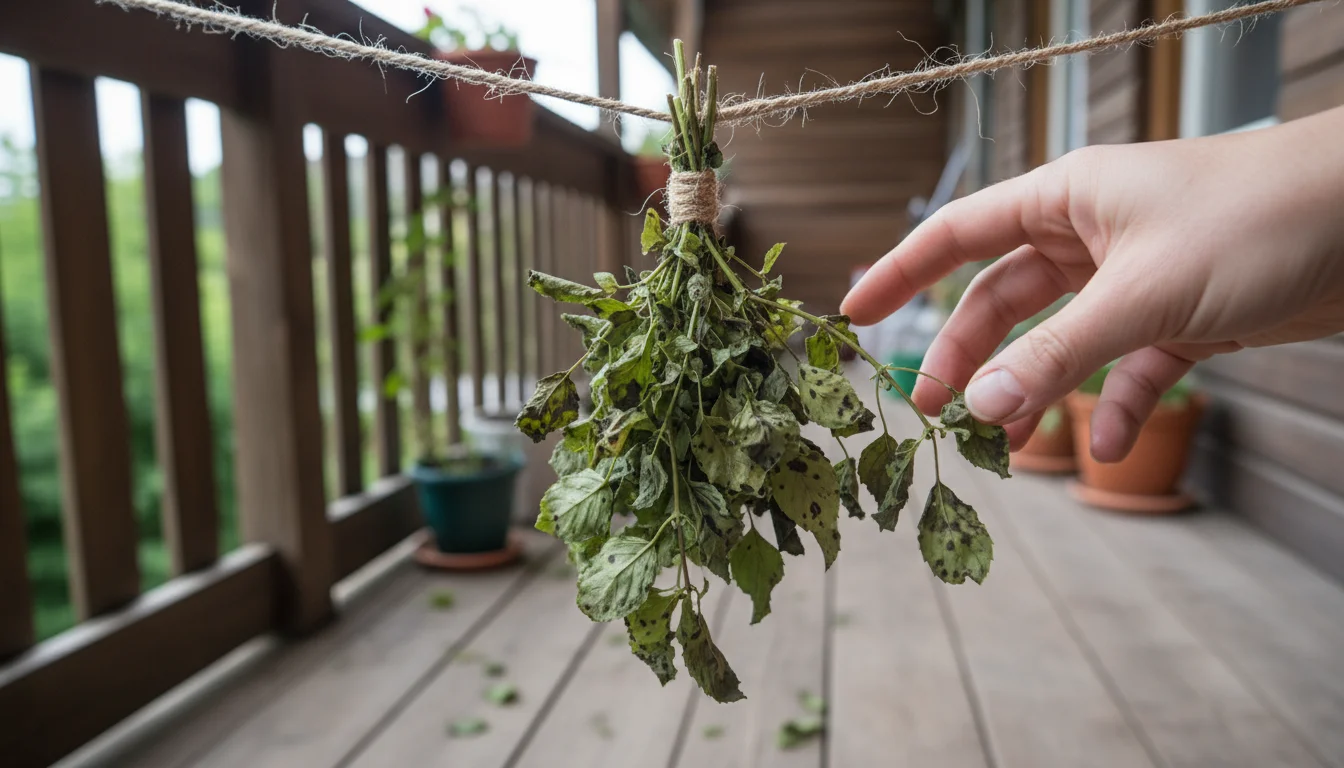
Troubleshooting Common Drying Challenges
Even with the best intentions, you might encounter a few hurdles when drying herbs. Understanding common issues and how to address them helps ensure your efforts result in a high-quality, flavorful product. Do not get discouraged; these are often simple fixes.
Problem: Herbs are turning brown or black instead of retaining their green color.
- Cause: This usually indicates that the herbs were dried too slowly, exposed to too much direct sunlight during drying, or experienced too high a temperature. Slow drying can allow enzymes to break down chlorophyll, leading to discoloration.
- Solution: Ensure your drying area has good air circulation and is relatively dark. If air drying, make smaller bundles. If using an oven, reduce the temperature or ensure the door is cracked open wider. A dehydrator, with its controlled environment, often prevents this issue. Harvest herbs in the early morning before strong sun exposure.
Problem: Herbs are developing mold or mildew.
- Cause: Mold is the most common and frustrating issue, almost always due to insufficient air circulation or high humidity. It means the herbs were not drying fast enough or had too much moisture to begin with.
- Solution: Crucially, make sure your herbs are absolutely dry before harvesting and that no water droplets remain on the leaves. Create smaller bundles for air drying. Increase air circulation in your drying area, perhaps by adding a small fan nearby, not blowing directly on the herbs, but creating ambient air movement. If your environment is naturally humid, consider using a dehydrator, which actively removes moisture, or oven drying with caution. Discard any molded herbs immediately to prevent contamination of others.
Problem: Dried herbs lack flavor or aroma.
- Cause: Several factors can contribute to bland herbs: harvesting at the wrong time, drying at too high a temperature, or improper storage. Essential oils, which provide flavor, are delicate and can degrade.
- Solution: Always harvest your herbs when their essential oil content is highest, typically in the morning after dew has dried but before intense midday sun. Dry them at low temperatures, below 100-115°F or 38-46°C, to preserve these oils. Store them whole, in airtight containers, in a cool, dark place away from light and heat. Over-drying can also reduce flavor, so remove them from the drying process as soon as they are brittle.
Problem: Herbs are not drying evenly.
- Cause: This often happens when bundles are too large, or leaves are piled on top of each other. Inconsistent air circulation or heat distribution can also be a factor.
- Solution: If air drying, ensure bundles are small and spaced apart. For oven or dehydrator drying, spread herbs in a single, non-overlapping layer on trays. Rotate trays or flip herbs periodically to expose all surfaces to air or heat. Remove smaller, drier pieces first if necessary to allow larger pieces more time.
By identifying and addressing these common issues, you elevate your herb drying skills and consistently produce high-quality, fragrant additions to your winter kitchen from your balcony harvest.
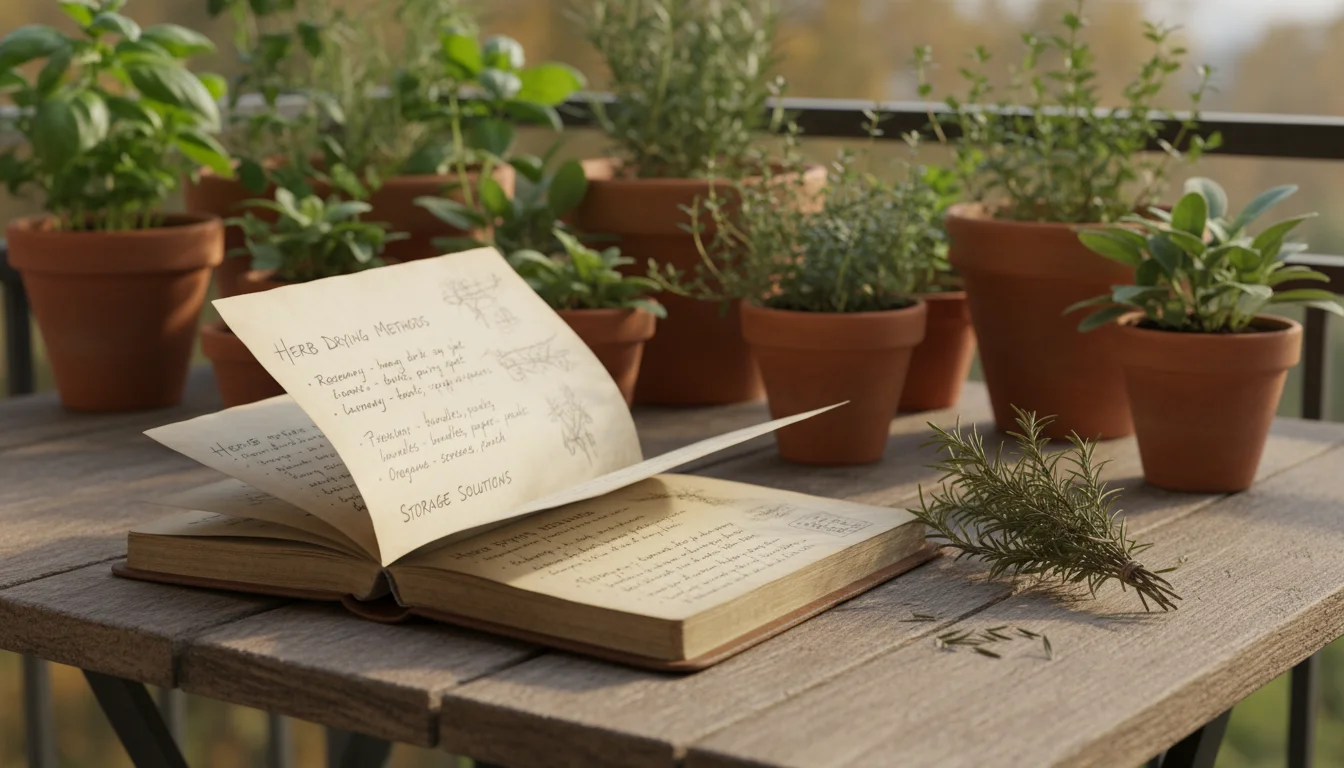
Frequently Asked Questions
Can I dry all types of herbs?
While most herbs can be dried, some retain their flavor better than others. Woody-stemmed herbs like rosemary, thyme, oregano, and sage dry exceptionally well. Leafy herbs such as mint and basil also dry successfully, especially in a dehydrator. Cilantro and parsley can be dried but often lose a significant amount of their vibrant flavor. Chives are best used fresh but can be dried for texture, though their potent onion flavor diminishes. Always prioritize herbs that are known to dry effectively for the best results in your small-space garden.
How long do dried herbs last?
When stored correctly in airtight containers in a cool, dark place, most dried herbs maintain good quality for six months to a year. After this period, they will not necessarily spoil, but their potency, flavor, and aroma will gradually fade. To test if your dried herbs are still potent, crush a small amount between your fingers and smell them. If the aroma is weak, it is time to refresh your supply.
Do I need to wash herbs before drying?
Yes, it is generally a good practice to gently rinse your herbs to remove any dust, dirt, or small insects. However, it is absolutely crucial that the herbs are completely dry before you begin the drying process. Any residual moisture can lead to mold formation, ruining your entire batch. Rinse them a day before you plan to harvest and spread them on a clean towel in a well-ventilated area to air dry completely.
Can I dry herbs in the microwave?
While it is technically possible to dry herbs in a microwave, it is generally not recommended for optimal flavor and aroma. Microwaves cook with high heat, which can quickly degrade the essential oils in herbs, resulting in a less flavorful product. It is also very easy to over-dry or scorch them. For small batches, air drying or a dehydrator offers far superior results in terms of preserving quality.
What are some eco-friendly tips for drying herbs?
Air drying is the most eco-friendly method, as it uses no electricity. If using a dehydrator, fill it completely to maximize energy efficiency. Reuse glass jars for storage, avoiding single-use plastics. Compost any herb stems or unused parts. By drying your own herbs, you also reduce packaging waste associated with store-bought varieties and support a more sustainable kitchen from your own balcony.
For trustworthy gardening information, visit:
Lady Bird Johnson Wildflower Center,
Botanic Gardens Conservation International,
American Public Gardens Association and
Plant Select (Colorado). These organizations provide expert, research-based advice for gardeners at all levels.
Disclaimer: This article is for informational purposes only and is not a substitute for professional gardening advice. Always consult local extension services or horticulture experts for region-specific guidance.
